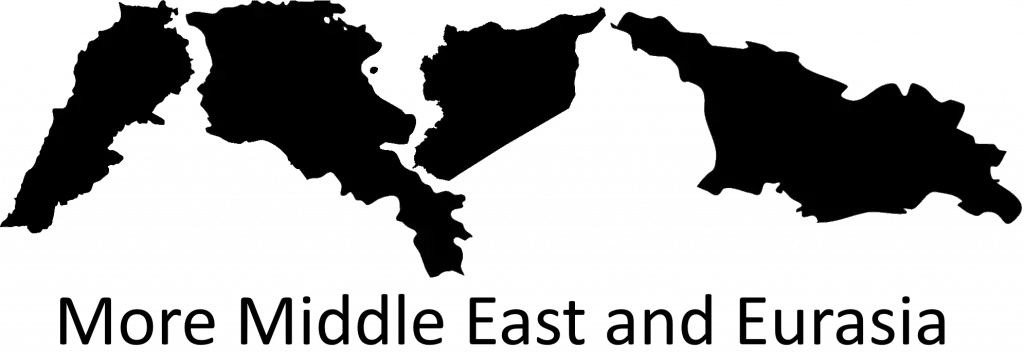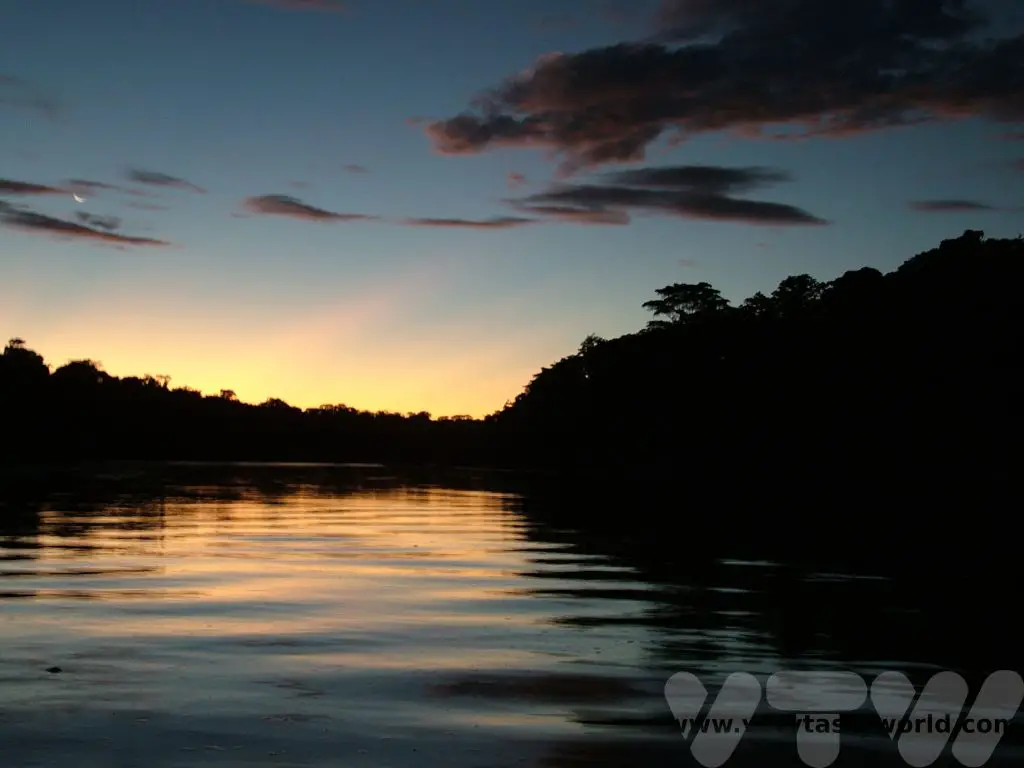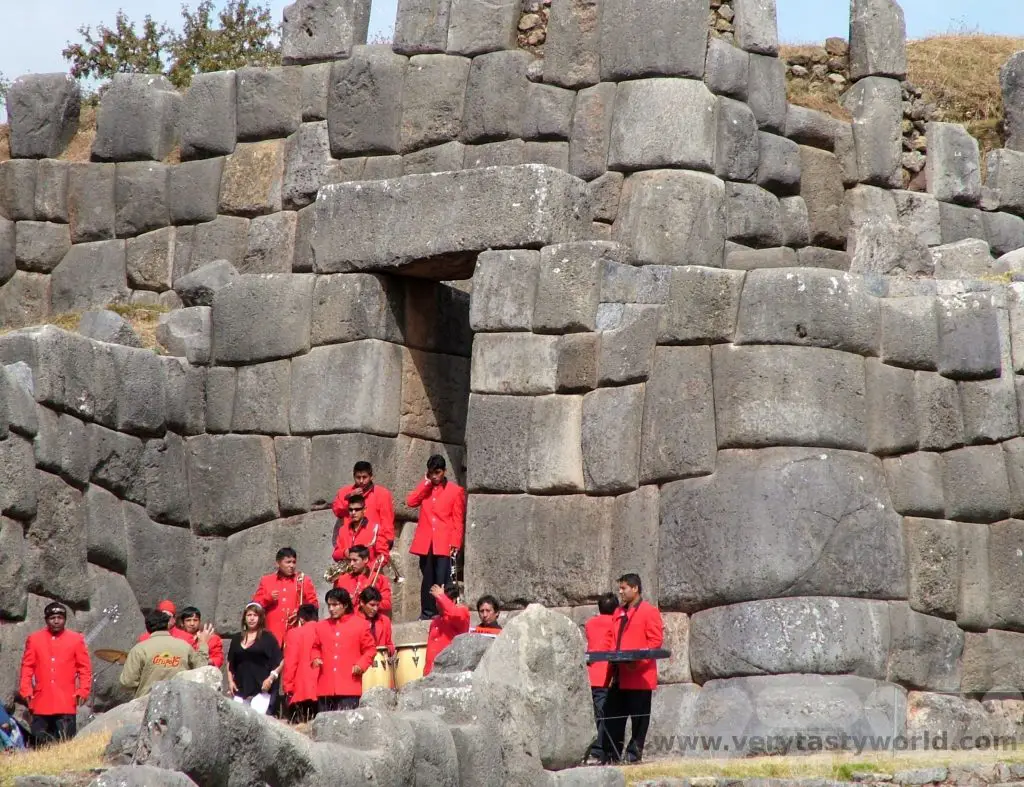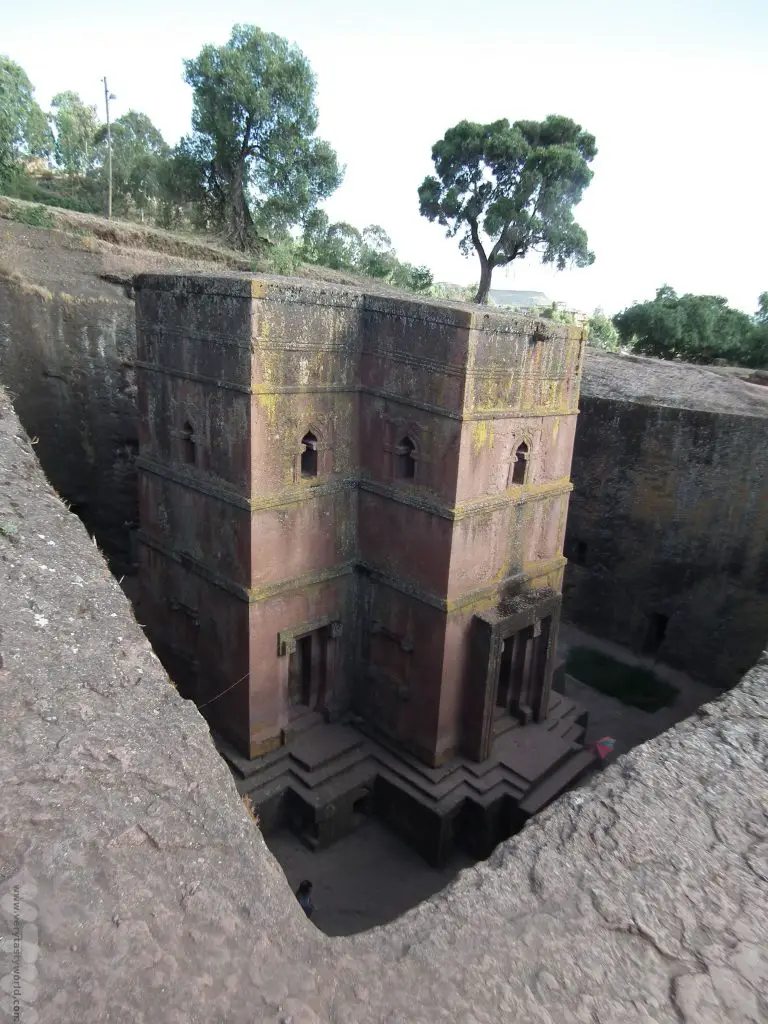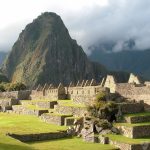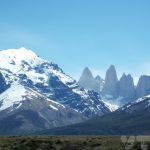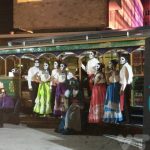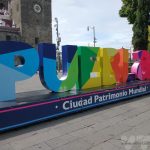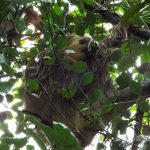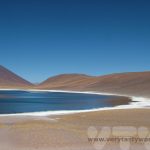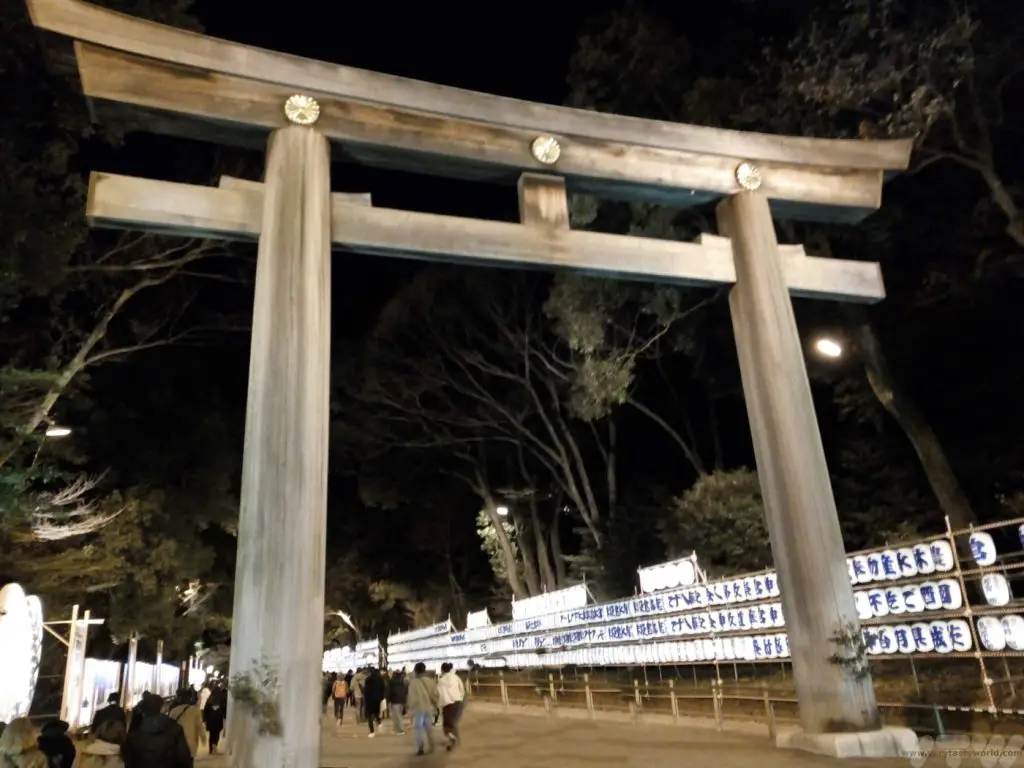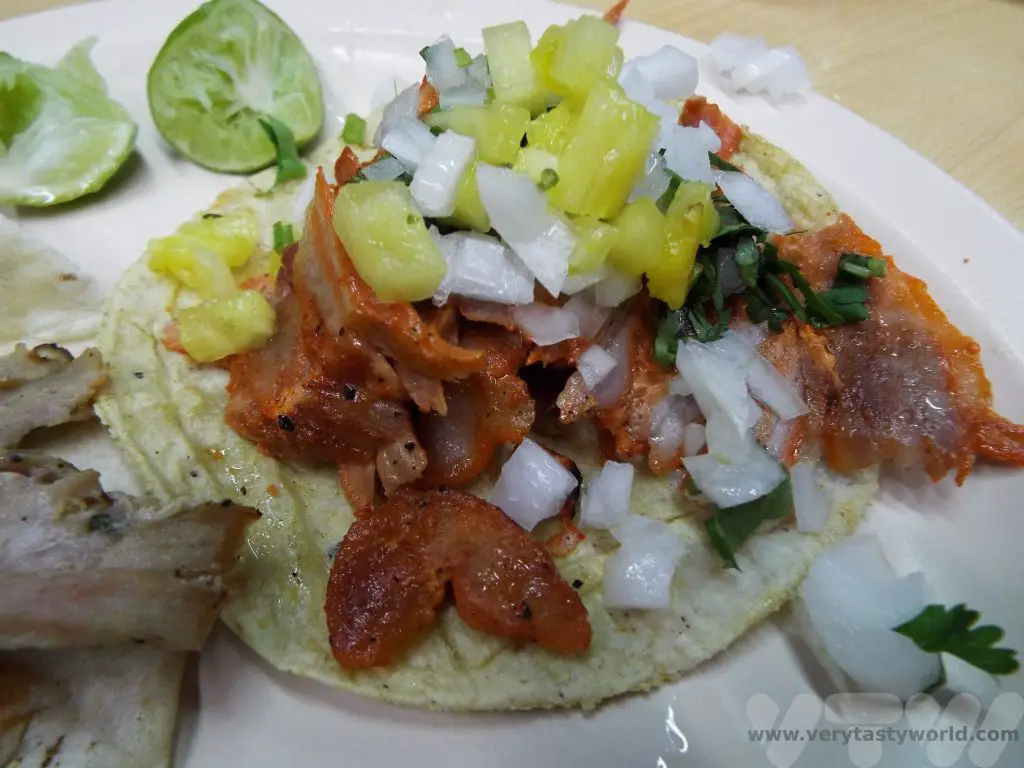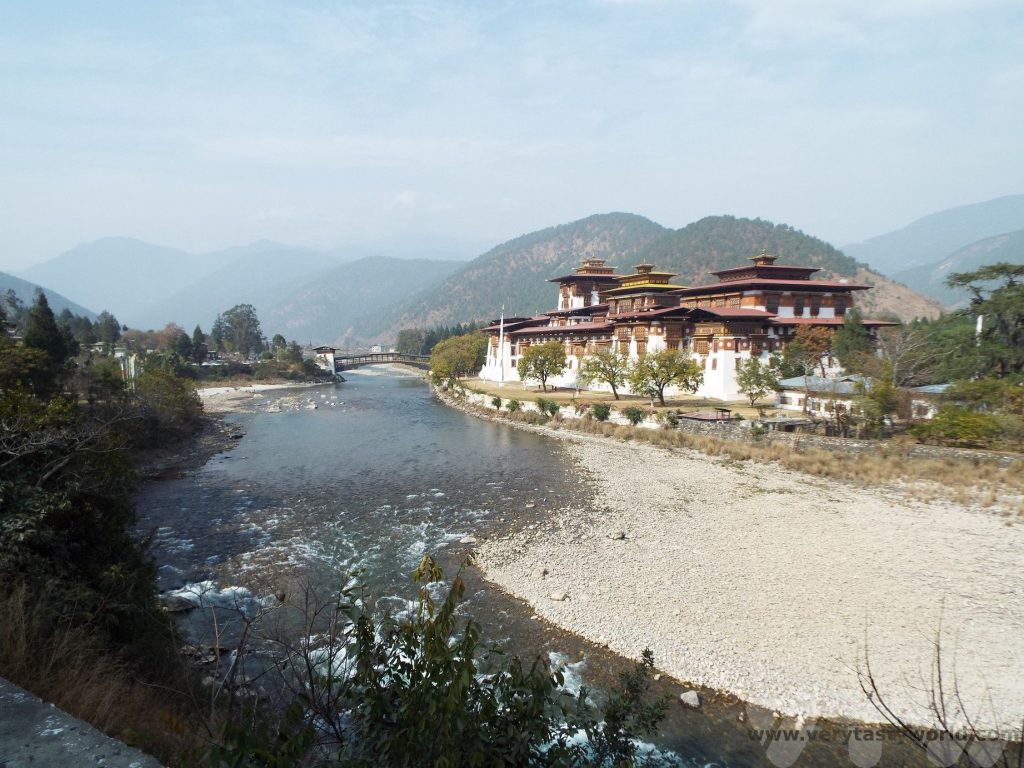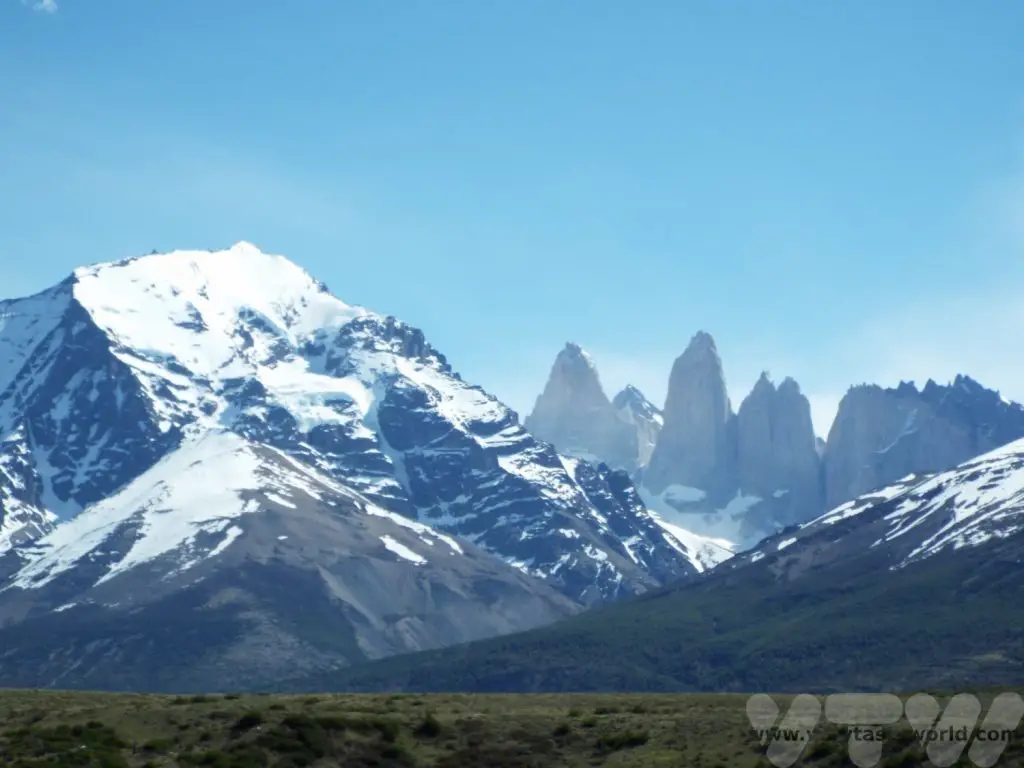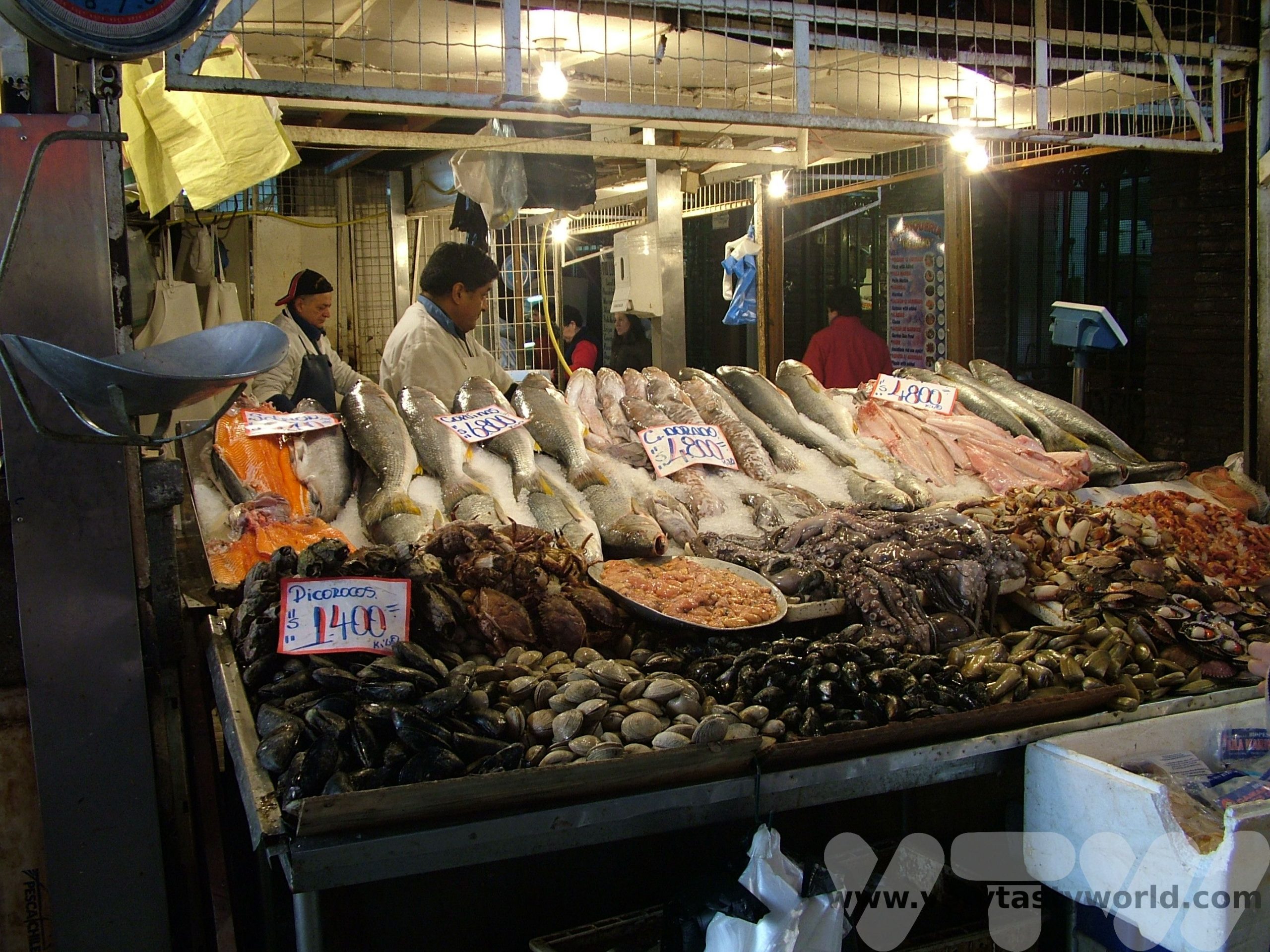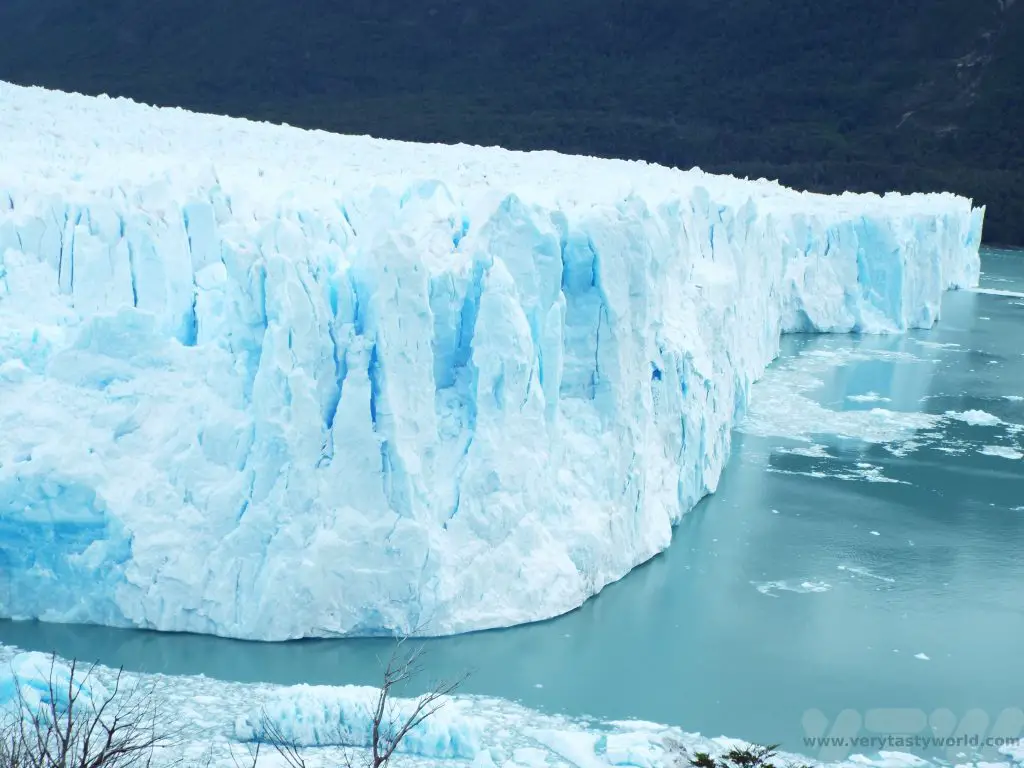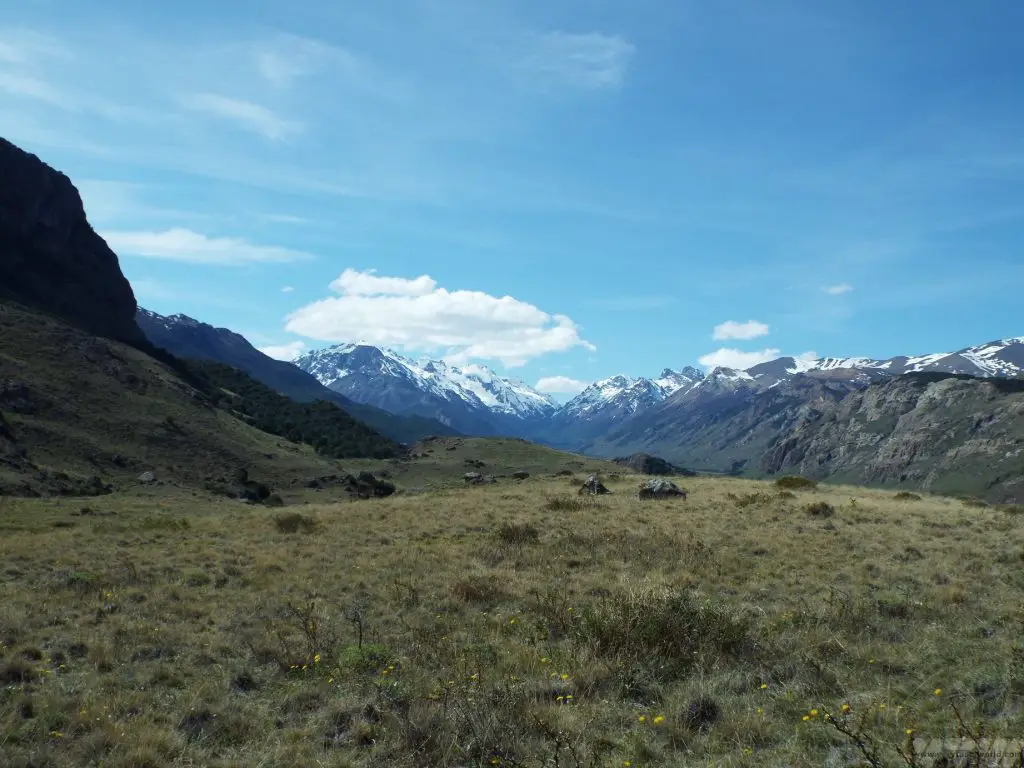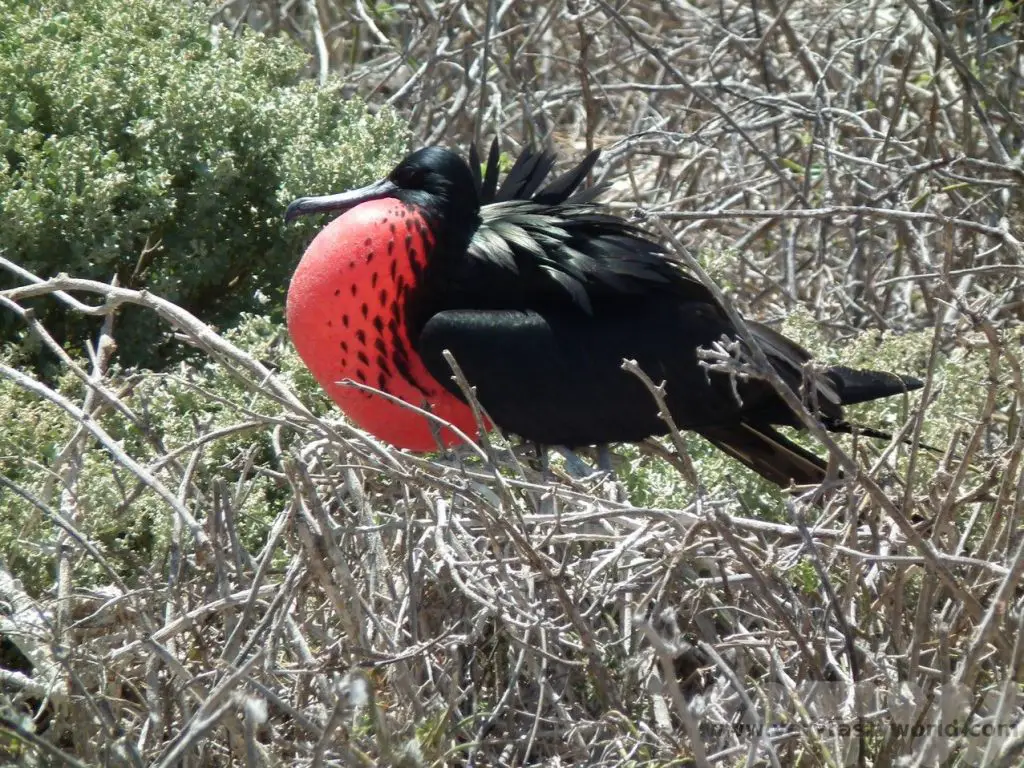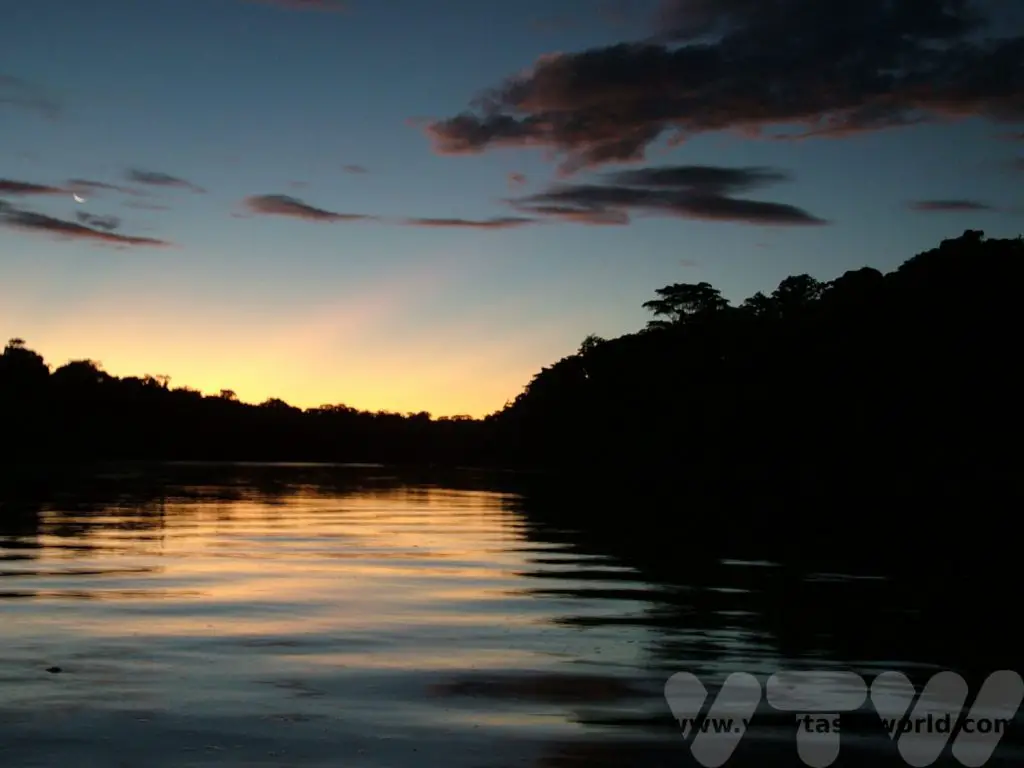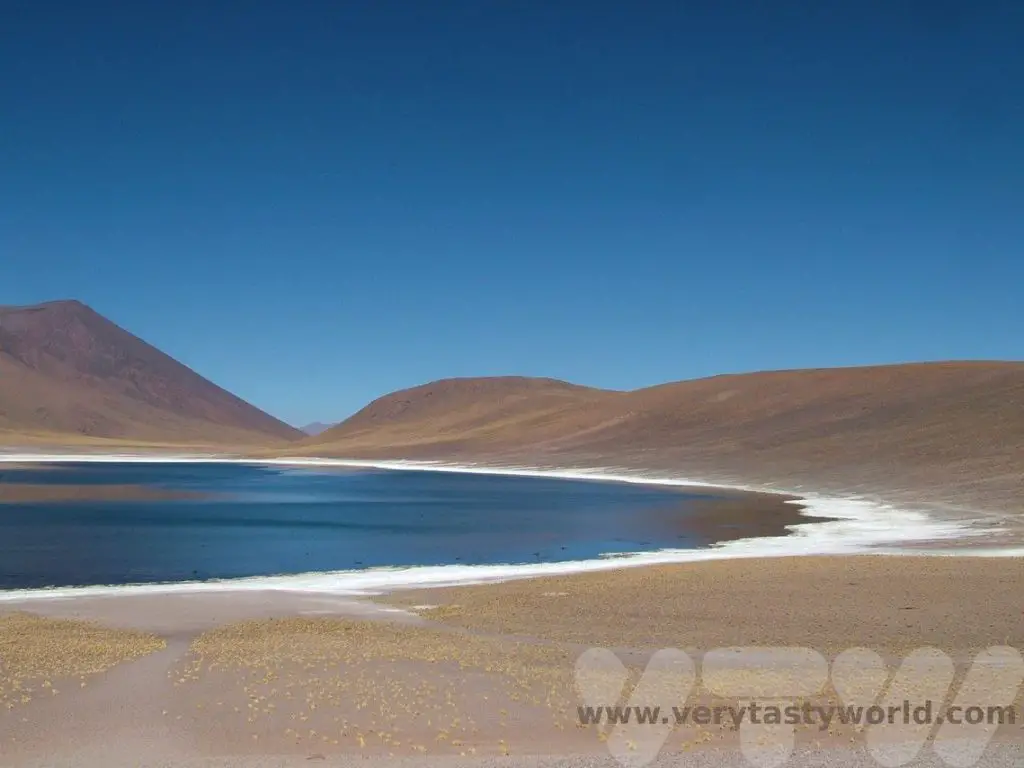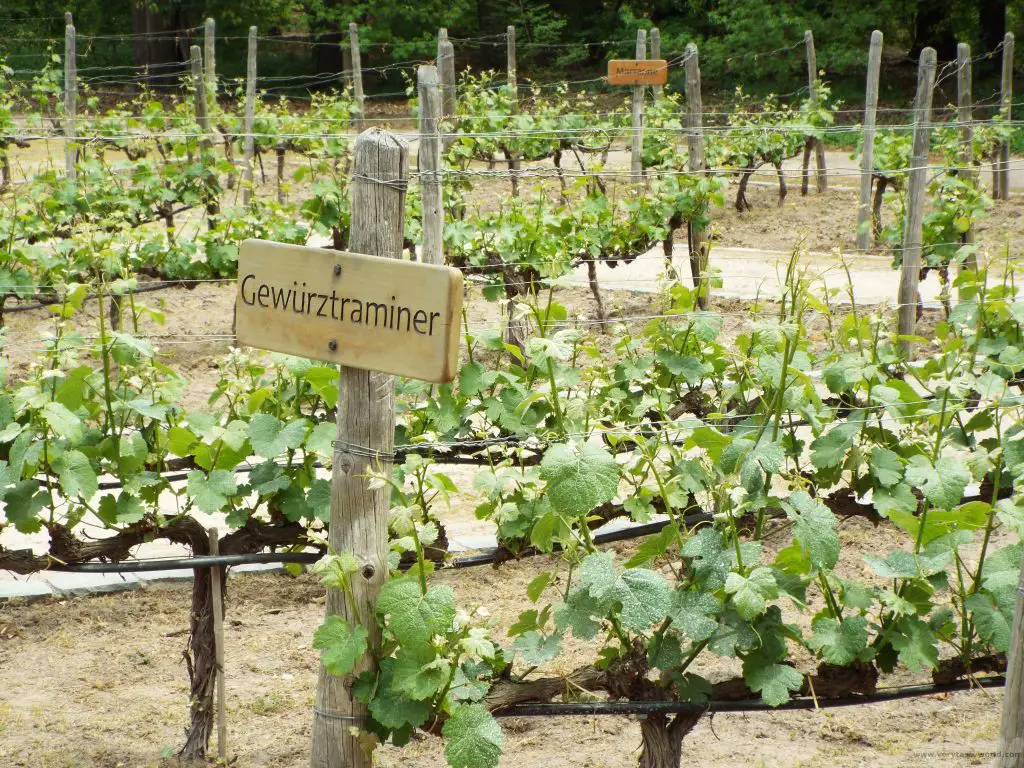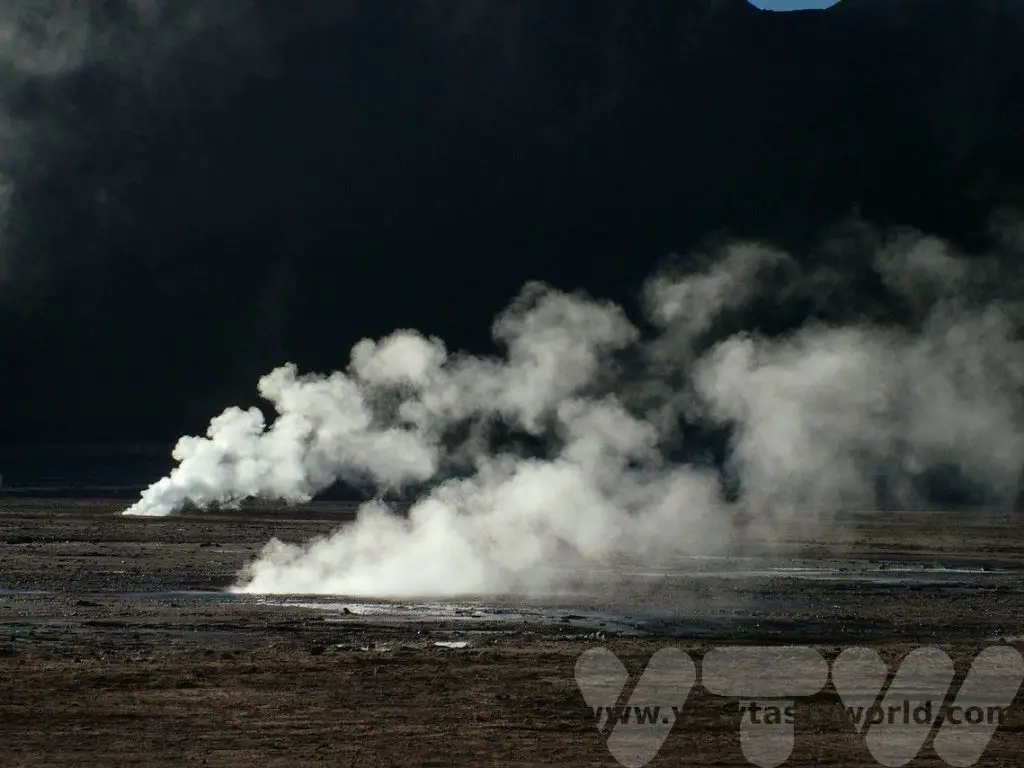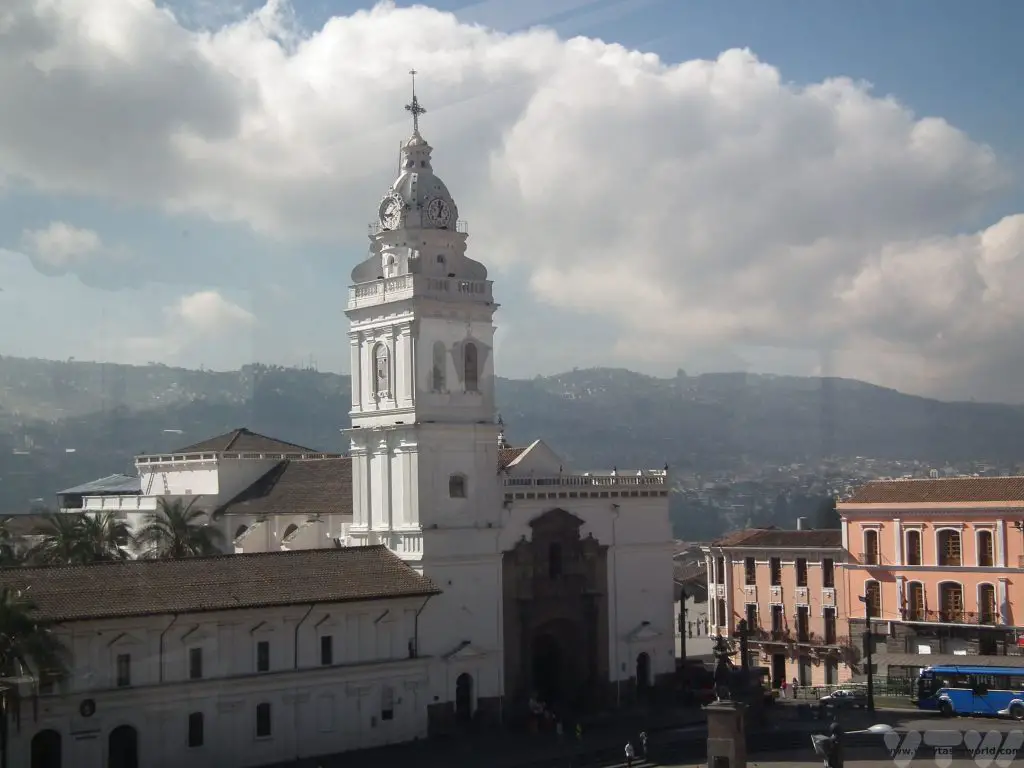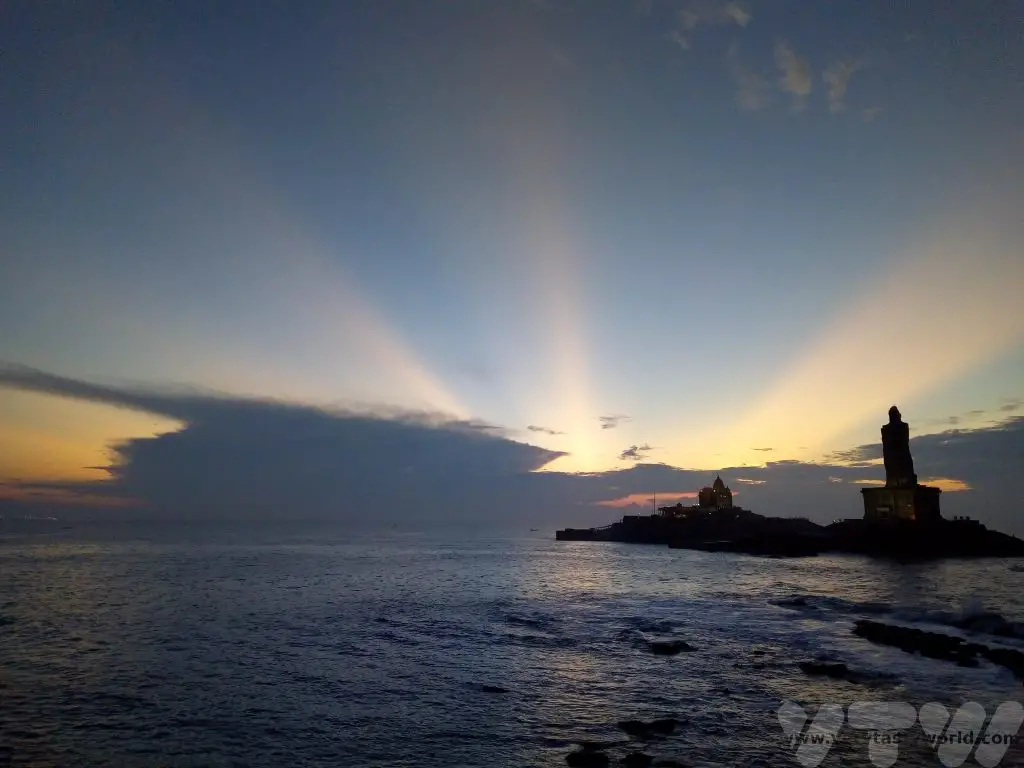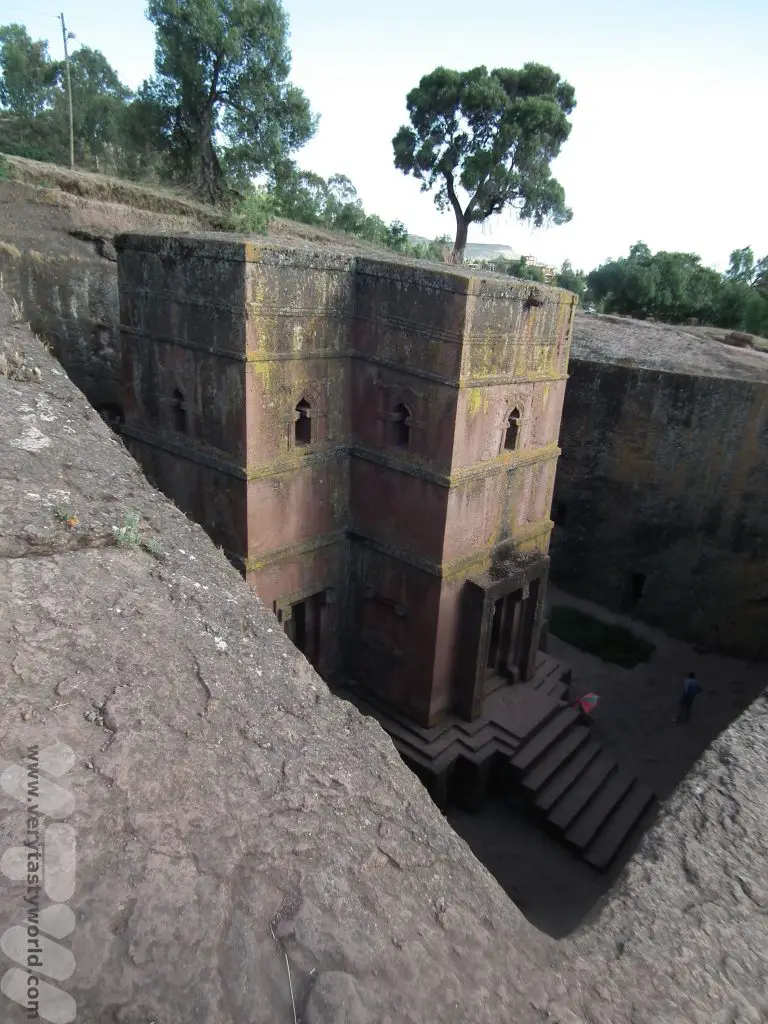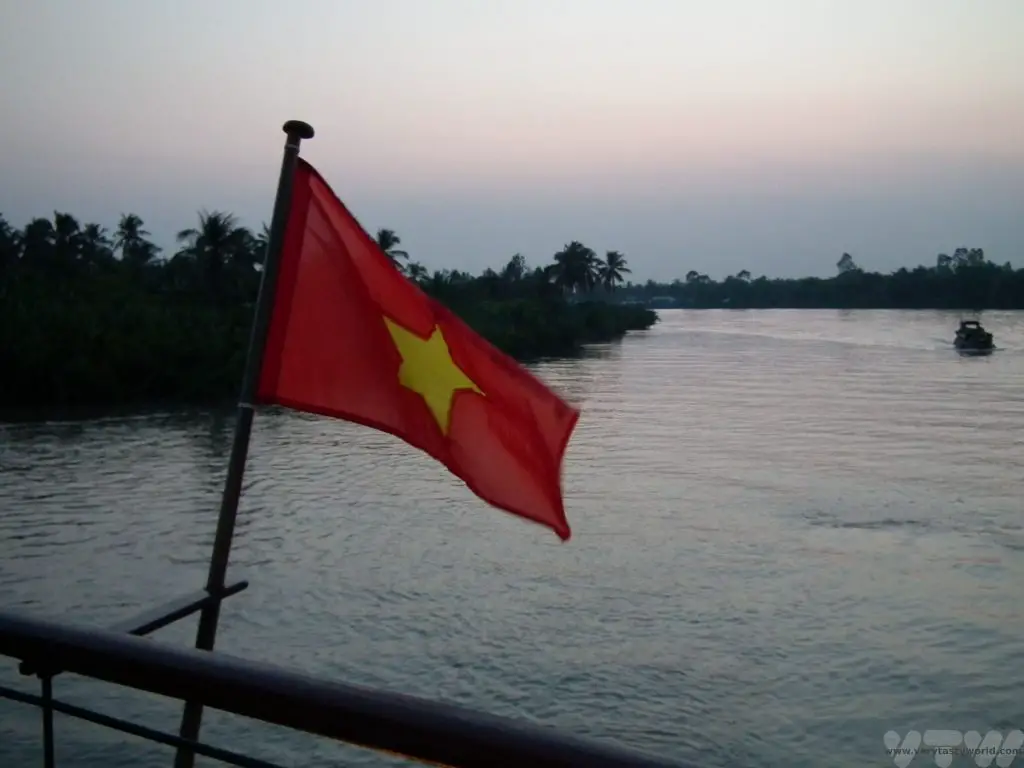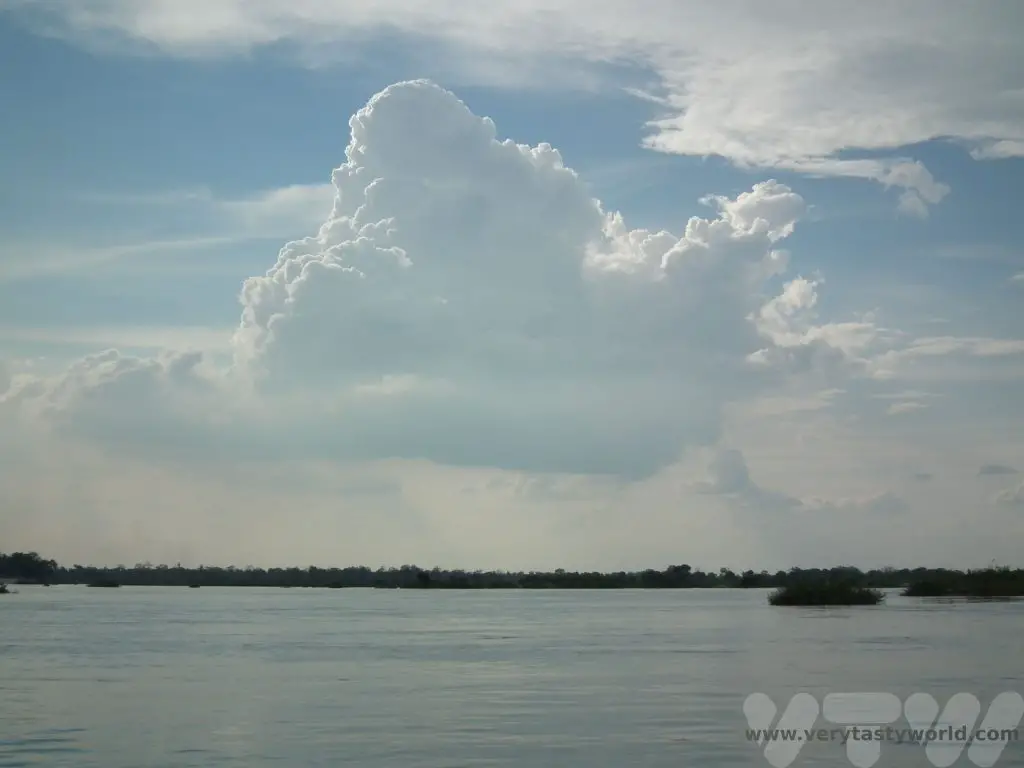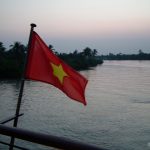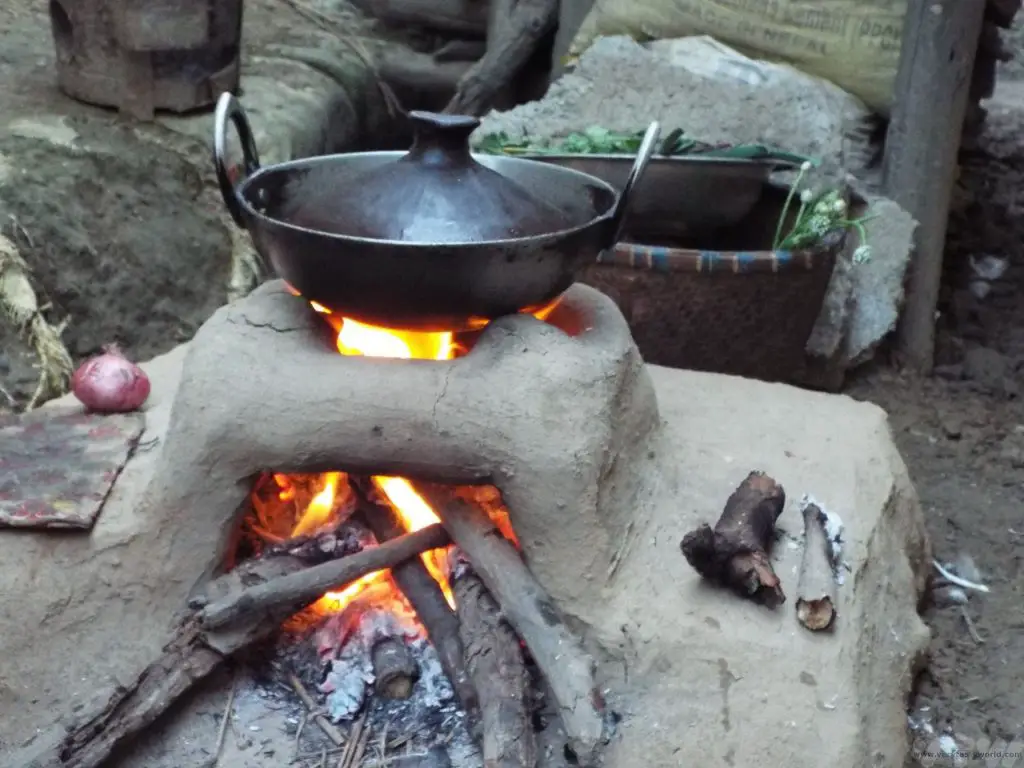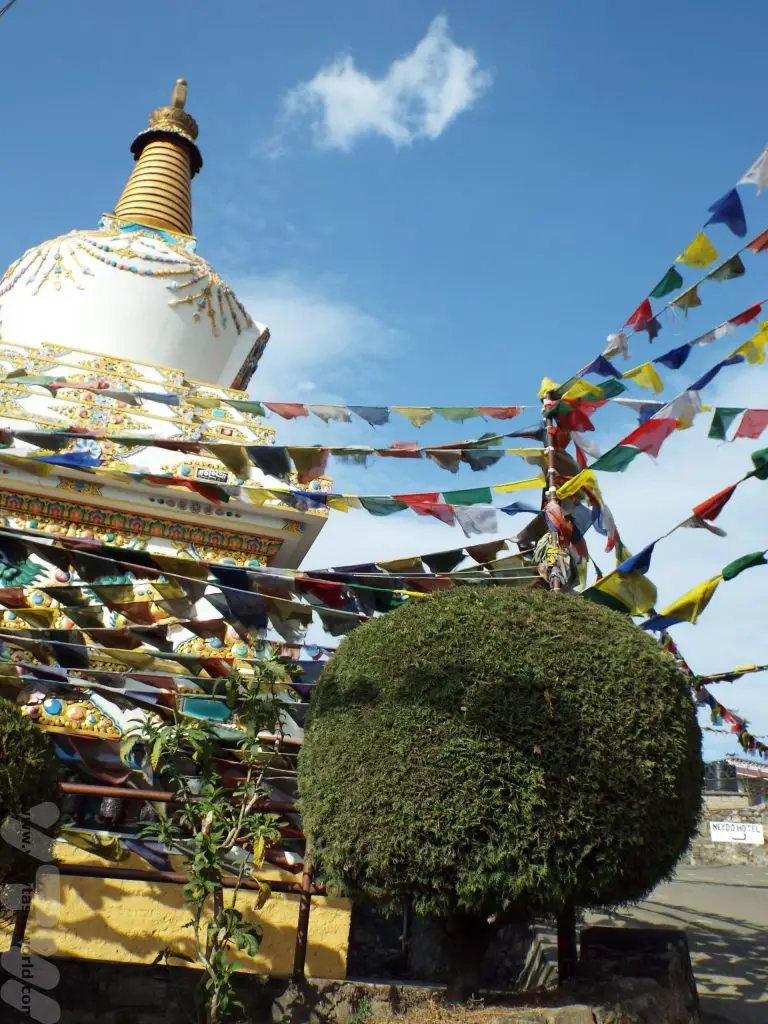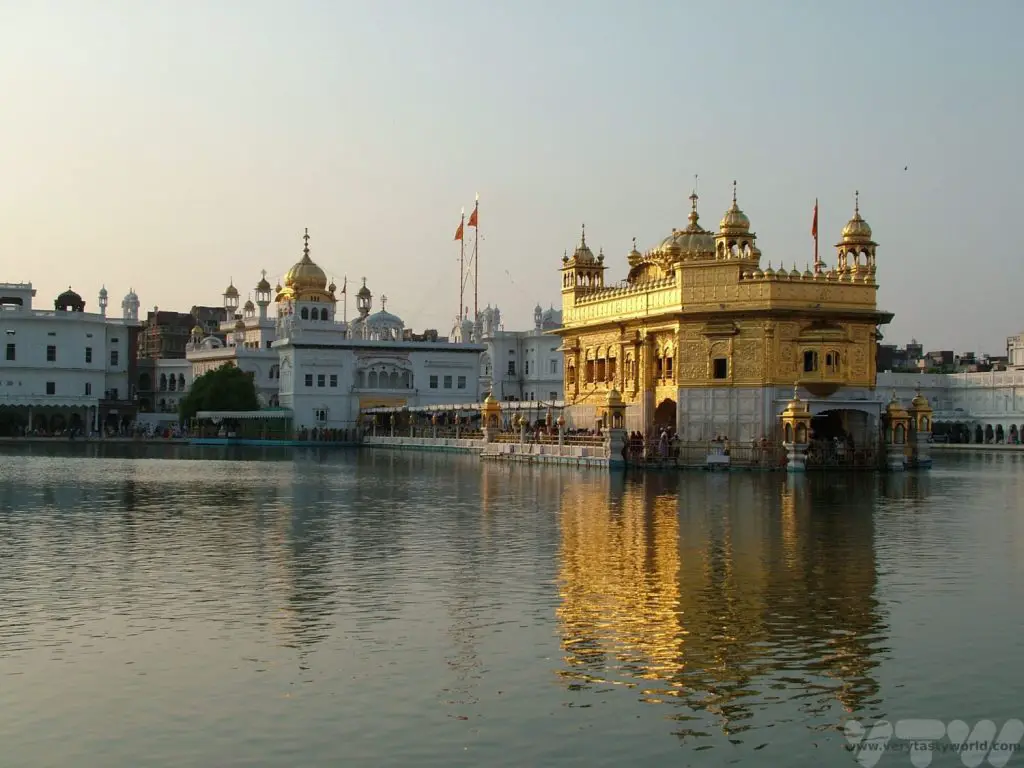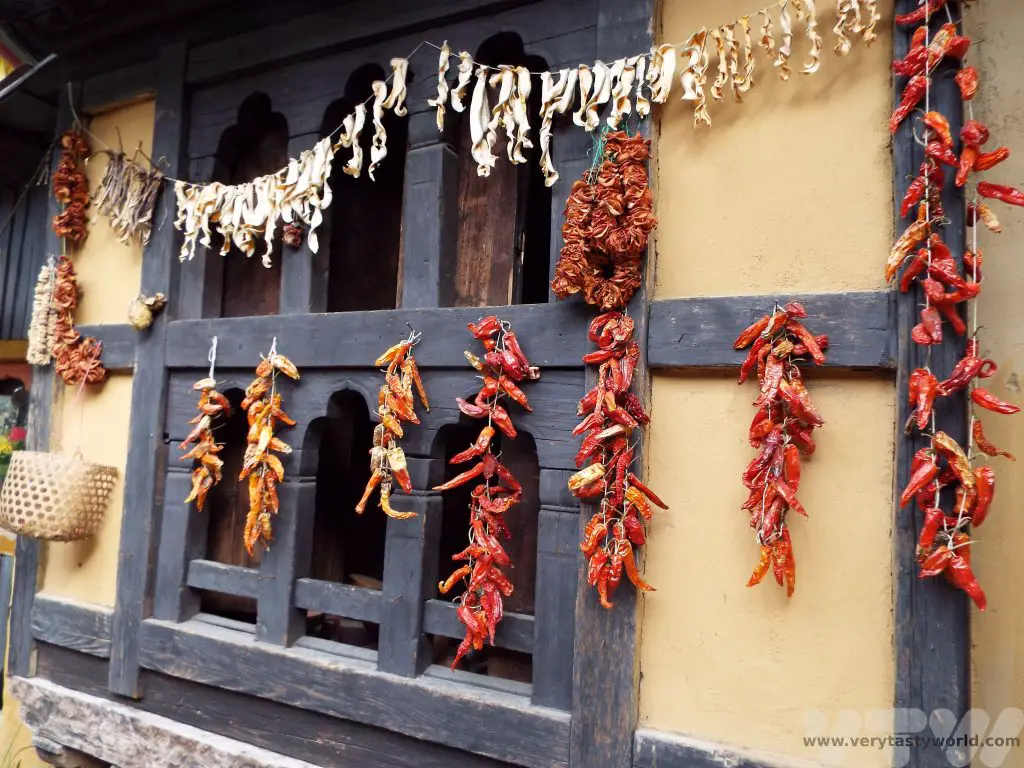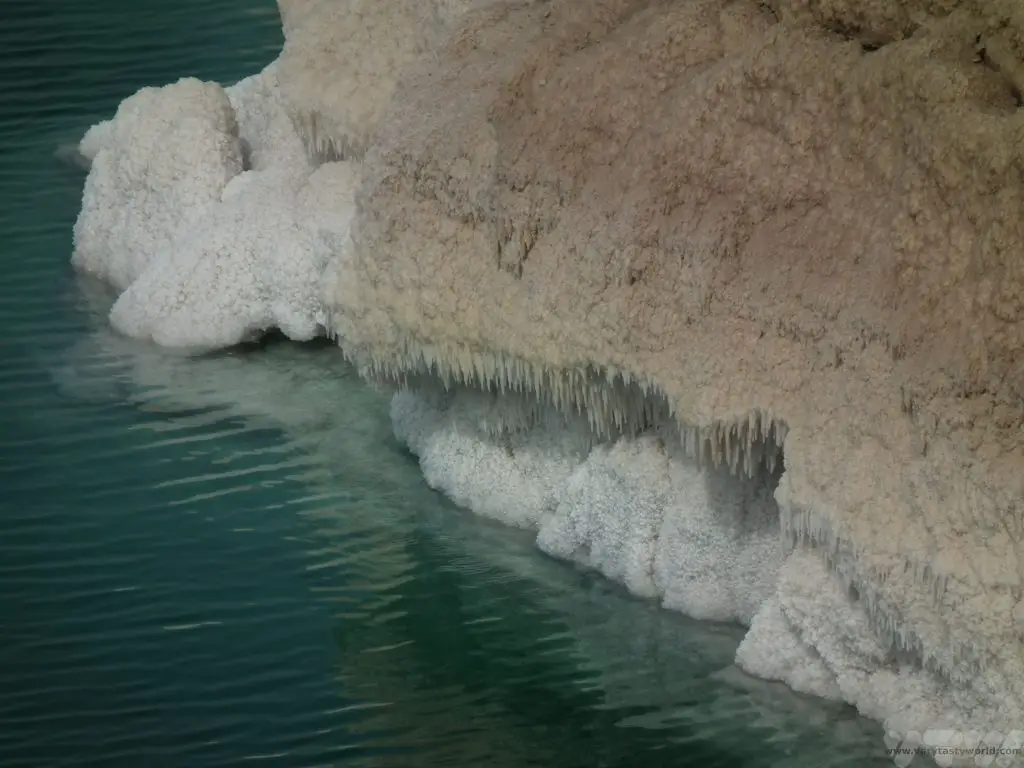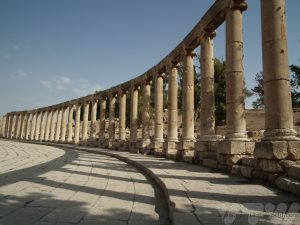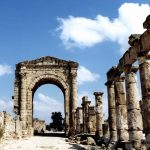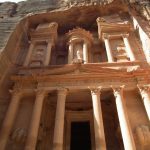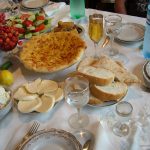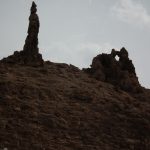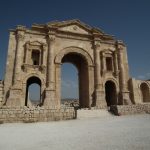Home » Bucket List Destinations
Category Archives: Bucket List Destinations
Best Time To Visit Machu Picchu 2024 Update
It’s easy to see why Machu Picchu is Peru’s biggest tourist attraction. It was our primary reason for wanting visit to Peru (although during our trip we discovered so many amazing places including the Amazonian jungle) and we had high expectations. We weren’t disappointed. Here is our guide about the best time to visit Machu Picchu, how to get tickets and what to expect when you get there. This post has been updated to incorporate the changes to visiting for 2024.
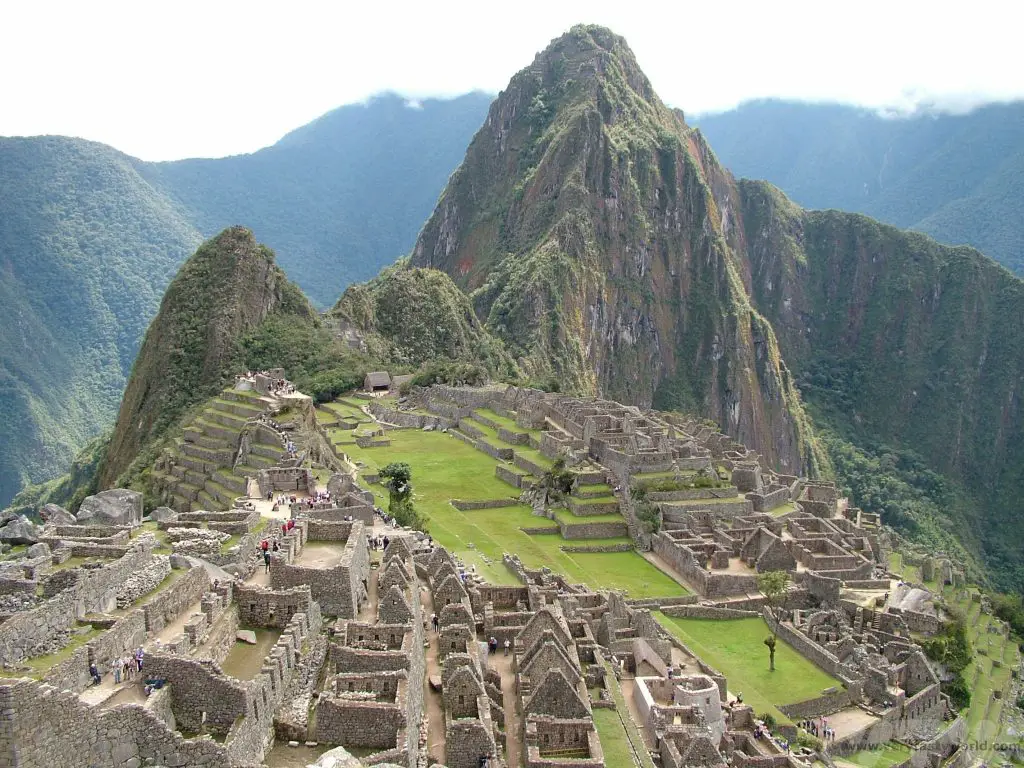
Please note that this post contains affiliate links. If you click through and decide to make a purchase we will make a small commission, at no extra cost to you, which will help towards the costs of running this site.
Best Time To Visit Machu Picchu
Machu Picchu can be visited year round. The most popular time to visit is June to September with shoulder seasons in May and October. Peru’s rainy season runs from November to March.
But the rules for visiting Machu Picchu have changed for 2024. The reason for this is that the authorities want to protect the site as much as possible and control the crowds. The total number of people allowed to visit is 4,500 each day. This number is split between the people who walk the full Inca trail, the short trail and day visitors.
For visitors to the site the morning and afternoon tickets have been replaced by hourly slots of 190 visitors each.
The Ministry of Culture has introduced 5 circuits. Follow this link to check the route for the sites you wish to see. The tours are of varying duration and are guided. There may be some time for self-exploration at the end of the tour. It is mandatory to have a guide. Because of this it may be worth considering taking an organised trip.
You are allowed to stay for a maximum of 4 hours.
Tickets can be purchased from the Ministry of Culture website.
If you wish to climb Huyana Picchu (the mountain behind the site as seen in the most famouse pictures) you have to purchase a separate ticket. Three hundred tickets will be available each day. There are hourly entrance slots (75 tickets each) from 06:00am to 13:00pm.
If Huyana Picchu sells out, it is possible to climb Huchuy Picchu and get a great alternative view of the site.
How To Get to Machu Picchu
There are several ways to visit Machu Picchu. The most famous is probably the hike along the Inca Trail. The Incas built an intricate and sophisticated network of trails throughout their enormous empire that encompassed Quito (Ecuador) in the north to Santiago (Chile) in the west and to Mendoza (Argentina) in the east. The trails ran to around 40,000km. But the best known trail is that which runs approximately 43km from Peru’s Sacred Valley to Machu Picchu via the sites of Runcuracay, Sayacmarca, Phuyupatamarca, Wiñay Wayna.
You can’t just turn up with your walking boots and rucksack – you have to book via a tour operator who is both registered and owns a licence. Access to the trail is controlled and can get extremely busy – up to 500 people, including guides and porters, make the trip each day. This mean that only about 200 visitors can walk the trail.
High season for this trail runs from April until October and should be booked well in advance. The classic four day Inca Trail starts at a place called Km82 (82 km along the railway track that runs between Cusco and Machu Picchu). It reaches a maximum altitude of 4200m so it is really important to have acclimatised fully before attempting the hike. Some operators offer a shorter trek, about 15km, which starts much closer to Machu Picchu, and can usually be completed within a day.
An alternative approach is to travel from the Cusco area, Urubmaba or Ollantaytambo by train. There are a number of options depending on your budget, from the relatively cheap to the downright decadent. Some trains are for Peruvian visitors only, so that local people can visit their country’s most famous attraction. We travelled on the mid-range Vistadome from Poyroy, a station located around 20 minutes from Cusco. It was an early start and the trip took around three and a half hours to arrive at the valley. A light meal and drinks were provided on the way and the views were stunning.
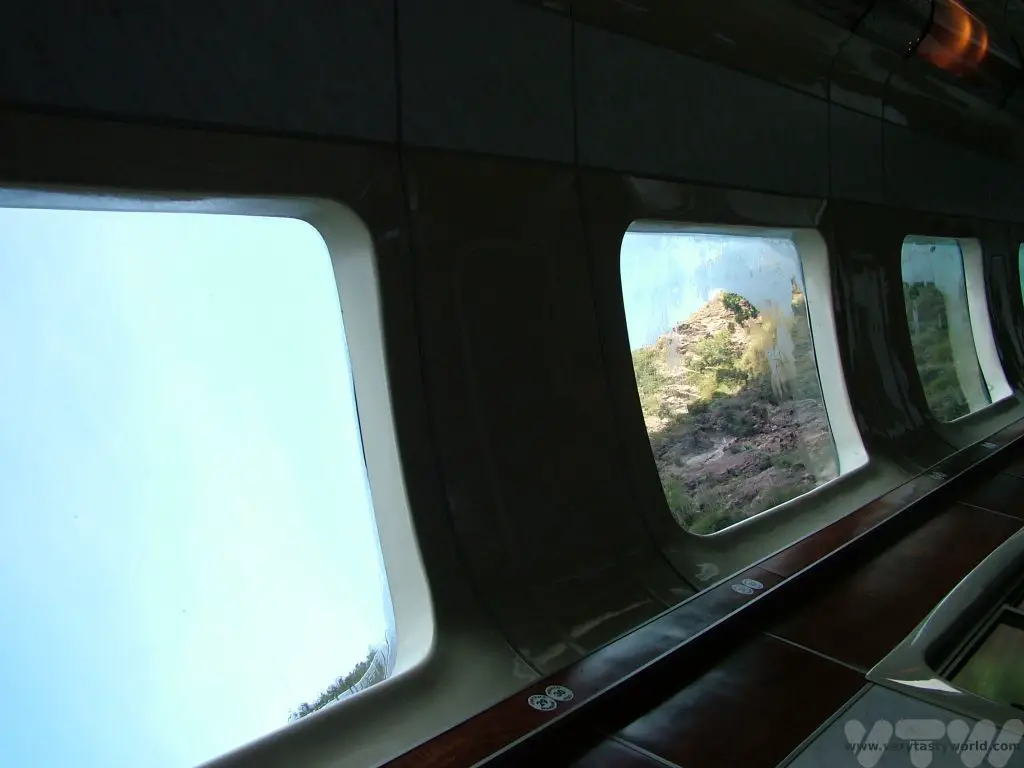
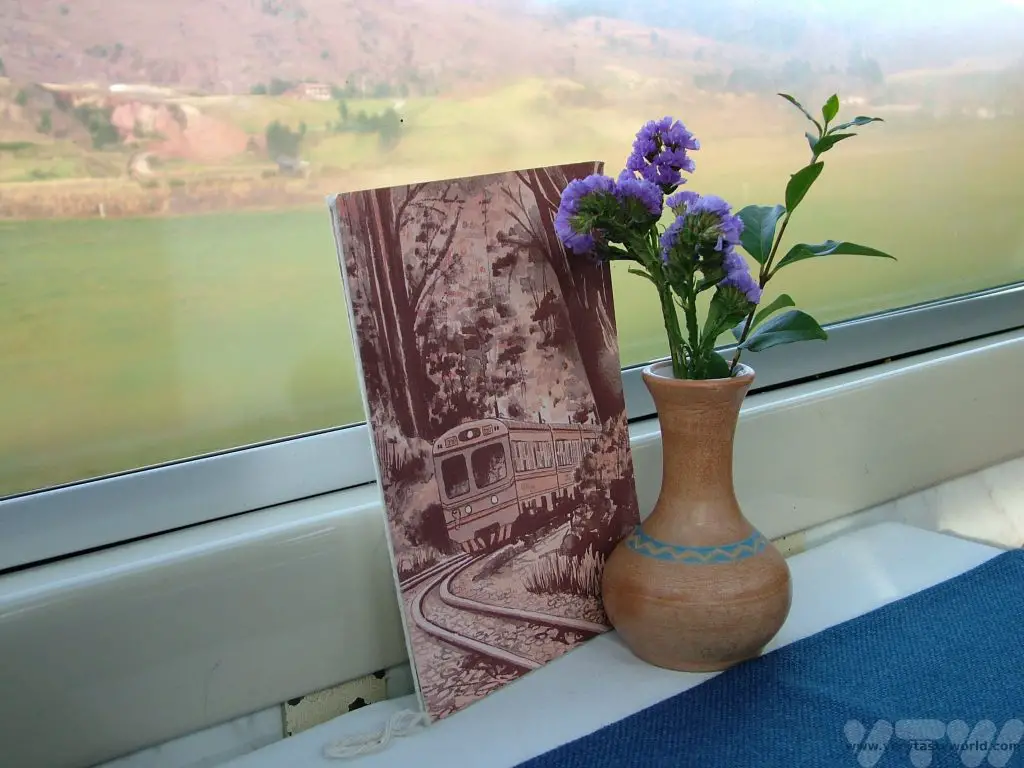
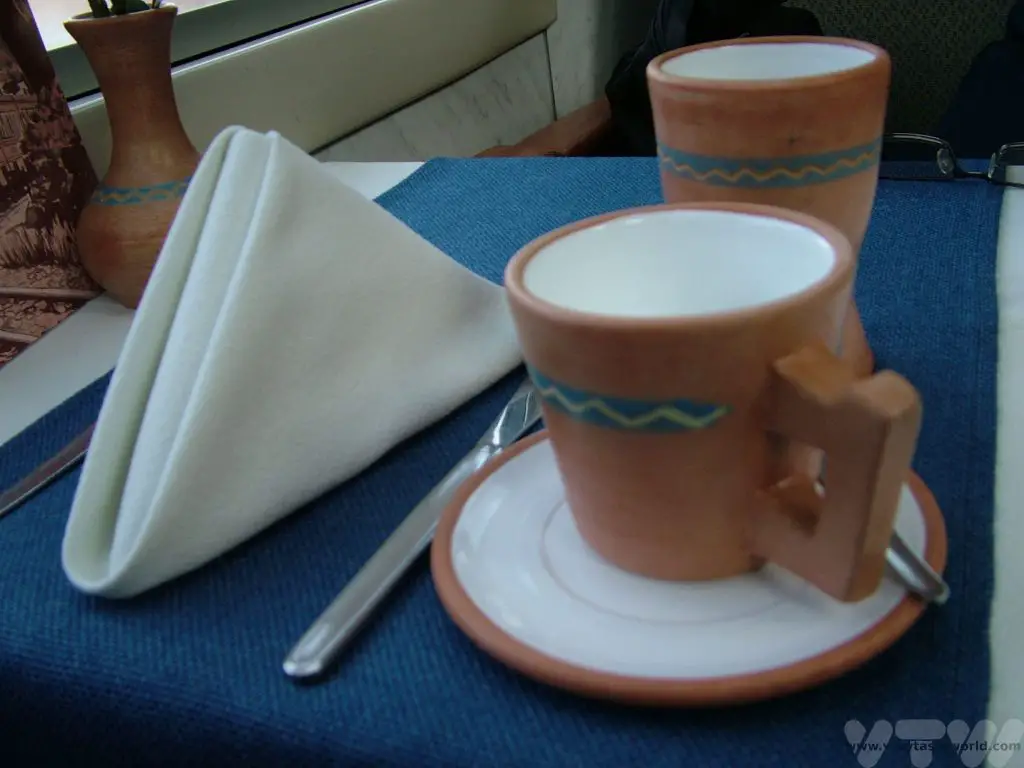
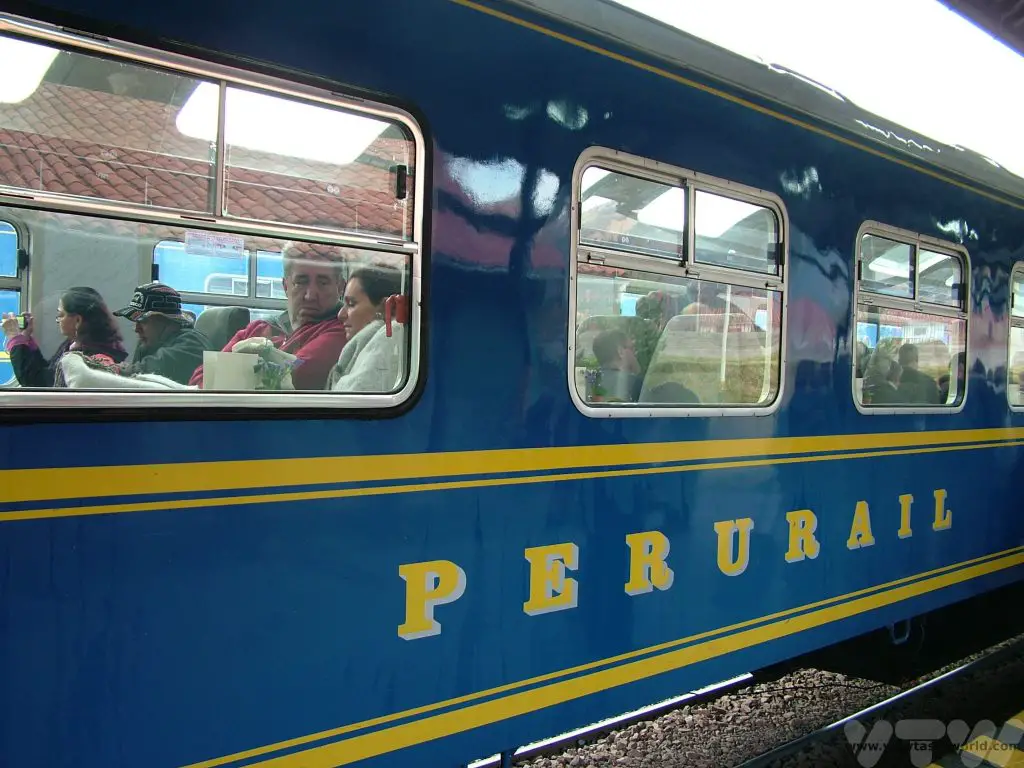
Transportation will be waiting close to the station when you arrive and you will need to buy a ticket to catch a bus that will take you up a road with an inordinate number of hairpin bends to the entrance, on a journey that takes around half an hour.
Arriving At Machu Picchu
Whether you arrive by trail or train it’s the most spectacular sight.
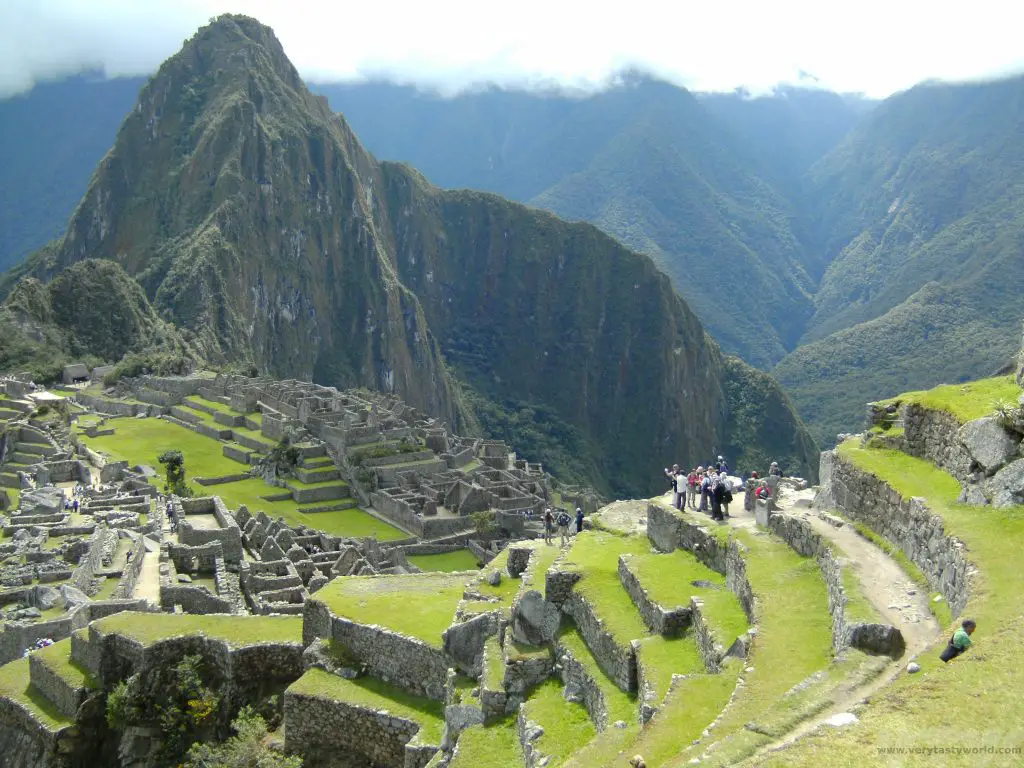
Machu Picchu was an Inca city that wasn’t located by the Spanish Conquistadors and hence wasn’t plundered or destroyed. It was discovered by American professor Hiram Bingham in 1911. Inca architecture really is remarkable (there are many examples throughout the Sacred Valley between this site and Cusco). The dry stone wall structures are not square, doorways are trapezoidal and the stones are laid in such a way as to provide strength and flexibility. Many of the stones have multiple angles and are cut and sometimes polished to fit together perfectly. They have survived centuries of earthquakes, remaining standing long after the Conquistadors’ flimsy structures had toppled over.
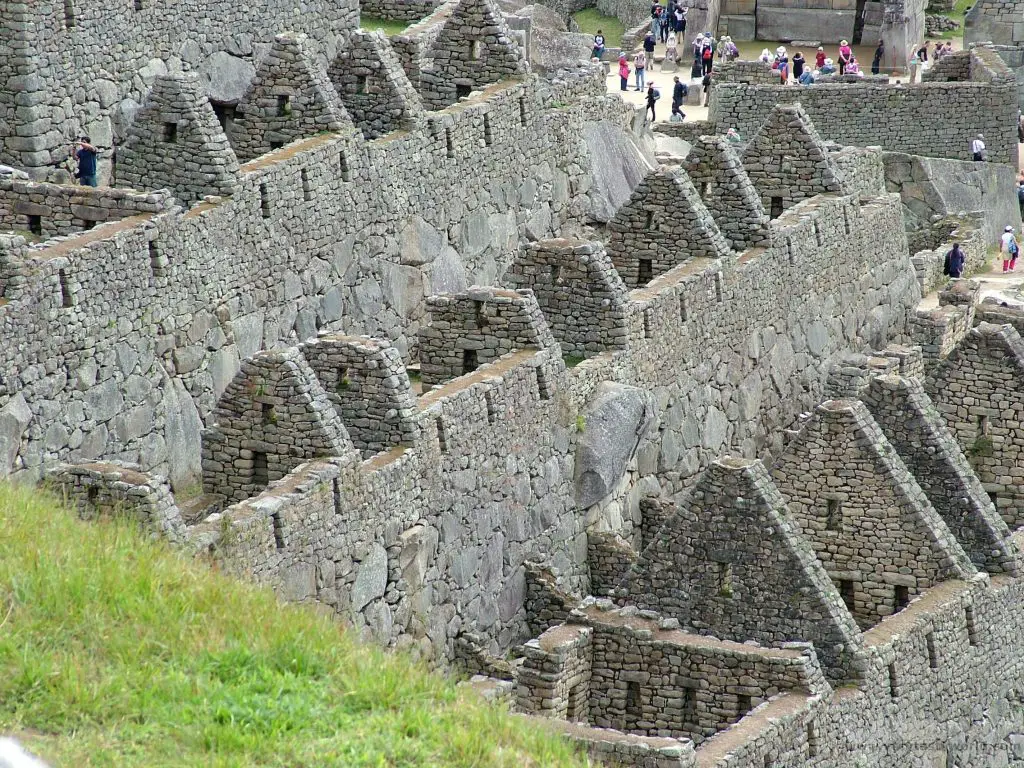
Although the functions of many of the buildings are not known for sure, archaeologists and anthropologists have determined that Machu Picchu was an important ceremonial site built as a royal estate for the Inca emperor Pachacuti.
The function of the Funerary Stone is not fully clear but it is thought that it might be a sacrificial altar.
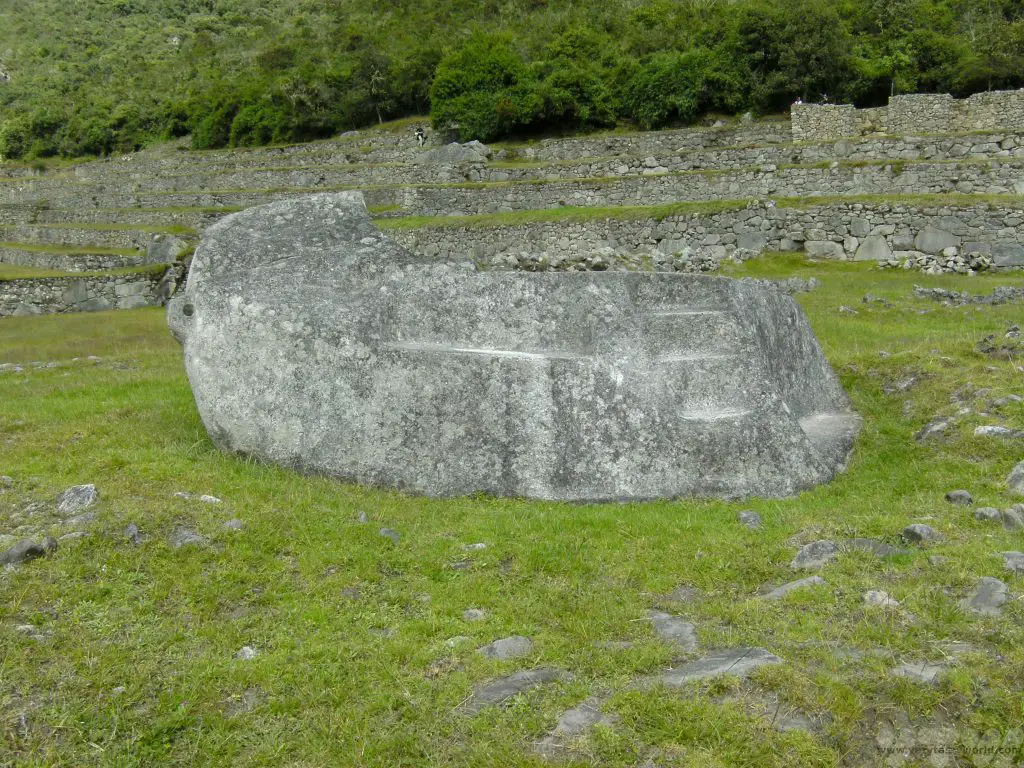
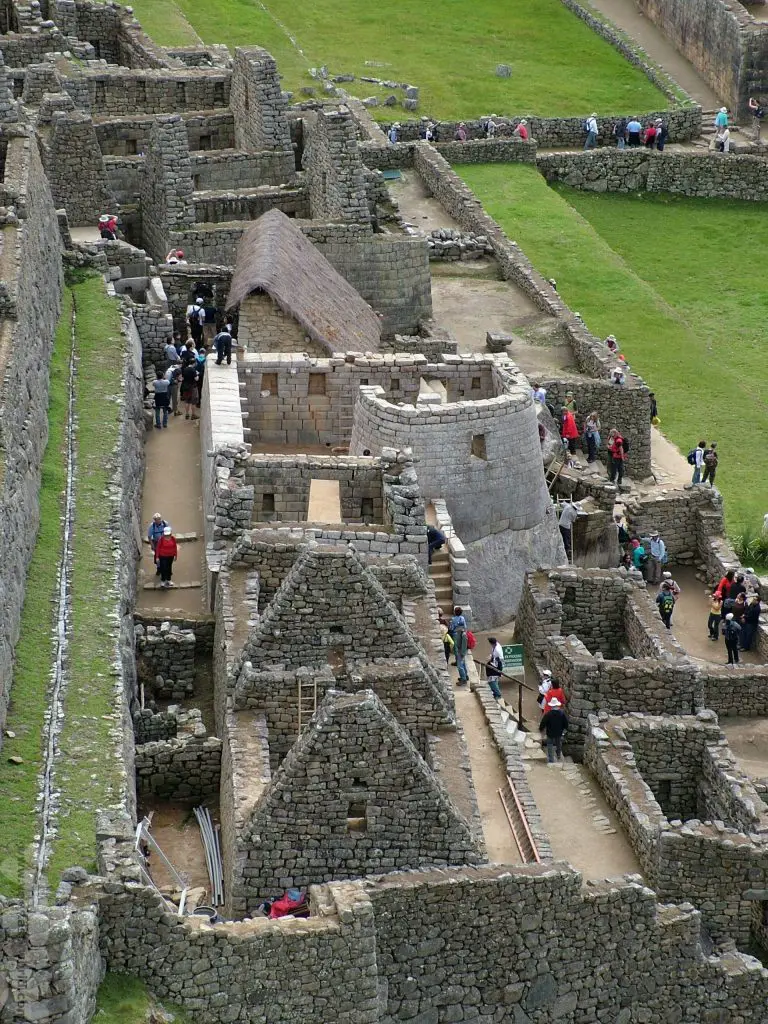
The Temple of the Sun was likely to be an astronomical observatory. Niches in the walls may have been used for offerings. There is a rock in the centre which lines up with the morning rays of the sun at the summer solstice.
The Royal Tomb – Palace of the Princess may have housed the Sun princesses or Ñustas. This structure takes full advantage of the natural rock formation.
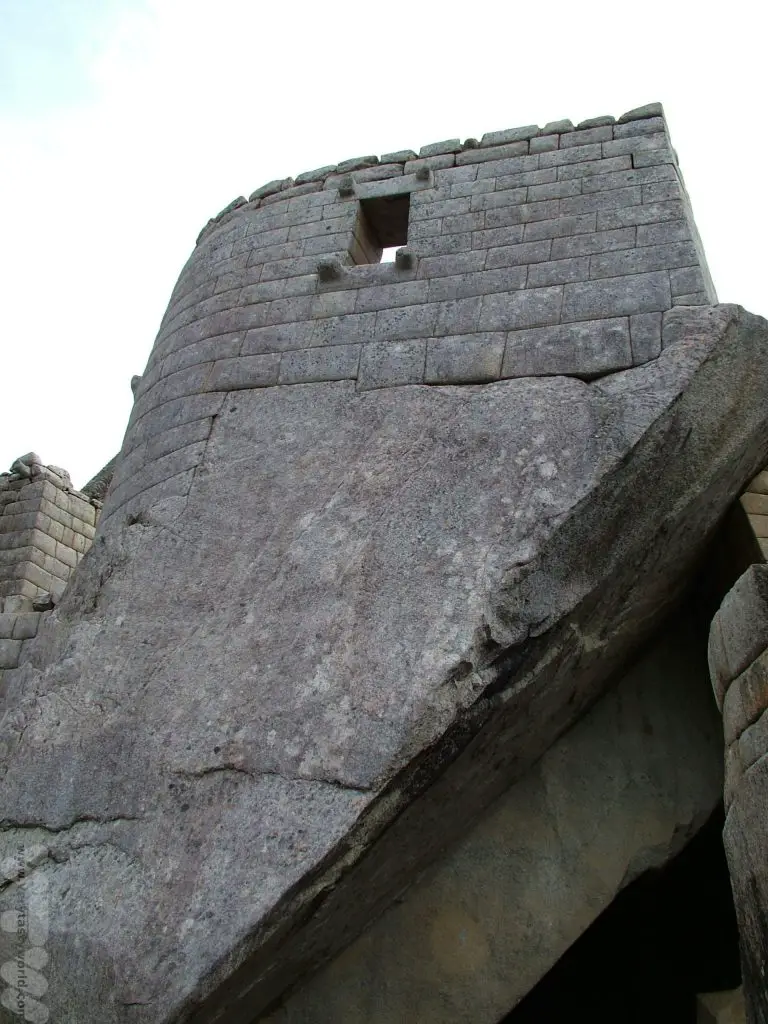
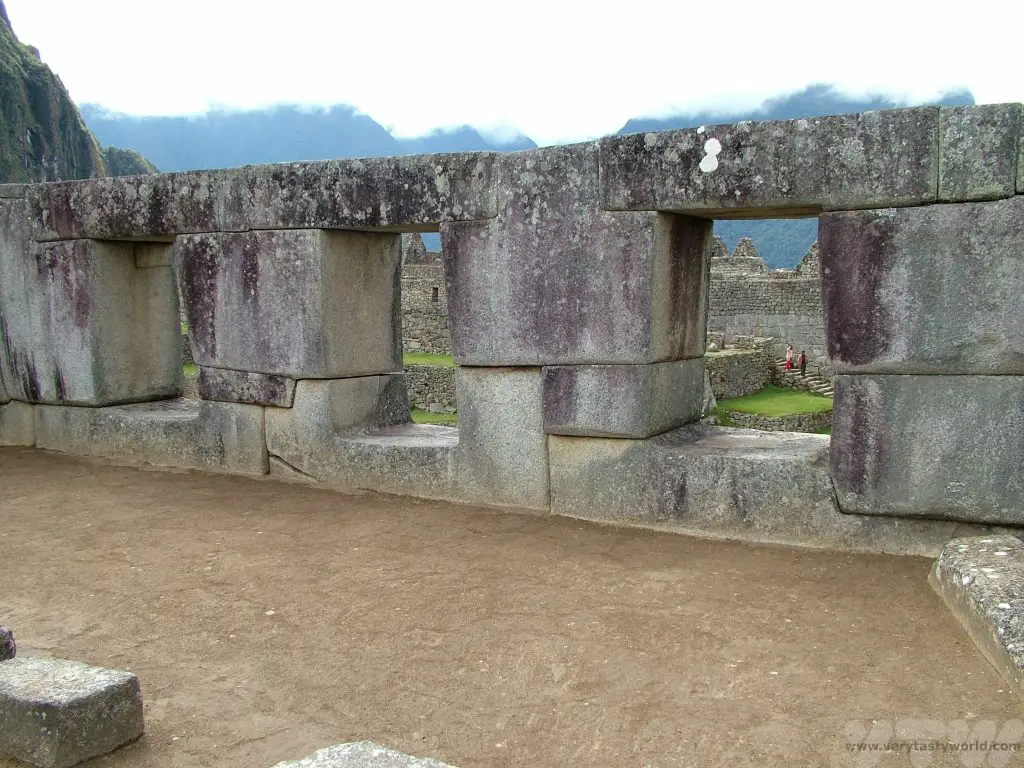
The Temple of Three windows is in the area considered to be the Royal Sector. Most archaeologists now believe that the site was built as an estate for Pachacuti Inca Yupanqui, the ninth Sapa Inca, that is, the emperor of the Inca empire.
The Principal Temple is the largest of the temples in the Royal Sector and has three sides with huge foundation blocks and carefully cut stones.
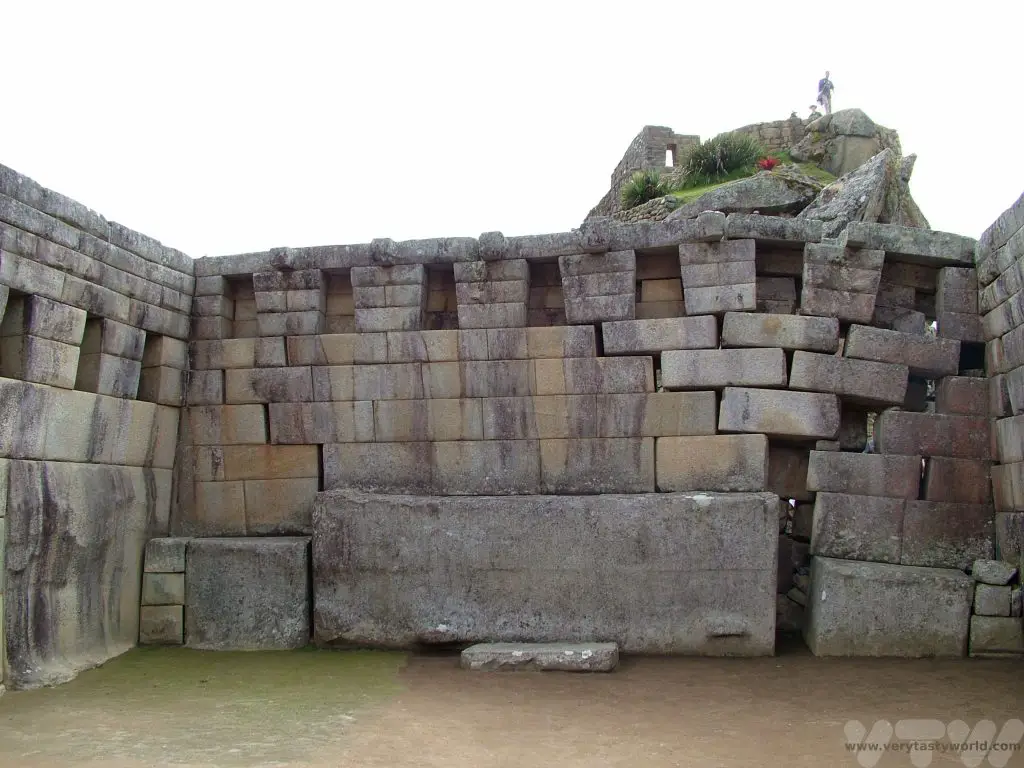
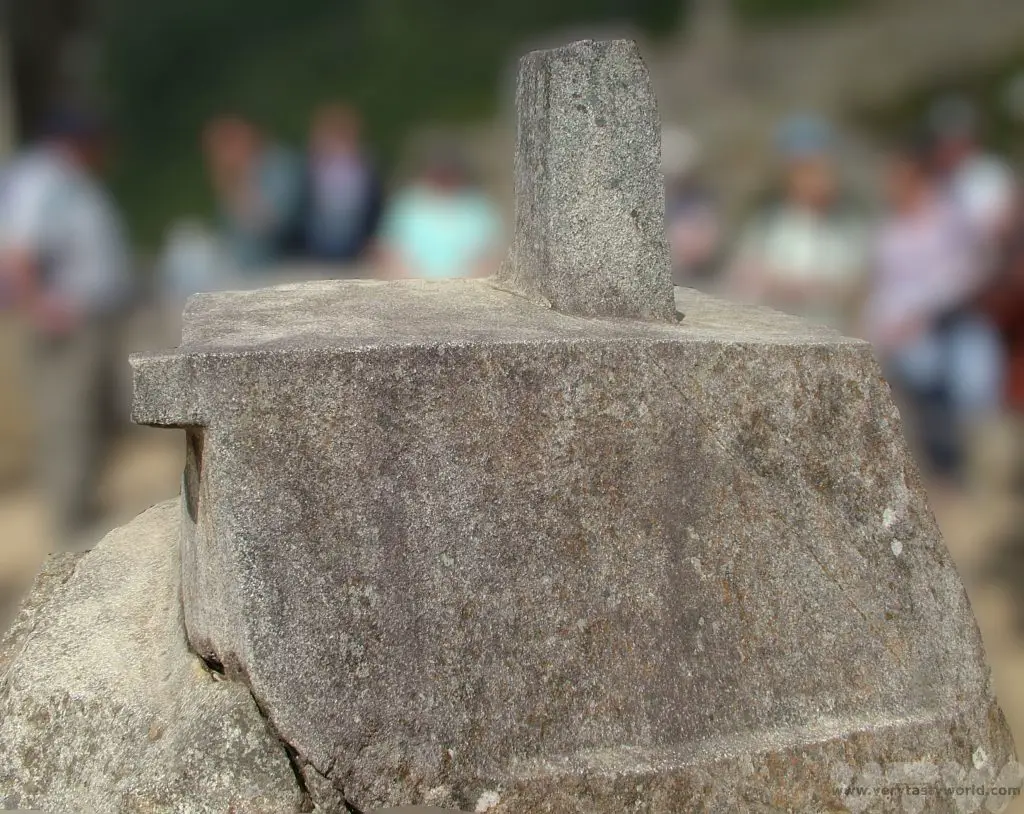
It is thought that Intihuatana was used by the Inca people as a sundial. It could have been used to predict the solstices. The shape of the rock resembles Huayna Picchu, the mountain located directly behind the stone.
The mortar district is characterised by the stone circles carved into the rock. The area is also known as the industrial sector. It was originally thought that the mortars were for crushing grain but there doesn’t seem to be evidence for this.
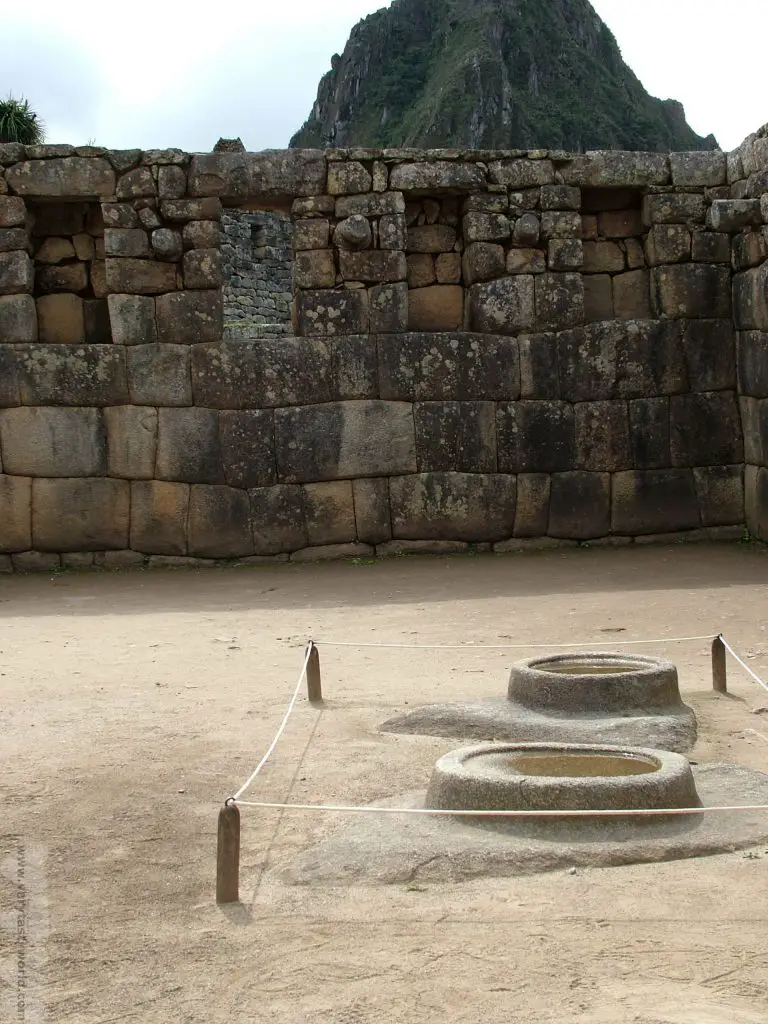
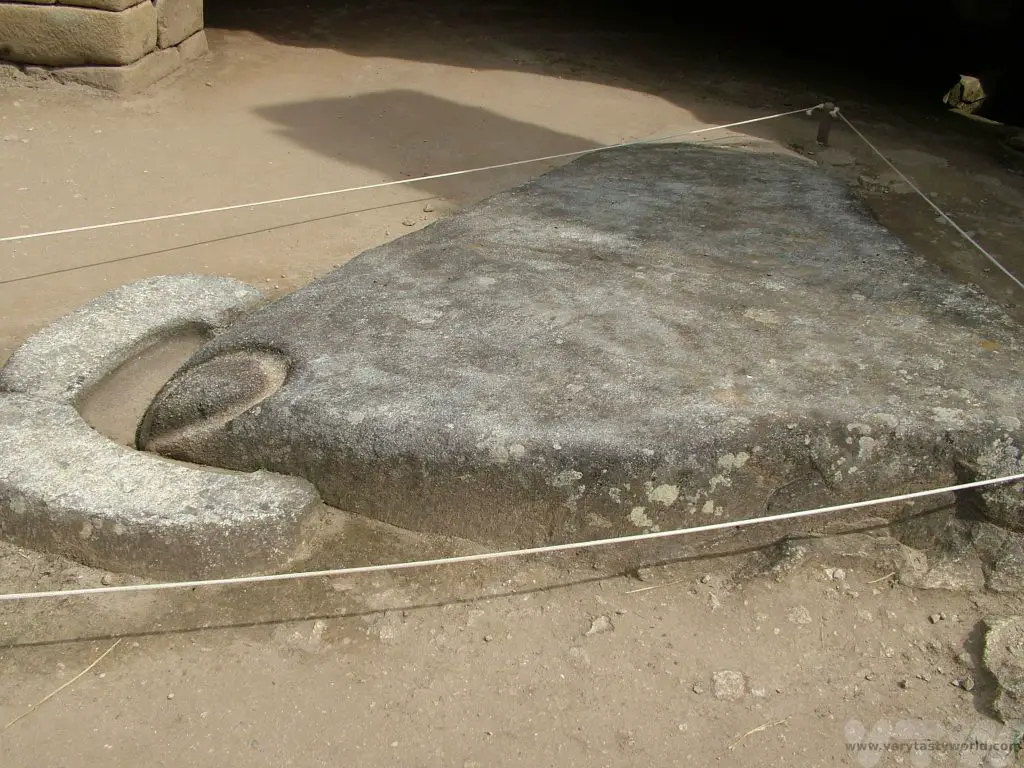
The Condor Temple was originally considered to be part of a prison zone but experts these days believe it was more likely to be a temple. One of the rocks has the appearance of the head of a condor, a bird considered to be sacred to the Incas.
And the terraces – both internal and external – are simply spectacular.
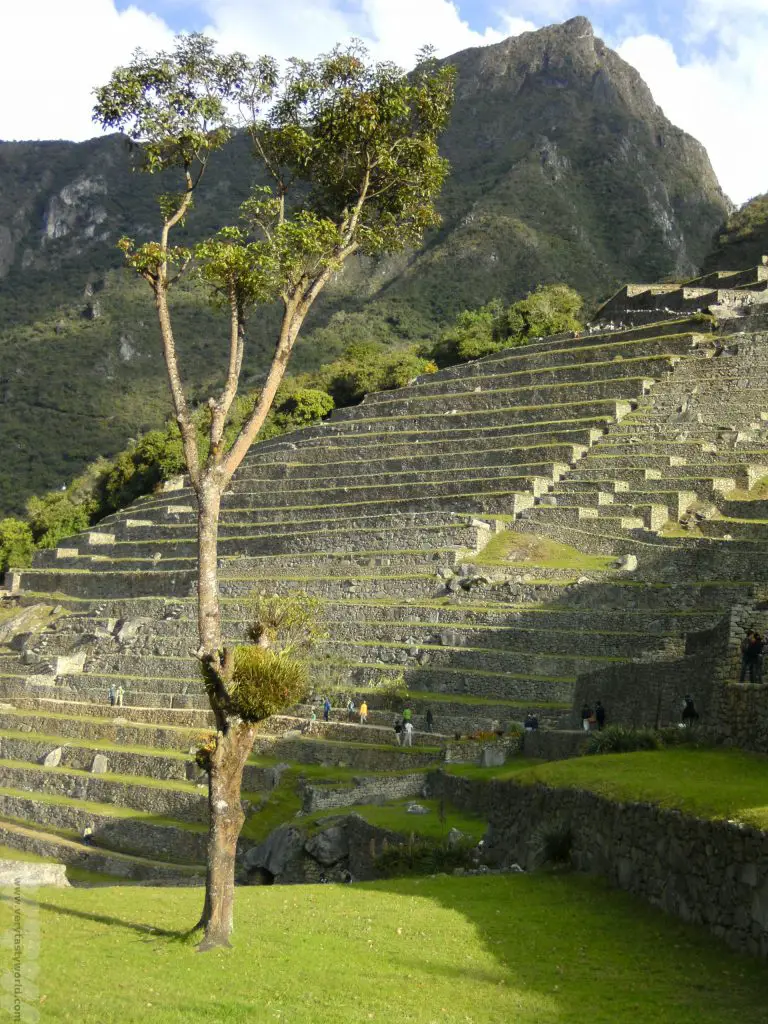
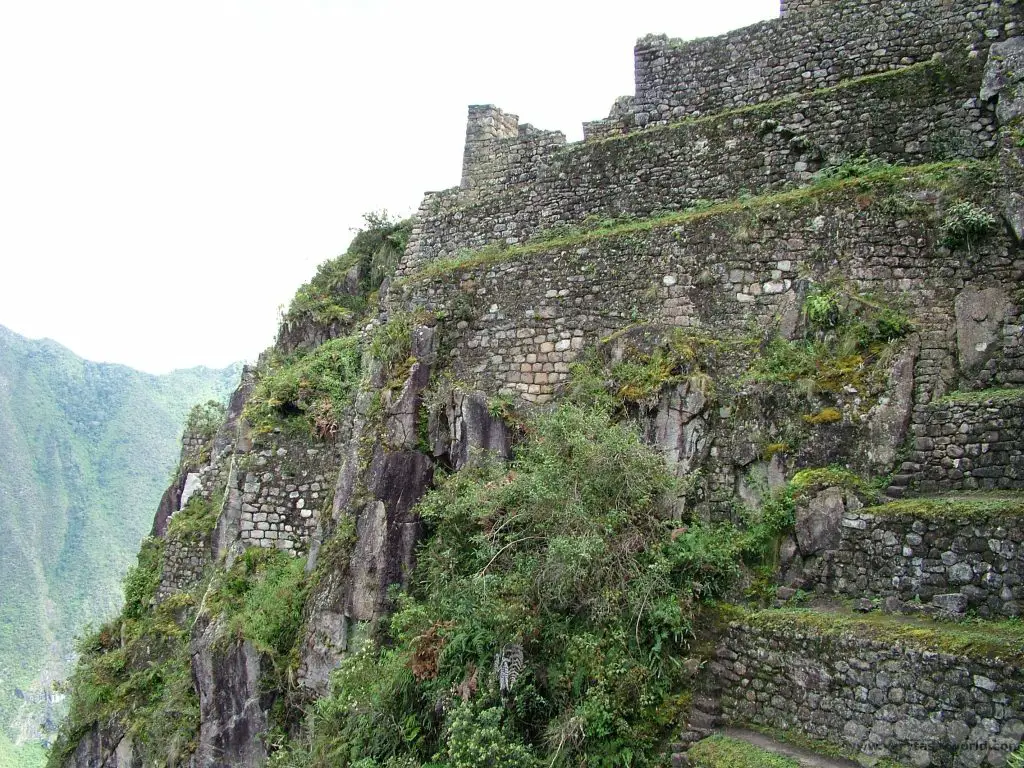
The site is huge and there’s still more of the city still to be reclaimed from the jungle – archaeologists are working at uncovering more ruins.
Overnight Stay
Most visitors who visit Machu Picchu are day-trippers but we decided to spend one night at the local village Aguas Calientes (which literally means ‘hot water’ on account of the hot springs) also known as Machu Picchu Pueblo or Machu Picchu Town, in the valley below. We visited before the new restrictions came in which meant that we could hang around the site until sunset when it becomes significantly less busy. (There is just one hotel at Machu Picchu itself and it is expensive.)
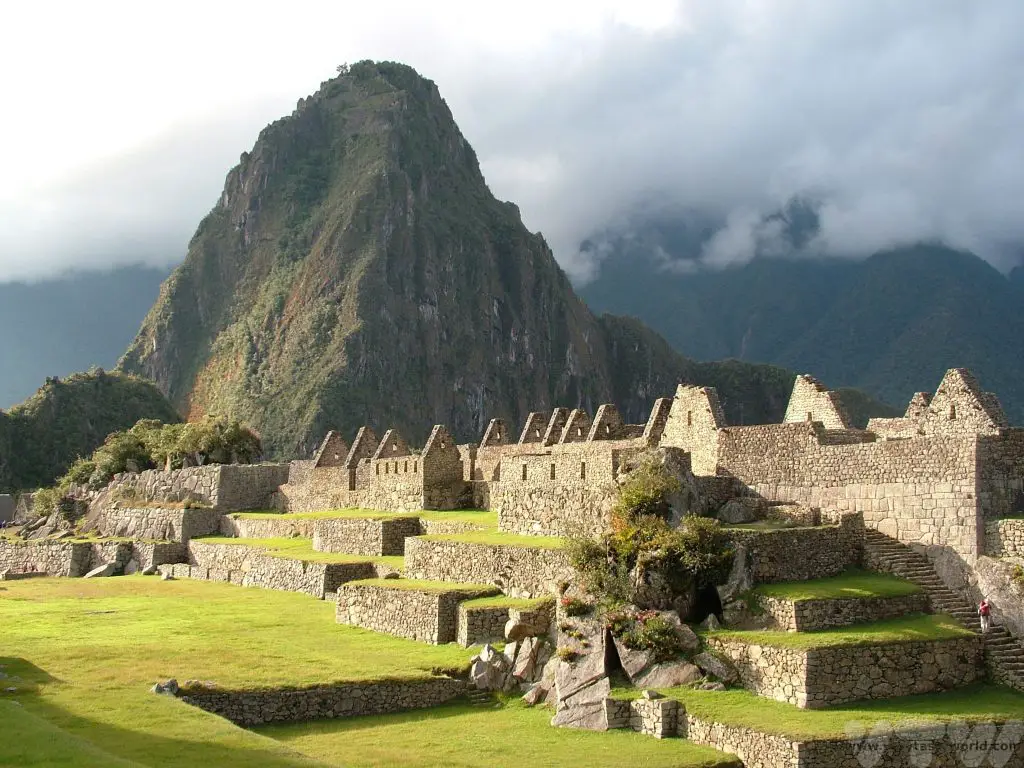
Aguas Calientes is set up for tourists – there are plenty of places to stay and restaurants to eat at. There are also thermal baths if you feel the need for a good soak at the end of a day’s exploration.
Climbing Huayna Picchu
Another essential thing we wanted to do as part of our visit to Machu Picchu was to climb Huayna Picchu on our second day. We recommend buying two tickets – one to visit the main site and another to climb Huyana Picchu the following day.
Only 300 people are allowed up there each day, and entrance is timed into hourly slots.
We started off early in the morning and caught the first bus from Aguas Calientes.
It’s actually an easier climb than it looks, although you do need to be reasonably fit, and took us about an hour to get right to the very top.
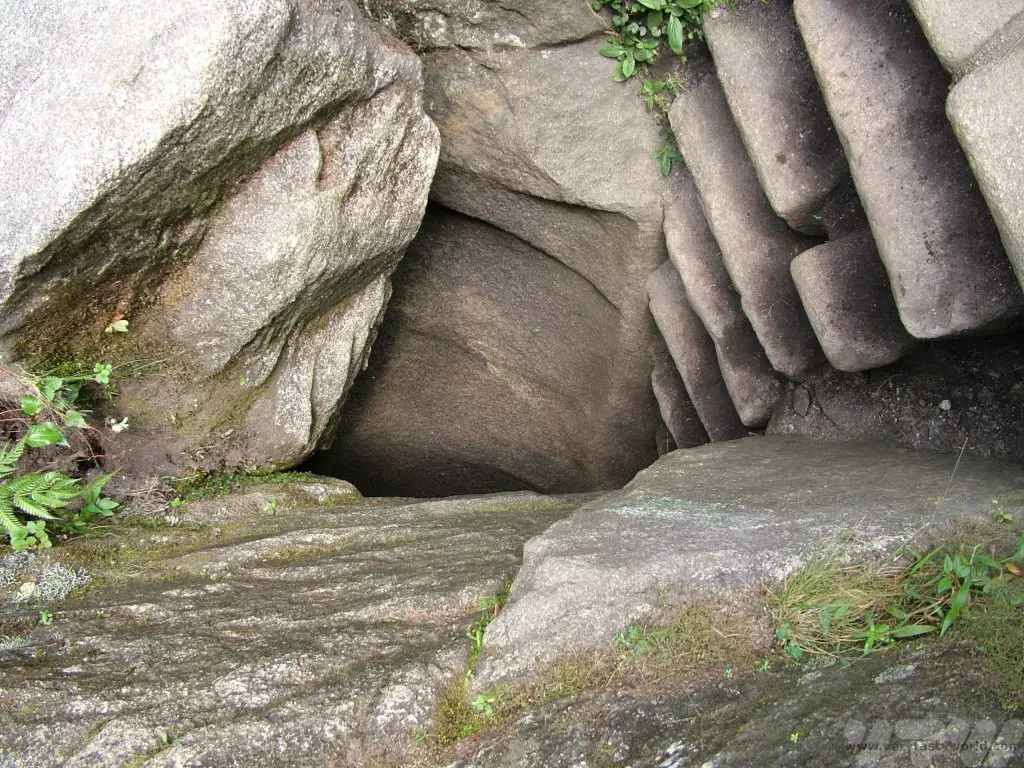
There is a need to wiggle through some rocks on the path.
Needless to say, the view was stunning.
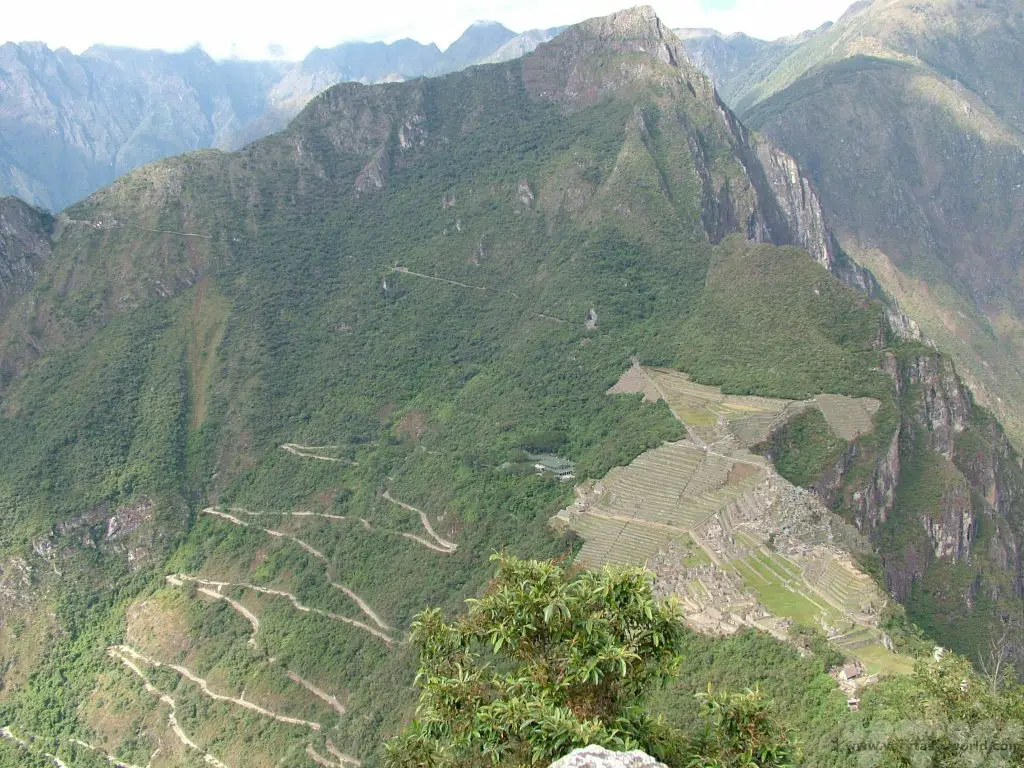
A rufus collared sparrow clearly took the easy route up.
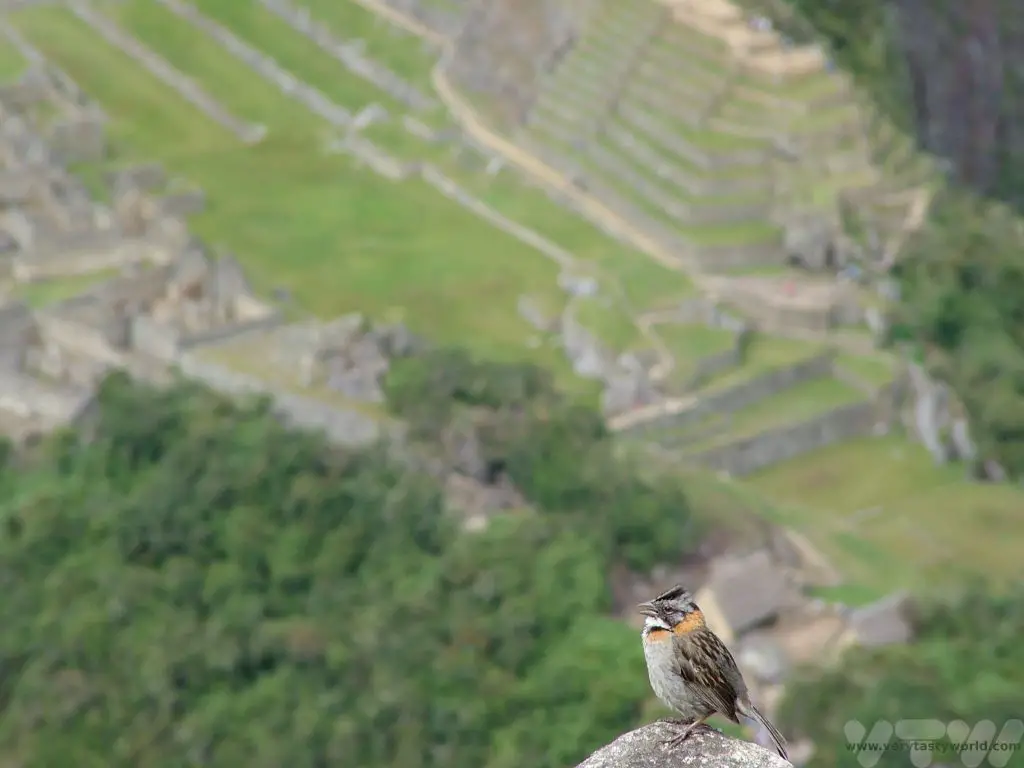
There are llama and alpaca lawnmowers roaming freely around the whole site and they’re clearly very used to hordes of tourists passing through.
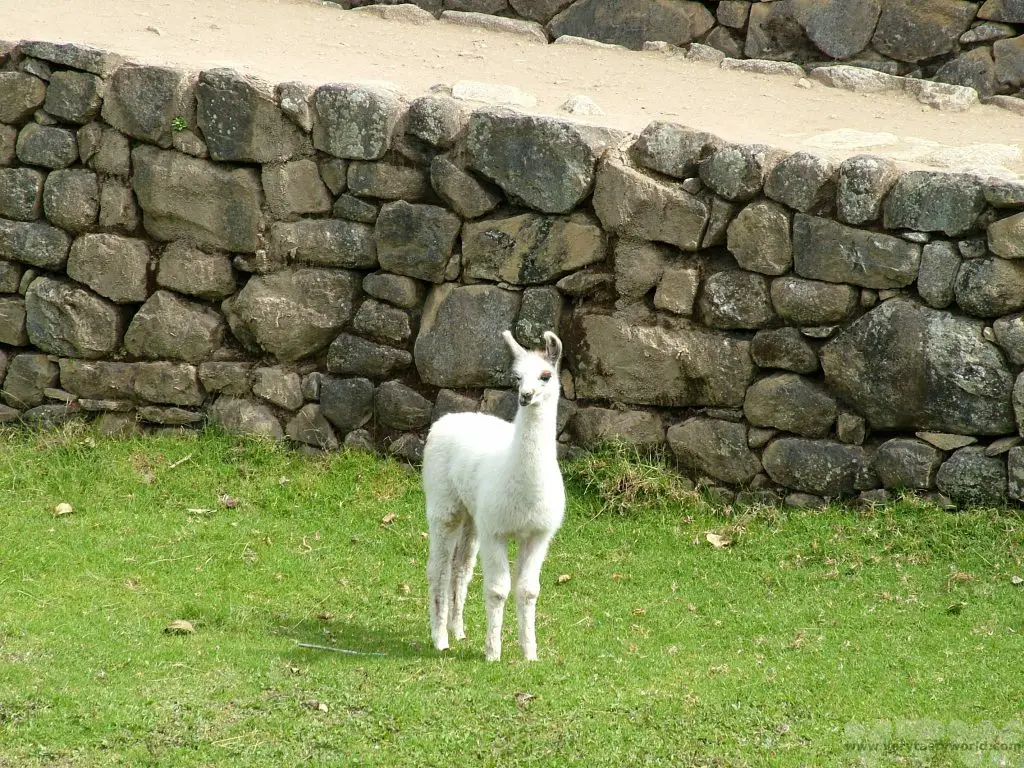
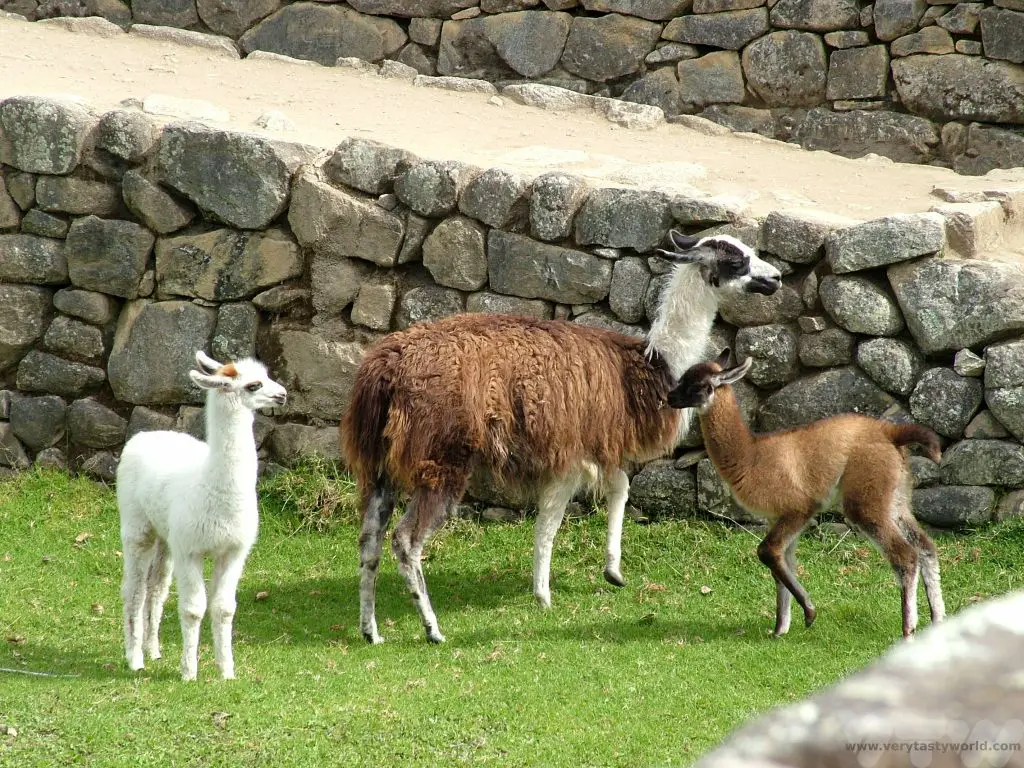
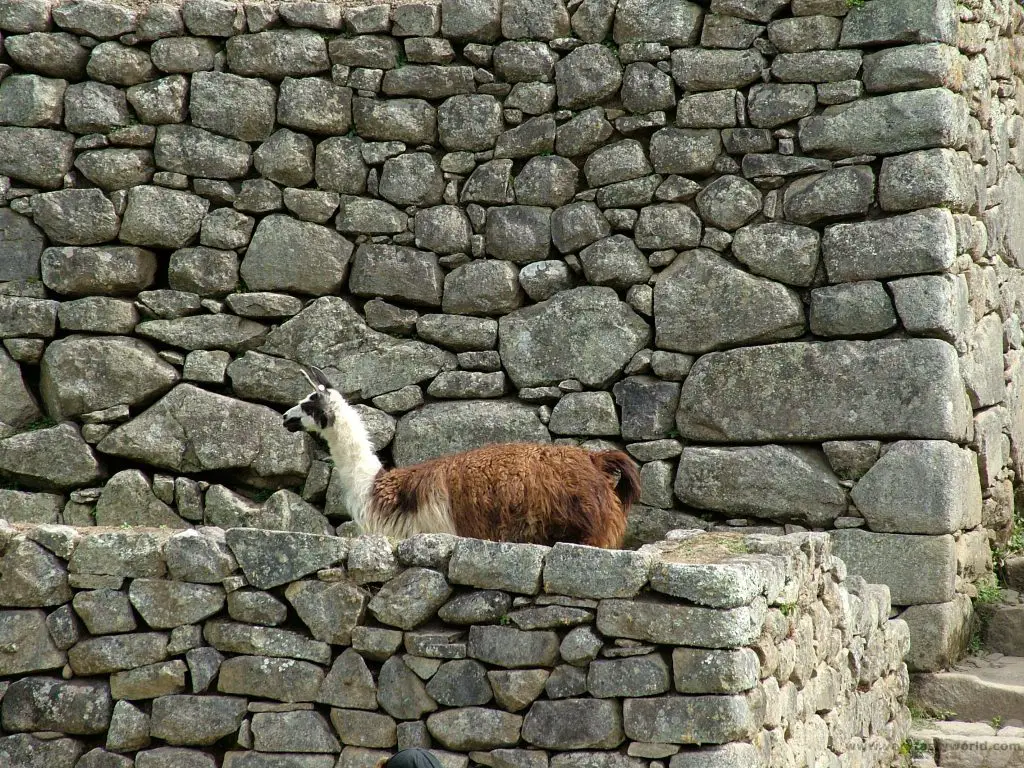
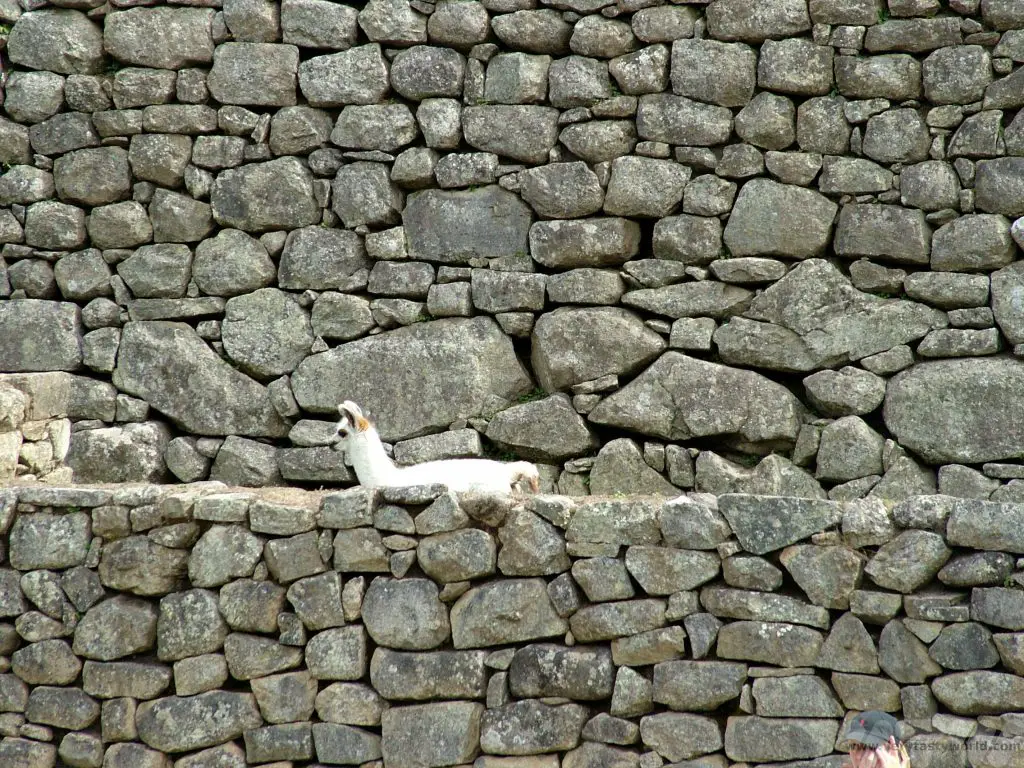
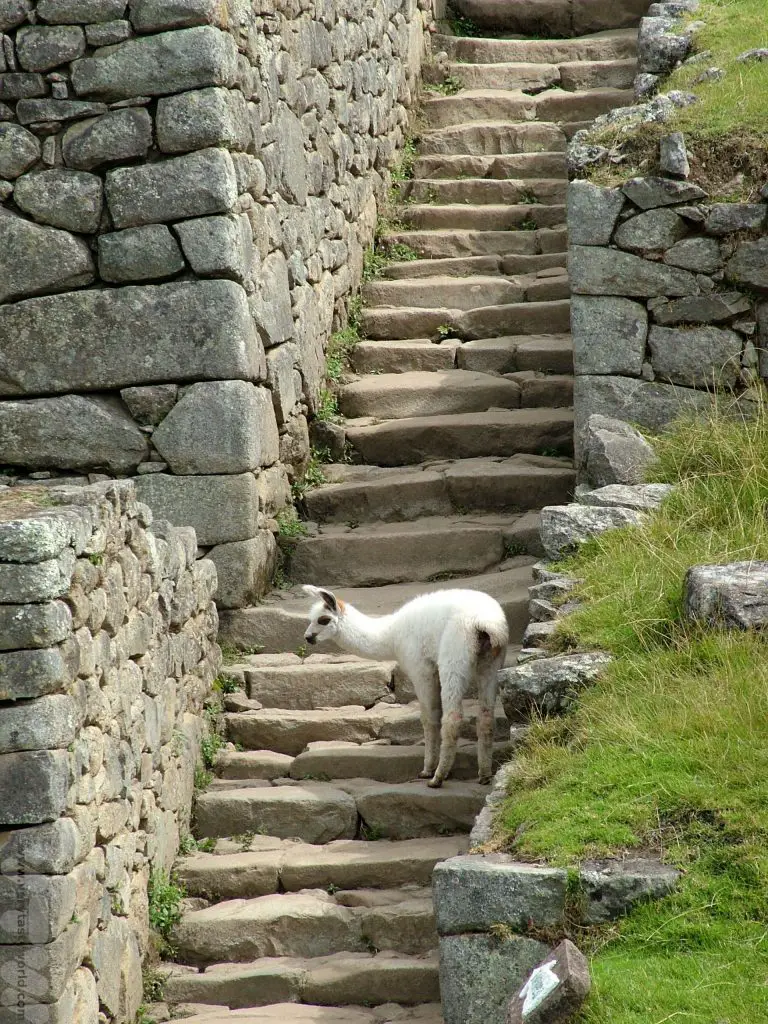
Practical Info About Visiting Machu Picchu
With the new restrictions on visitors book your tickets early! Really early – several months in advance.
There are no toilets on site. It is advisable to bring water, but take in a reusable bottle if possible.
Don’t bring loads of luggage. Bring ID – your passport will be fine.
You have a maximum of four hours at the site. Once you have exited you will not be allowed back in.
Other rules for visiting can be found here. https://www.machupicchu.gob.pe/prohibiciones/
Related Posts You May Enjoy

- Best Time To Visit Machu Picchu 2024 Update
- A 2 Week Patagonia Itinerary
- Day of the Dead in Campeche
- A Galapagos Land Based Itinerary
- RECIPE: How to Make Costa Rica’s Gallo Pinto
- A Tasty Puebla Food Tour
- Costa Rica Wildlife Sanctuary – Caño Negro
- Visit Torres del Paine National Park in Patagonia
- Atacama Desert Itinerary
Day of the Dead in Campeche
Our trip to Mexico was a long time coming. Originally planned for March 2020, we had to cancel the trip a week before we were due to fly, due to the pandemic, and rearranged for November 2020. And then cancelled that due to the pandemic. Finally, we managed to make the trip two and a half years later. But we decided to time the new journey to coincide with Mexico’s Day of the Dead – Dia de los Muertos – celebration which takes place in late October/early November and are very glad that we did. We were to spend Day of The Dead in Campeche.
We travelled on buses through Mexico, starting in Mexico City, visiting Puebla, Oaxaca, San Christobal, and Palenque before arriving in Campeche. The journey then proceeded to Merida, Chichen Itza and finally Cancun. Bus journeys are cheap and convenient but distances can be long.
Campeche is around six hours from Palenque or just a couple of hours from Merida if you are travelling on the bus.
Welcome to Campeche – Aaaarrrr!
Campeche is the capital city of the state of Campeche and lies on the Gulf of Mexico looking out over the azure sea. It is known for its colourful city centre and history of piracy.

History of Campeche
Campeche’s name derives from the Mayan phrase, Ah-Kin-Pech, which apparently means ‘the place of snakes and ticks’, which doesn’t sound at all inviting. We can confirm that no snakes or ticks were encountered during our visit.
The Spanish landed at Campeche in 1517 on St Lazarus’s day – the 29th July – and named the location Lazarus. The conquistadors began their occupation of the Yucatan peninsula, consolidating it in 1541-2, when they founded the first enduring Spanish councils at Campeche and Merida. Due to its coastal location Campeche became an important port. Valuable goods such as gold and silver passed through the town but, because of this, it became a target for local pirates. In 1663 the Sack of Campeche, led by pirates Christophe Myngs and Edward Mansvelt, involved a mass of pirates from around the Caribbean who got together some 14 ships and 1400 men and plundered the port.
In 1685 Dutch pirate Laurens de Graaf launched an attack on the city and killed a significant proportion of the population. As a result of these horrific raids, the authorities decided to fortify the central zone and built an extensive wall around it.
Campeche became recognised as a city in 1744, the first in the region. The community developed something of a rivalry with those in nearby Merida, although both cities eventually worked together to try to form an independent state of Yucatan. However, they were integrated into Mexico in 1849.
Campeche’s fortunes have waxed and waned over the years. The city is incredibly photogenic with its well-preserved colourful buildings and pirate legacy and as a result it has attained UNESCO status. It isn’t one of the most popular destinations for tourists, partly because there are many other places to visit on the Yucatan peninsular, but we recommend spending some time in Campeche if you get a chance.
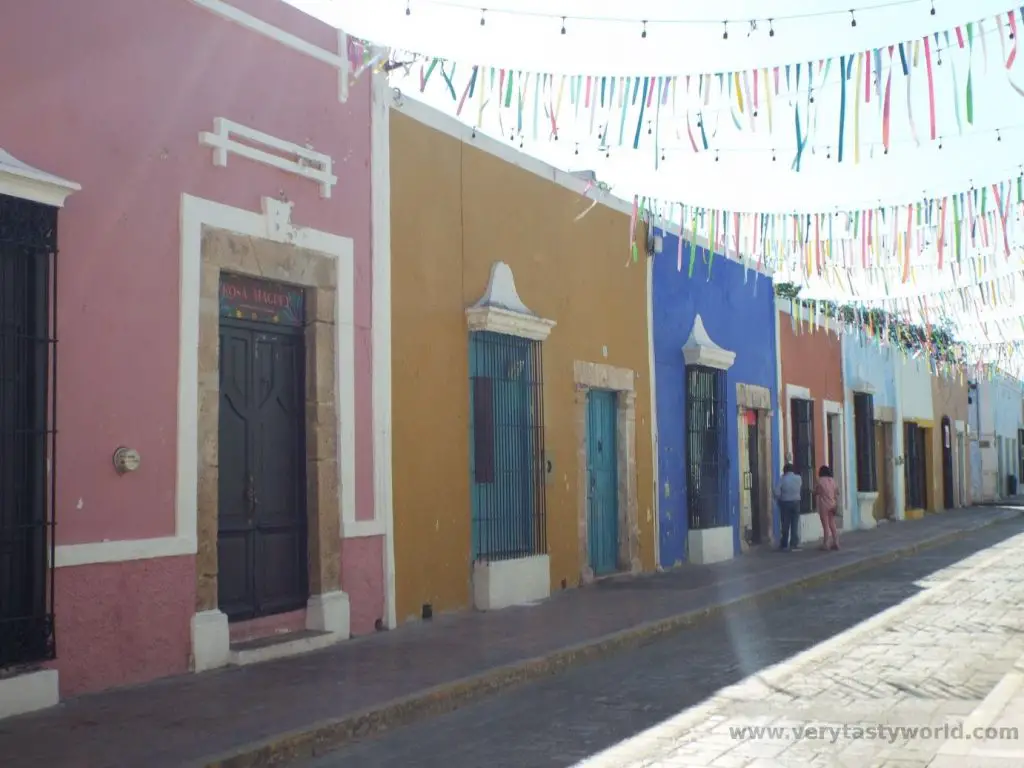
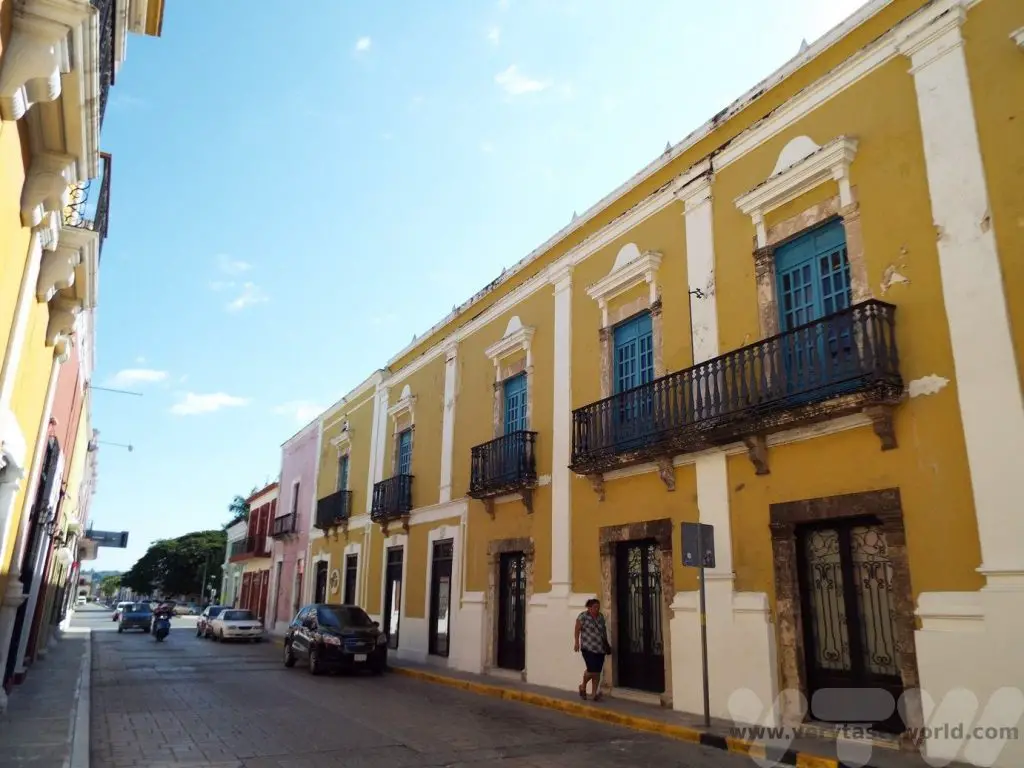
Things to Do in Campeche
There are plenty of walking opportunities, whether strolling along the Malecon walkway, looking out to sea, taking in the sights from the top of the fortified walls, or wandering through the colourful streets.
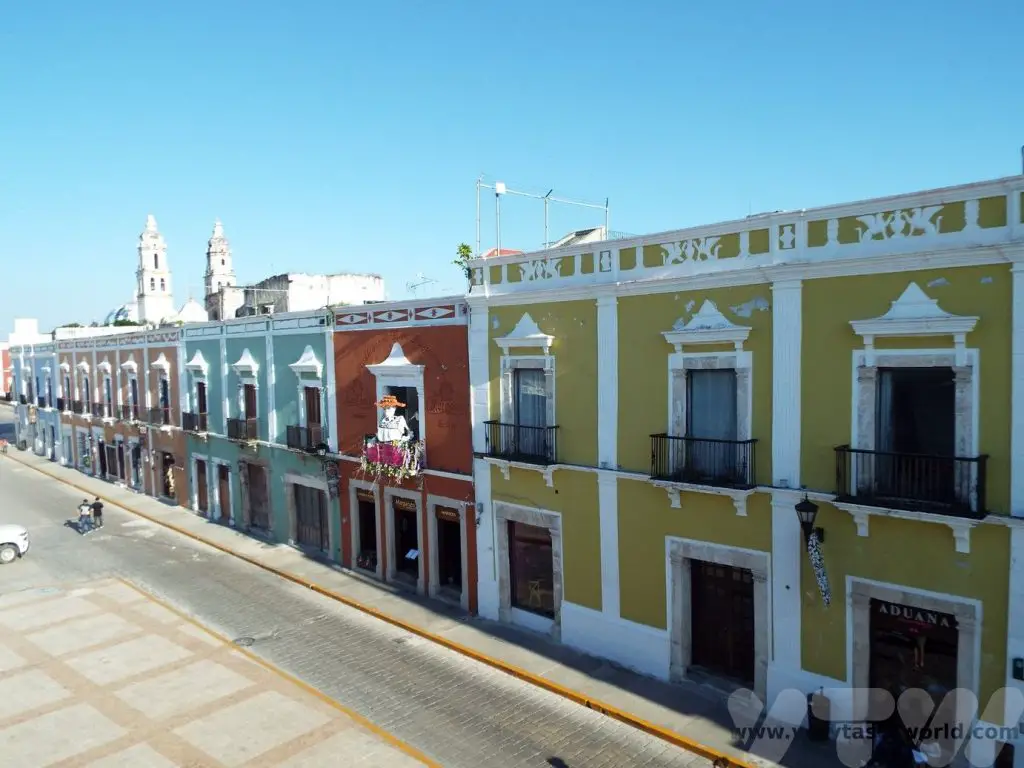

As well as walking along the walls, there are a couple of museums located in two of the bastions which are located at opposite ends of the wall closest to the sea.
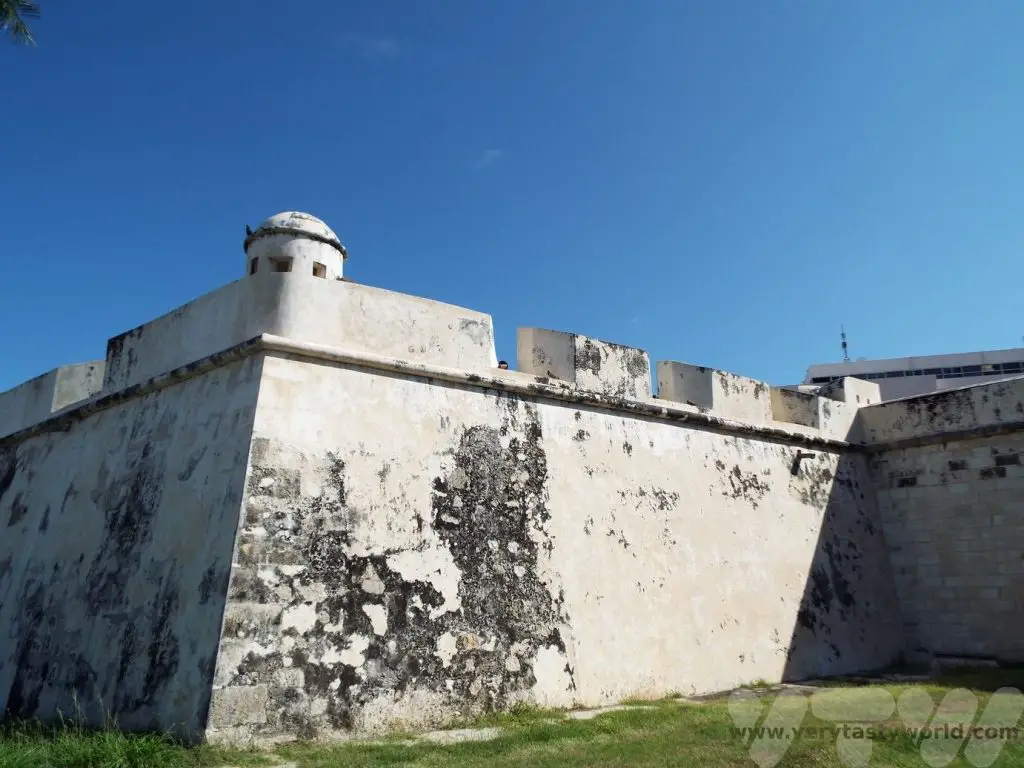
As with many cities, we find the tourist information centre to be a useful source to discover the local attractions. The friendly staff were happy to help us get acquainted with Campeche and suggested places to visit.
Pirate Museum
Documenting Campeche’s history as a port city, this small museum showcases information and artefacts with a focus on understanding its fortunes at the hands of the pirates over the years.
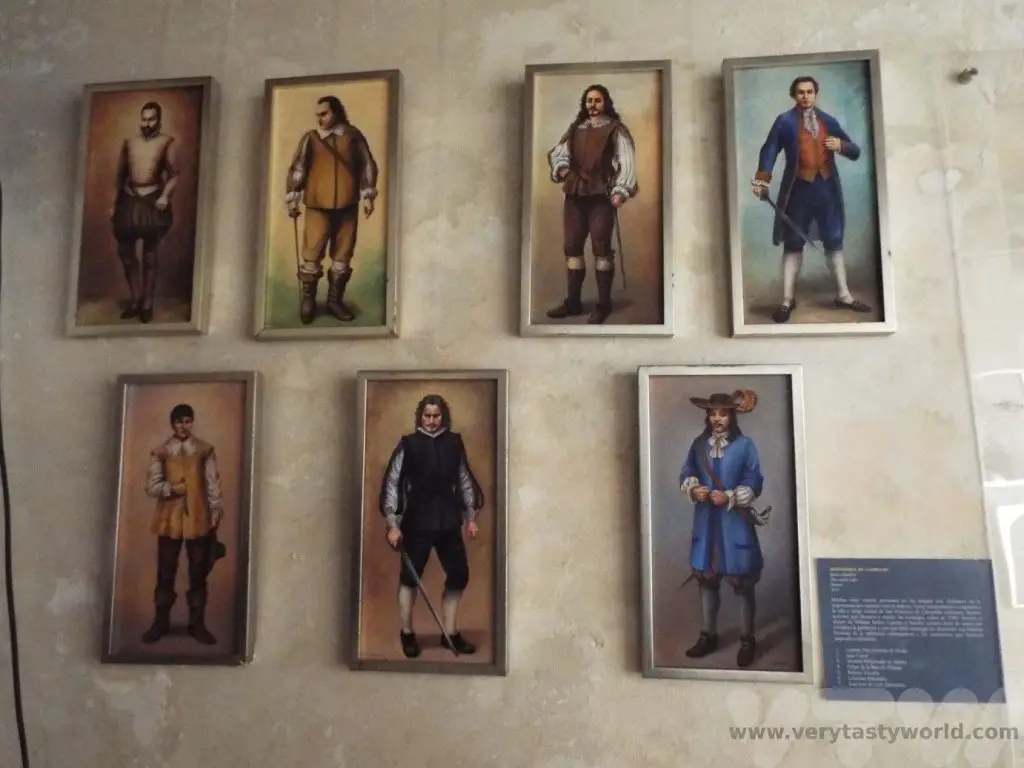
It is a very honest exhibition and dispels some of the romantic myths about pirates and piracy. Although films such as Pirates of the Caribbean have given us the impression of swashbuckling buccaneers, the real pirates who attacked Campeche were often society’s outcasts – marginalised and brutal.
Interestingly, Sir Francis Drake, viewed by the English as a heroic explorer who circumnavigated the globe, was despised by the Spanish as a ‘privateer’, a person who engaged in maritime conflict. Although perhaps it’s not really that surprising – the English and Spanish were fierce enemies at that time and many of the attacks by pirates were sanctioned by the state as ‘commerce raiders’ to undermine Spanish authority in this region.
And, naturally, the museum has a bunch of creepy mannequins in the dungeon.
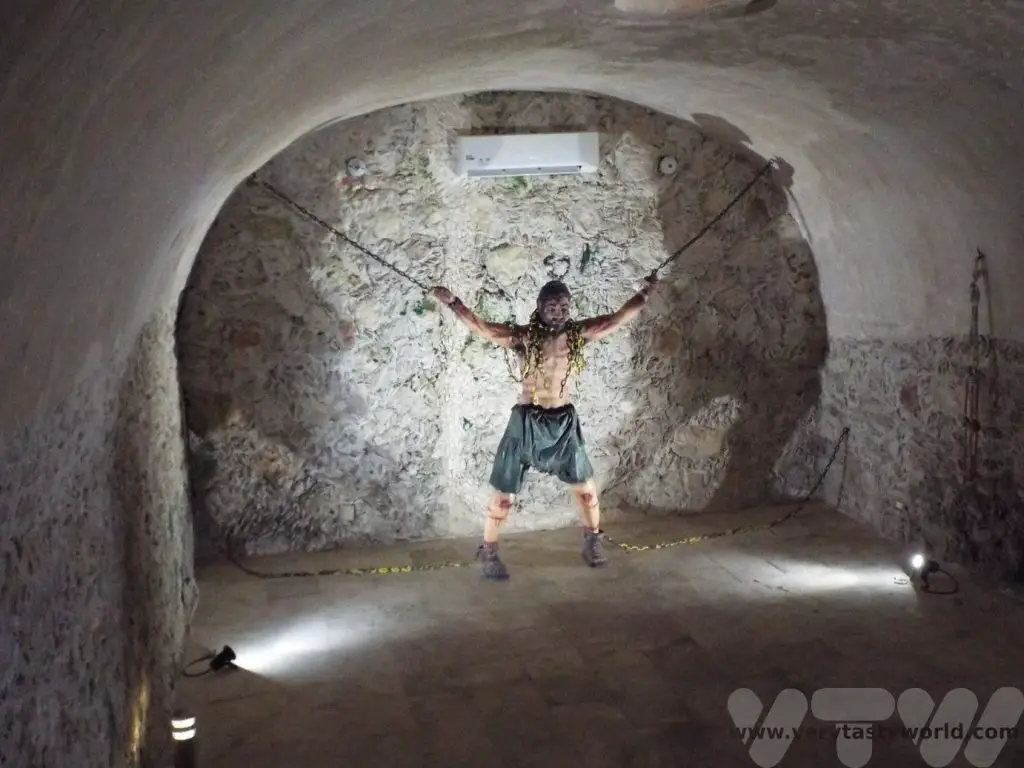
Don’t forget to head out to the city walls where you can see some of the cannon that defended Campeche.
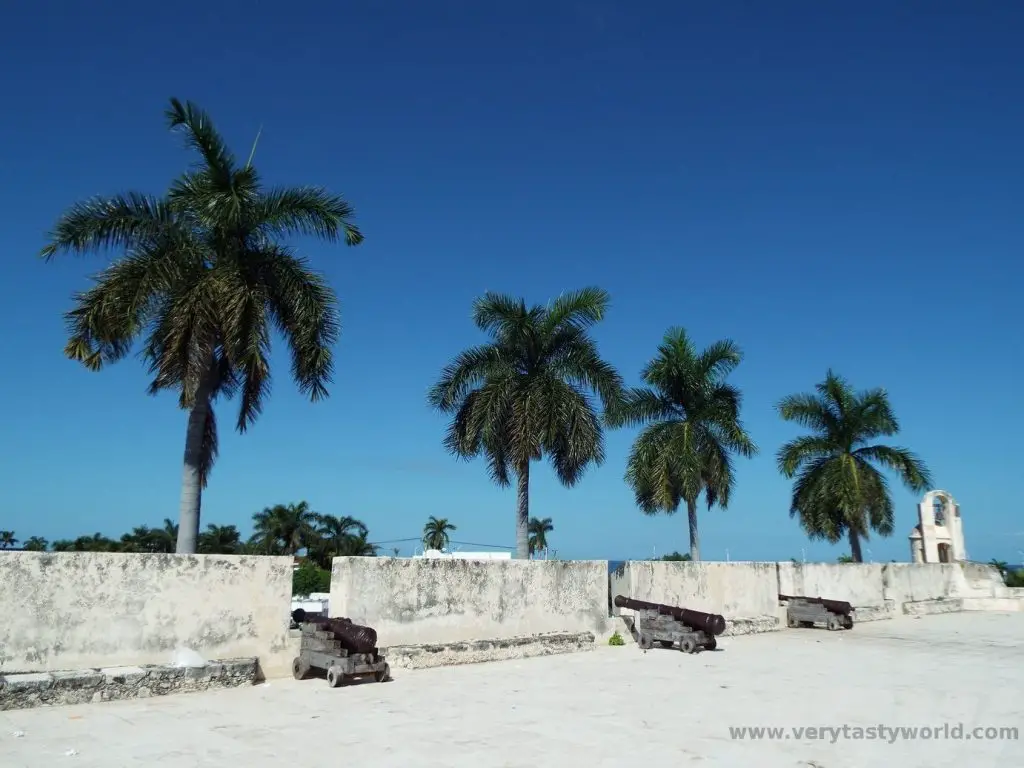
Museo de La Arquitectura Maya
This small but interesting museum on Baluarte de la Soledad houses a number of archaeological artefacts that have been found in the region. Exhibits are in English and Spanish. It was particularly interesting to learn about the writing systems of the Mayan people.
The highlight exhibit is the elaborate and beautiful mask of the God K’wiil.
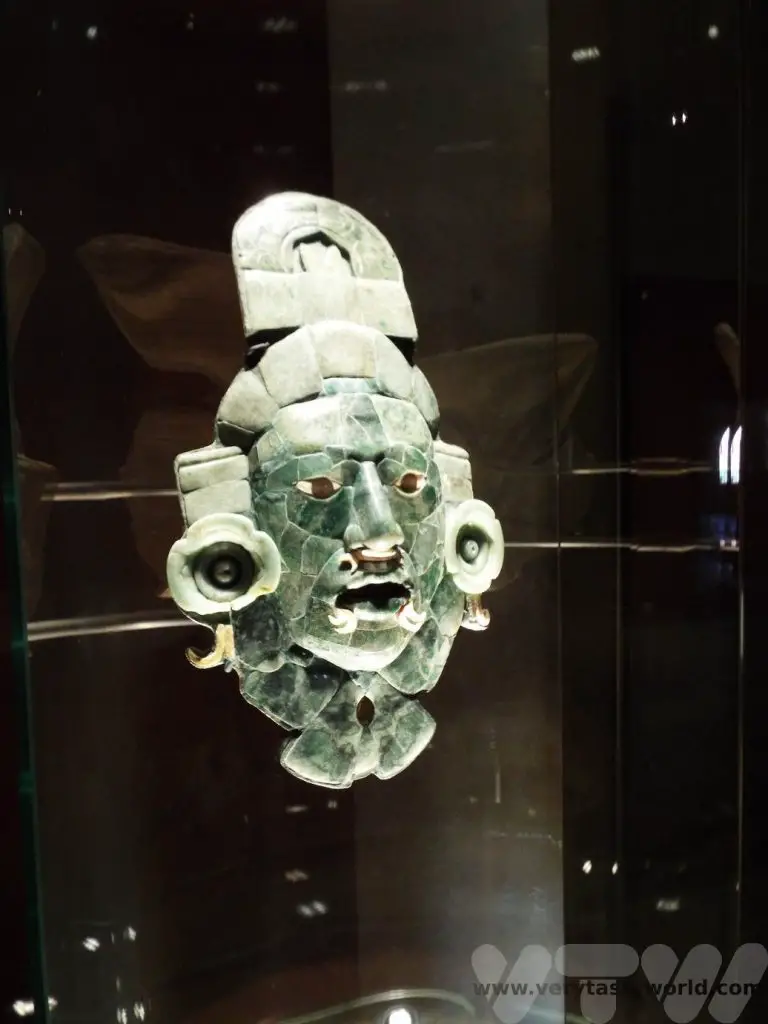
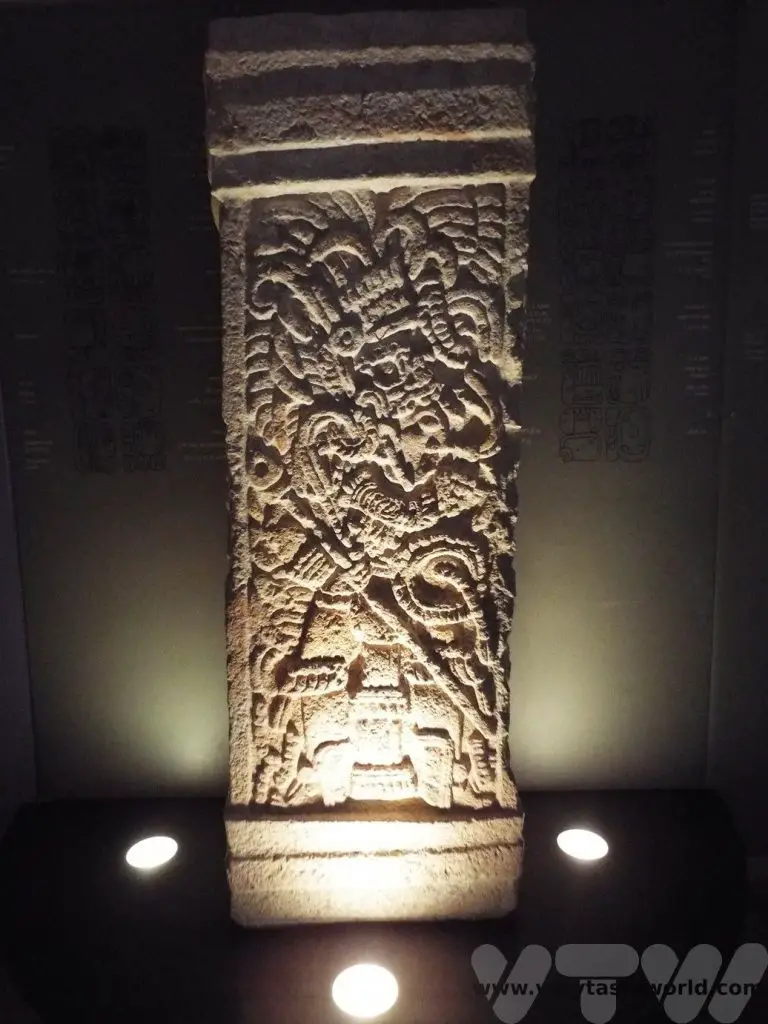
Make sure you climb up onto the wall at the end of your visit to get some fantastic views of the city in one direction and the Gulf of Mexico in the other.
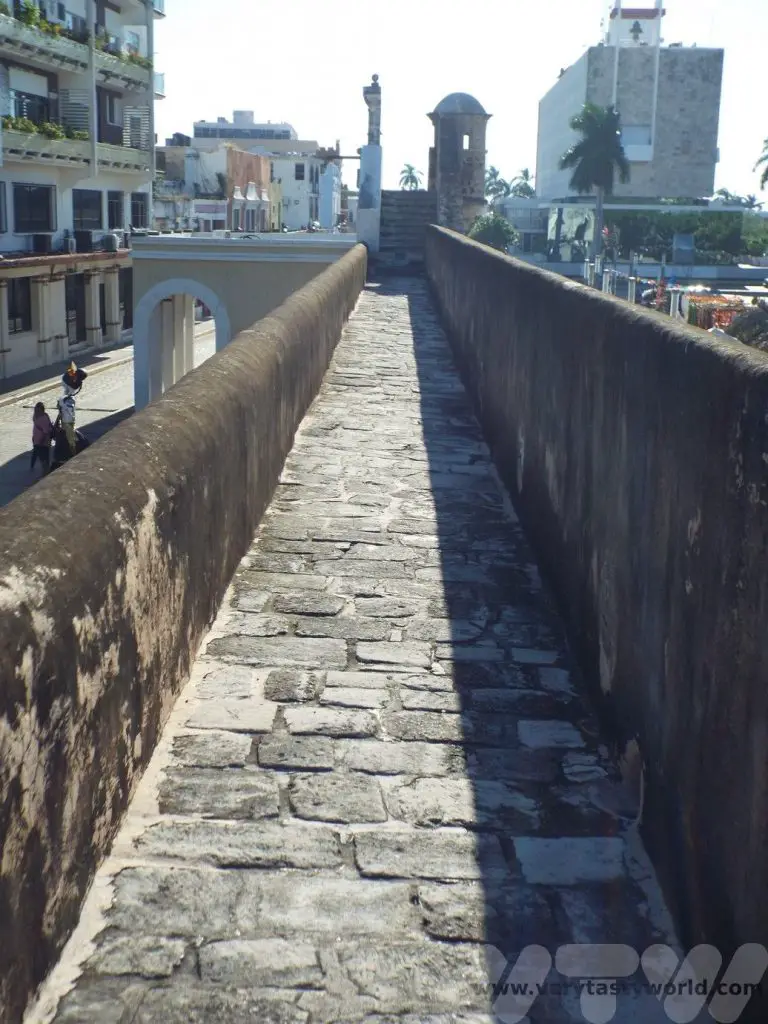
The Cathedral
The cathedral is located at the eastern end of the Plaza de la Independencia and is the most important church in the city. Construction started in the 16th century, soon after the Spanish settlers arrived. The cathedral has been expanded and embellished over the centuries. It has two impressive bell towers and a stone façade.
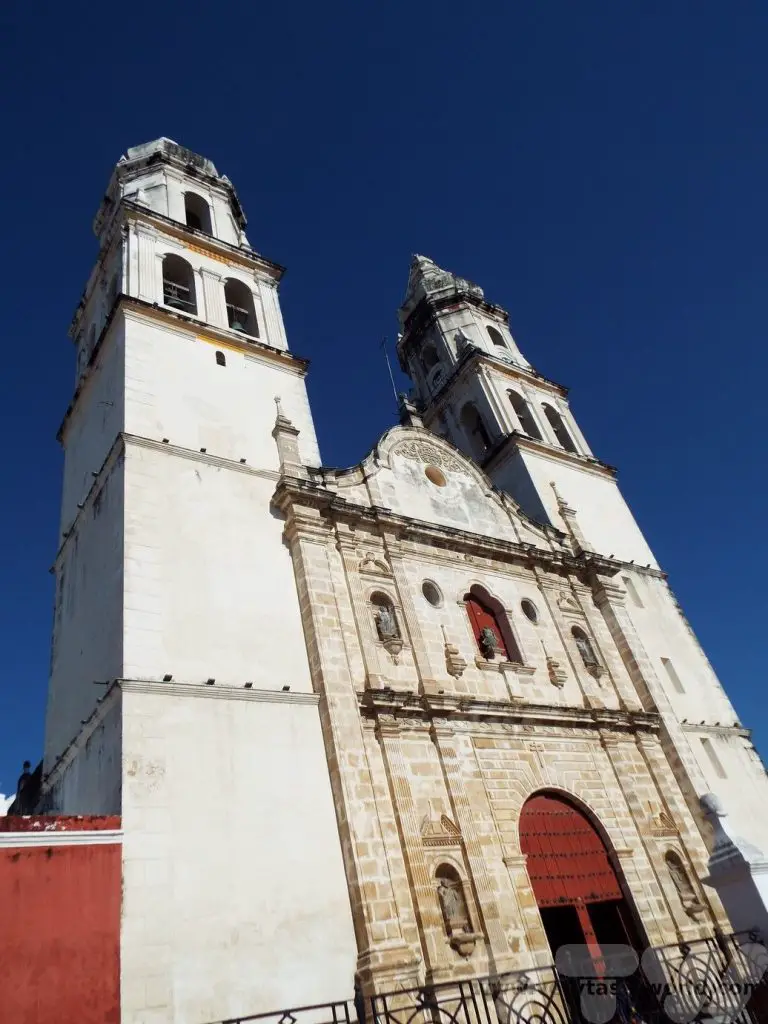
The Sea Promenade
With its location right on the Gulf of Mexico Campeche’s seafront doesn’t have pristine sandy beaches, so isn’t ideal as a seaside destination. But Malecon de Campeche offers a 7km waterfront path and makes for a lovely walk looking out to the deep blue sea.
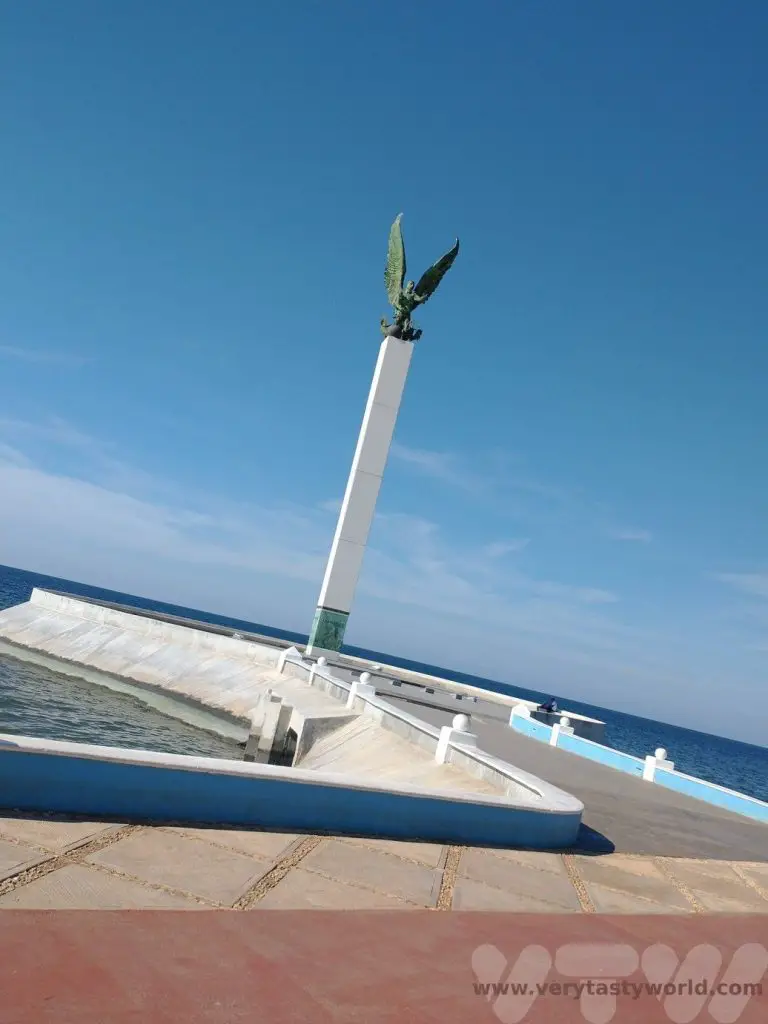
Campeche Food
Being located right on the coast there is plenty of seafood to enjoy in Campeche. Prawns are very popular. There are plenty of restaurants in the zona centro to choose from.
We enjoyed battered prawns with coconut and mango salsa and prawns with x’catic sauce. X’catic are a type of chilli which are long and thin and a pale green colour when ripe. They are commonly used in the Yucatan area and one of the specialities is x’catic in a cream sauce. While the chillies have a kick, the cream sauce mitigates some of the heat. And the sauce has an unusual blue-green colour.
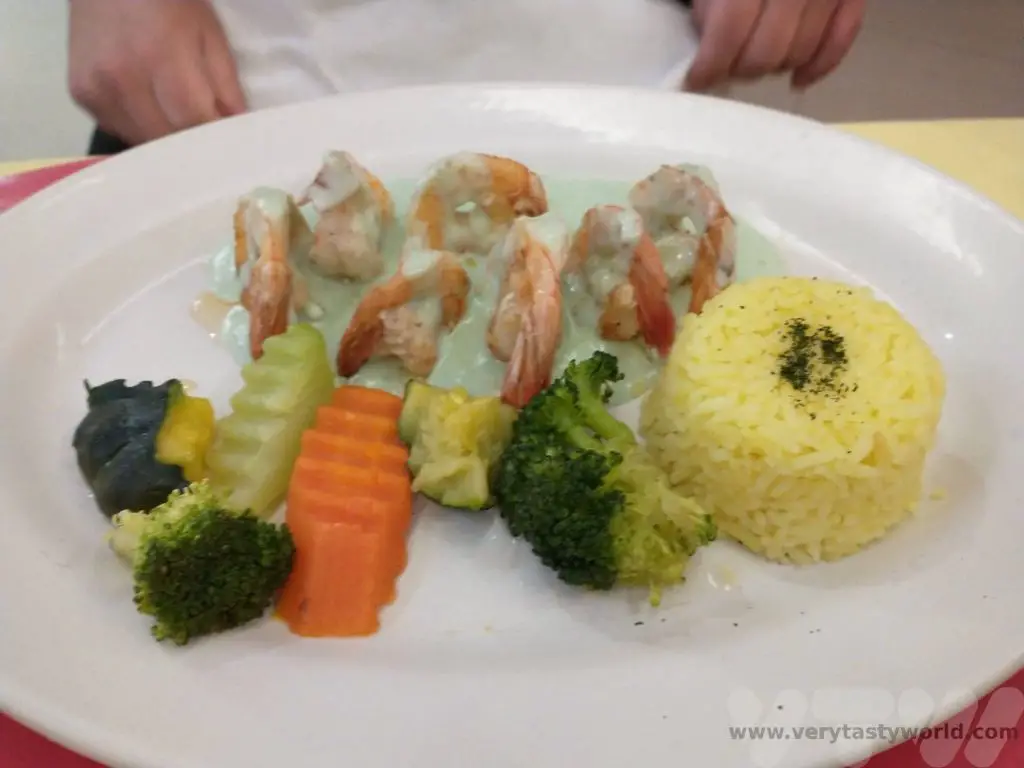
Day of the Dead in Campeche
We were lucky to be visiting Campeche during the Day of the Dead. This festival takes place on the 1st and 2nd November each year but preparations for the celebrations start much earlier and it is likely that the famous Day of the Dead parades will take place on the Saturday or Sunday before.
Day of the Dead is a celebration for families to remember and commemorate the lives of their ancestors. The origins are slightly unclear but it is thought that they are a combination of the indigenous commemorations of ancestors with Christian traditions; the timing of the celebration aligns with Halloween/All Saint’s Day. The Mayan people believe that death is simply another element of life.
In the time leading up to Day of the Dead relatives will visit the graves of their ancestors and will tidy them and prepare for the festival. Some may even exhume the skeletons of their relatives to clean their bones for up to three years after death. Food will be offered to invite their loved ones to visit. The dead will arrive on the 1st November and return the following day.
Day of The Dead Ofrenda
In the days leading up to the celebration, families and businesses will set up ofrenda. These are like alters which are highly decorated and lay out offerings to invite their deceased relatives to visit them.
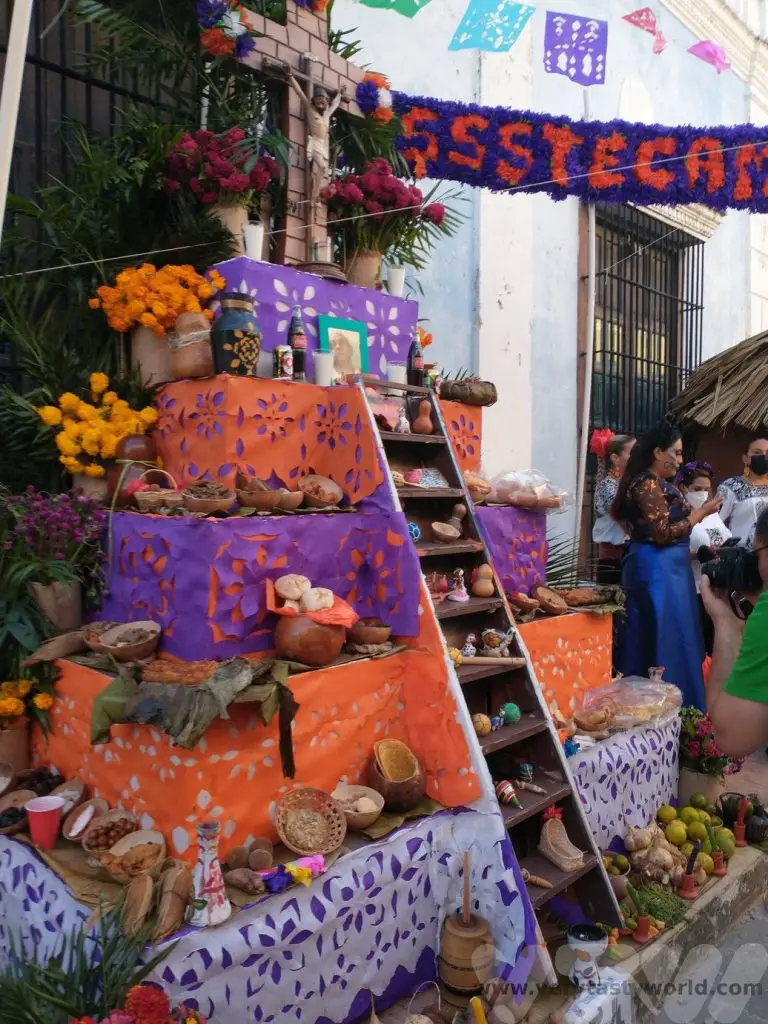
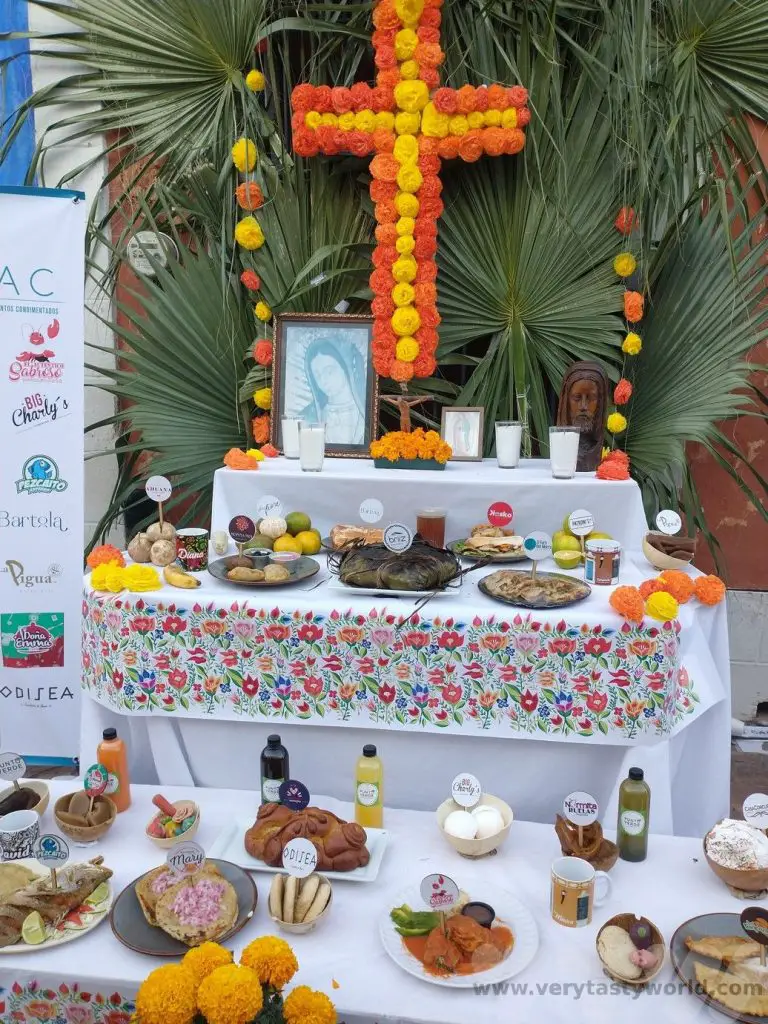
The food offered is real but it is rotated every day and replaced with new offerings. The previous day’s items are eaten by the family so as to ensure that food doesn’t go to waste.
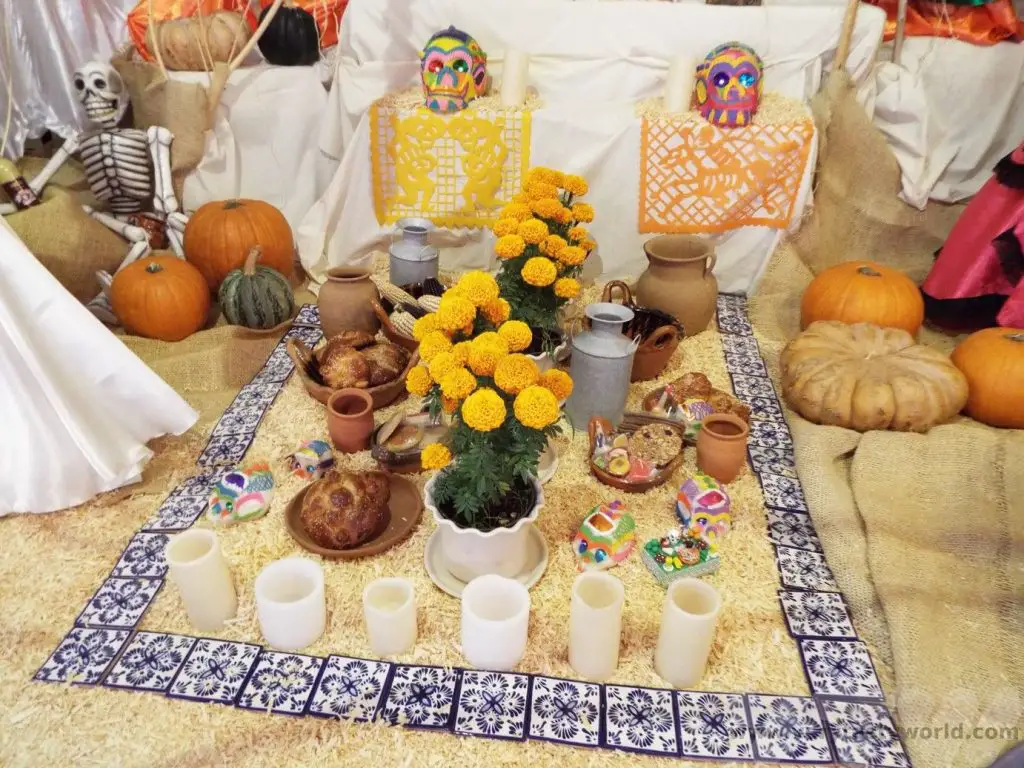
There is special Day of the Dead bread, known as Pan de Muertos. The central bread roll represents a skull and the surrounding sections of the bread symbolise the rest of the body.
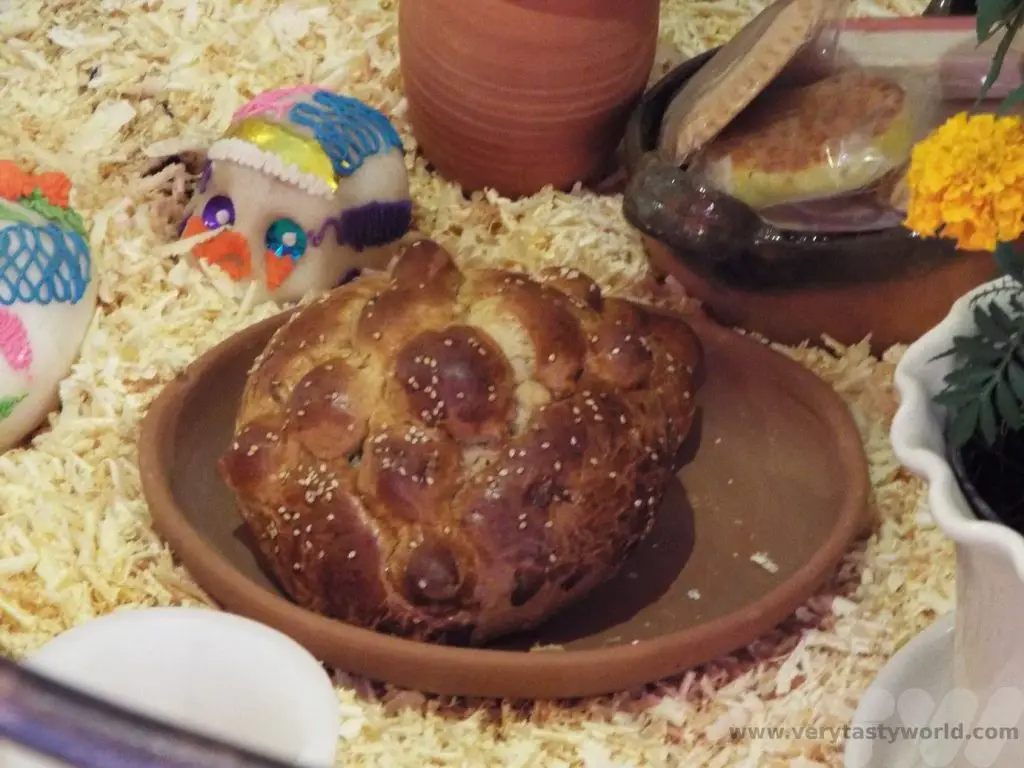
Marigolds are an essential part of the ofrenda. We saw fields of marigolds as we travelled through Mexico. The flower represents the fragility of life and its orange hue provides a colourful addition to the ofrenda.
Additionally, photos of ancestors may well be on display. And ofrenda are not restricted to humans. People also remember their pets and offerings are made for those as well.
Sugar skulls are a traditional sweet eaten during the festival. These are pure sugar but it is possible to buy chocolate ones as well. They make lovely souvenirs.
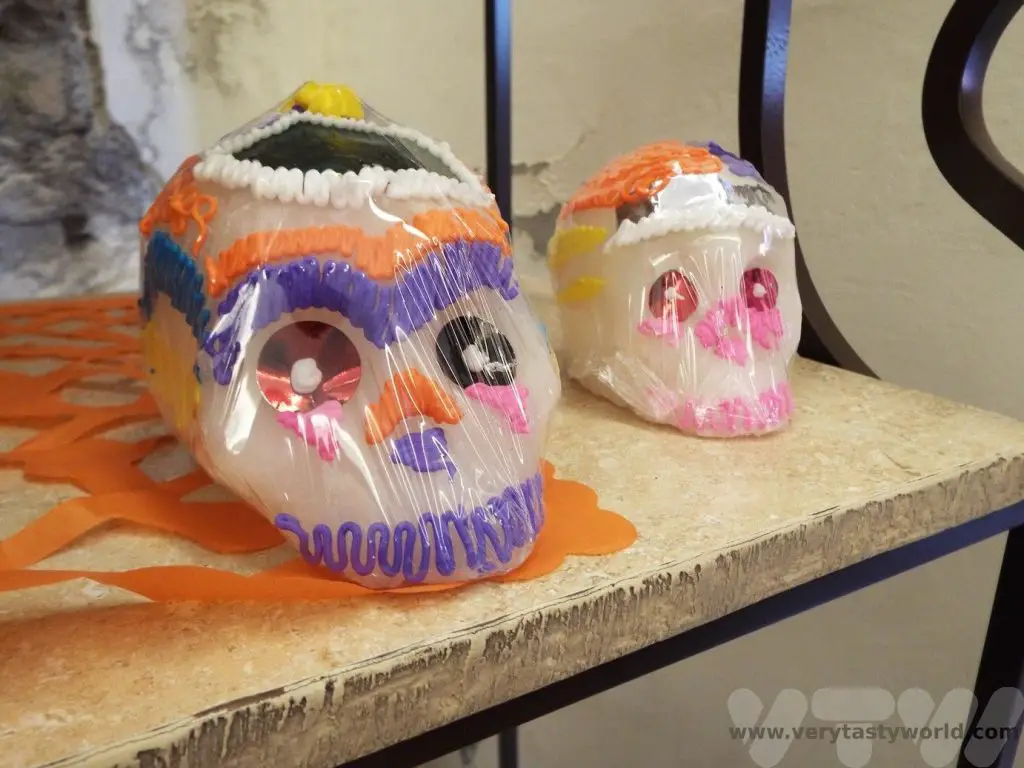
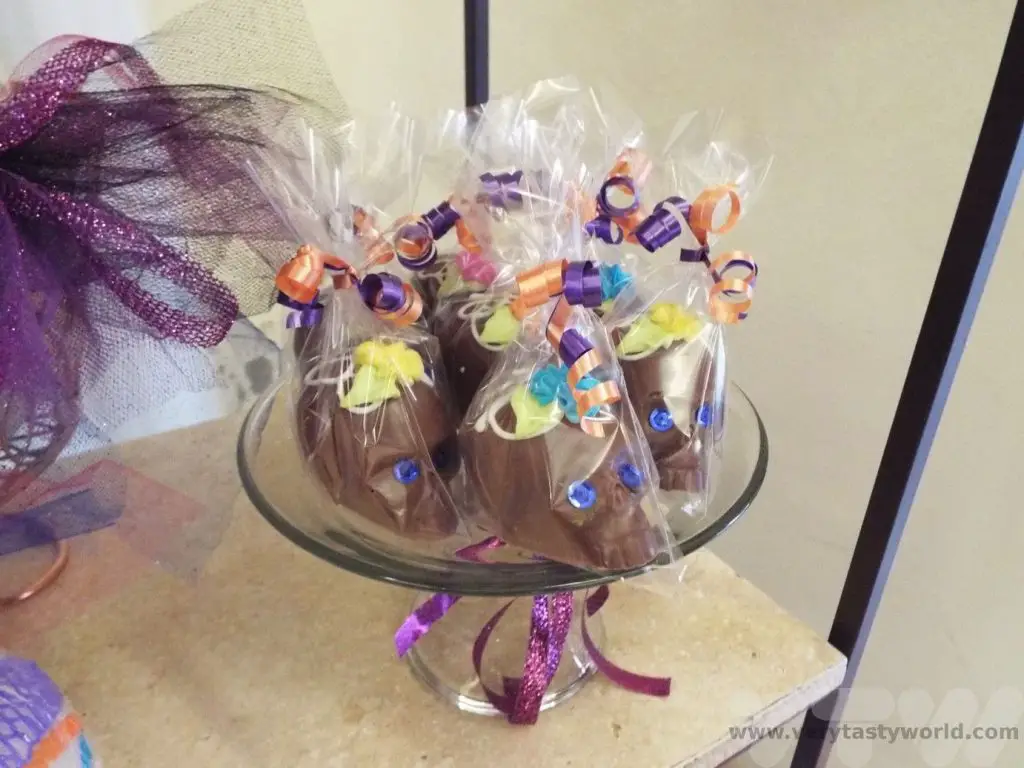
Day of the Dead in Campeche – The Celebration
Throughout our journey across Mexico in the days leading up to Day of the Dead, we would see homes and businesses preparing for the celebration. Every hotel and restaurant had decorations and ofrenda set up.
The parades in the big cities such as Merida or Oaxaca are very famous and will generally draw large crowds. We were actually delighted that we were able to join the celebrations in a smaller city. Later on, in Merida, we were able to see further ofrenda and some more celebrations but the main parade was in Campeche.
We arrived on the bus in the late morning and made our way to Calle 59 to get our bearings. This is the main street that is usually buzzing with bars and restaurants but during the afternoon we were able to see the ofrenda being set up.
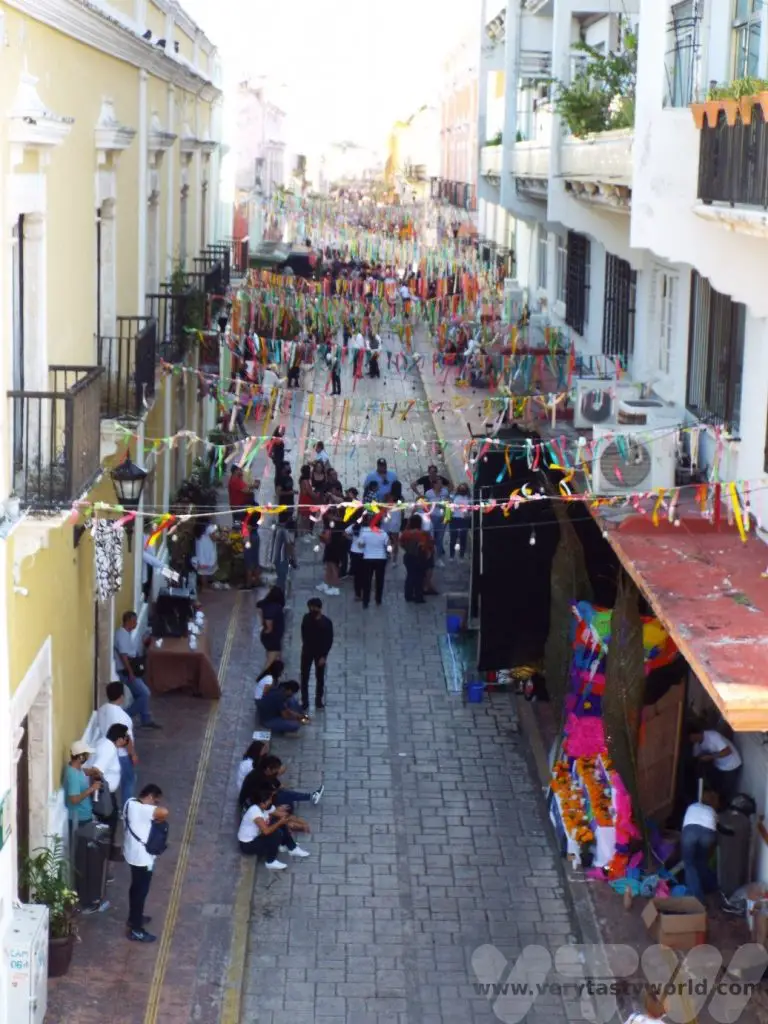
The city decorations reflected the pirate theme.
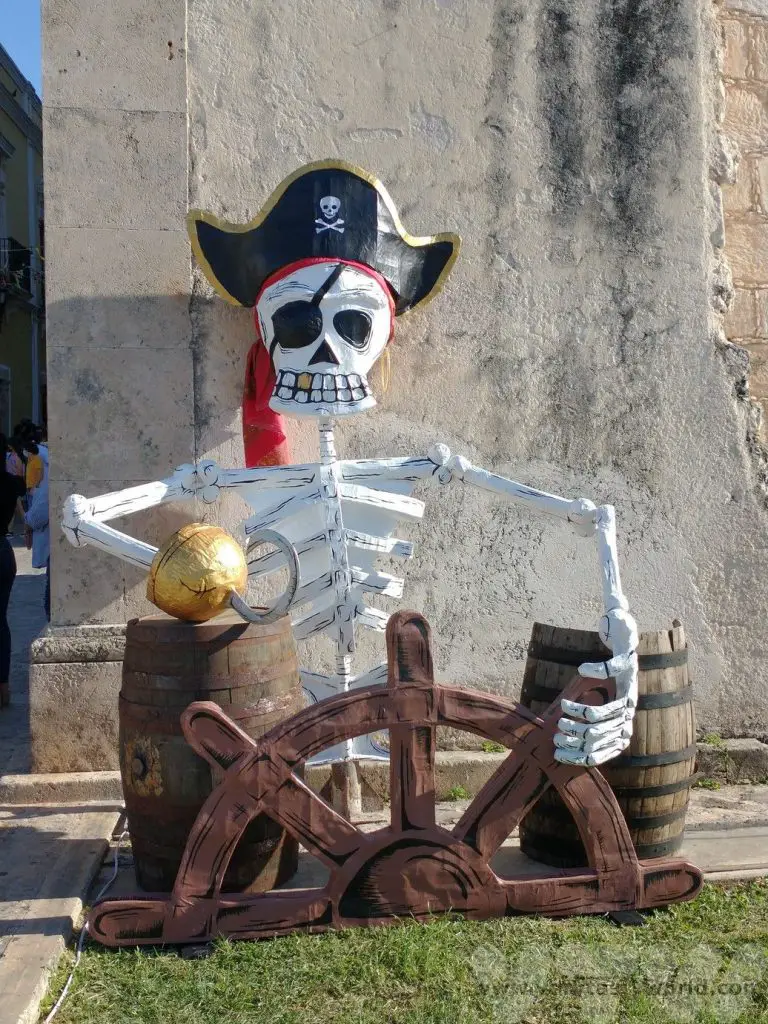
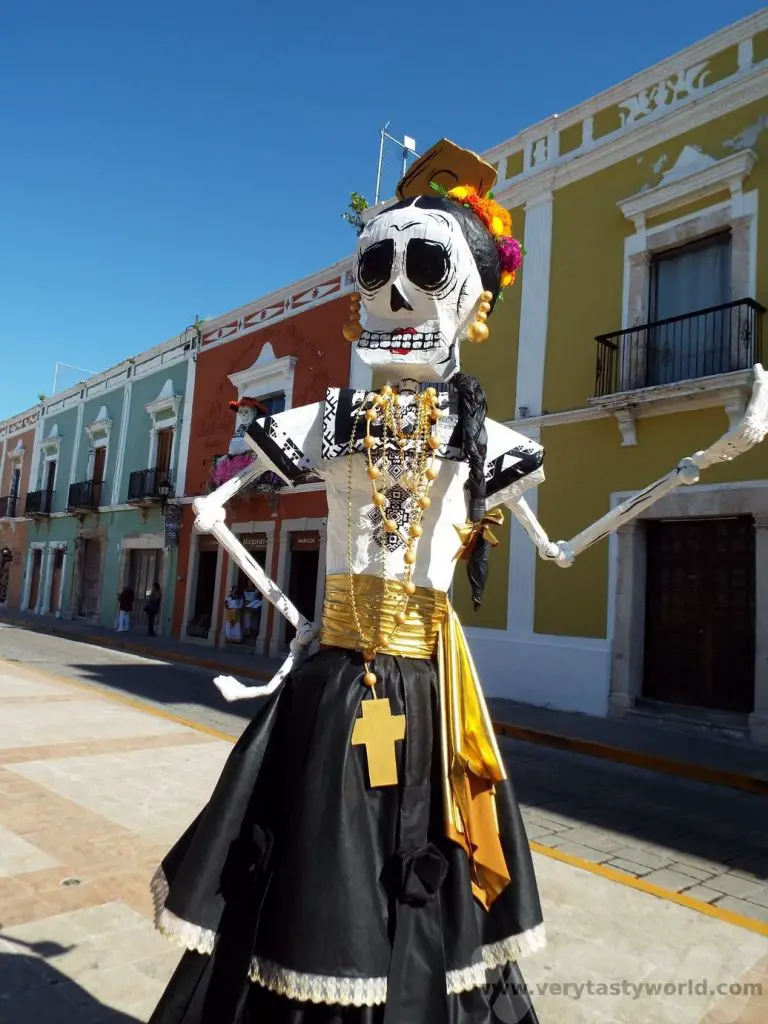
Costumes are an essential part of the celebration. Everyone was happy to pose for photos. It is also possible to get your face painted in full Day of the Dead make-up for a small fee.
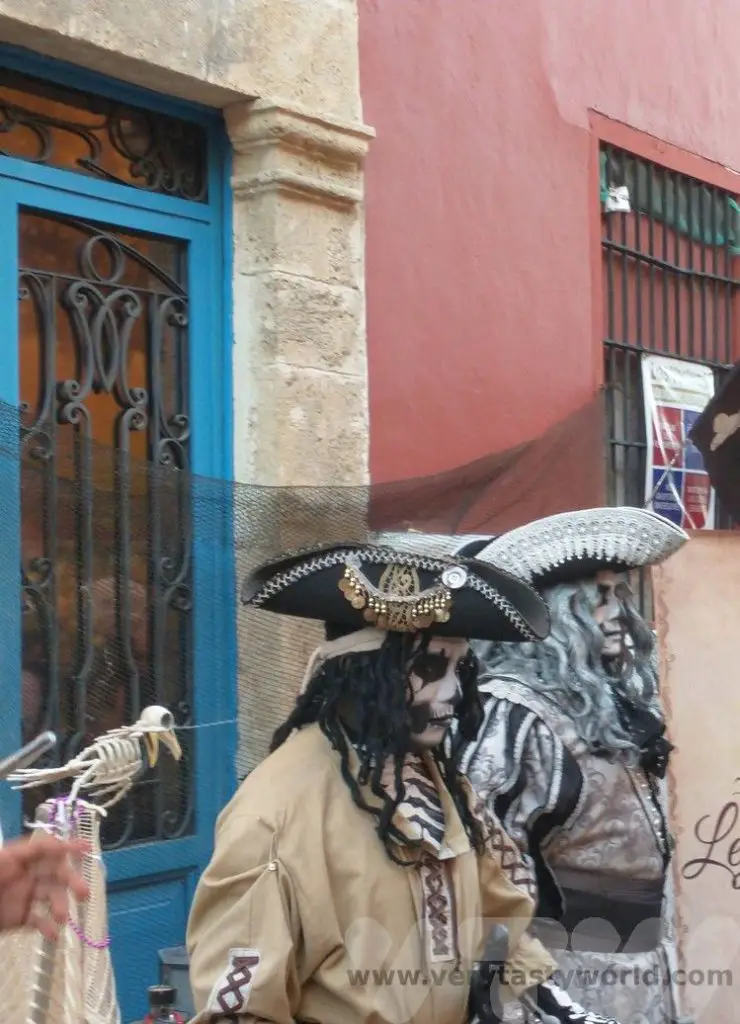
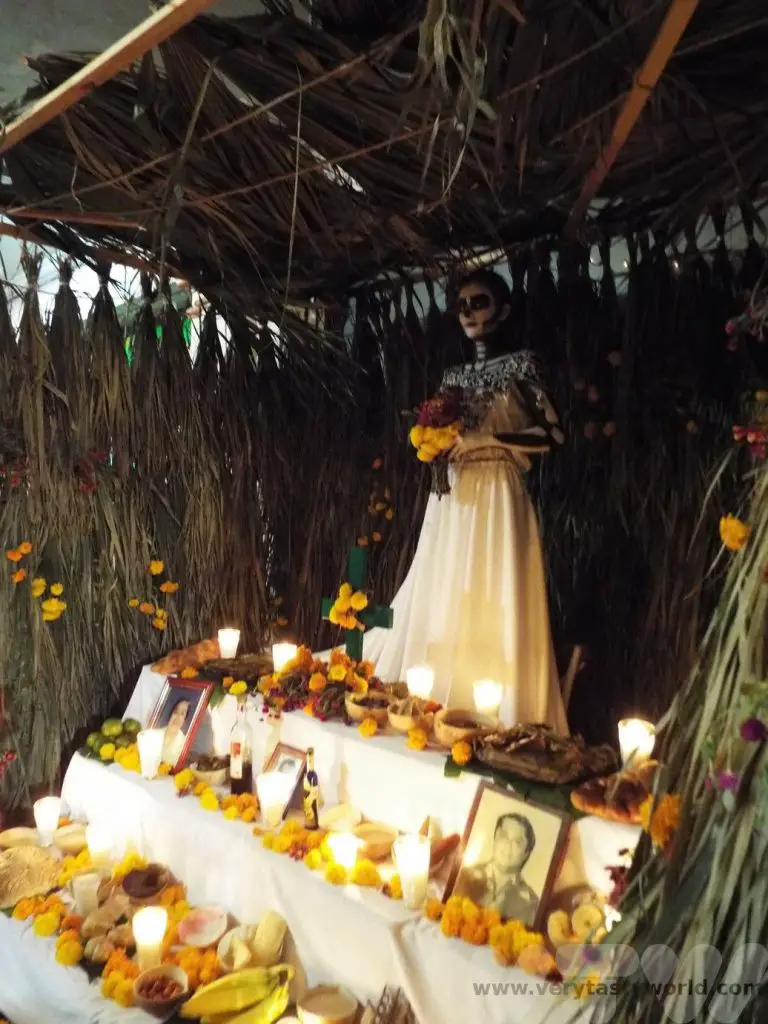
Later in the evening the party started. We enjoyed watching the local children perform a dance with great enthusiasm.
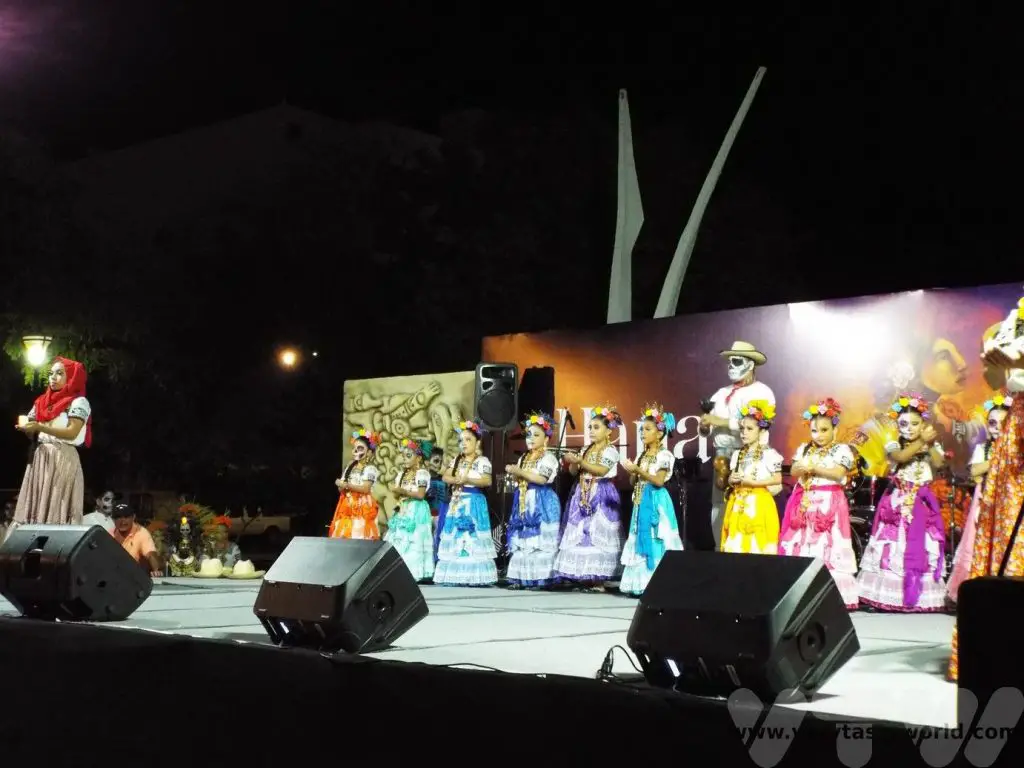
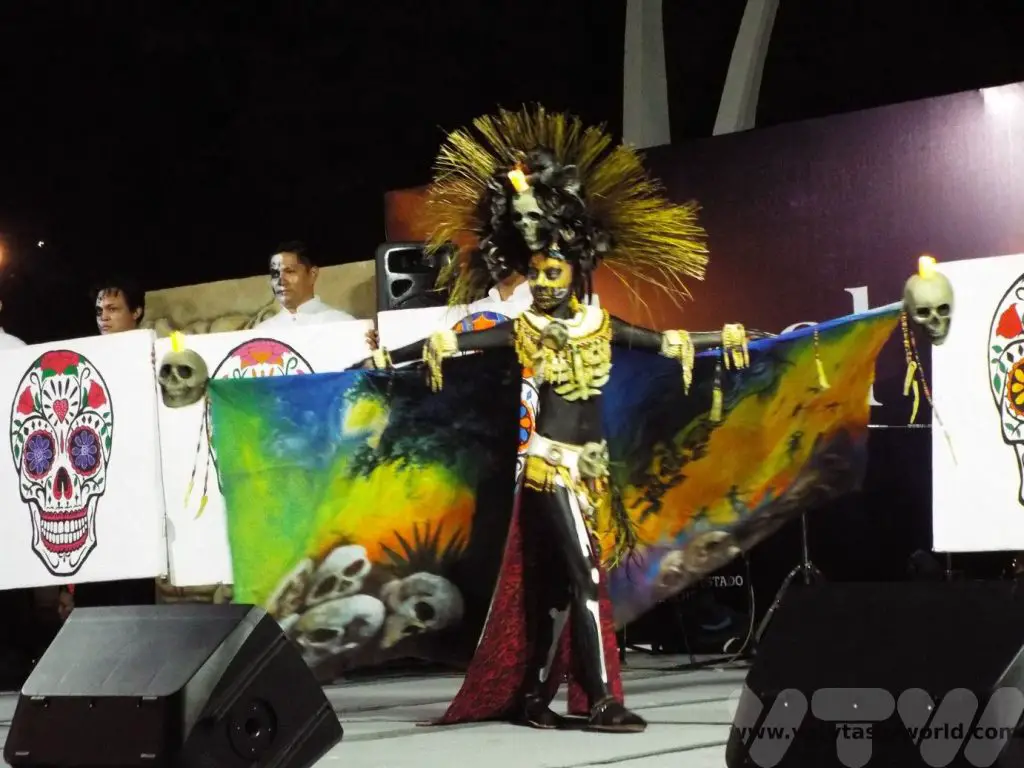
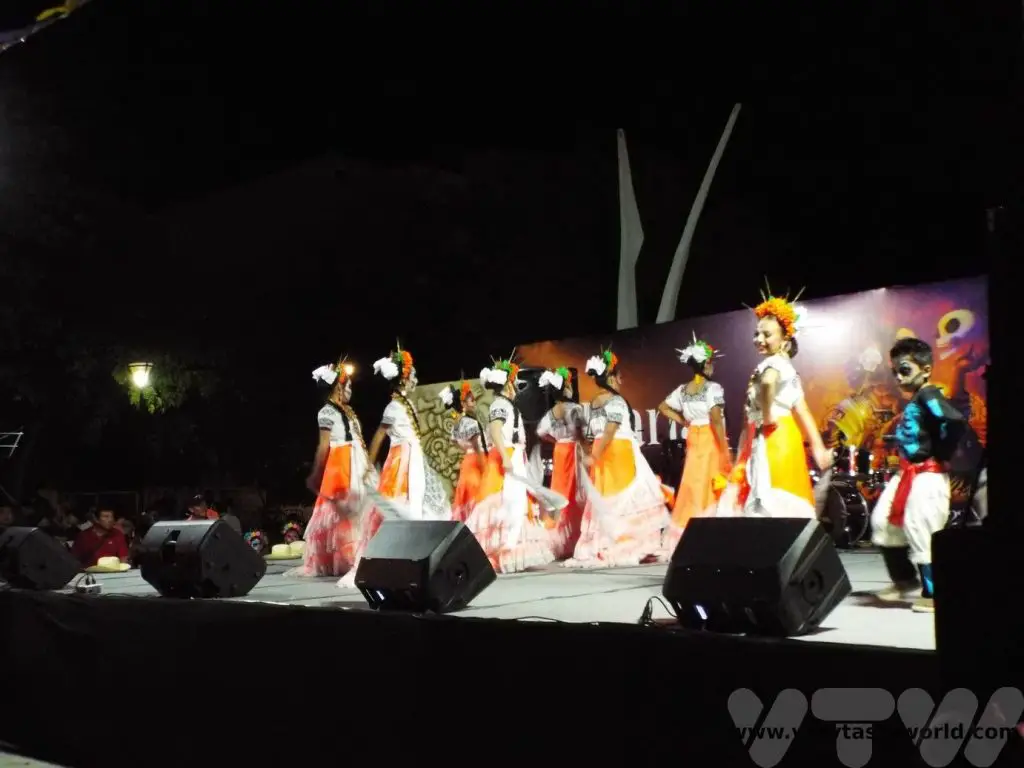
There was dancing…
…and, of course, the parade.
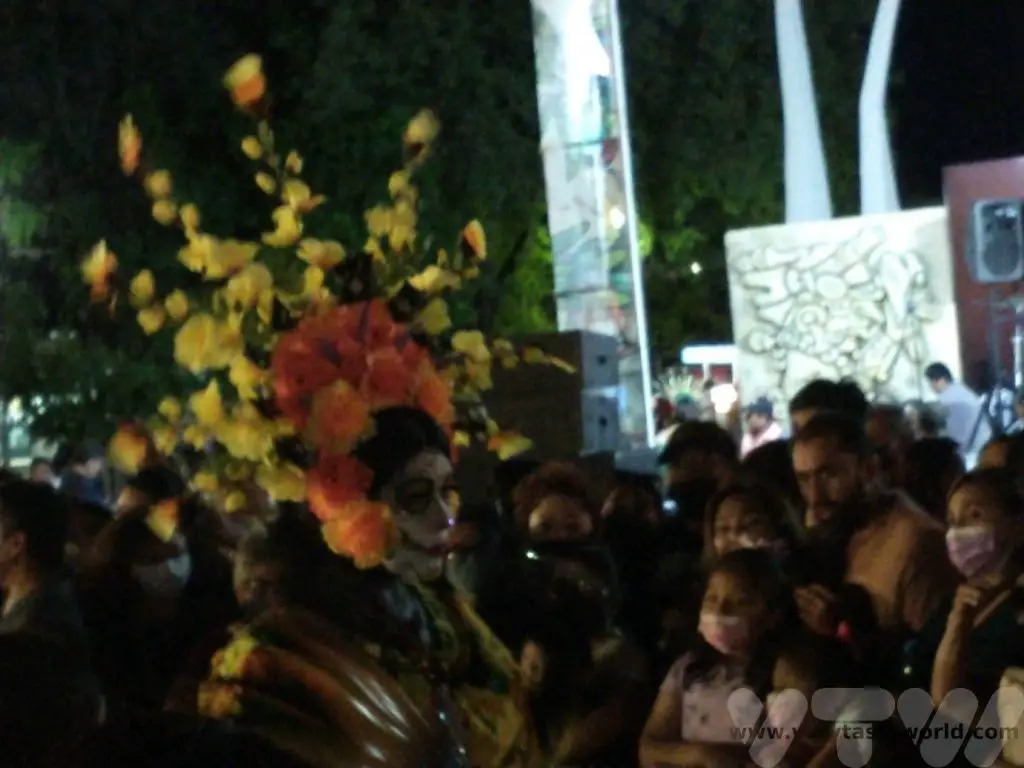
What was lovely about celebrating in Campeche was that it was a much smaller festival – it felt more intimate because it didn’t have large crowds. Above all else, it was such a happy occasion. Everyone was welcome and joining in the celebration was encouraged. We had lots of conversations with friendly locals, who were very pleased to see us.
Even the dogs took part – this little one had possibly the cutest costume ever!

Traditional Food of the Day of the Dead
Along with the food offered to ancestors at the Ofrenda, there are some dishes that are traditionally eaten during the festival.
The most important Day of the Dead food in Yucatan is mucbipollo. It is made with corn bread and shredded chicken, wrapped in a banana leaf and cooked in an underground pit known as a pib. The Mayan word ‘muk’ from mucbipollo means ‘to bury’.
It has a crispy exterior and is delicious but is quite stodgy and very filling. The best street vendors will have queues of hungry punters waiting in line to enjoy a portion.
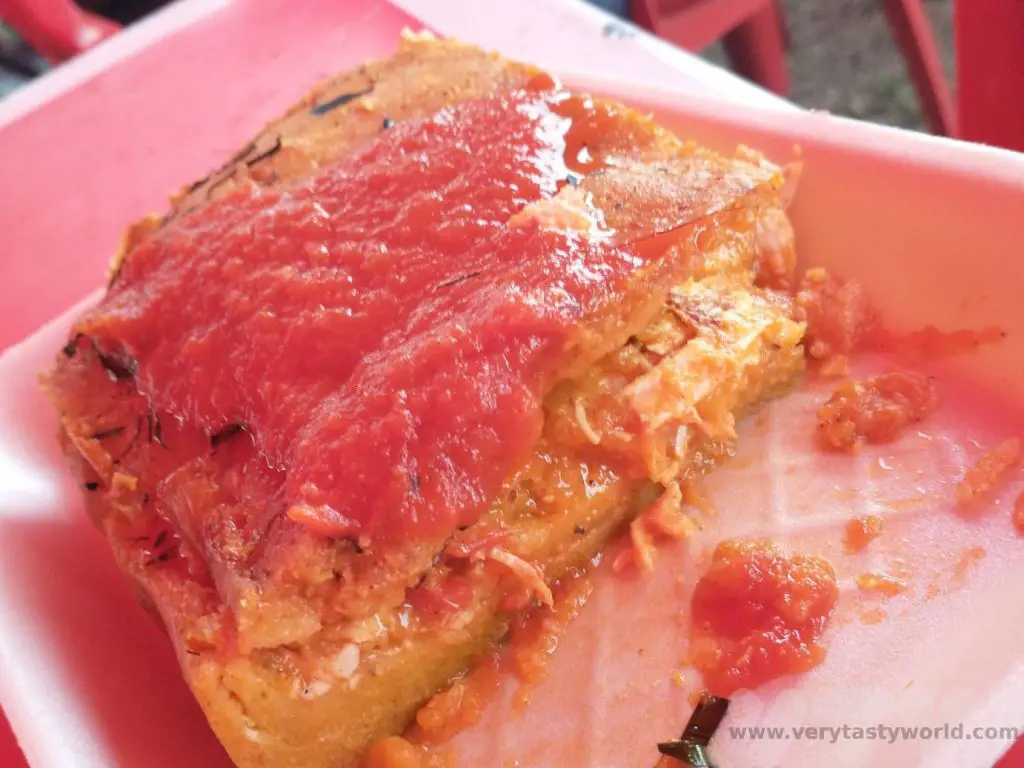
It is a great privilege to be able to join local festivals when travelling. Day of the Dead in Campeche was perfect for us as it was a much smaller, more intimate celebration than in the big cities and we were really welcomed.
And although the Day of the Dead imagery is macabre it is very much a day of joy.
Related Posts You May Enjoy

- Best Time To Visit Machu Picchu 2024 Update
- A 2 Week Patagonia Itinerary
- Day of the Dead in Campeche
- A Galapagos Land Based Itinerary
- RECIPE: How to Make Costa Rica’s Gallo Pinto
- A Tasty Puebla Food Tour
- Costa Rica Wildlife Sanctuary – Caño Negro
- Visit Torres del Paine National Park in Patagonia
- Atacama Desert Itinerary
Visit Torres del Paine National Park in Patagonia
The Torres del Paine National Park in Chilean Patagonia is one of the most breathtaking places to visit in the region. It is wild, windswept and utterly wonderful and we thoroughly enjoyed spending a couple of days exploring.
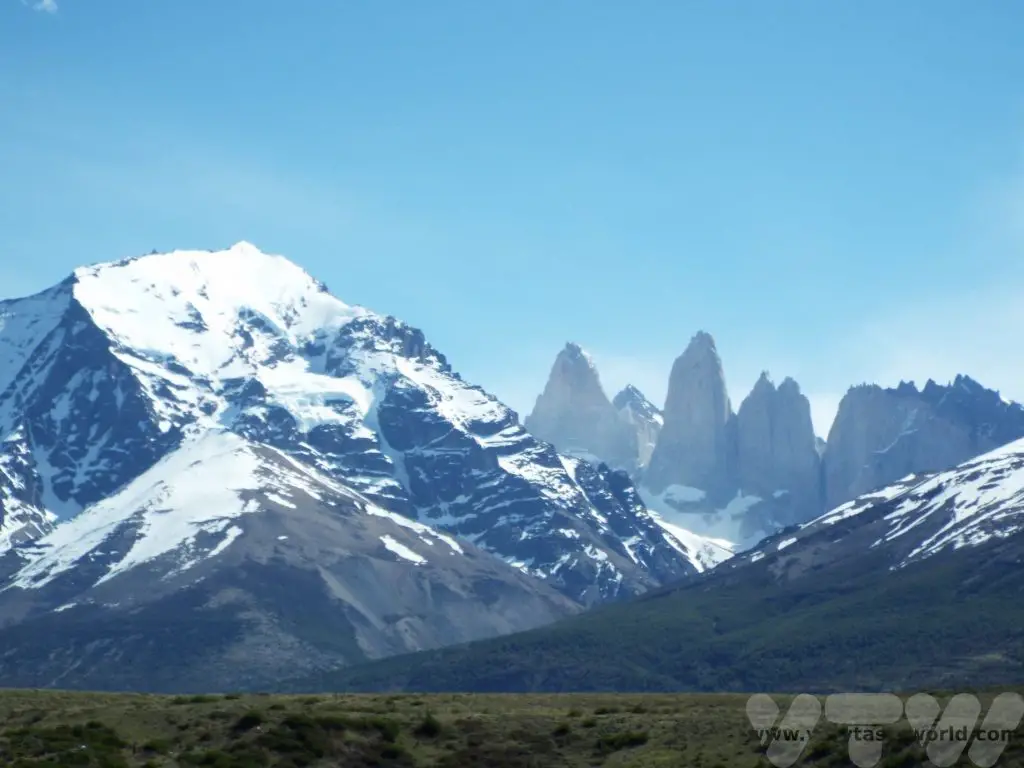
We had flown to Patagonia from Chile’s capital Santiago, where we had spent a couple of days enjoying great seafood at the Mercardo Central and visiting wine country in the Maipo Valley. The flight allowed us to enjoy spectacular views of the Andes and Chilean Lake District as we flew into Punta Arenas.
From there we caught a bus to Puerto Natales which is the gateway to Torres del Paine.
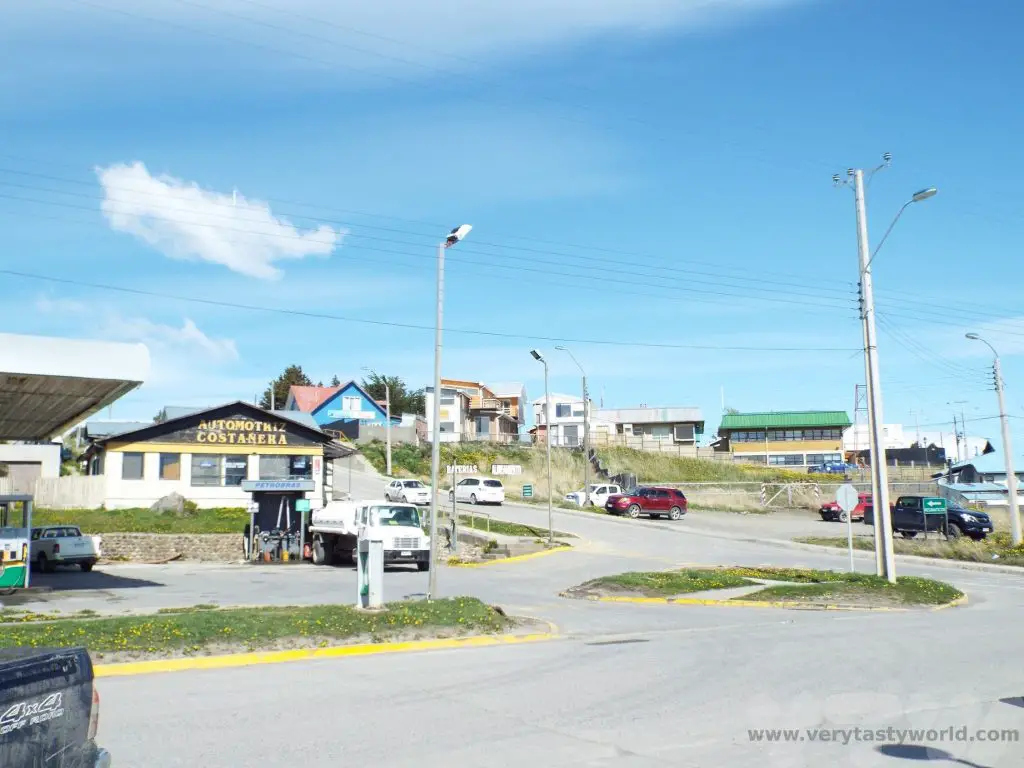
It’s a small town with a pretty lake area and we spent the night there before heading out to Torres del Paine.
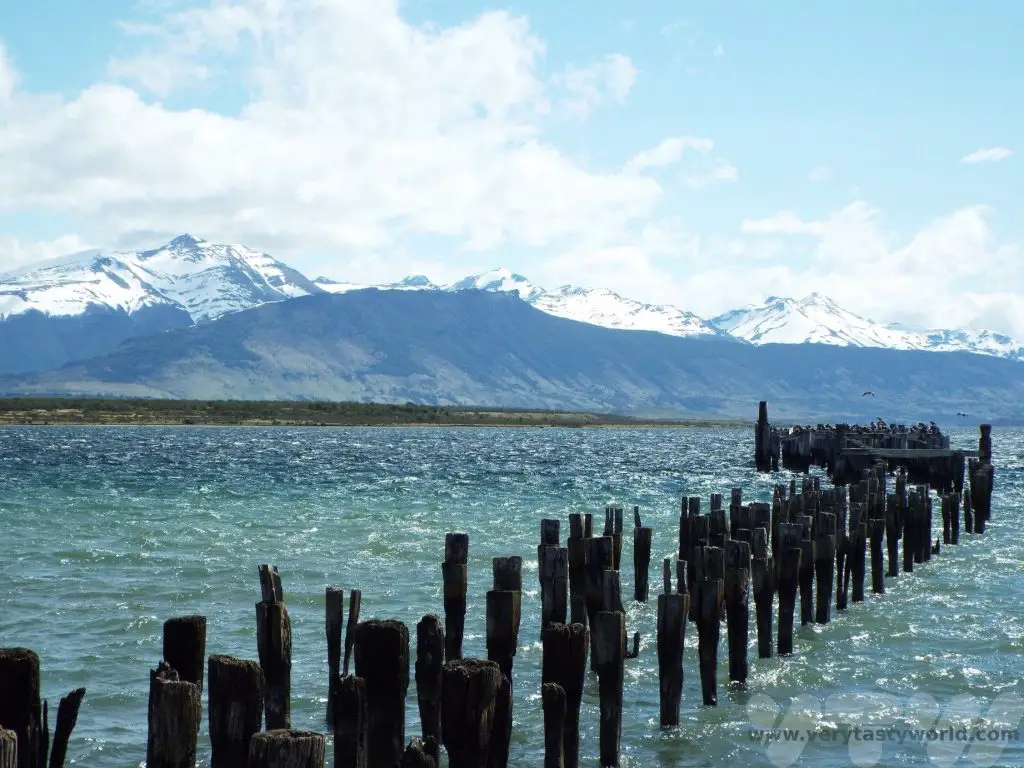
There were plenty of restaurants in town offering great seafood. With its incredibly long coastline, Chile can offer some of the best seafood on the planet. We enjoyed lots of fresh seafood platters in Patagonia, all of which were utterly delicious.
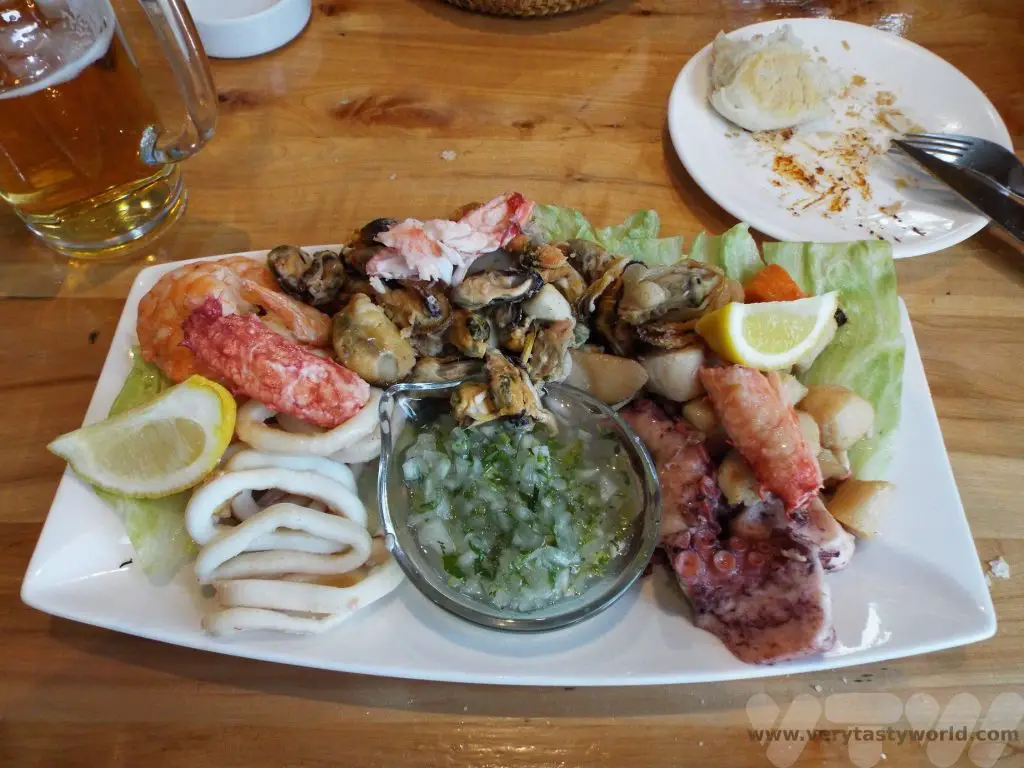
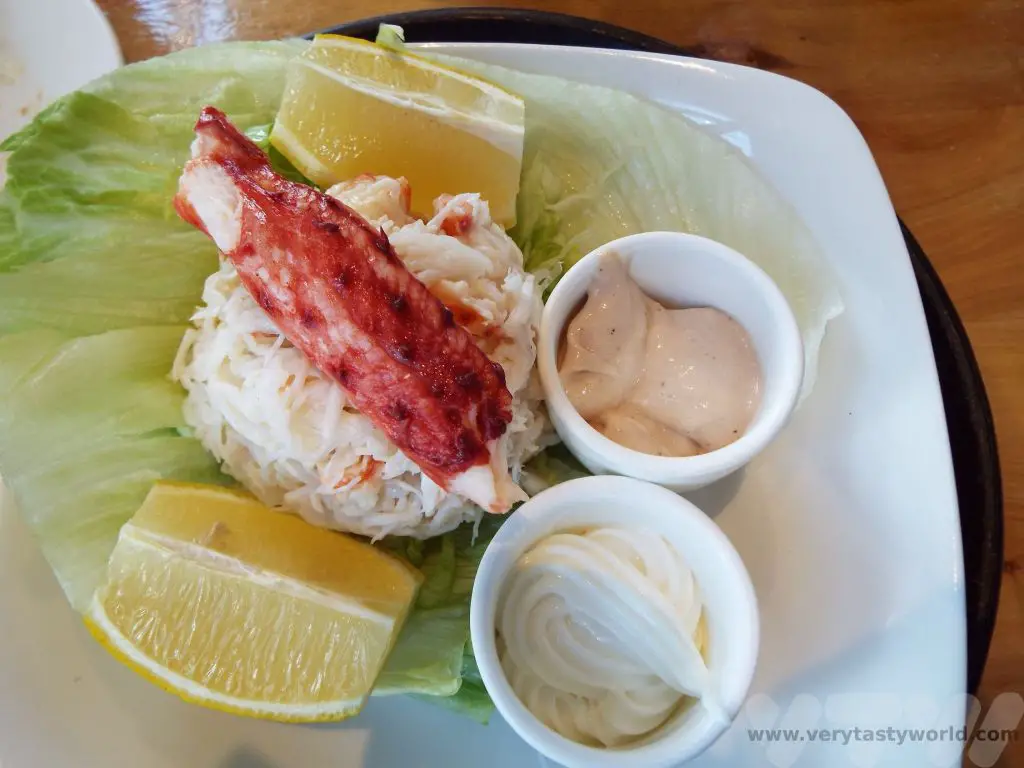
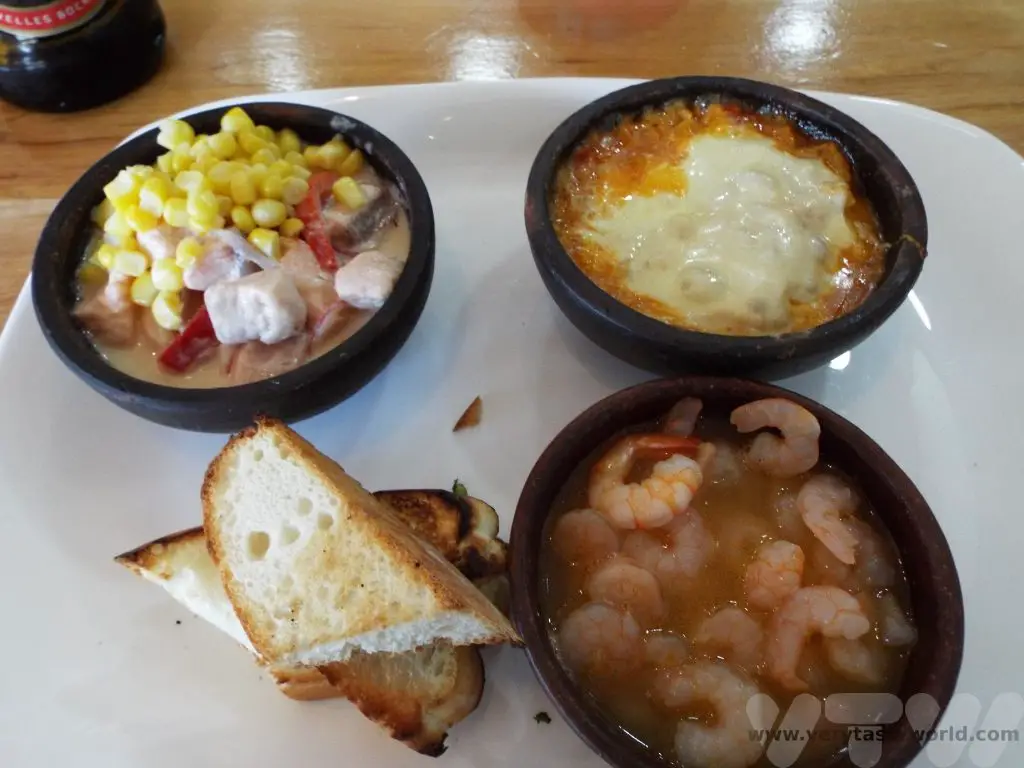
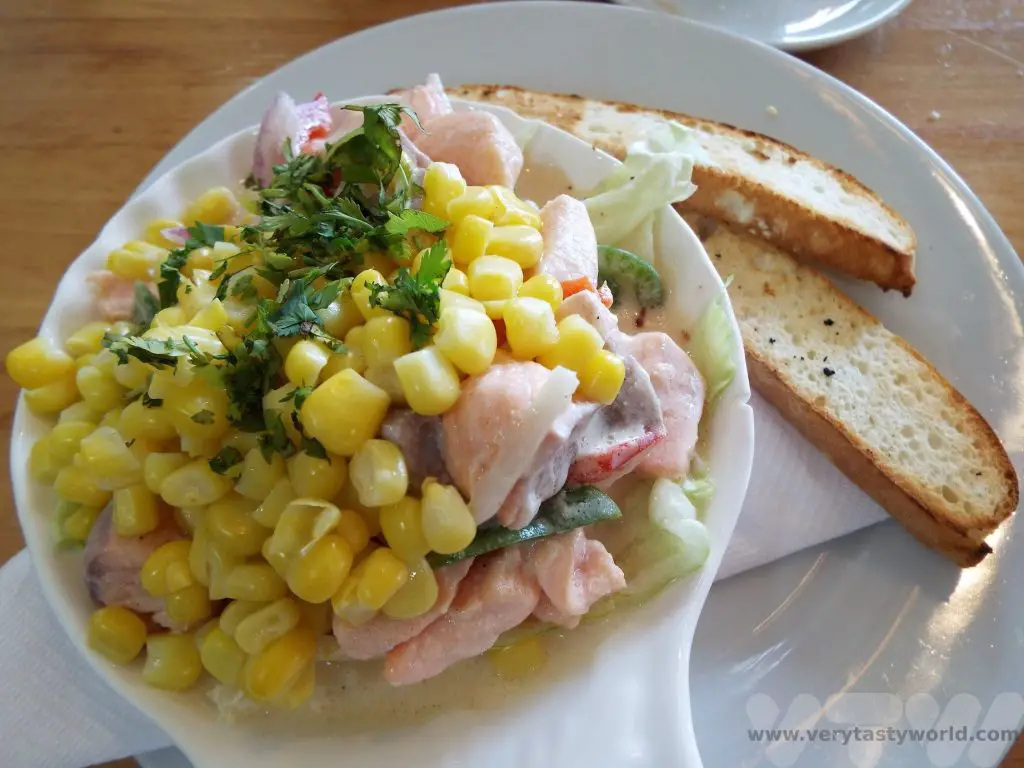
And an intriguing dish called king crab pie. We weren’t sure what it was, so we had to order. It was a gratinated dish – delicious crab meat in a cheesy sauce.
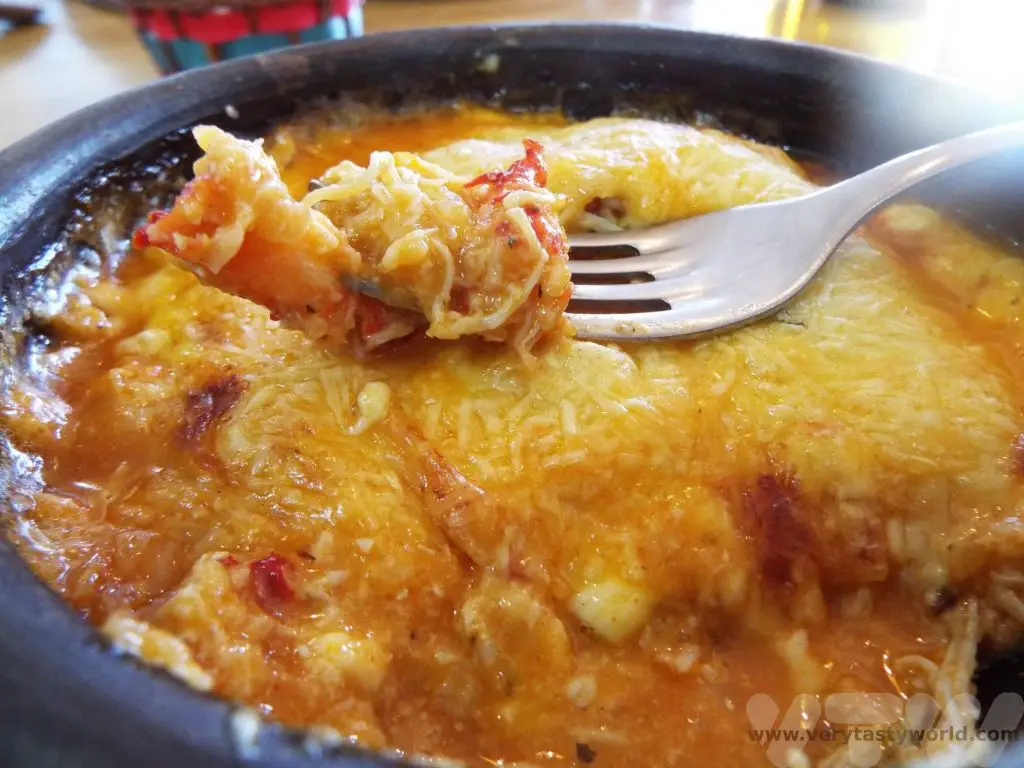
Visiting Torres del Paine – Practicalities
We hired a car for just a couple of days to take us to the National Park – the driving was very easy on clear roads. It is possible to pick up a car at Puerto Natales – the hiring process was all very straightforward and all we needed was a standard driving licence and an international driving permit. We definitely recommend driving if possible – the park is very large with amazing scenery and a car is the best way to visit the various locations at your own pace. However, buses are available from Puerto Natales and run on a regular schedule. It is also possible to join a tour – there will be agencies in Puerto Natales or Punta Arenas which offer coach tours.
When you visit Torres del Paine you have a choice of multiple entrances to the park – the tourist information centre in Puerto Natales gave us a free map of the area. It’s a maximum of 132 km from the town on well-made roads that are clear of traffic.
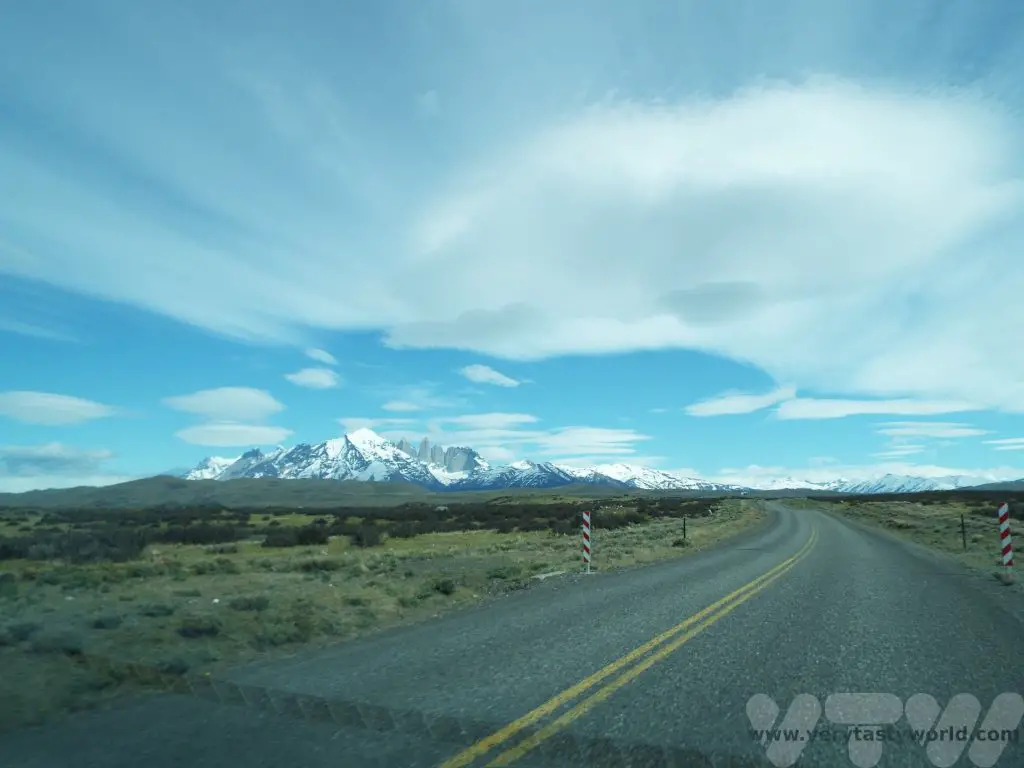
It wasn’t long before we spotted Torres del Paine’s cuernos – ‘horns’ – the famous granite peaks that rise upwards of 2000m and define the area. The cuernos have brilliantly descriptive names: Aleta de Tiburón (Shark’s Fin), Fortaleza (Fortress), La Espada (The Sword), La Hoja (The Blade), La Máscara (The Mask), Cuerno Norte (North Horn), and Cuerno Principal (Main Horn).
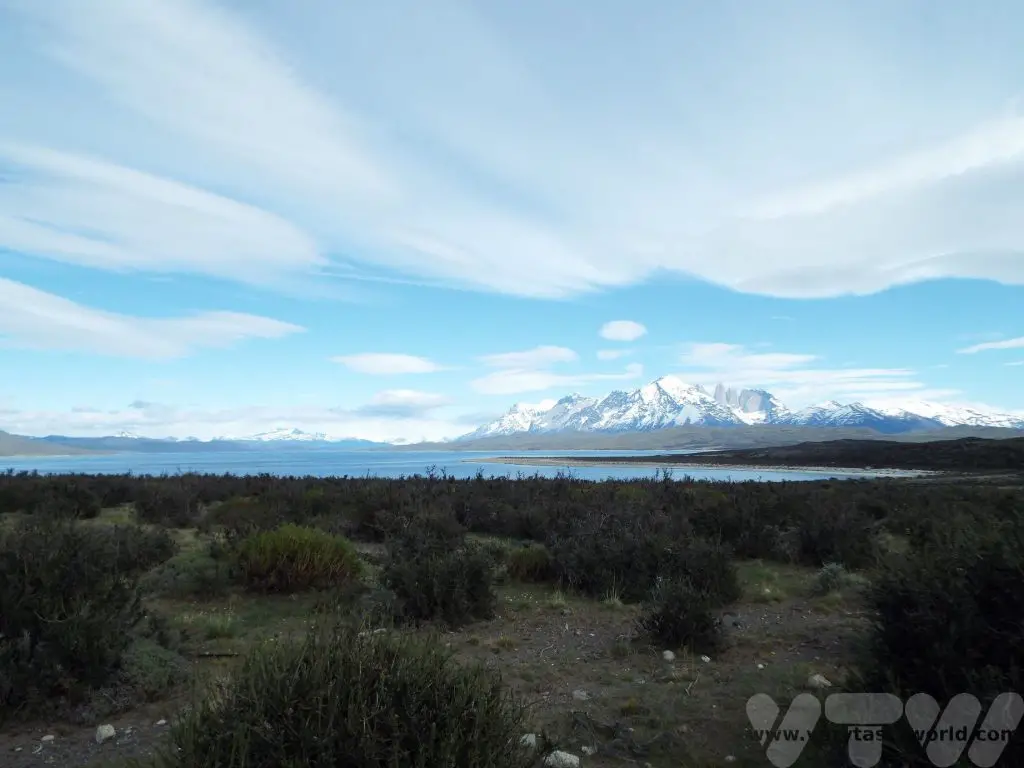
You need a ticket to enter the park – follow this link for entrance fees and ticketing information.
You also need to register at the park entrance – just show your tickets at the checkpoint.
Once inside the park the roads are more ‘natural’ – narrower, even single track in places, and many were of a gravel construction. This didn’t make the driving much more difficult – we just had to take a bit more care when encountering cars or coaches coming in the other direction.
The region is stark, wild and windswept and every inch of the journey offered us fantastic views.
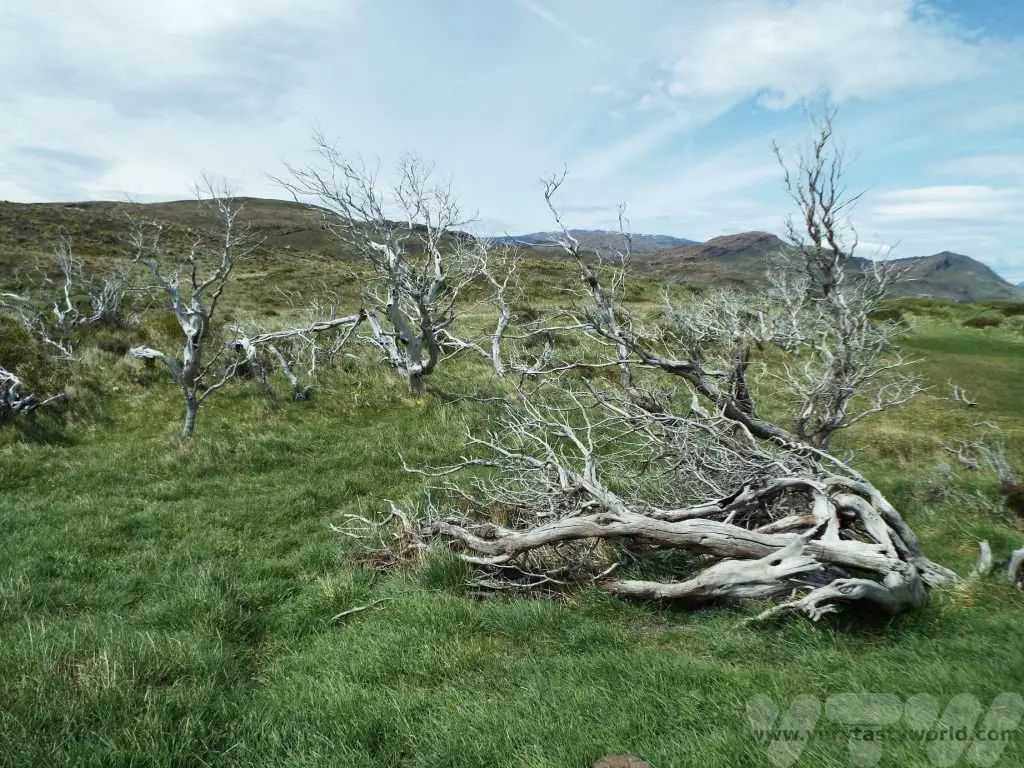
A Tour of the Park
The park is stunningly beautiful and joyful to drive through. There are plenty of places to stop and admire the views of the mountains and lakes. If you are serious about hiking, there are a number of routes through the region, some of which can take several days to complete. We were more limited on time so enjoyed a leisurely combination of driving to the many scenic places and taking lots of walks in those areas.
We passed by Lake Nordenskjöld with its turquoise water…
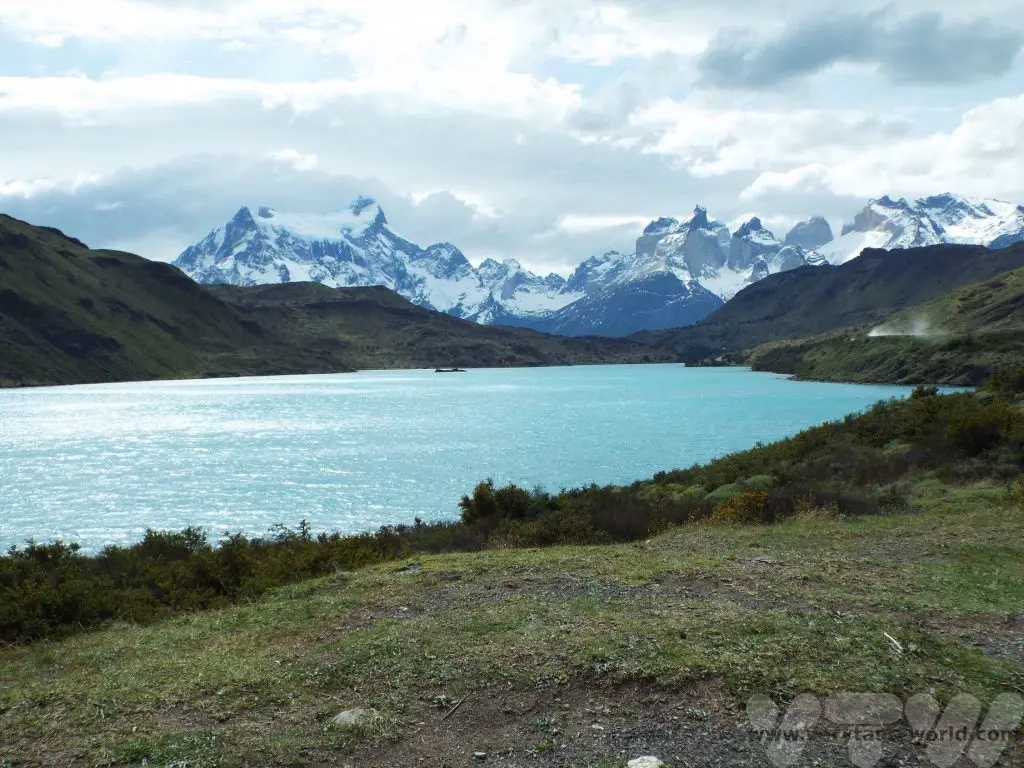
… and towards Salto Grande Waterfall is on the Paine River, fed by Lake Nordenskjöld. The falls drop around 15m into Lago Pehoé.
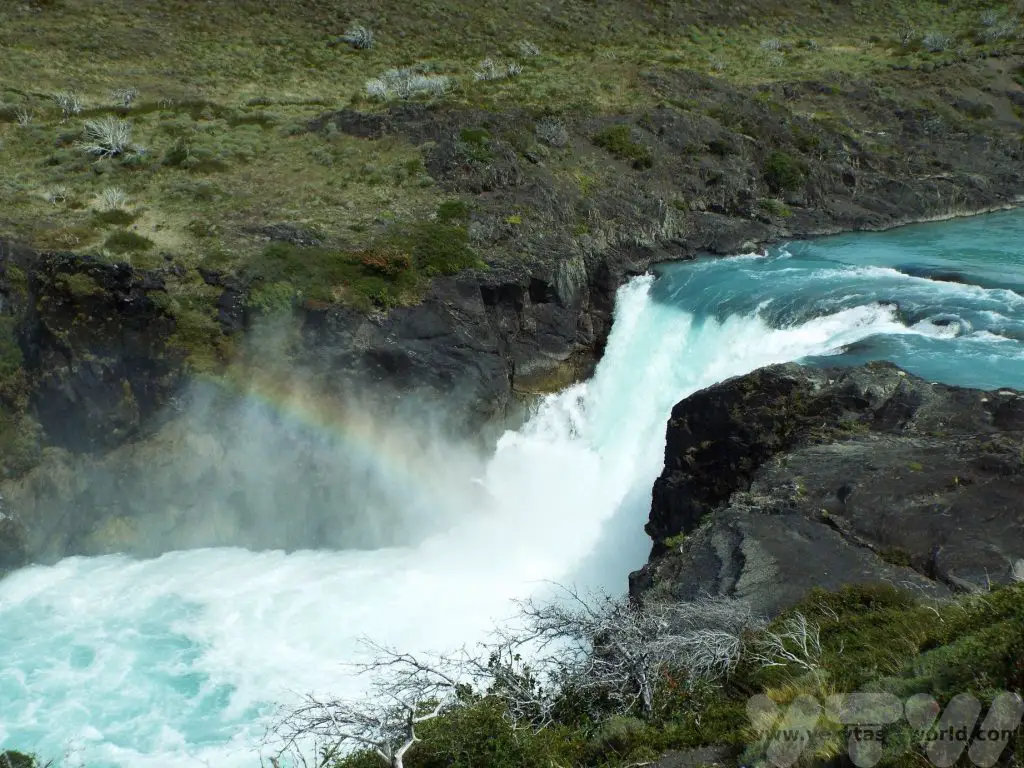
Lago Grey
Grey Lake’s name suits it perfectly. It is a fed by Grey Glacier which is part of the Southern Patagonian Ice Field. The glacier is around is thirty metres high at its highest point and approximately six kilometres wide. There is a visitor centre for Lago Grey close to the road which offers parking and refreshments/toilet facilities. It is possible to walk a 6km trail onto a desolate but strangely beautiful beach to view the lake and the icebergs that float serenely across it.
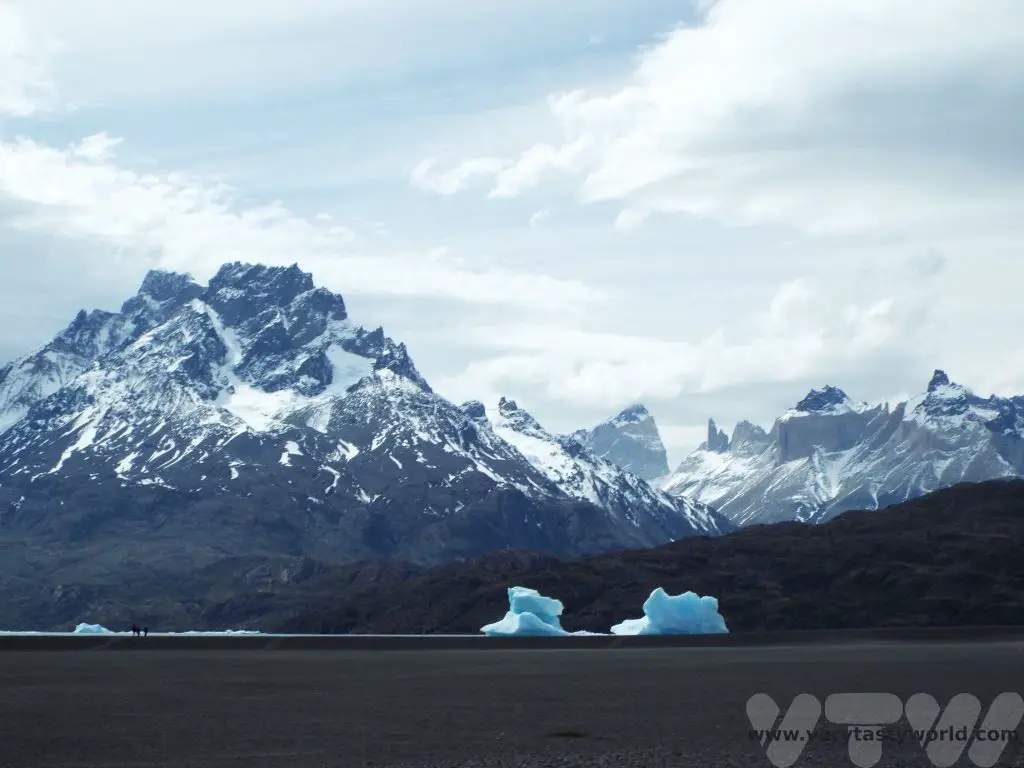
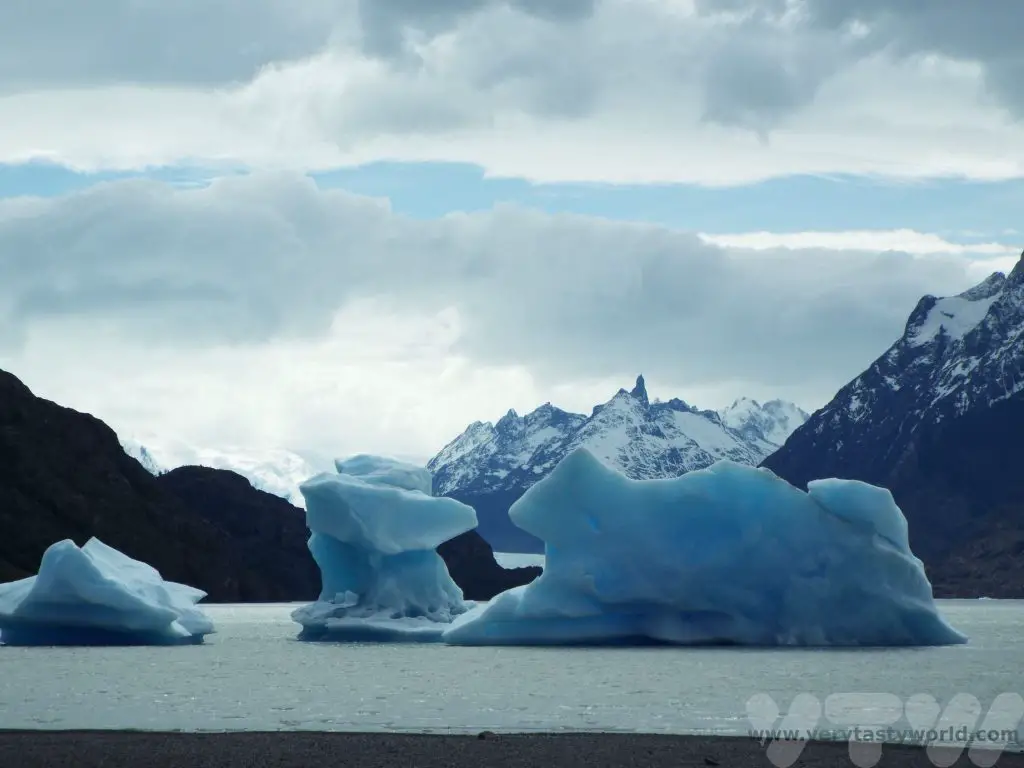
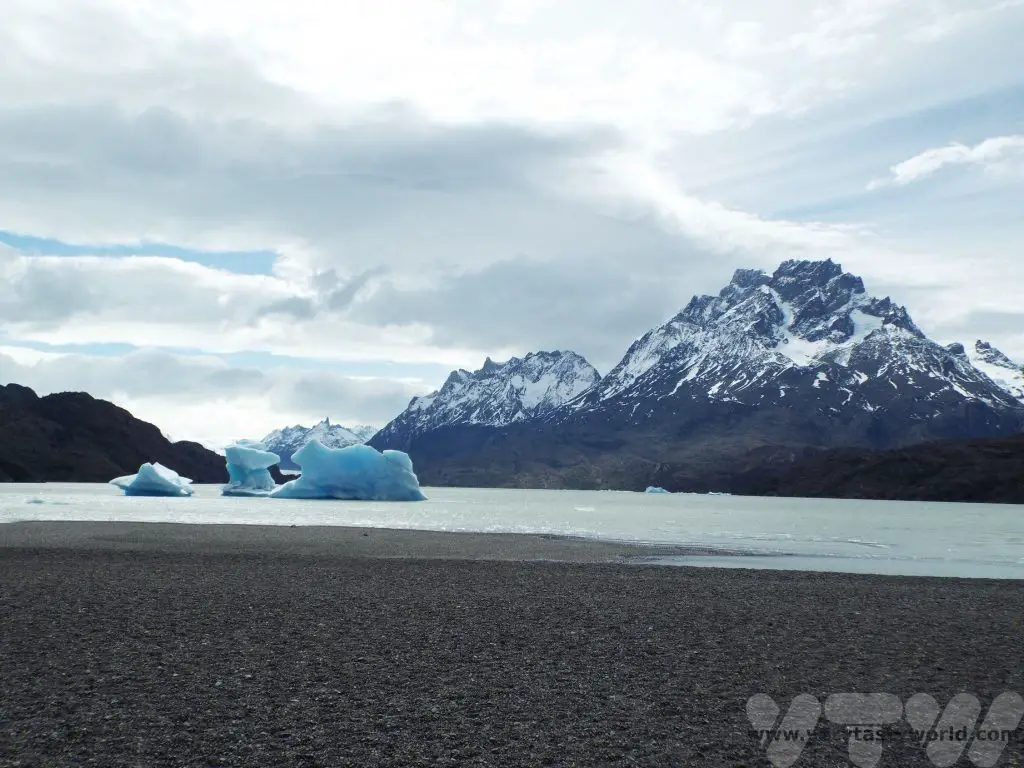
It is also just about possible to see the glacier way across the lake.
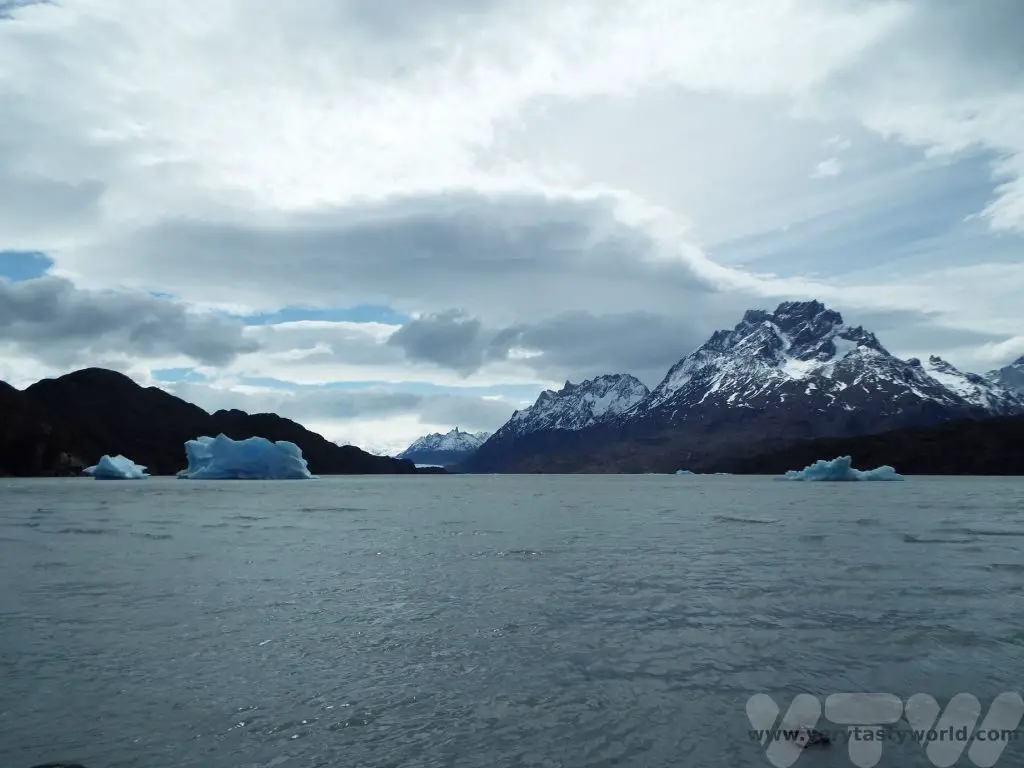
Base de Torres
We then drove up to the Base de Torres towards our hotel for the night. We stayed at Hosteria Los Torres, which was the posh accommodation option and a bit of a splurge for us.

There are cheaper accommodation options, including shelters and campsites.
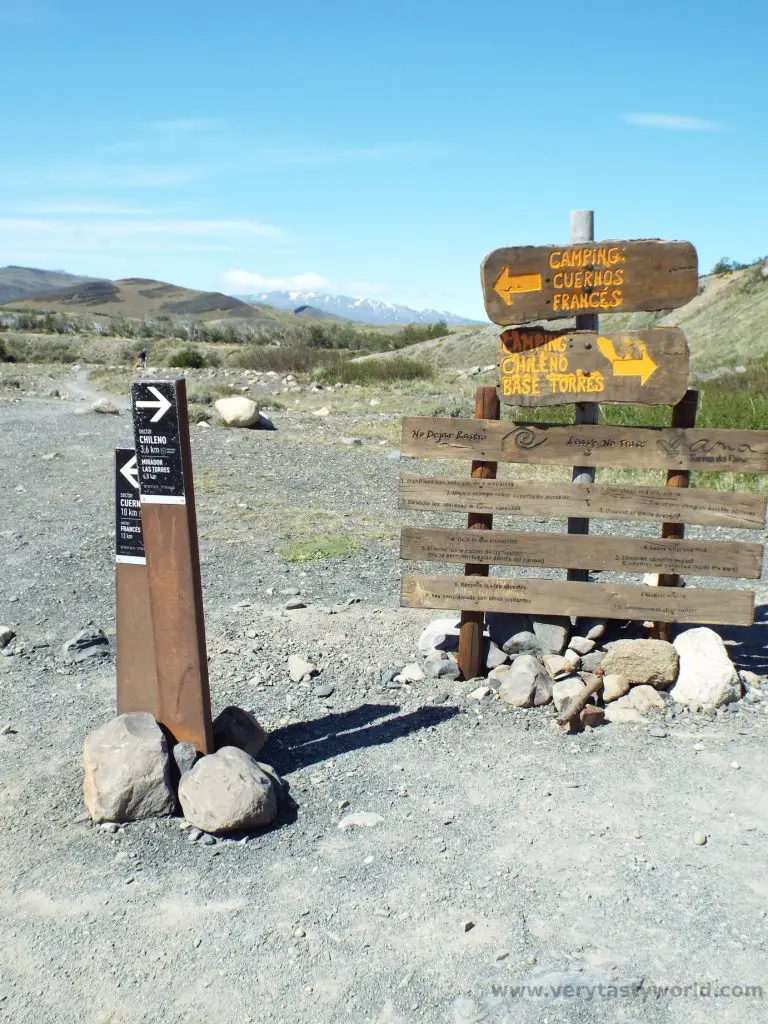
The following day we enjoyed some hiking along the Base de Torres path. We didn’t have time to do the full trek (the round trip takes around 7 hours) as we wanted to spend time exploring other areas of the park, and also needed to return the hire car, but we enjoyed a lovely, long walk on a gorgeous day. We visited in October, which was just at the start of spring and we were expecting the weather to be cold. It wasn’t – the temperature reached an unseasonably warm 20 deg C but the breeze was strong which made for perfect walking weather.
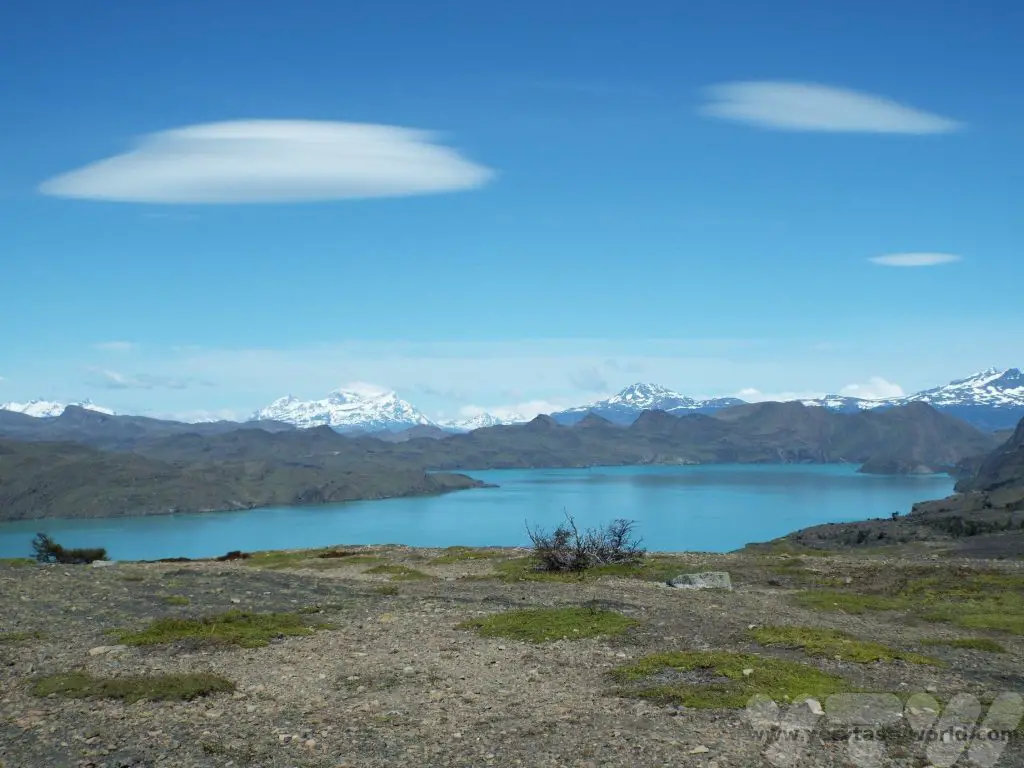
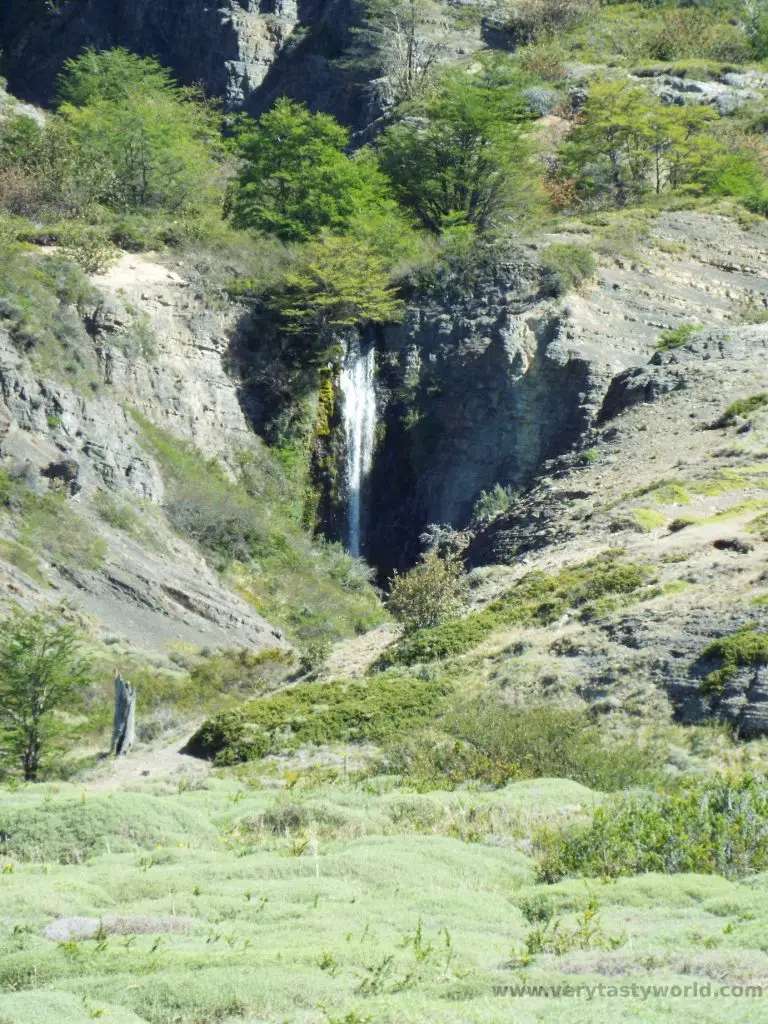
Laguna Azul
Before leaving the park we took a detour to view Laguna Azul. The road to the lake offered some fantastic views of the Torres Peaks along the way.
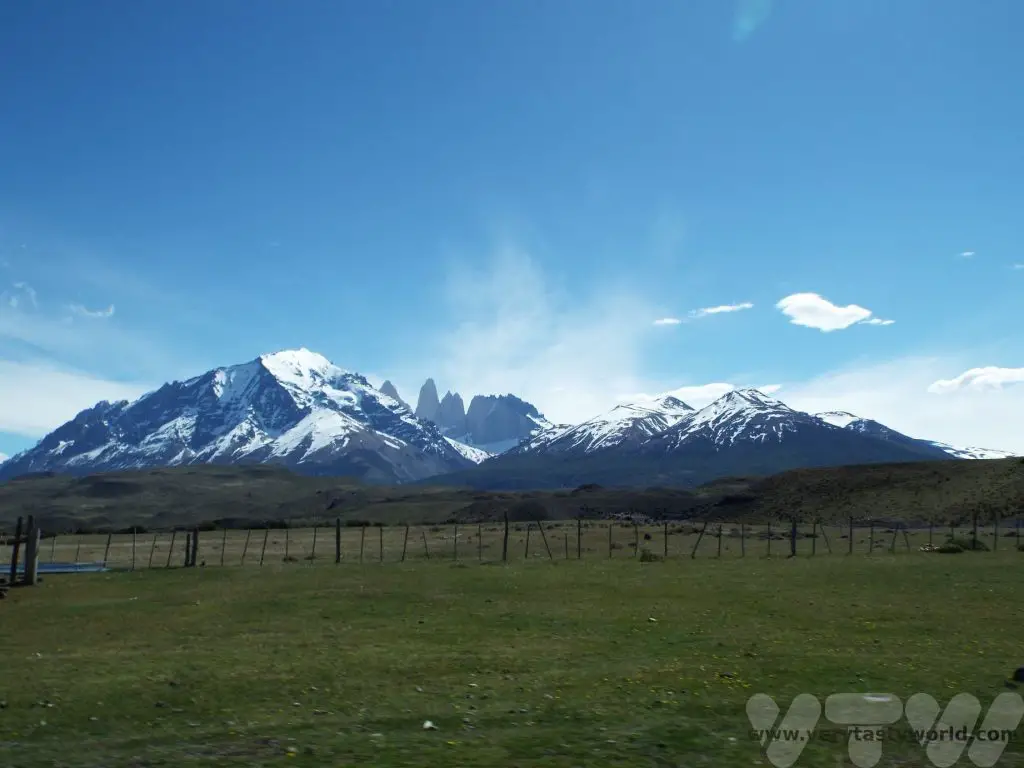
And the lake itself is very pretty.
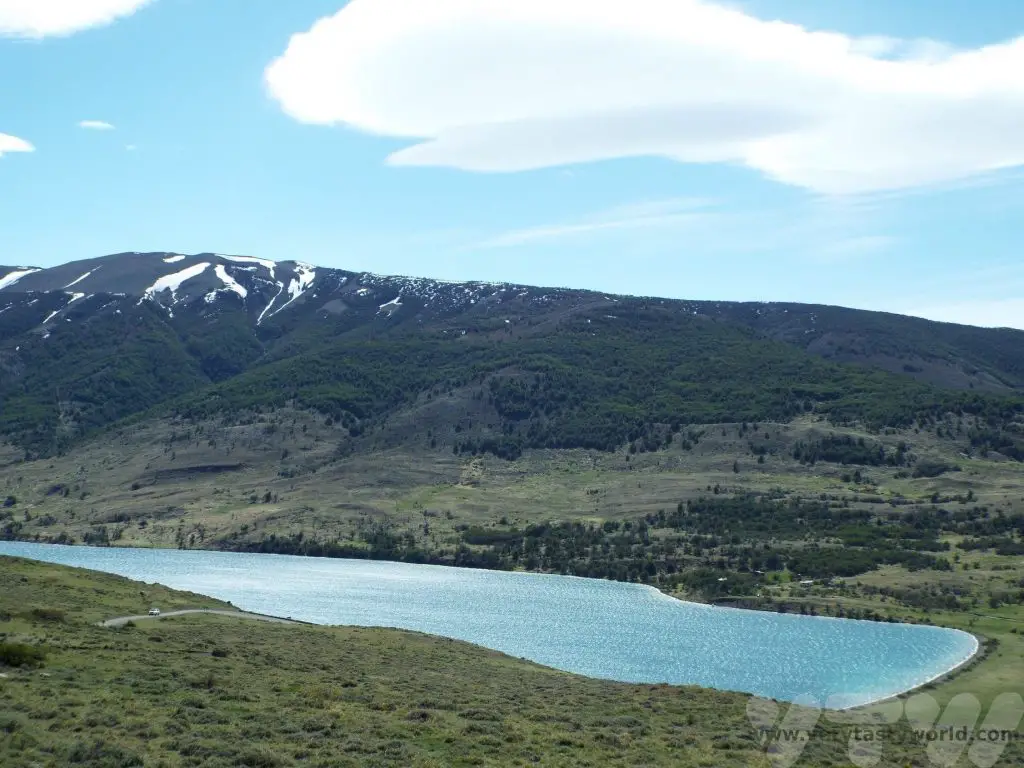
Wildlife in Torres del Paine
There is plenty of wildlife in the area although, as with all wildlife, the clue is in the name: it is wild and therefore sightings cannot be guaranteed. We were unbelievably lucky during our visit. One tip that we learned many years ago: if you see people stop, look in a particular direction and point, go over to them and find out what they are pointing at. It’s usually something interesting.
We were initially quite confused by guanacos – when we first saw them we knew they weren’t llamas or alpaca, but weren’t quite sure what they were. Fortunately local people were around to tell us about them. They were to be found all over the park.
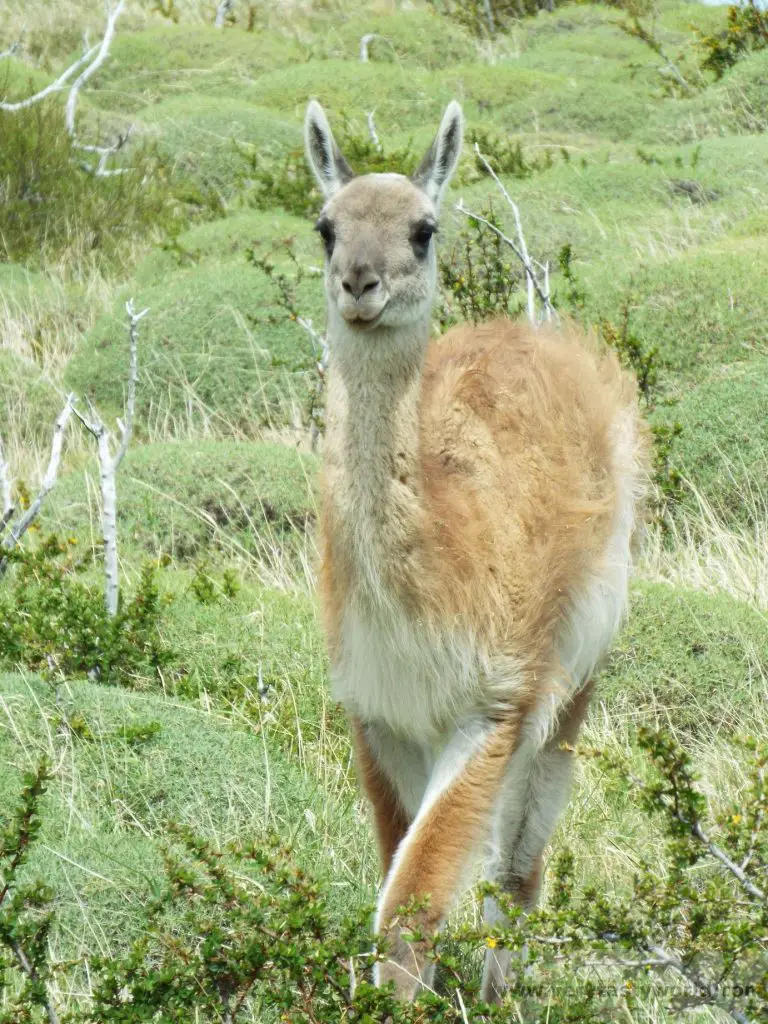
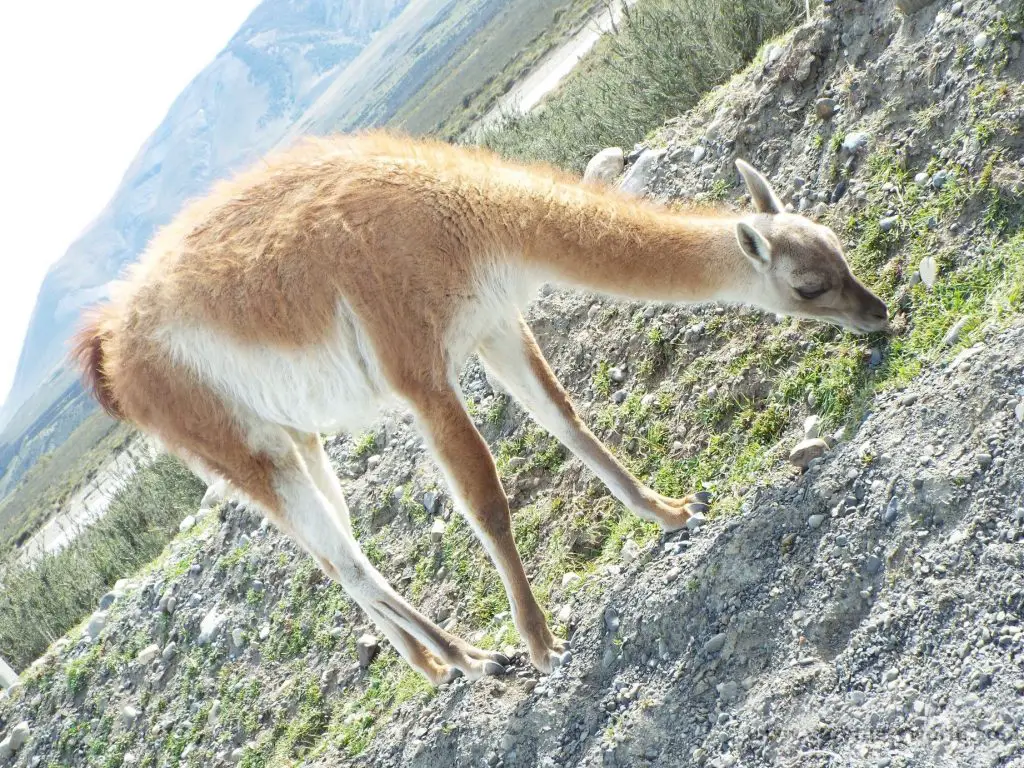
Because it was early spring when we visited Torres del Paine, the rutting season was beginning. The males compete with each other to impress the lady guanacos. They had a very funny rutting technique. (The background noise is the wind – Torres del Paine is very windy!)
We also spotted hares and lots of birds
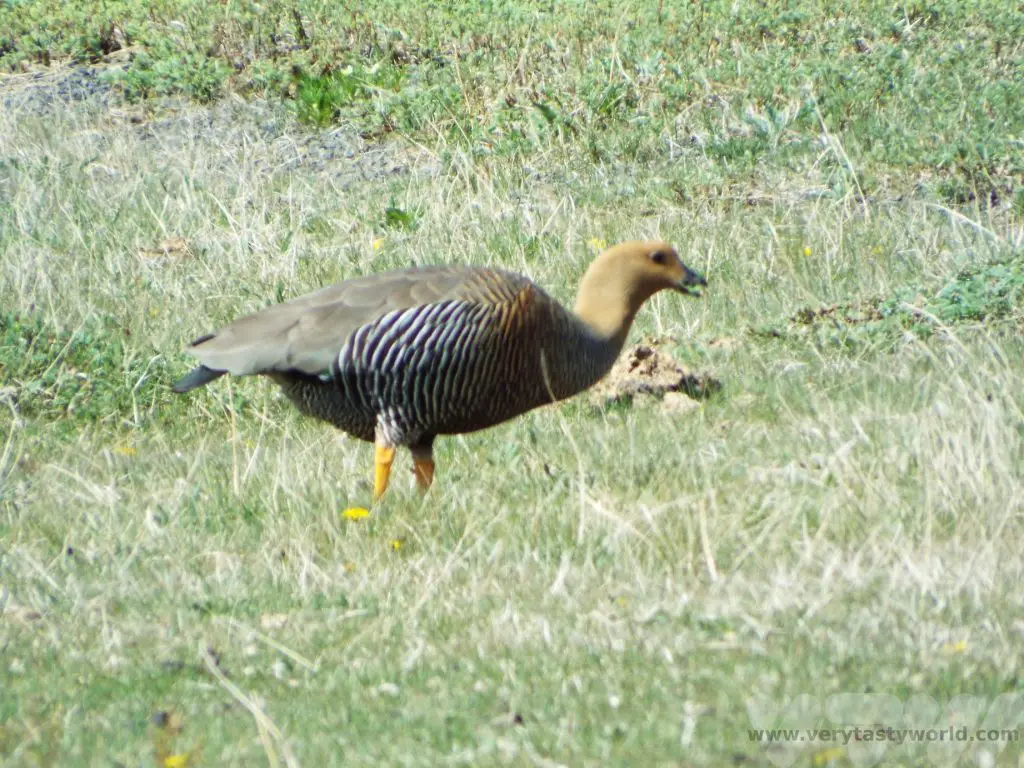
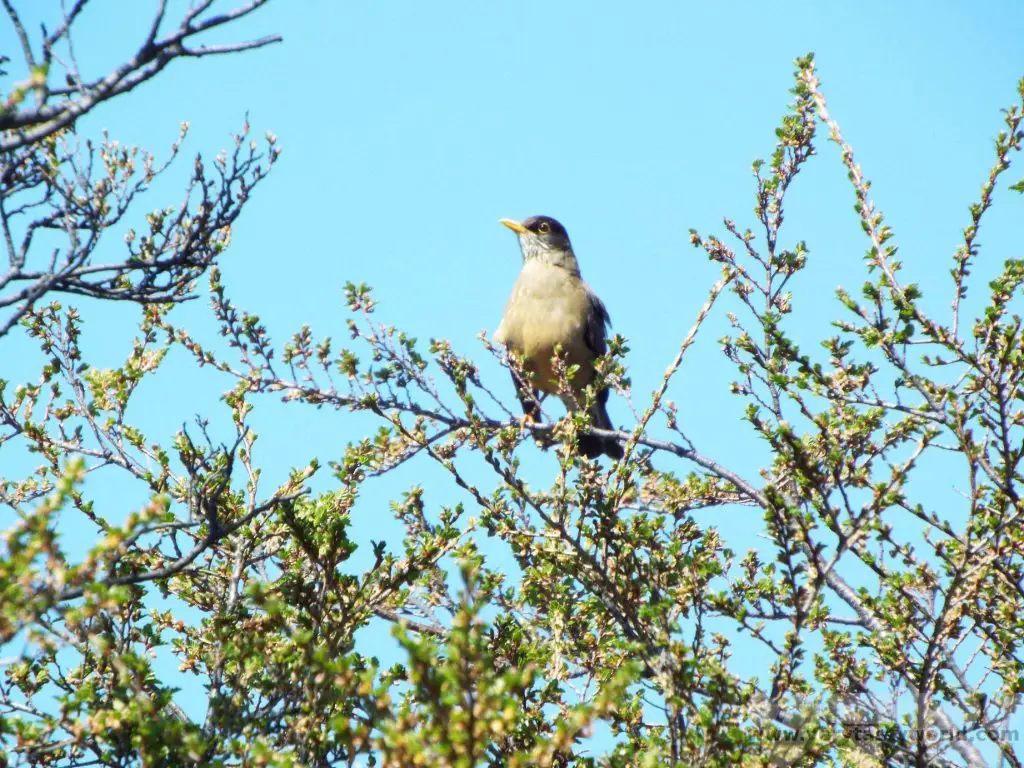
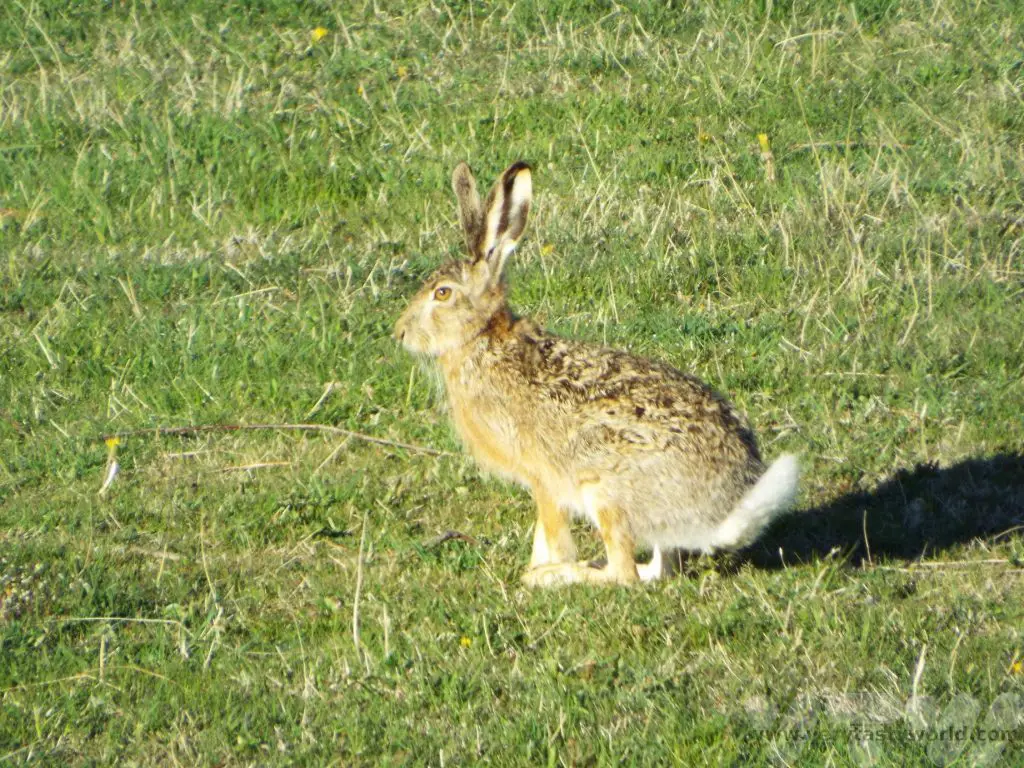
There are apparently around 200 puma living in the area, which is one of the highest concentrations in the world. They are generally quite shy and, although it is quite common to see evidence of their kills along pathways, we didn’t have high expectations of actually encountering one. You obviously have to be cautious – while they are unlikely to attack, they are big, wild cats so it is important to keep a distance. Also, never run away from a big cat – it would definitely want to chase!
We were lucky enough to see this magnificent puma on our Base de Torres walk. It was casually striding through the long grass. We got chatting to another walker as we climbed further up the route. He had been searching for a puma all day and was very envious of our sighting. We pointed him in the direction of where it had been heading but it was probably long gone.
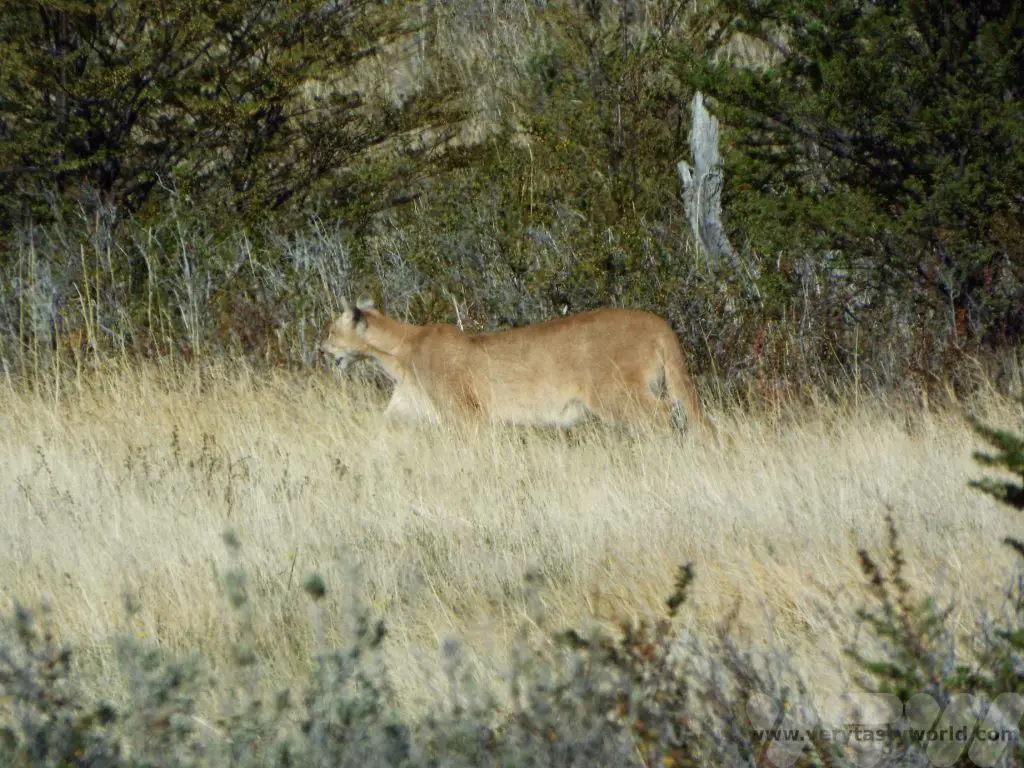
Having been lucky enough to have seen so much of the local wildlife, just as we started the drive back to Puerto Natales, we commented to each other that it would have been perfect if we had been able to see a rhea. And what should appear?
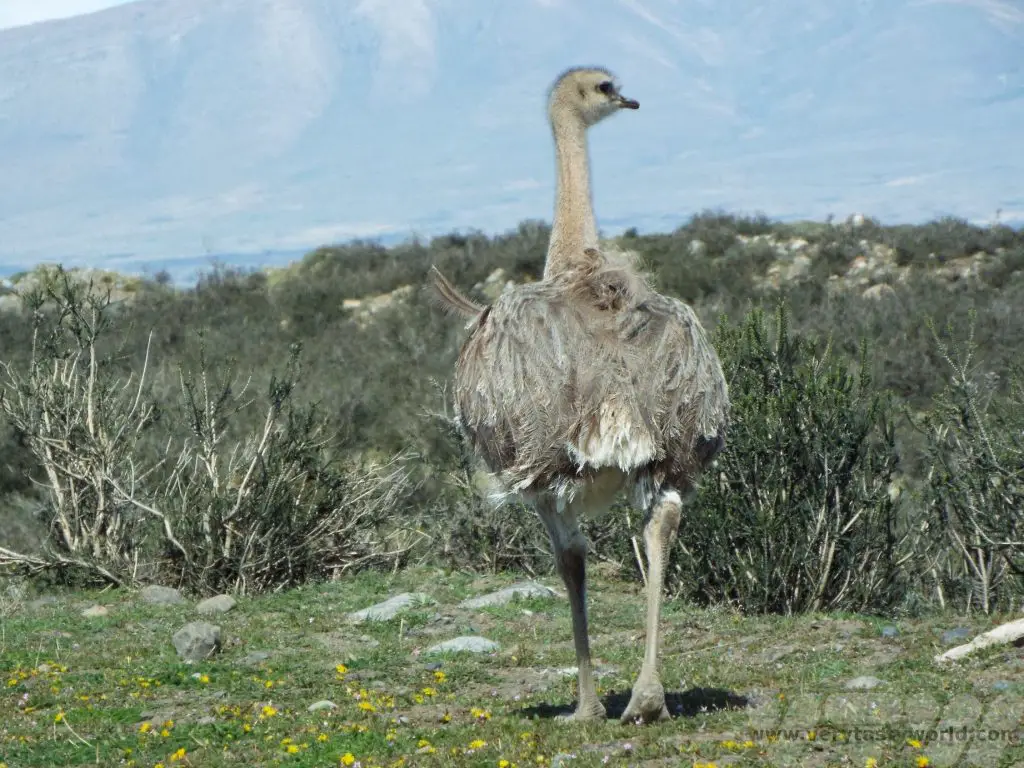
A rhea is a large, flightless bird which is similar to an ostrich. This one was enjoying a strut through the scrub.
And then, on our return to Puerto Natales, we spent one more night enjoying more seafood before heading for the bus stop the following morning, in order to make our way across the border into Argentina. Our aim was to visit Los Glaciares National Park at El Calafate and to hike in El Chalten. Torres del Paine was one of the highlights of our trip to Patagonia – wild, desolate and utterly magical.
Related Posts You May Enjoy

- Best Time To Visit Machu Picchu 2024 Update
- A 2 Week Patagonia Itinerary
- Day of the Dead in Campeche
- A Galapagos Land Based Itinerary
- RECIPE: How to Make Costa Rica’s Gallo Pinto
- A Tasty Puebla Food Tour
- Costa Rica Wildlife Sanctuary – Caño Negro
- Visit Torres del Paine National Park in Patagonia
- Atacama Desert Itinerary
Sunrise at Angkor Wat and Other Temples
The remarkable temples of Angkor Wat are undoubtedly the main draw for visitors to Cambodia. Although there are many other places to visit in this wonderful country and its neighbours in South East Asia, the temples from the Khmer empire, lost to the jungle for centuries, are astonishing in their scale and construction. If you visit Angkor Wat we recommend spending at least three days in the region. Here’s our guide to visiting, including info on the best way to see the sunrise at Angkor Wat.
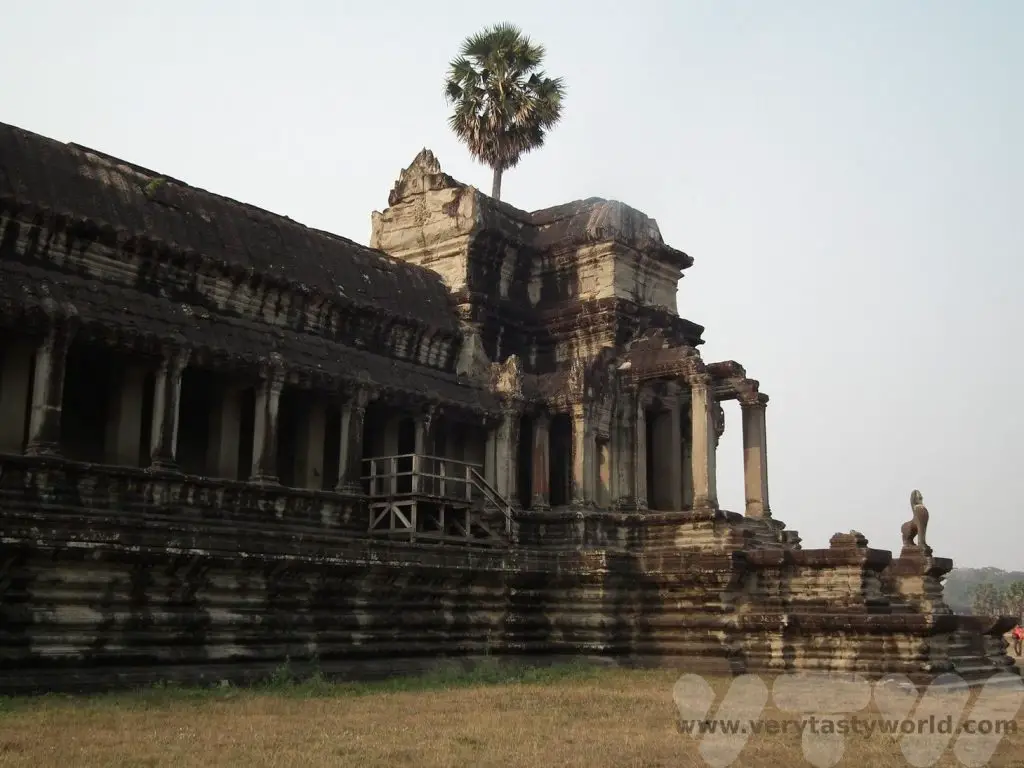
The nearest town to the main temple complex is Siem Reap, which is around 5.5 km from Angkor Wat and caters to the tourists that come to visit. There is a variety of accommodation from budget to luxury and there are loads of shops and restaurants, notably on ‘Pub Street’ where you can sample the local food. Our hotel was about 2km from the centre of Siem Reap and, while we walked back and forth most of the time, there were plentiful tuk-tuk drivers to transport us if we needed.
History of Angkor Wat
Angkor means ‘city’ and Wat means ‘temple’ – so Angkor Wat literally means ‘City Temple’. The temple complex is believed to be the world’s largest religious building.
Angkor was the central city for the Khmer kings between the 9th and 13th centuries. The Khmer Empire was vast and one of the most sophisticated kingdoms in South East Asia. Many buildings and temples were constructed by the Khmers over the centuries. At the height of their civilisation, Angkor Wat was the biggest construction, built in the early 12th century at the behest of Suryavaram II as a dedication to the Hindu God Vishnu. The temple complex is said to represent Mount Meru, the home of the gods, with the surrounding walls and moats symbolising mountains and oceans. The walls are covered with bas-reliefs, stretching for almost one kilometre they tell of tales from Hindu mythology and of the glories of the Khmer empire.
Angkor was sacked in 1177 and Jayavarman VII decided to build a new capital a short distance away, at Angkor Thom. This was, again, a religious complex, but this time a Buddhist temple. Angkor was sacked by the Thai people and then abandoned in the 15th Century, becoming a ‘lost’ city, a city of legends, to be ‘rediscovered’ by French explorer Henri Mouhot in 1860. In 1908 restoration of the complex began. It ground to a halt during the 1970s during the political unrest during the brutal regime of the Khmer Rouge and when work resumed in the 1980s extensive repairs were required. Angkor Wat became a UNESCO site in 1992 and restoration work has continued to this day.
Visiting Angkor Wat – Practicalities
You need to have a ticket in order to visit Angkor Wat and the surrounding temples. While it is possible to visit the main temple and Angkor Thom in a day, as both are located quite close to each other, we chose the 3 day ticket so that we could explore some of the other temples in the region. It is also worth finding a guide and transportation as many of the temples are located several kilometres apart. There are various options for getting a guide. We had one lined up prior to arriving in the nearby town of Siem Reap but you should be able to find a reputable, certified guide via your hotel. There will also be many guides around Siem Reap who will offer their services, which may or may not be reliable. And, of course, you can find online tours, which will usually have reviews, so you can check those out. The best guides will know when to visit the attractions in order to avoid the worst of the crowds, will be able to show you the ideal photo spots and, most importantly, will also have loads of information about the history of the sites.
If you don’t wish to have a guide you will still need transportation especially if you plan to visit some of the temples that are further away. Tuk-tuks are easy to find in Siem Reap and are a great way of getting around. You can negotiate a price with the driver.
You cannot get into Angkor or the surrounding temples without a ticket which you buy at the official ticketing centre. The tickets are non-transferable and will have your photo printed onto them. Click here for the latest info and prices.
You can get 1 day, 3 day or 7 day passes. They don’t have to be used on consecutive days. The 3 day pass can be used over the course of a week and the 7 day pass can be used over a month. We had a 3 day pass which enabled us to visit a number of the temples.
There is also a code of conduct for visitors, which are basically a matter of common courtesy:
Wear appropriate clothing (i.e. be respectful, very short shorts and sleeveless shirts are not suitable).
Do not touch the monuments.
Refrain from talking loudly.
Do not enter prohibited areas. These are clearly marked and are usually there for safety reasons.
No smoking.
Do not buy souvenirs from children – they should be in school.
Do not take photos of monks, unless you ask their permission. Also, do not touch monks. (But, honestly, why would you?)
Sunrise at Angkor Wat – The Main Attraction
Seeing the sunrise at Angkor Wat is an essential activity. Unfortunately this is an essential activity for all visitors so it does get really crowded. There are two tips to make the sunrise visit easier.
The night before your visit, ask your hotel or hostel to prepare a packed breakfast for you or stock up on some food from any of the many stores in Siem Reap. Then set your alarm and get an early night. Try to get to the site as early as possible. The site will be open from 5am. (N.B. Most other sites are open from 7:30am so Angkor Wat is an exception.) If you are with a guide, they will often know the best spots from which to view the sunrise. It’s worth the wait as the darkness fades and anticipation mounts as the sun begins to appear.
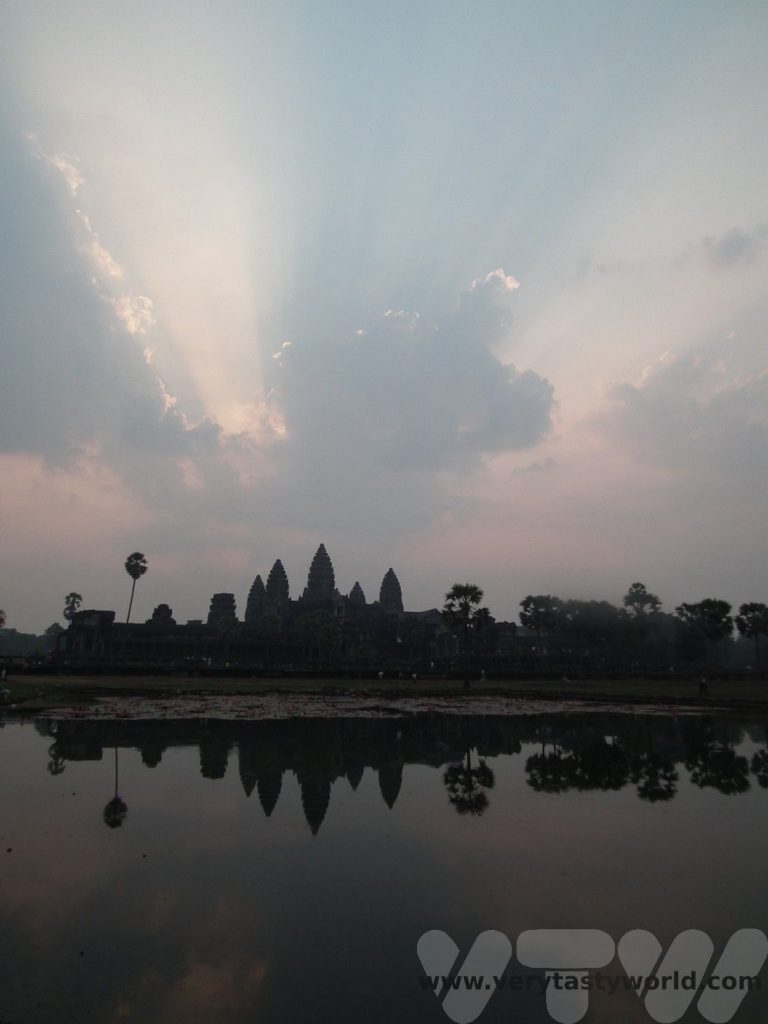
Once the sun has risen and the assembled throng have sighed their admiration, most people will go back to their hotels for breakfast. If you have your breakfast with you, you can enjoy it whilst admiring the view before the temple itself opens and then be first – or at least amongst the first – in the queue to explore the complex properly. It made a huge difference to us – exploring the temple with only a few other people around.
As time goes by, it’s a possibility that increasing numbers of visitors will cotton on to this tactic so it’s always worth checking with the guides or your hotel to find out when is the best time to visit. And, having enjoyed a peaceful exploration of Angkor Wat, when we went into Angkor Thom the Bayon was swarming with visitors.
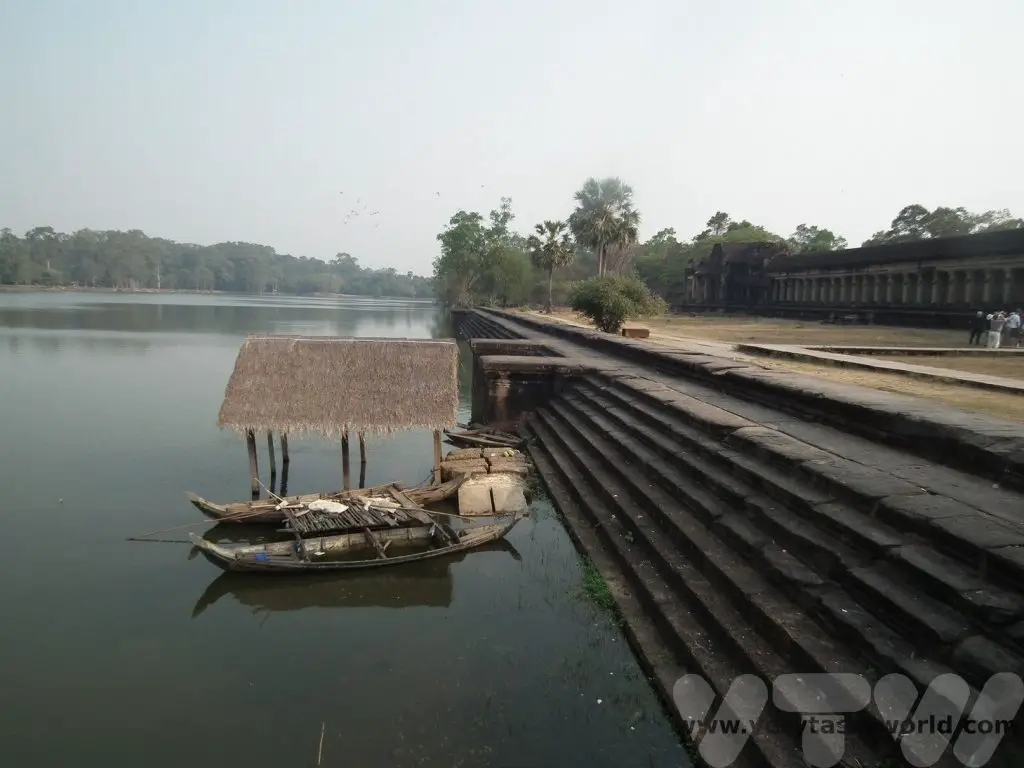
The Angkor Wat complex is surrounded by a large moat.
The temple itself is located on a raised terrace with three galleries, each increasing in height, surrounding a central tower.
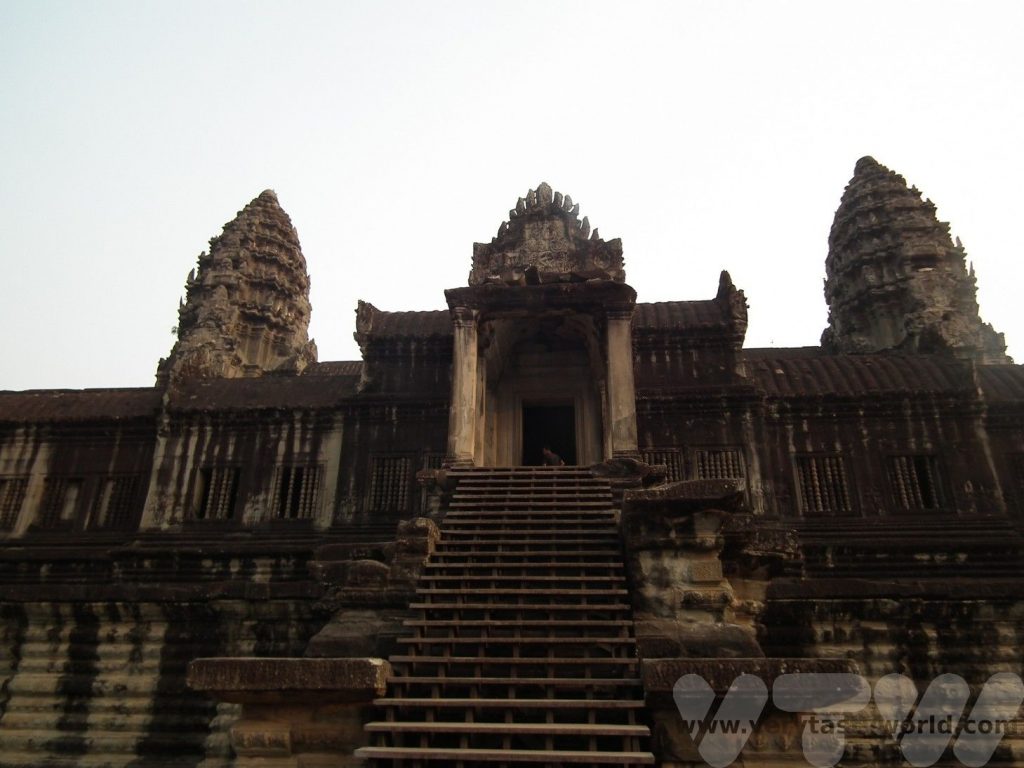
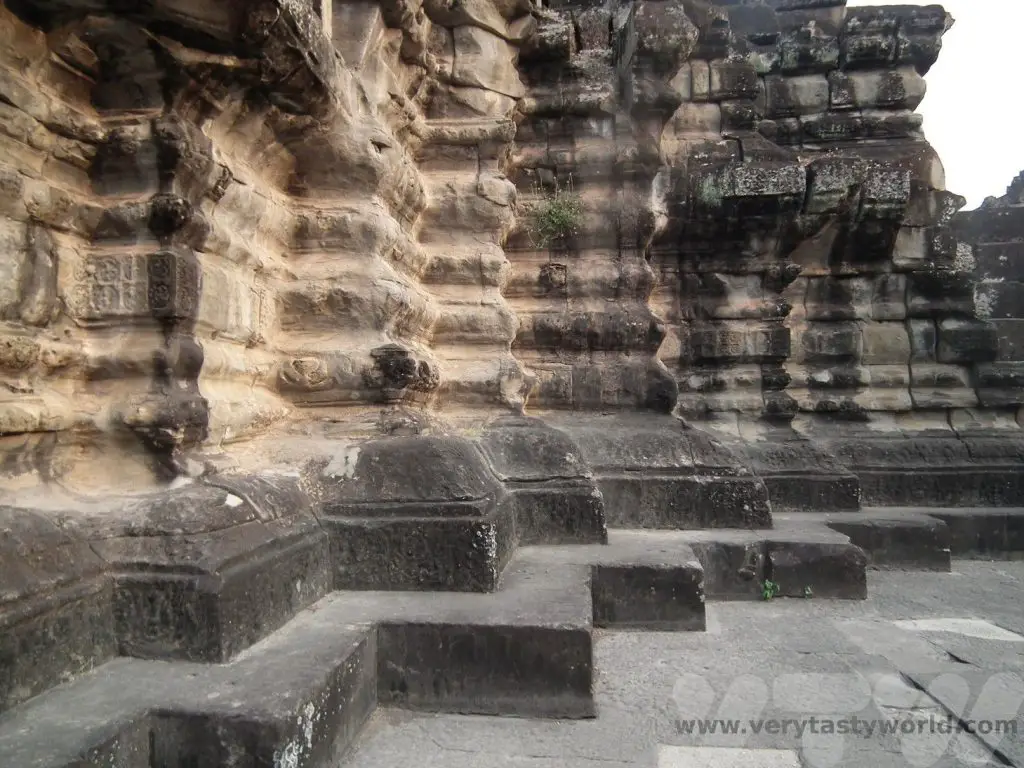
Each corner of the temple has a tower.
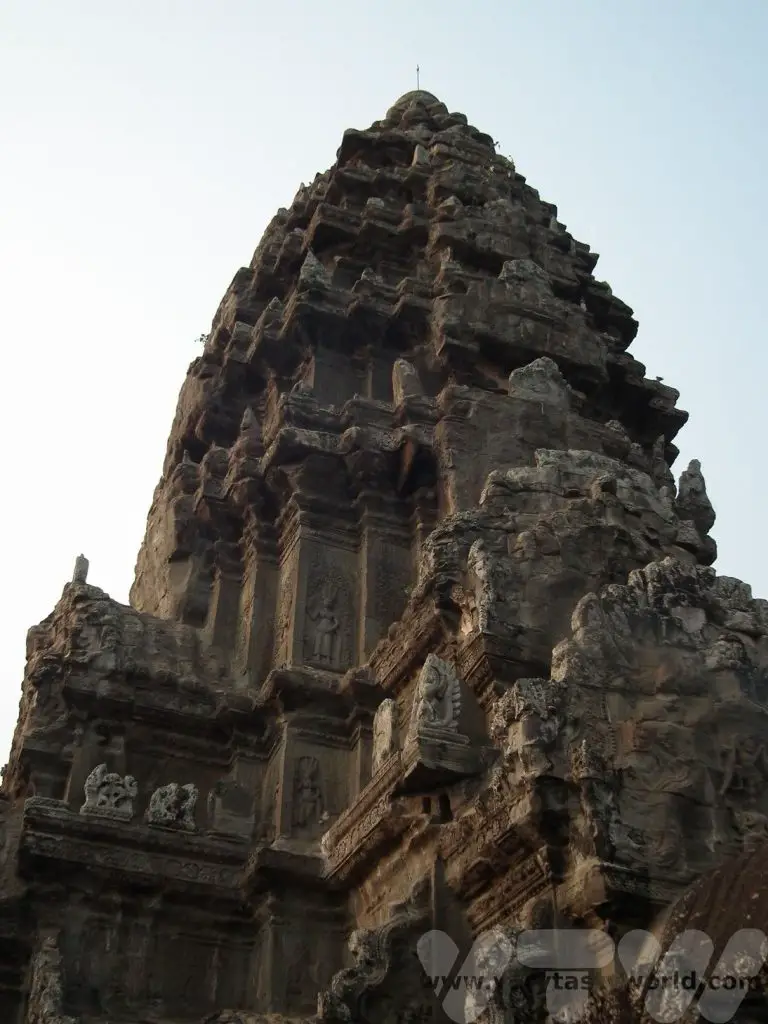
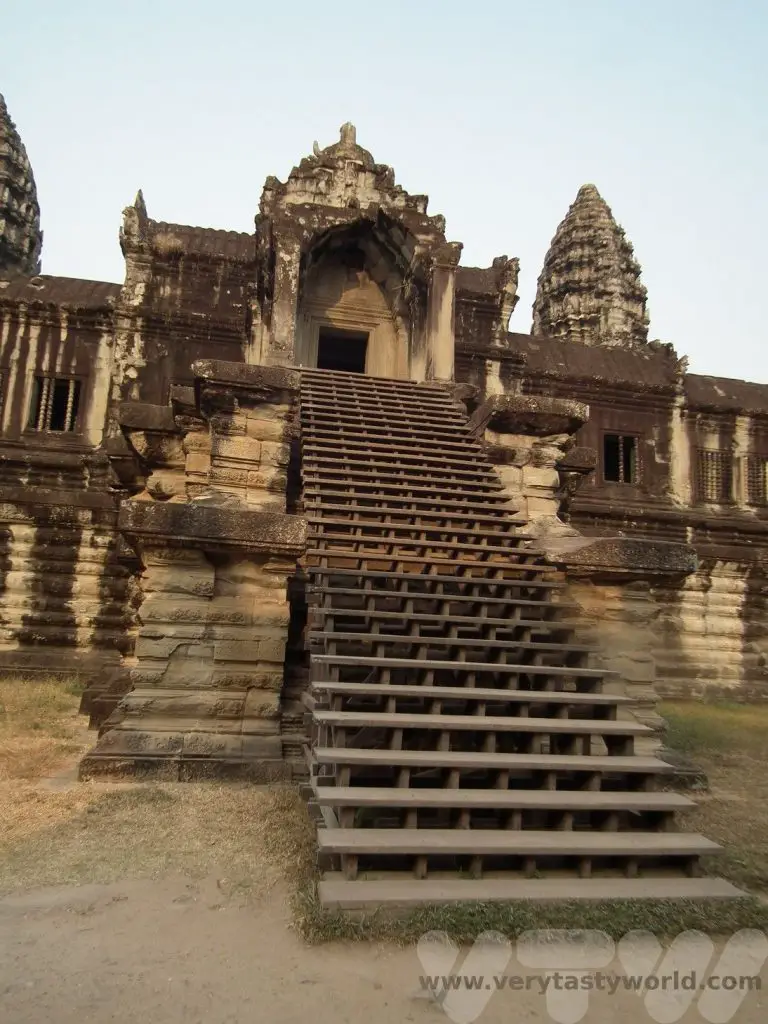
The temple façade is covered with beautiful and intricate bas-relief carvings, showing gods and figures from Buddhist and Hindu scriptures, even depicting scenes from the Hindu texts the Mahabarata and the Ramayana. The carvings were created with the intention of viewing them in an anti-clockwise direction.
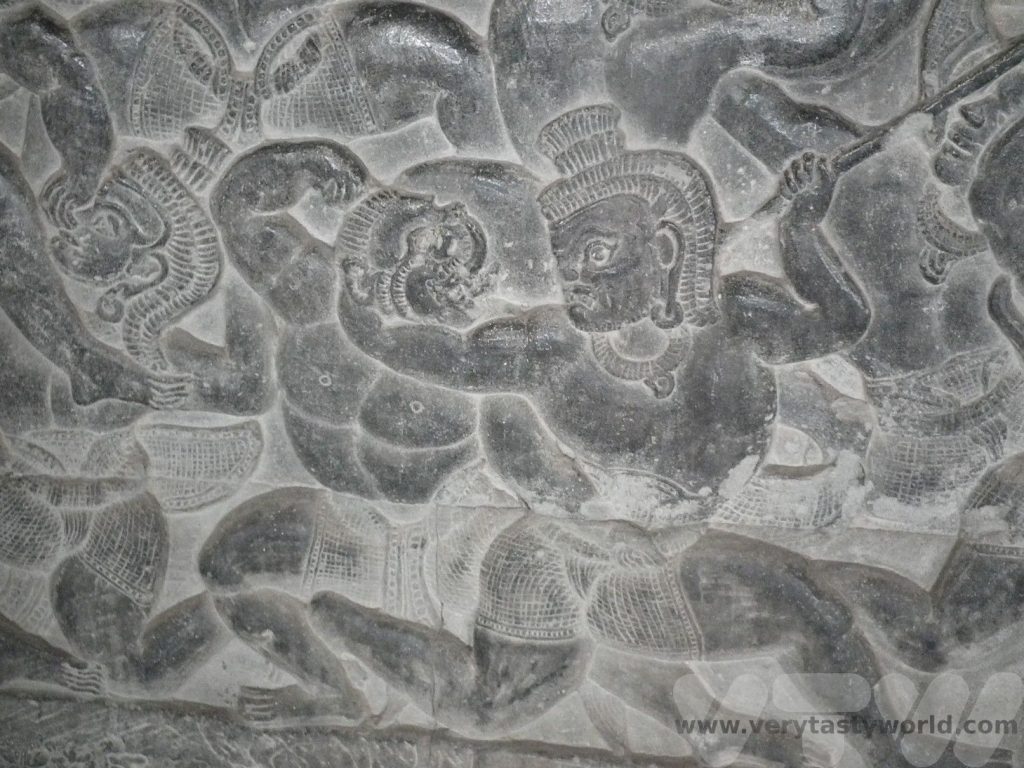
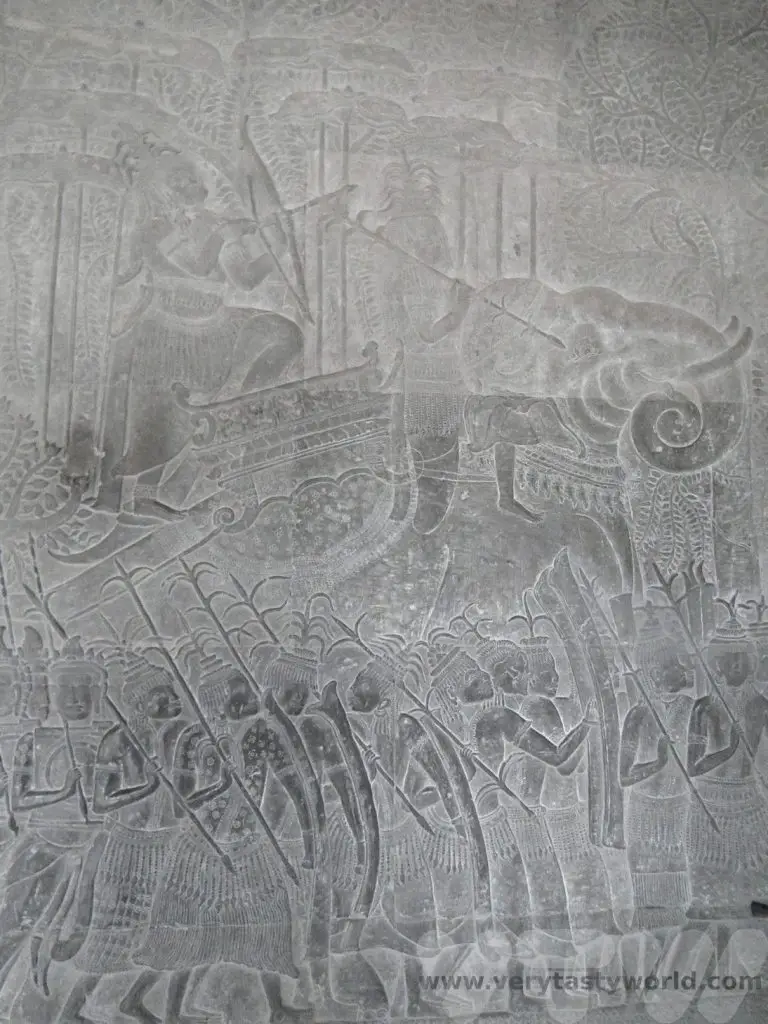
It is possible to enter the central tower. We were quite surprised to find images of Budhha inside, particularly as Angkor Wat was constructed as a Hindu temple.
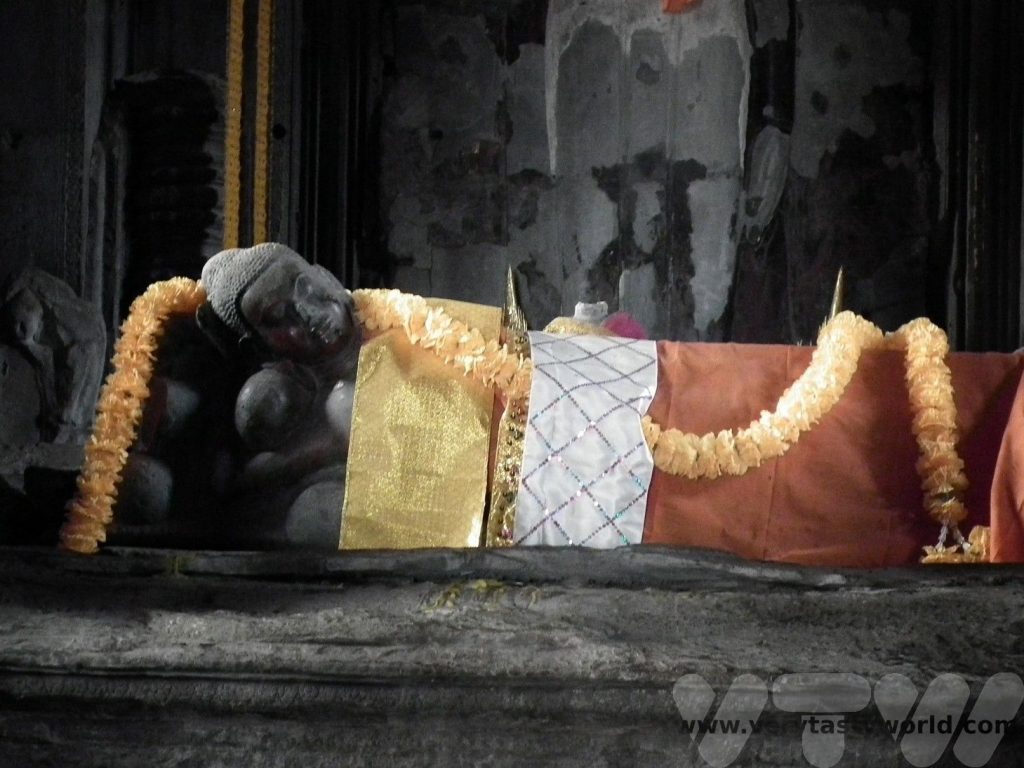
Angkor Thom
Angkor Thom was our next stop. Located a couple of kilometres away from Angkor Wat, it was the final capital city of the Khmer Empire. Established in the late 12th century by King Jayavarman VII, it covers an area of 9km² and was the most enduring of all the sites. Jayavarman was a Buddhist so the temples at Angkor Thom were dedicated to Buddhism. Indeed, during the king’s reign the Khmer people converted from Hinduism to Buddhism.
Angkor Thom includes sights such as the South Gate, a wonderful way to enter the complex, with its grand – and quite grotesque – guardians of the bridge as you cross the moat.
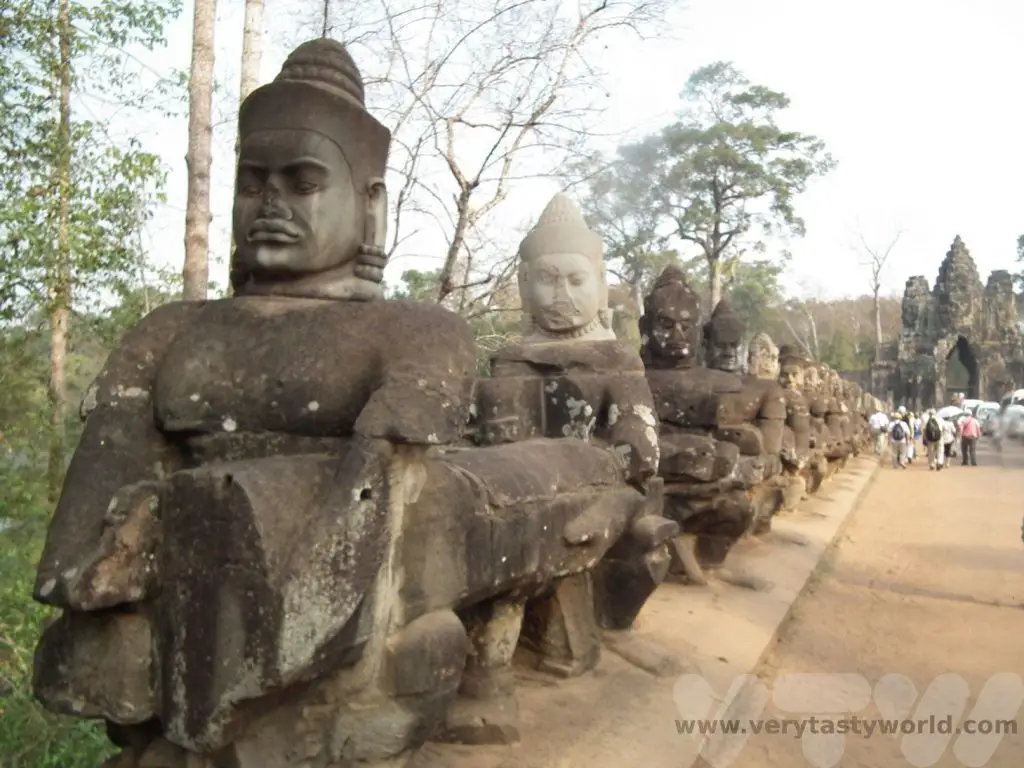
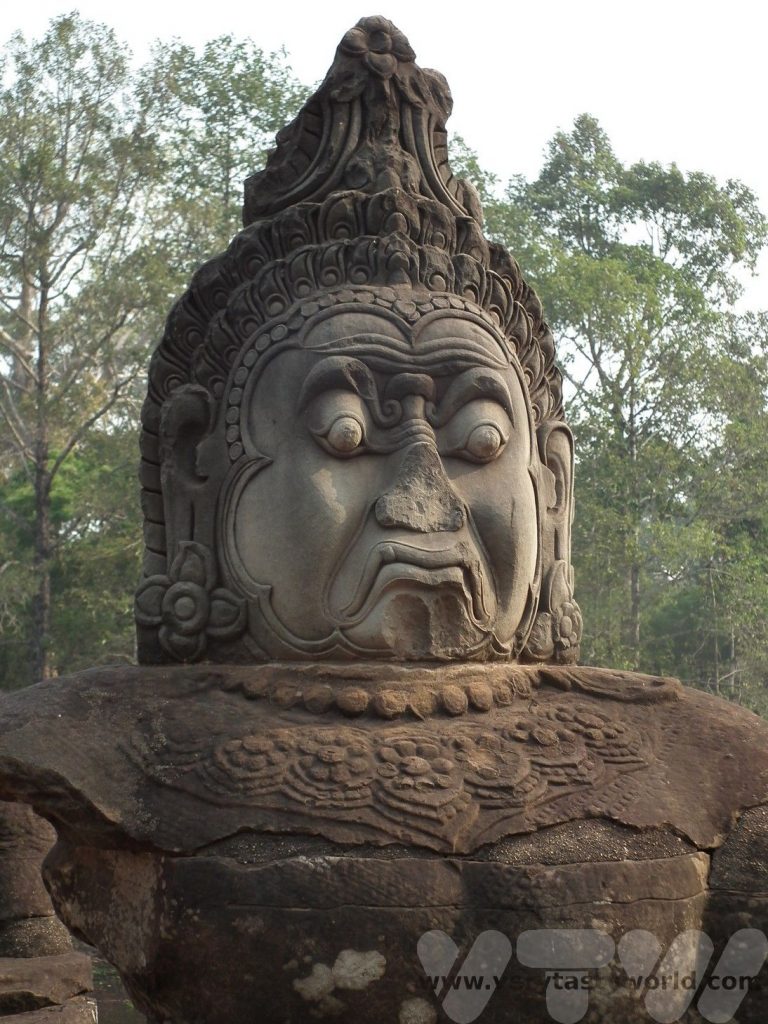
The Bayon is a remarkable structure. It is covered with the stone heads of Bodhisattva Avilokiteshvara, smiling serenely and was the last great temple built at Angkor.
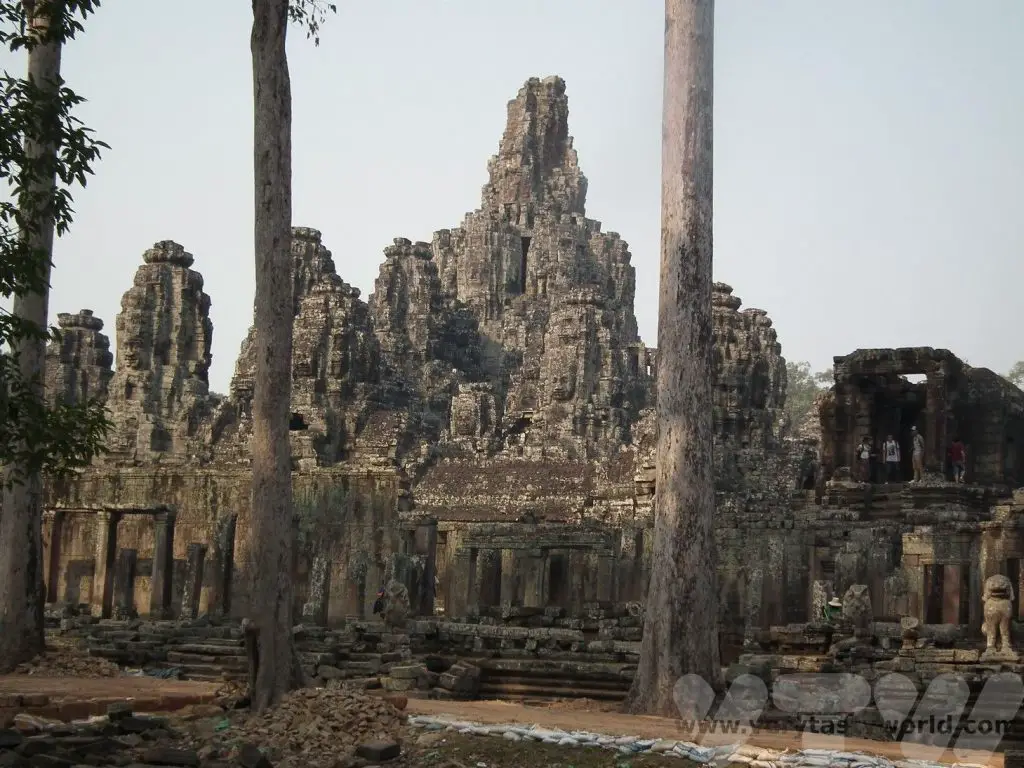
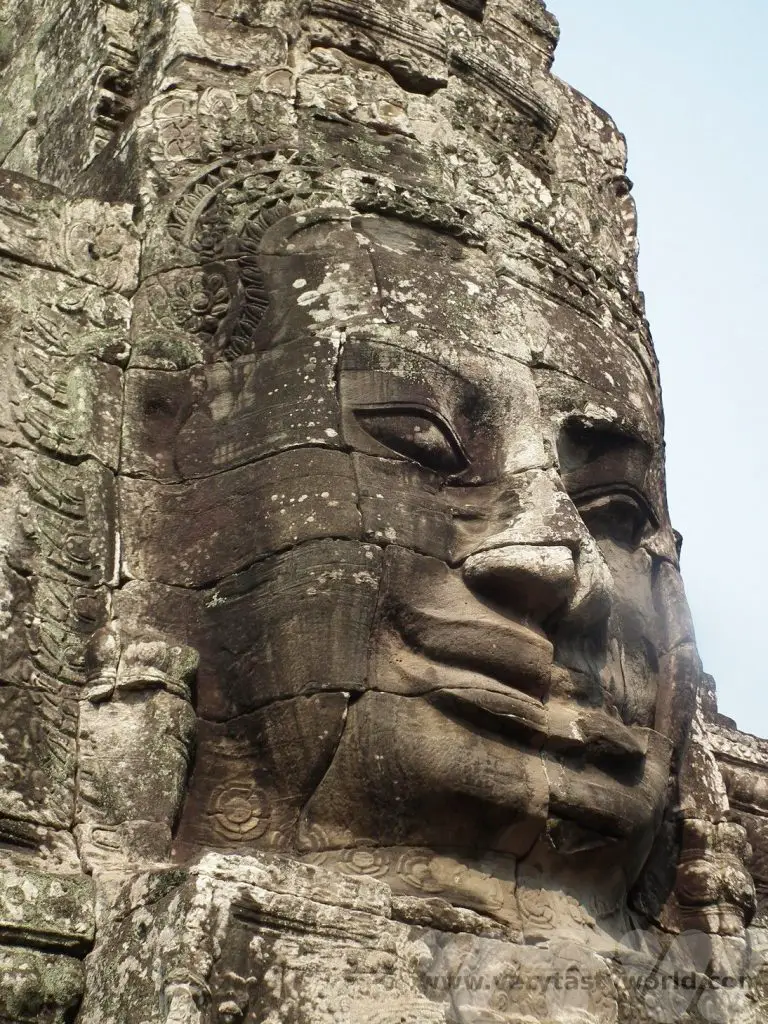
Moving into the Royal Enclosure, …the Terrace of Elephants was originally an extension of the palace of Phimeanakas and was the place from which Jayavarman VII could view his armies as they returned victorious.
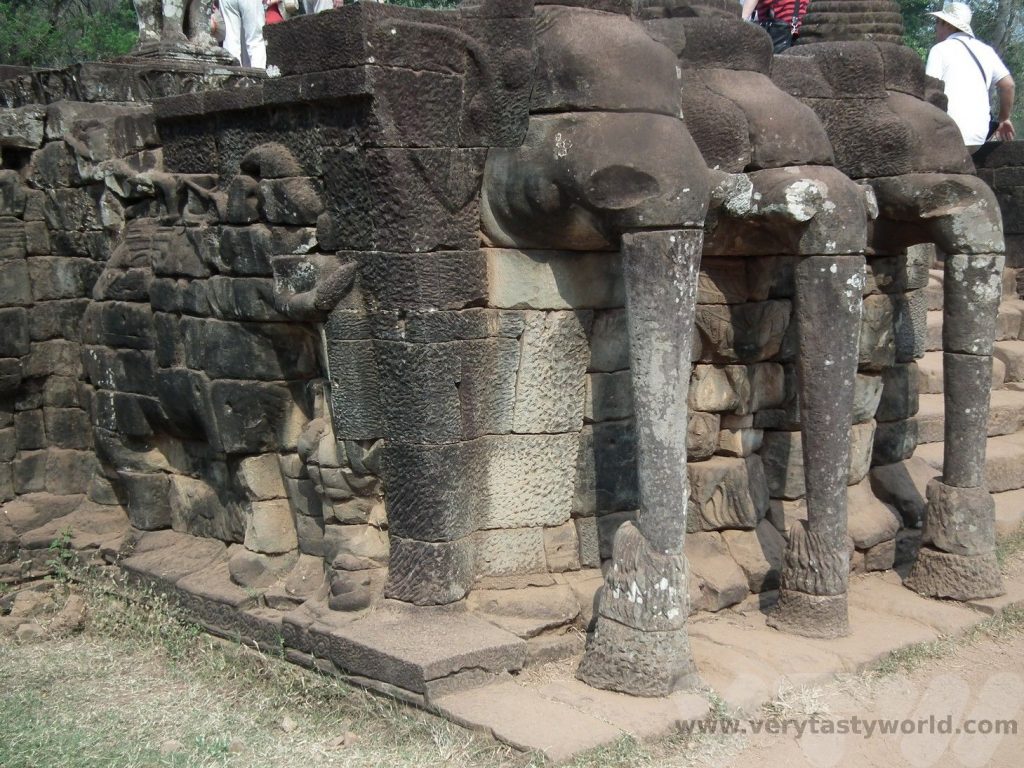
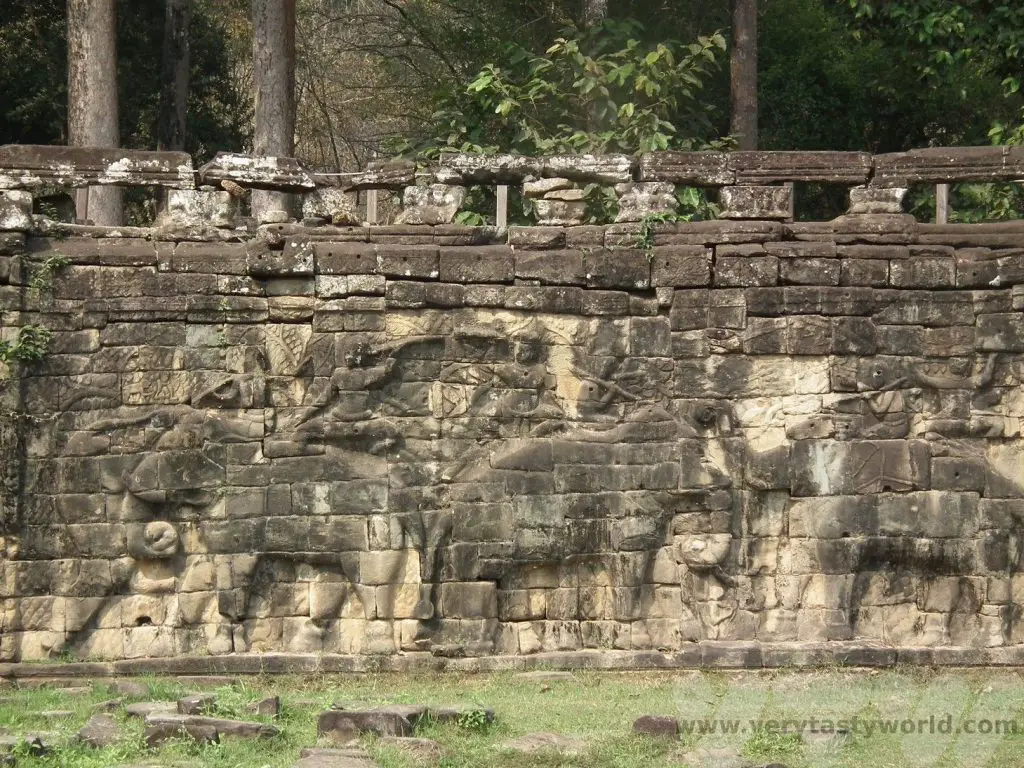
The Terrace of the Leper King was built by Jayavarman VII but the name has an unusual derivation.
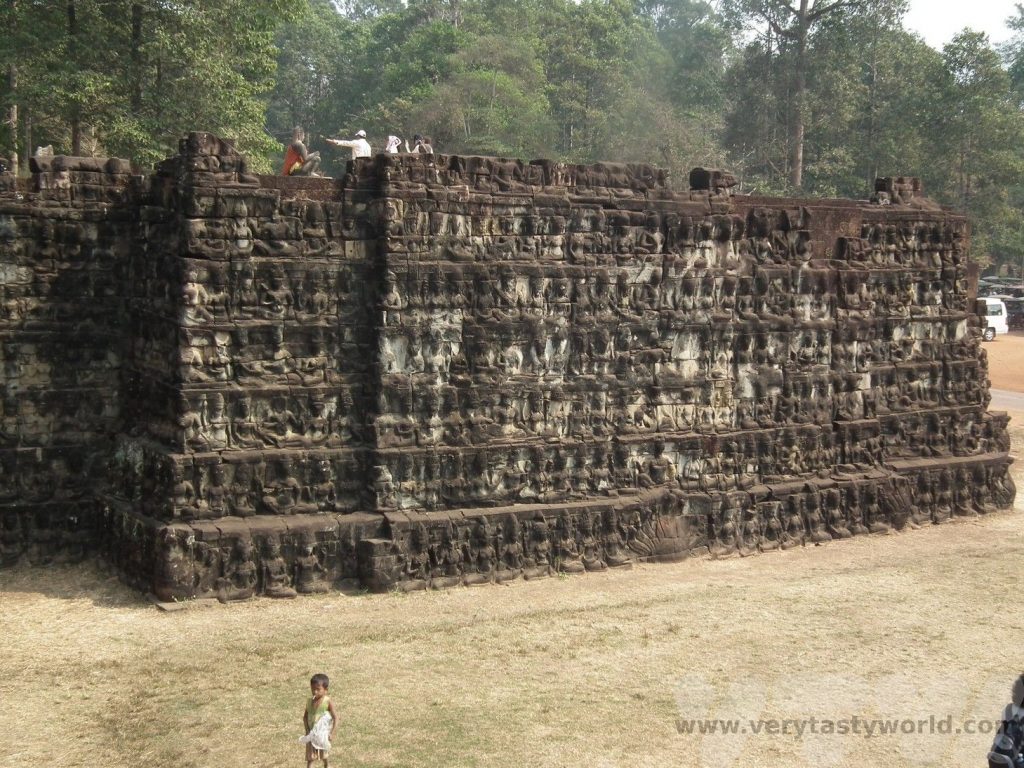
A sculpture found at the site was believed to have been created in the 15th century, had deteriorated and was covered in moss which gave the appearance of leprosy. There is also a link to the legend of King Yasovarman I who was believed to have suffered from leprosy.
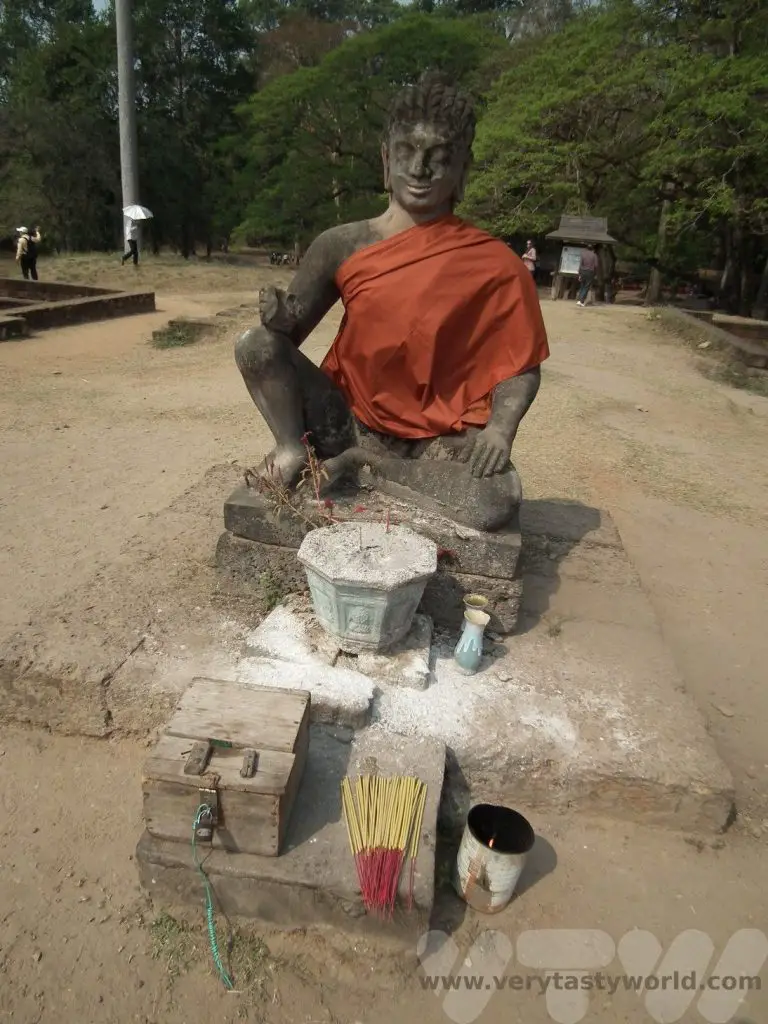
Visiting Angkor Wat – Other Temples to Explore
While Angkor Wat and Angkor Thom are the main attractions in the area there are so many other temples and buildings to visit.
Ta Prohm
A particular favourite of ours was Ta Prohm, just down the road from Angkor Thom.
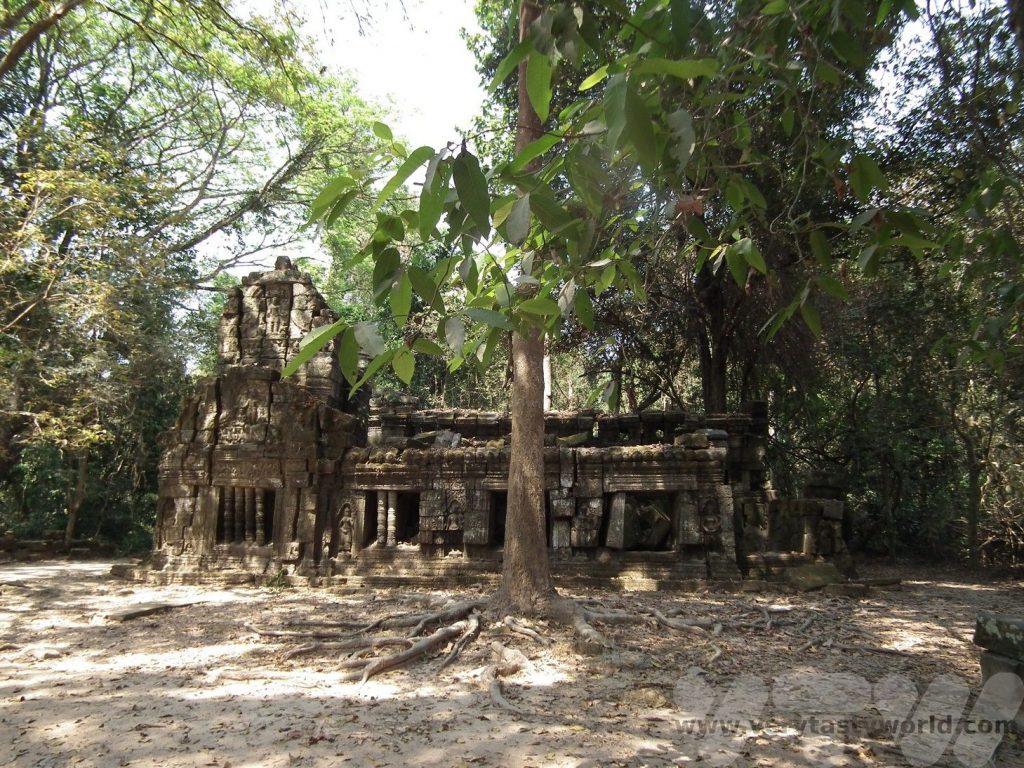
It was another temple constructed at the behest of Jayavarman VII (the creator of Angkor Thom) in the late 12th century and was originally called Rajavcihara. Apparently designed for the king’s mother it was a lavish temple, once covered in pearls, precious stones and gold, and home to over 12,000 people. However it was abandoned after the fall of the Khmer empire and lost to the jungle for centuries.
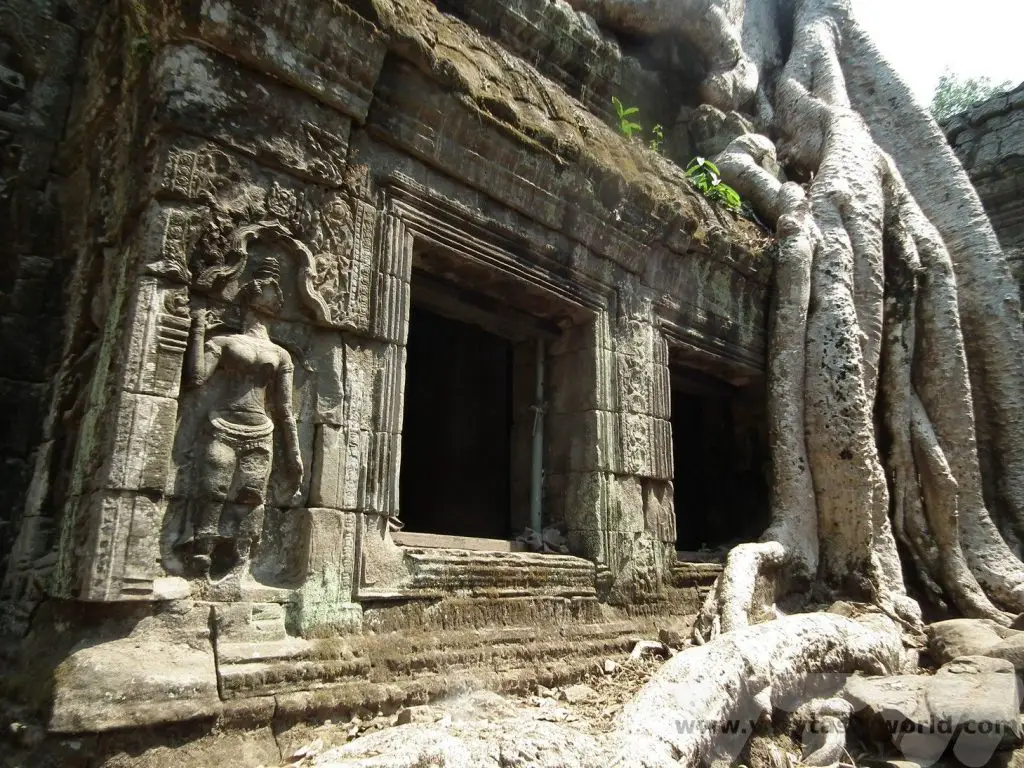
The design of the temple is typically Khmer, with a concentric design of square or rectangular temples – the enclosing walls encasing an inner sanctum. But, unlike many of the other temples in the region, this hasn’t been cleared and restored and the trees of the jungle have remained, forming a beautiful symbiosis with the buildings.
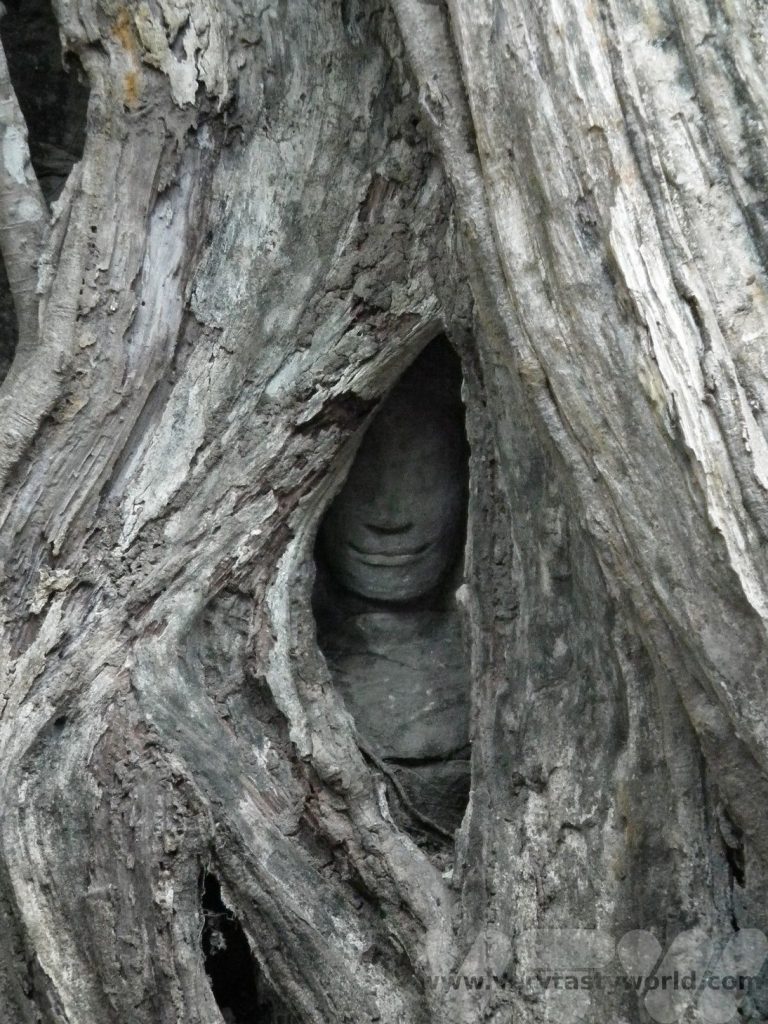
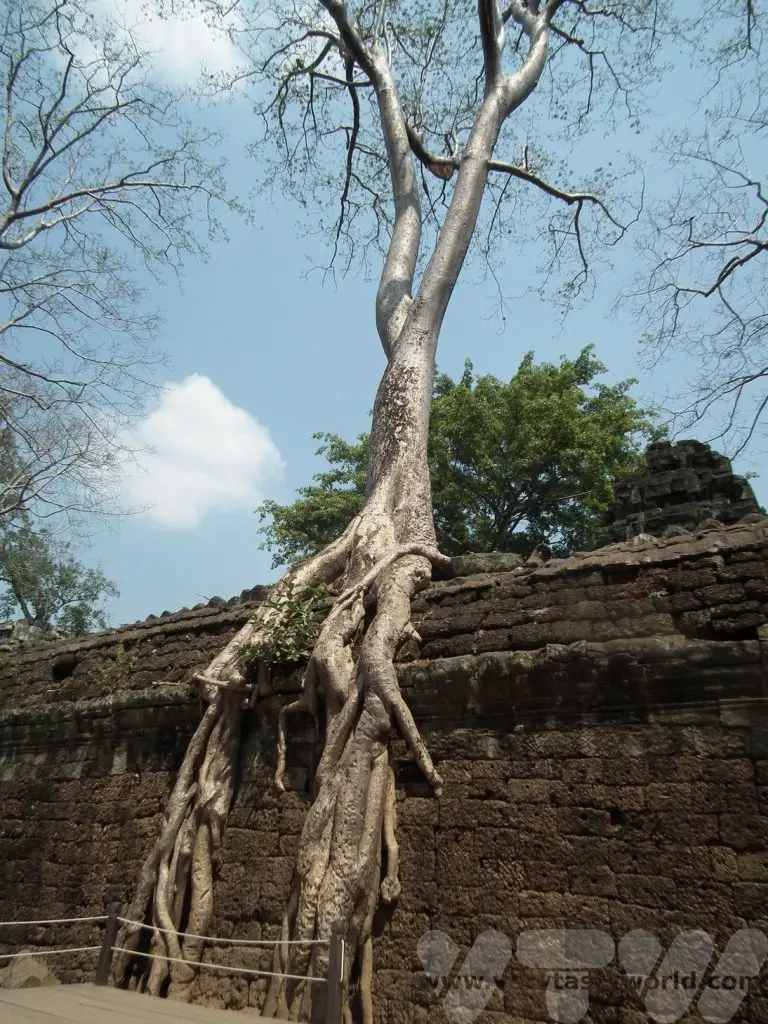
Banteay Srei
The Khmer Temple of Shiva at Banteay Srei, dating back to the 11th century, is the Citadel of Women. It has some remarkable sandstone decorations, friezes and lintels which are some of the best preserved in the region.
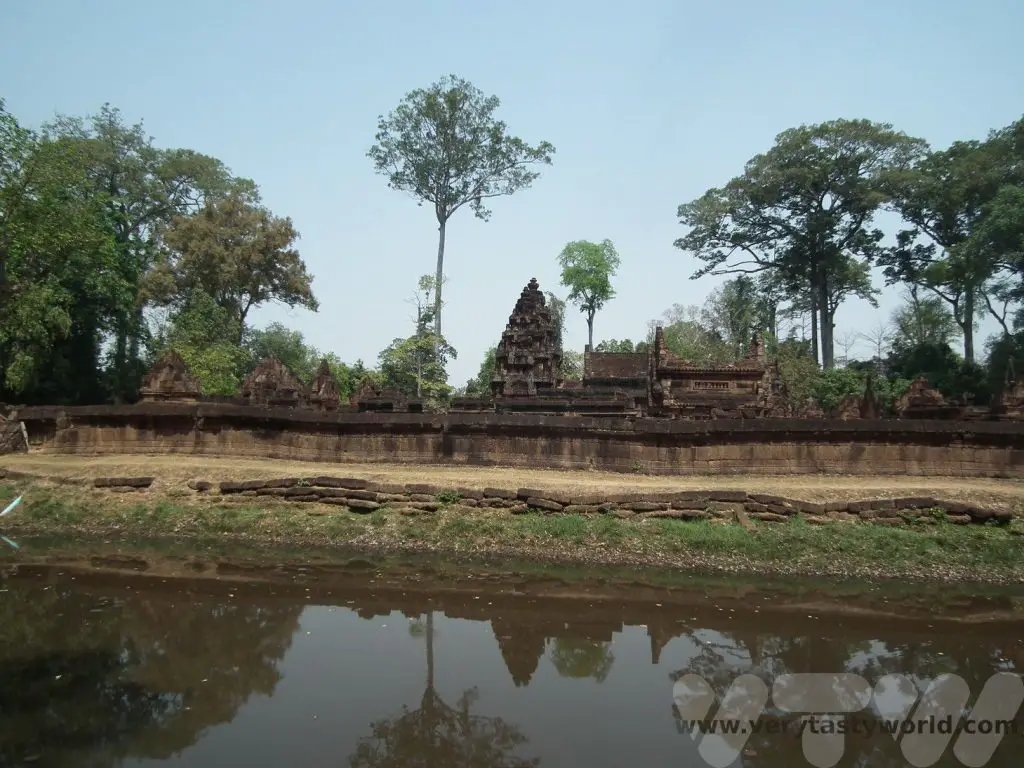
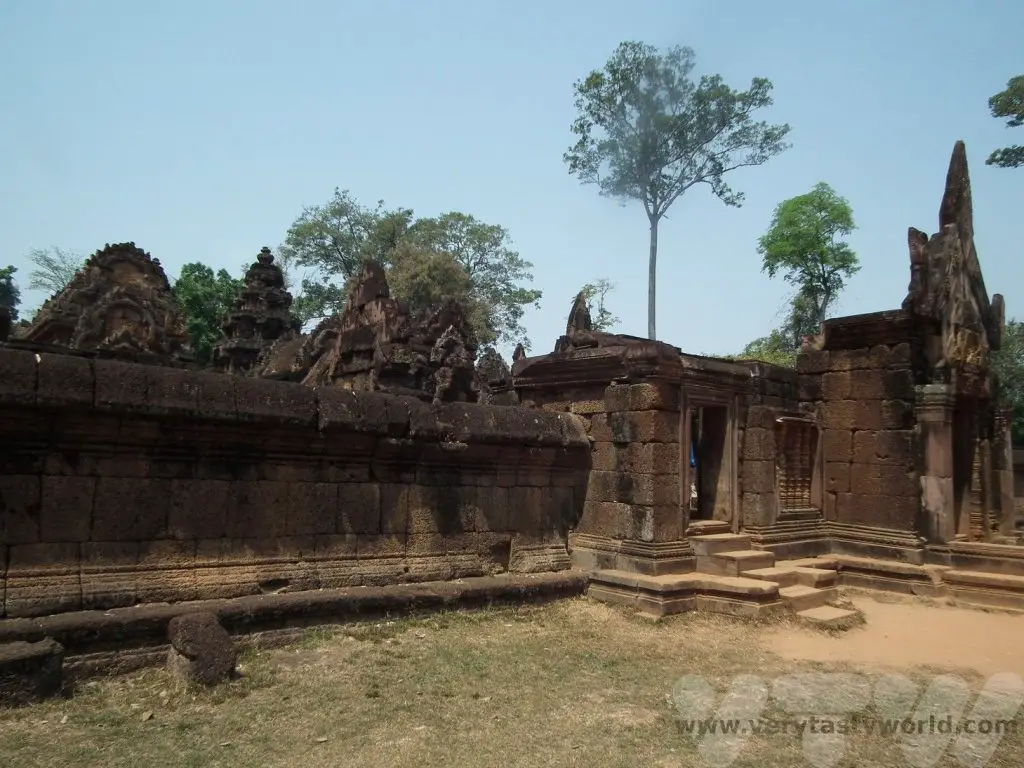
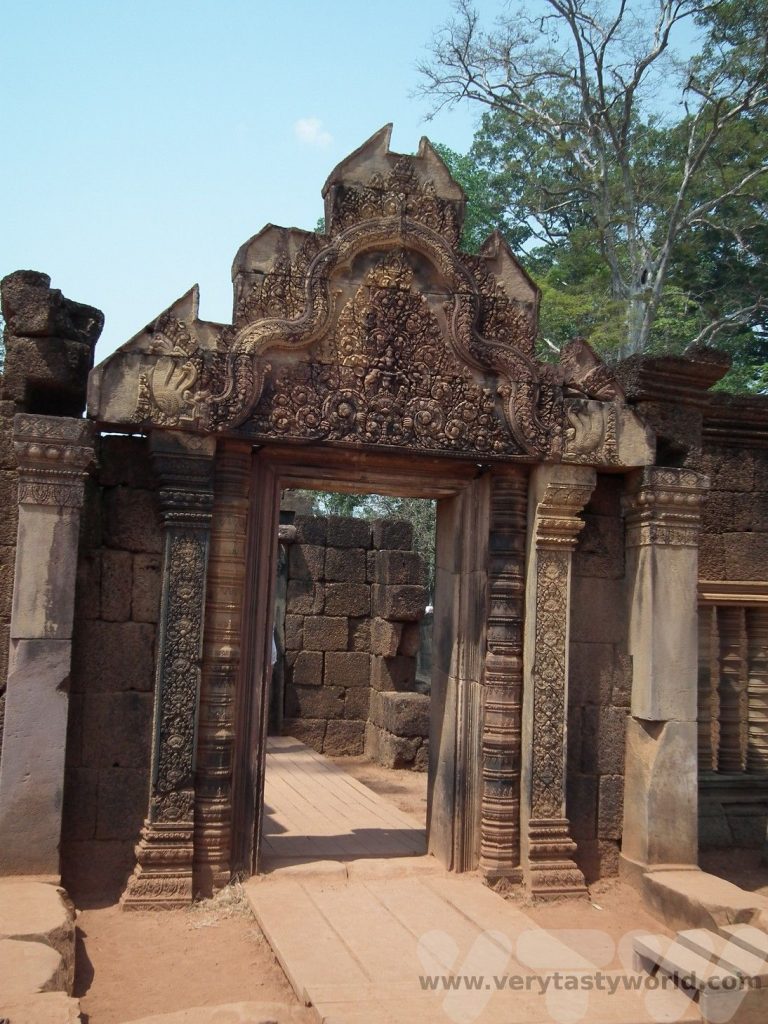
Kbal Spean
Kbal Spean is a Hindu Pilgrimage site set deep in the jungle to the North East of Angkor. It actually pre-dates the Angkor Temples by around 200 years and is the oldest site in the region.
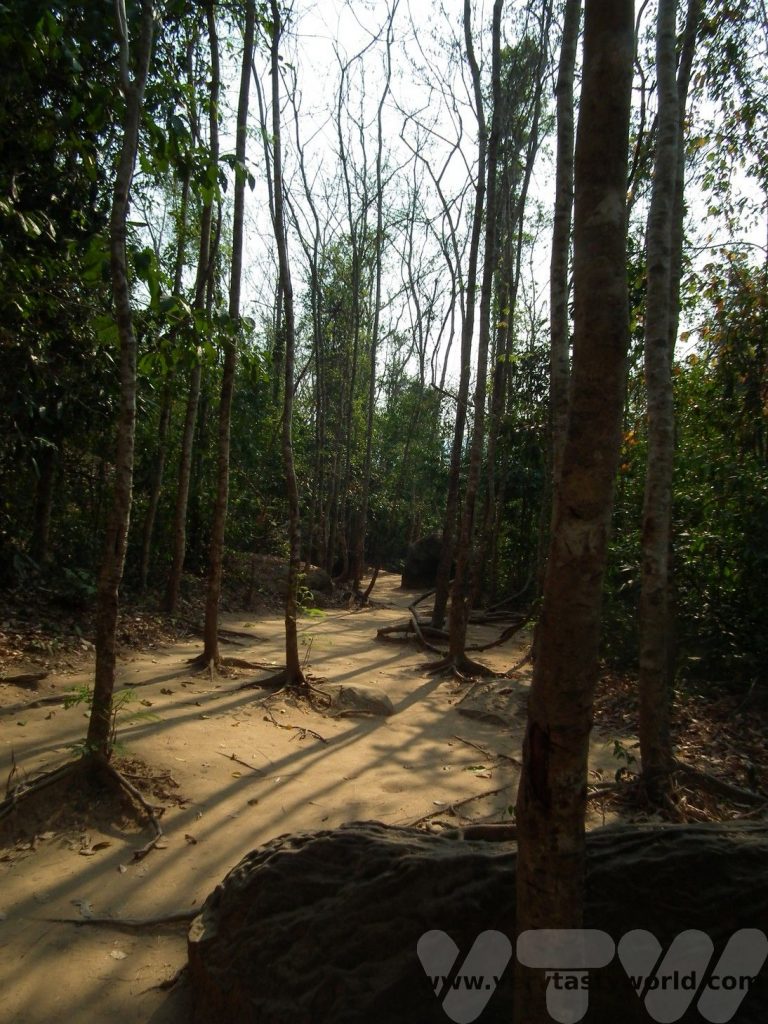
After hiking for around a kilometre through the jungle you reach the River of a Thousand Lingas, amazing sculptures that are actually located in the river bed.
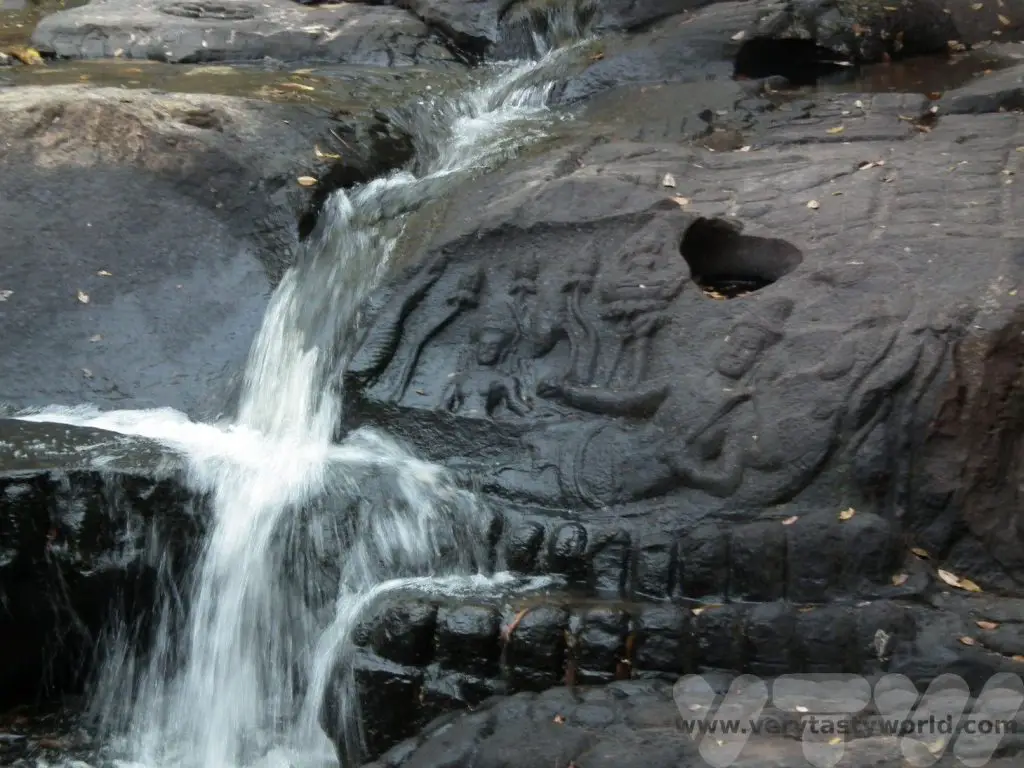
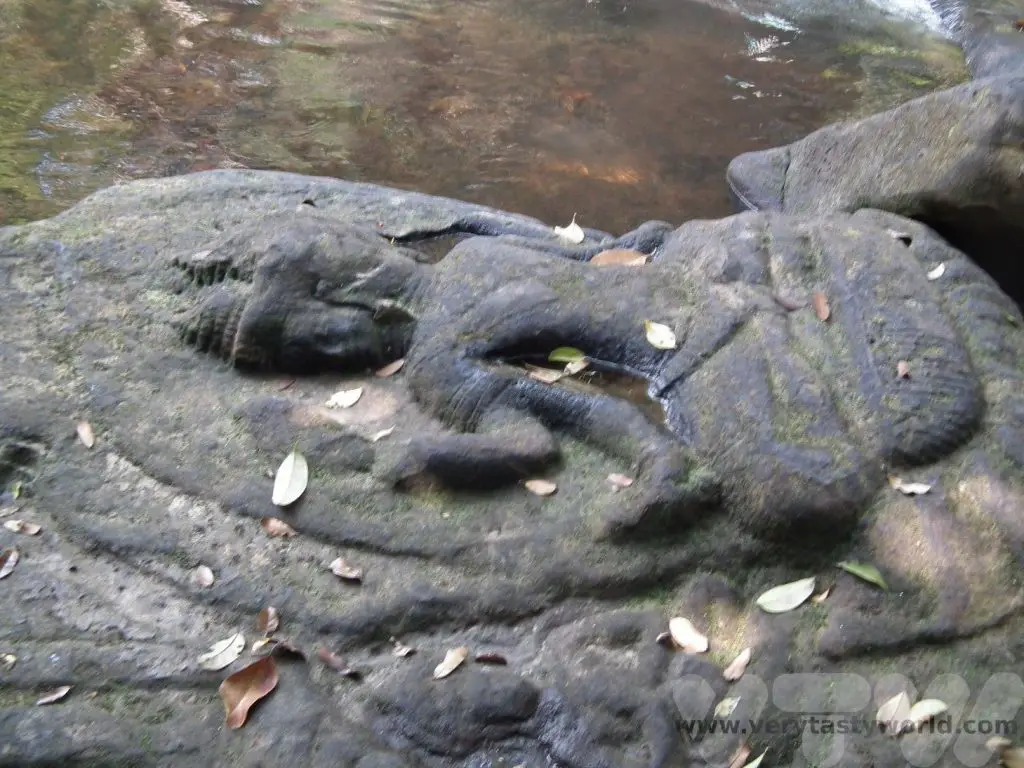
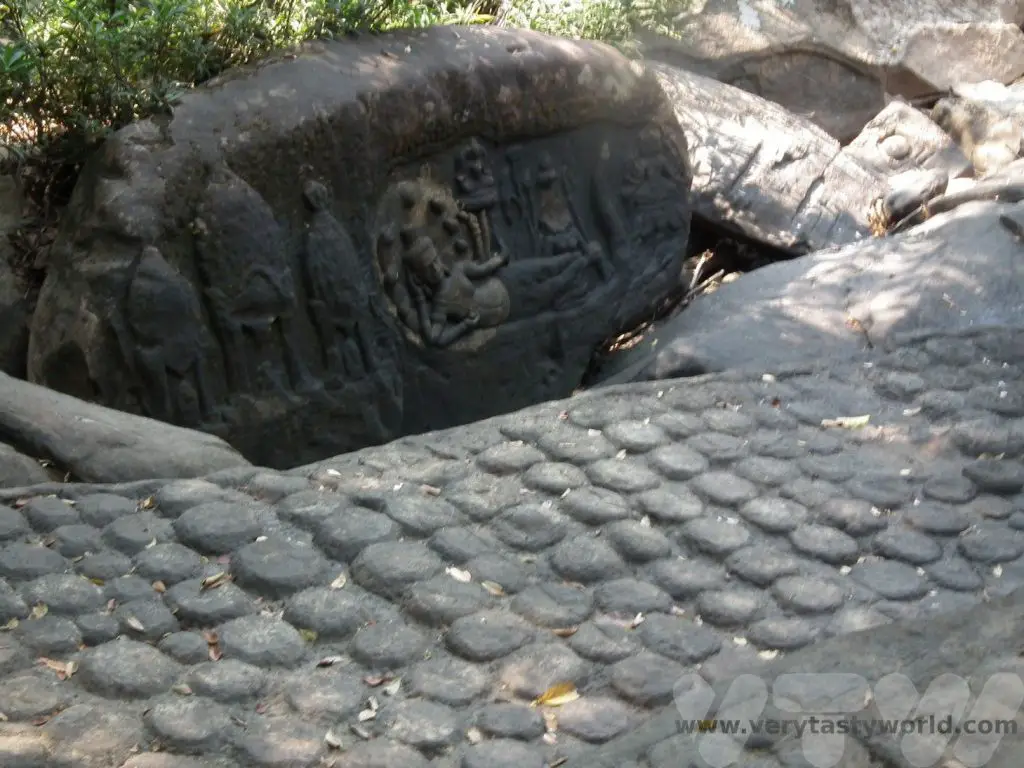
The Roulos Group
And finally, the other temples we visited were the Roulos group which are older and date from the 9th and 10th centuries. They are located around 15km south-east of Siem Reap in the former city of Hariharalaya. King Jayavarman II founded the Khmer empire in 802 CE. His successor was his nephew, Indravarman I, who initiated the construction of the temples here.
Preah Ko was the first. The name means ‘sacred bull.’
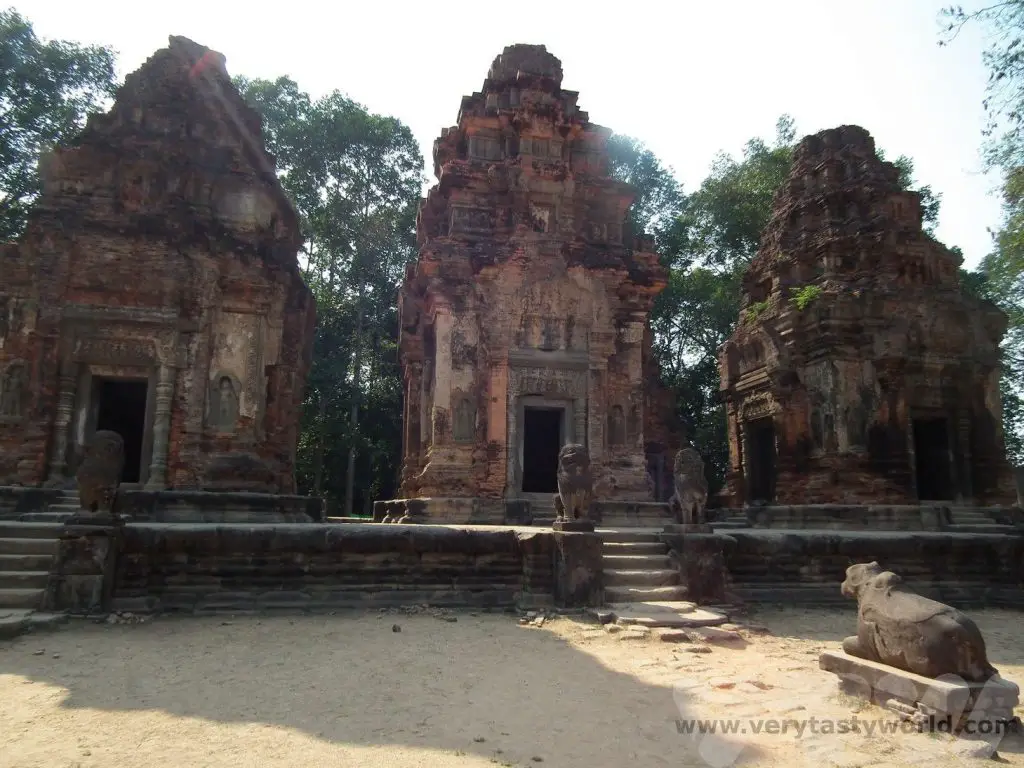
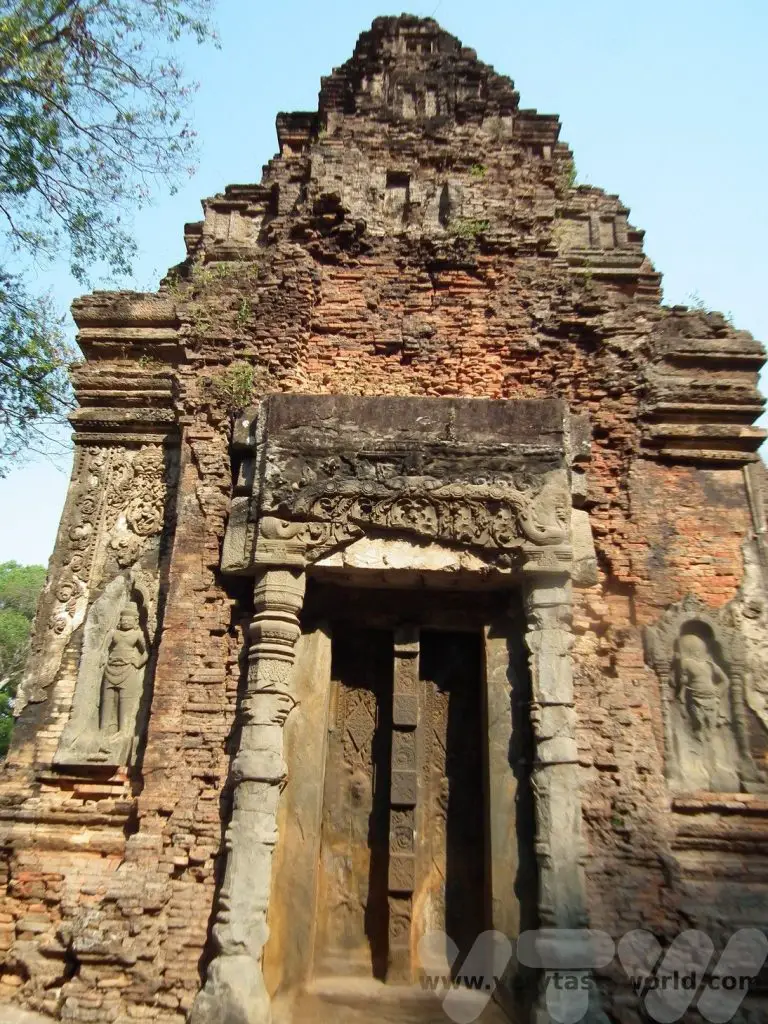
Bakong was next and is considered to be the first Khmer temple mountain. It is the most impressive of the structures in this group. This was King Indravarman’s official temple. The pyramid has five levels and is surrounded by two towers on each of its sides.
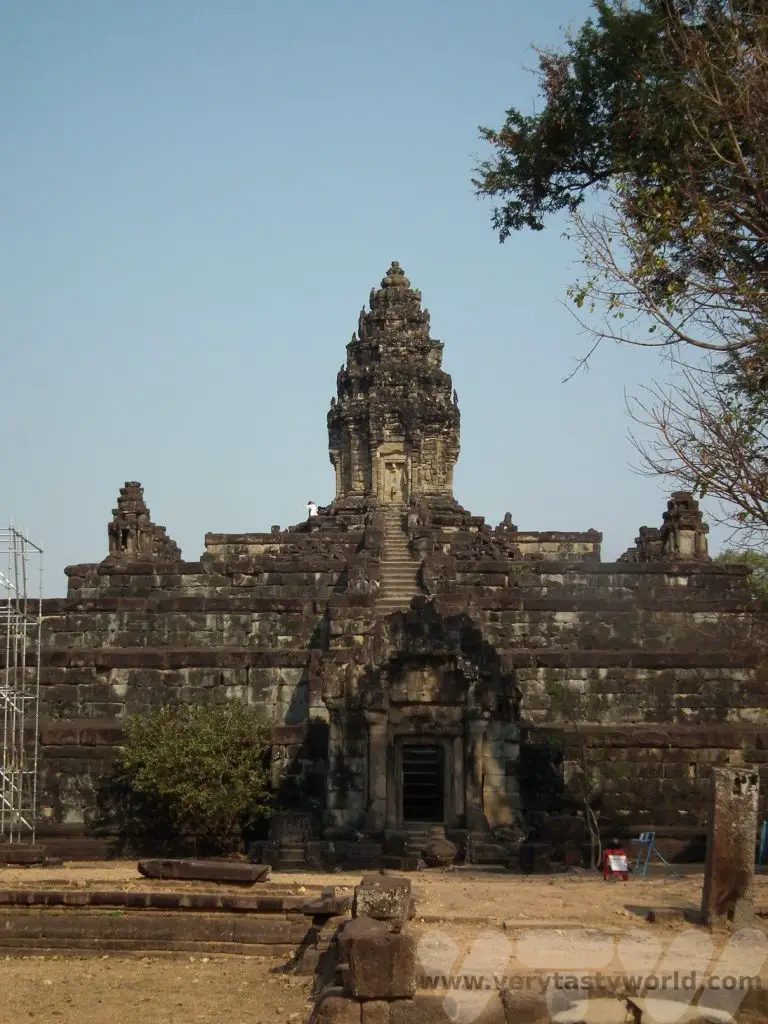
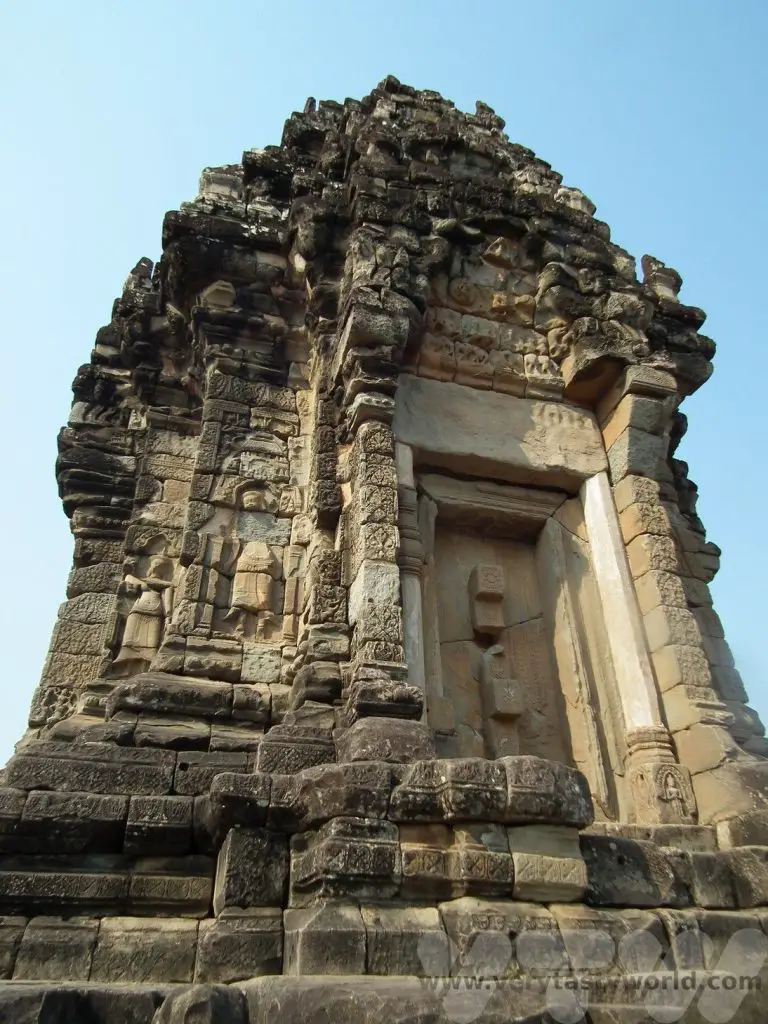
The Lolei temples are grouped together. These are of a brick construction and represented King Yasovarman’s parents and grandparents. The taller towers are for his grandparents and the front towers are for the males in the family.
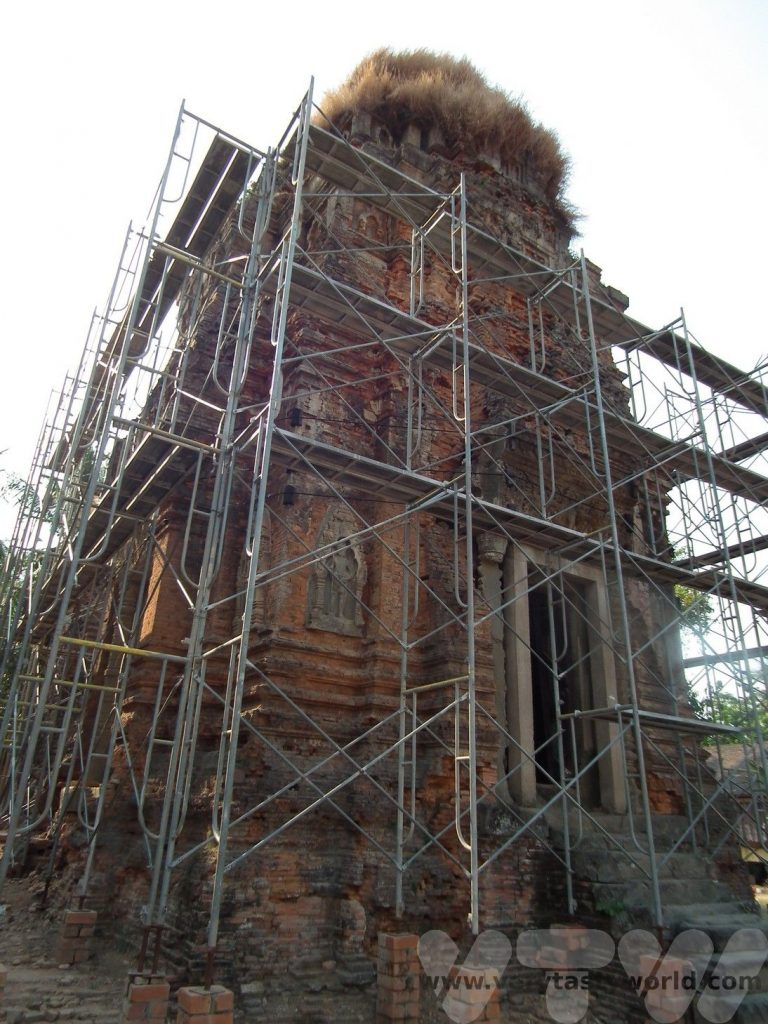
Après Sightseeing – Siem Reap
After all the sightseeing we would wander into Siem Reap. Pub Street is the place to find restaurants and bars in the evening – perfect for relaxing after a long day’s sightseeing. It is possible to visit markets, enjoy cookery courses and, of course, eat traditional Cambodian cuisine. This platter included spring roll, mango salad, fish amok (a fragrant curry), green curry, cha tu kuong (stir-fried water spinach) and steamed rice.
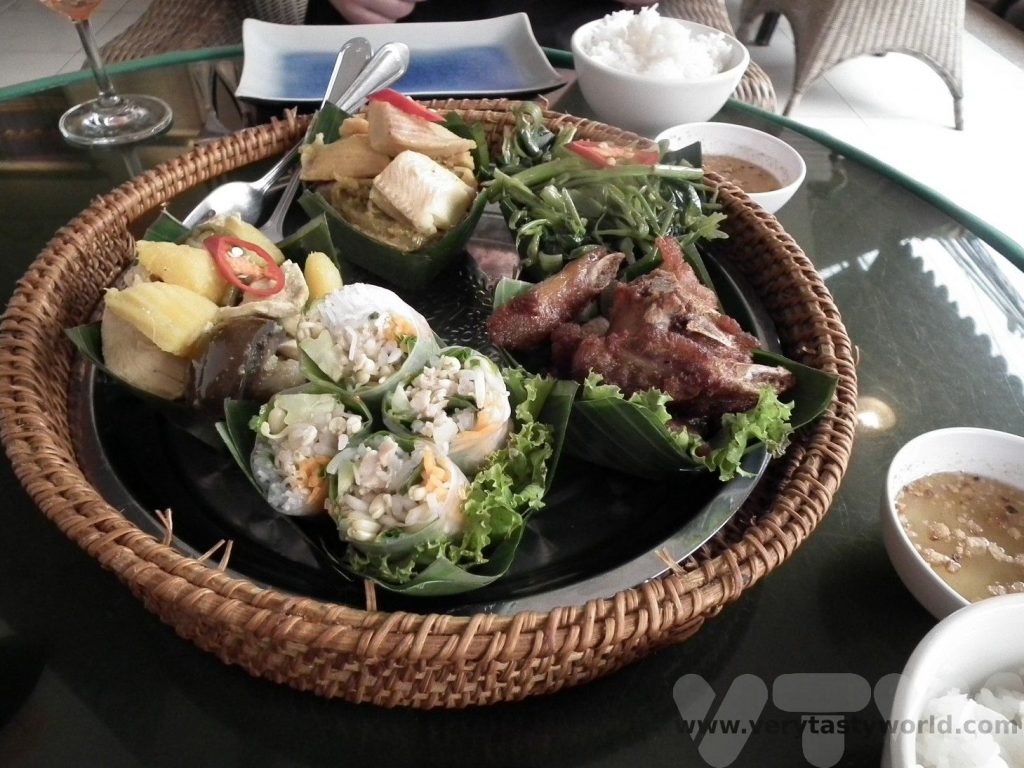
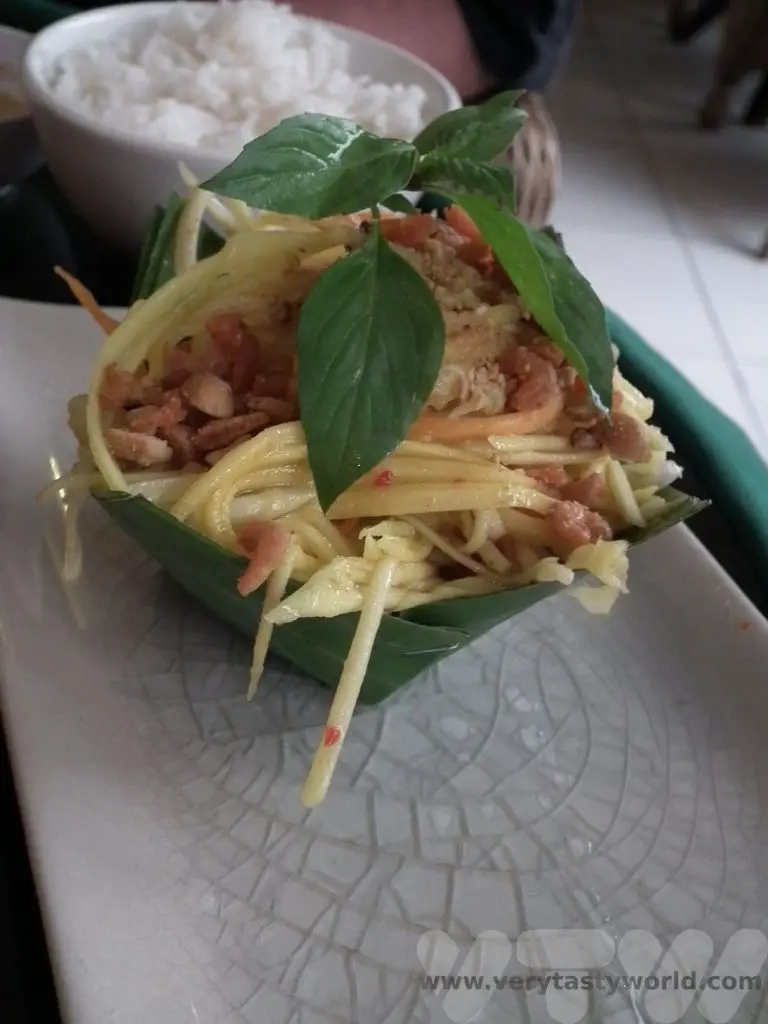
Other Excursions
Although our primary purpose of the trip was to visit Angkor Wat, there are other activities in the area. Siem Reap is located close to Lake Tonle Sap, the largest freshwater lake in South East Asia. It’s a fascinating lake because it is part of the Mekong river system. The Mekong and surrounding catchment feeds it during the wet season and the lake’s water level will rise to around 11m. But during the dry season the lake feeds the Mekong and water levels can get as low as 1m before the rains arrive. It’s a lake where local people live and work and it’s possible to take a boat trip and visit some of the floating villages.
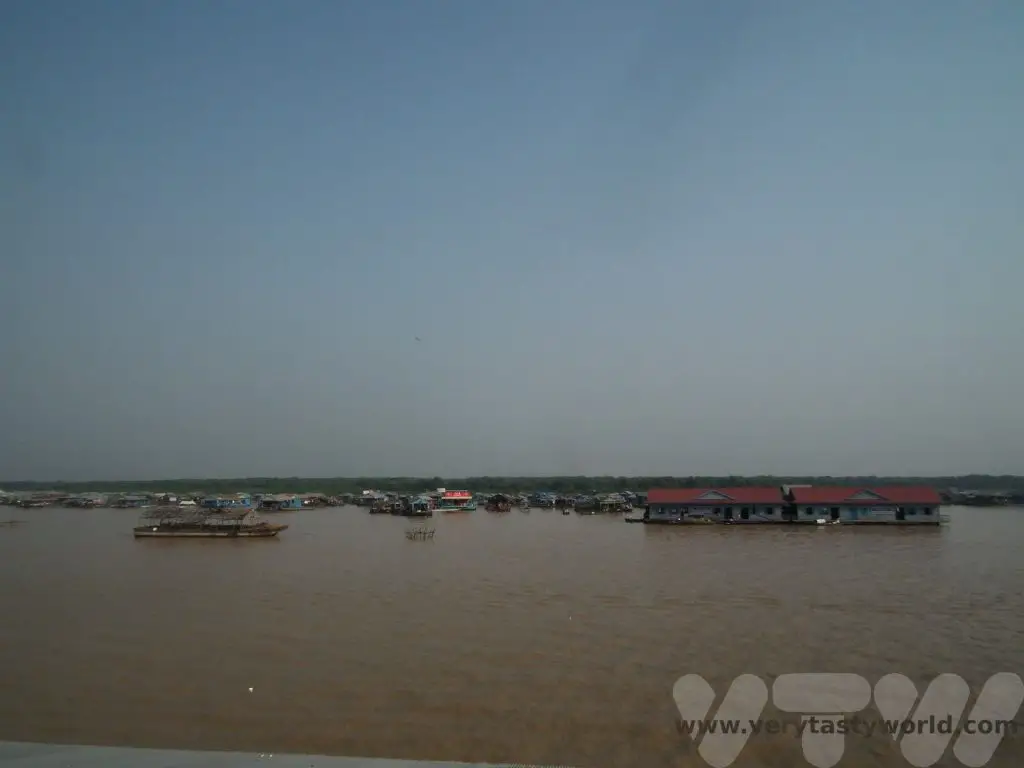
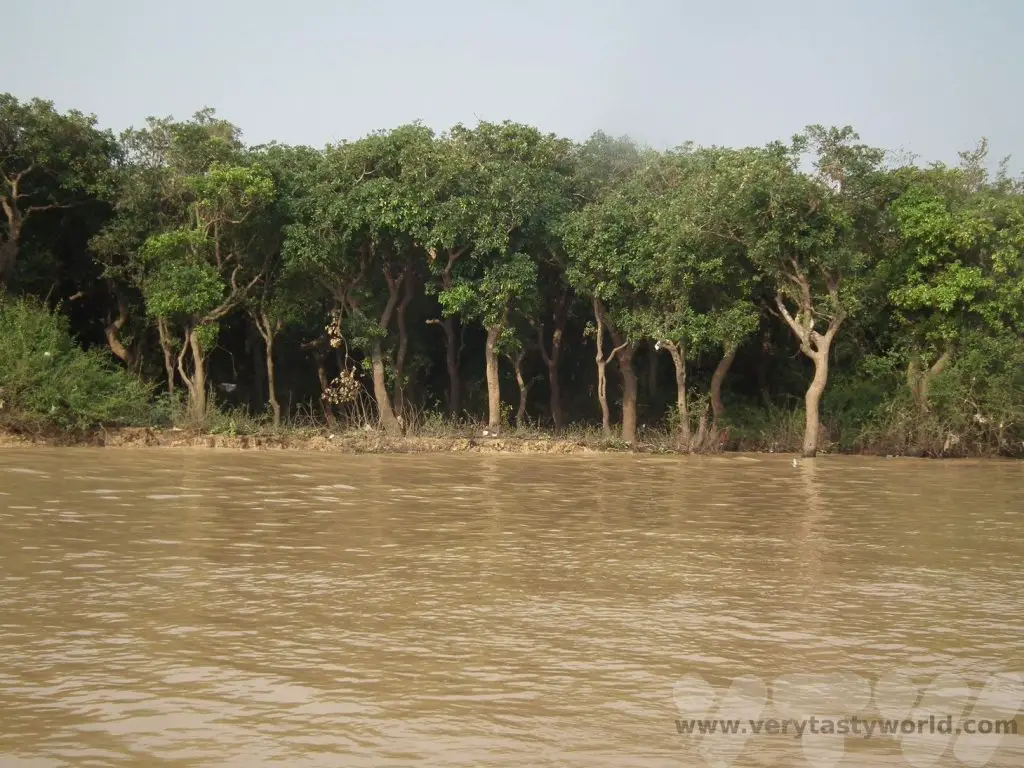
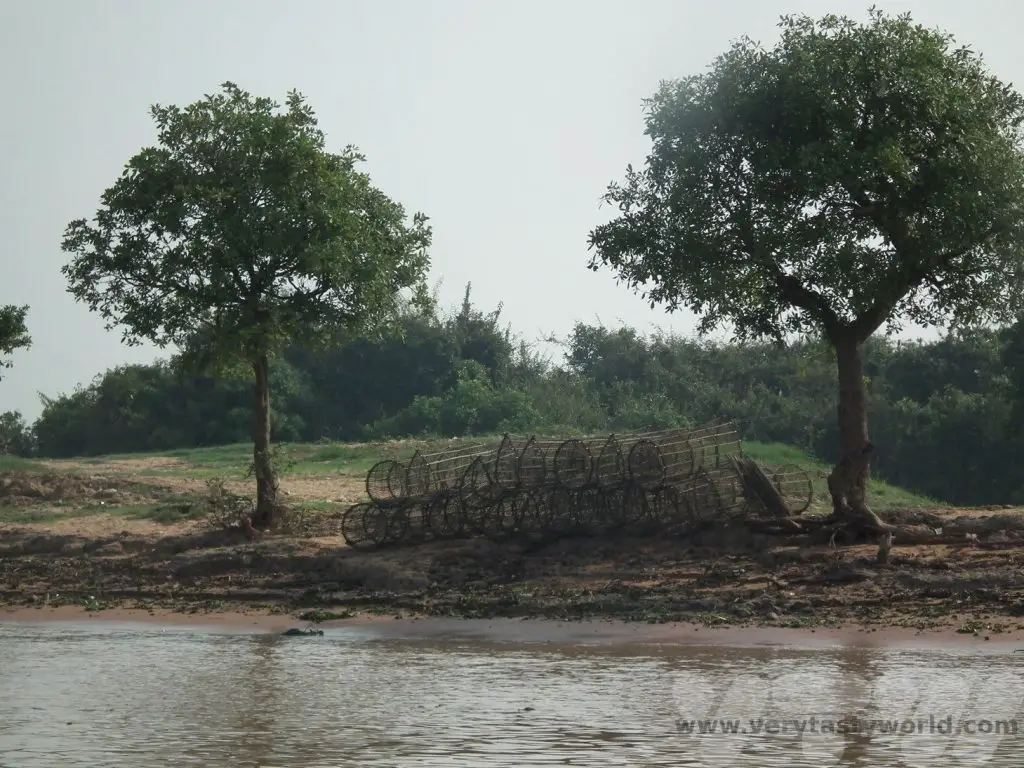
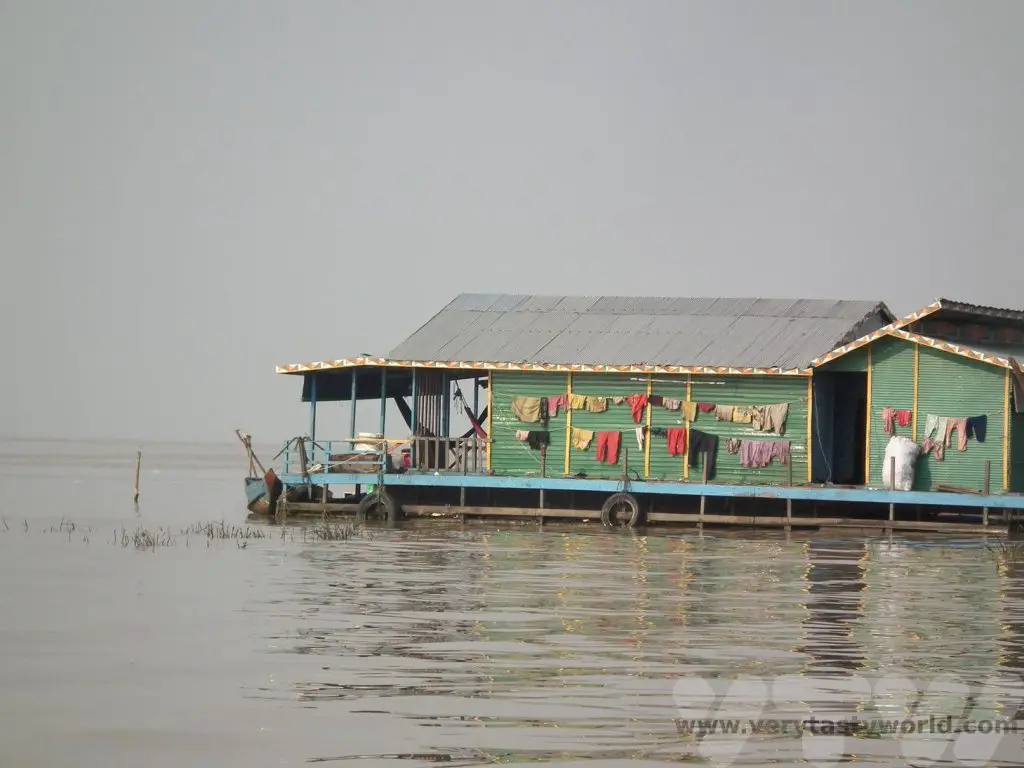
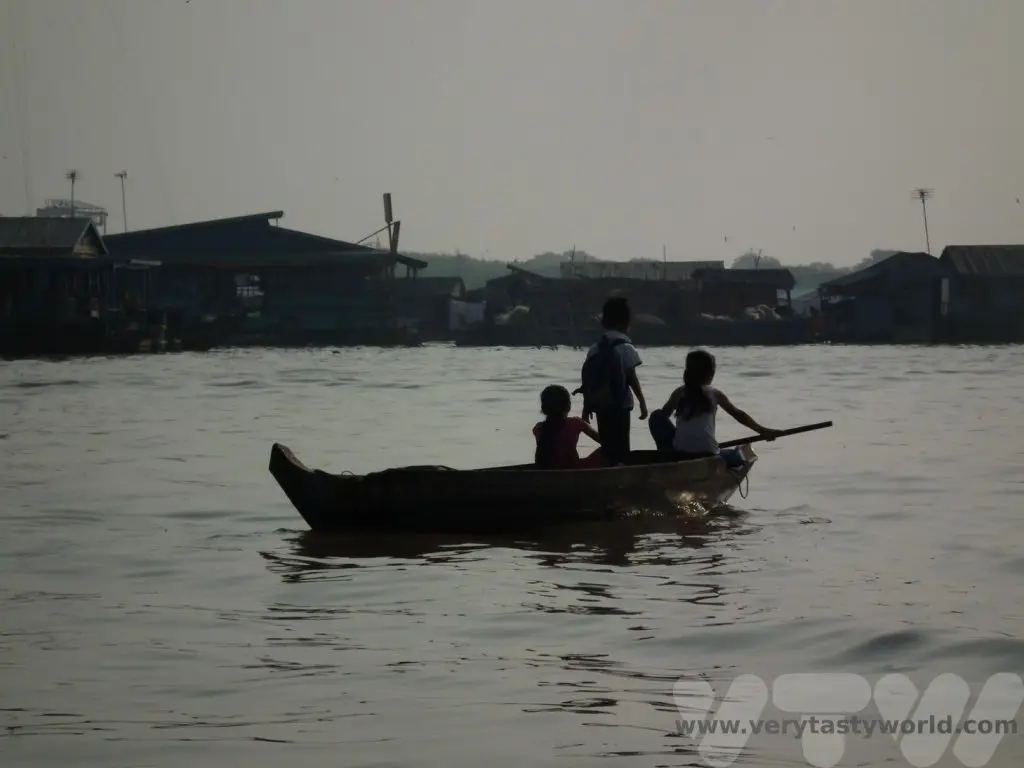
Related Posts You May Enjoy

Happy, Happy Holi in Nepal
Originating from the Indian subcontinent and celebrating the arrival of spring, Holi is known as the Festival of Colour, Festival of Spring or the Festival of Love. And it really is all three of those things. Like many festivals across the world its date is based on a lunar calendar and it falls on the last full moon of winter. It is celebrated by Hindus, Sikhs and Jains and has become an increasingly popular event all over the world. In the countries that celebrate, Holi is a national holiday when everyone comes together to celebrate spring and love. We were lucky to spend Holi in Nepal a few years ago.
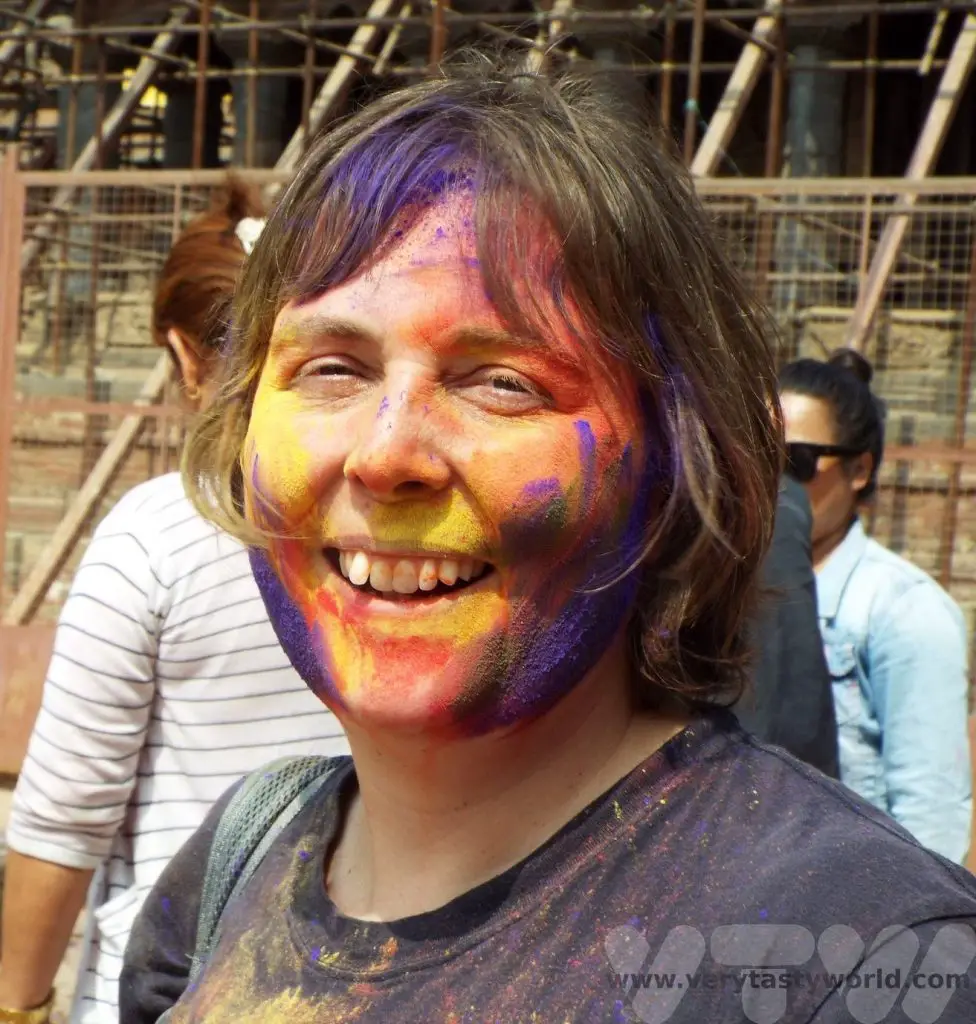
There are a number of rituals associated with the festival and these can vary between different regions. The celebrations start in the evening before Holi with a Holika Dahan where communities gather and light a fire, burning a symbolic effigy of a demoness who attempted to kill her nephew, Prahlad, a worshipper of the God Vishnu. This represents the triumph of good over evil. Traditionally participants contribute wood for the fire and dance and sing together. It’s important to remember that Holi is also about love and repairing broken relationships.
The following morning is Rangwali Holi (Dhuleti), the festival of colour. And it doesn’t matter who you are or where you are from, you are welcome to join in the fun. Everyone takes part and those serious about ‘Playing Holi’ will be armed with all sorts of devices to make the day as colourful as possible – there will be powdered paints, water pistols containing ordinary or coloured water, water balloons (you have to watch out for those as they can be quite a surprise). People often wear white clothes in order to show off all the colours. You can buy paint powder from street vendors everywhere.
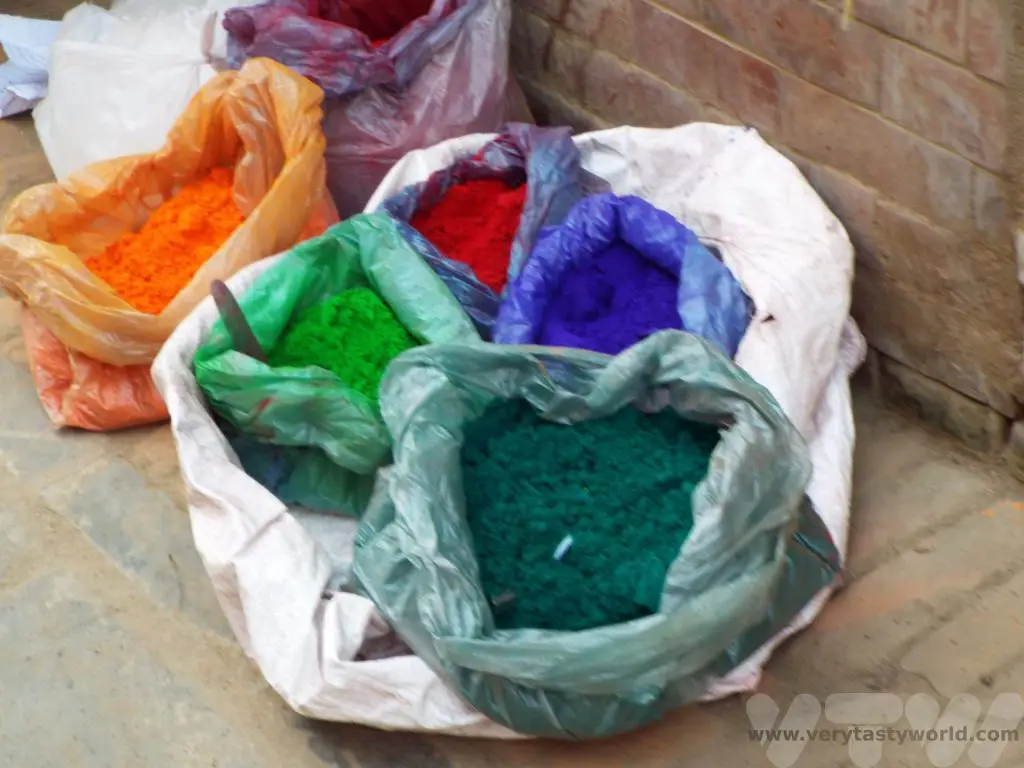
Holi In Nepal
In Nepal Holi celebrations begin eight days before the full moon, starting off with the raising of a chir – a long bamboo pole embellished with brightly coloured strips of cloth in three circular layers. This chir will be burned on the night before the full moon, again symbolising the burning of Holika and the victory of good over evil.
We were in Nepal during Holi a few years ago and it was one of the most fun days we have ever had when travelling. After a fantastic journey travelling through Bhutan and Southern Nepal, including a stay at the Neydo monastery and a couple of days in the Chitwan National Park where we undertook a walking safari and learned to cook with the local Tharu people. We had travelled back to Kathmandu to explore the capital as well as nearby Bhaktapur and Patan, all cities with an incredibly rich cultural heritage. (We will post about these in detail another time.)
Bhaktapur, also known as Khwopa, is a UNESCO world heritage site, a city located some 13km from Kathmandu. It has some of the most remarkable architecture, with squares that contain beautiful temples and statues.
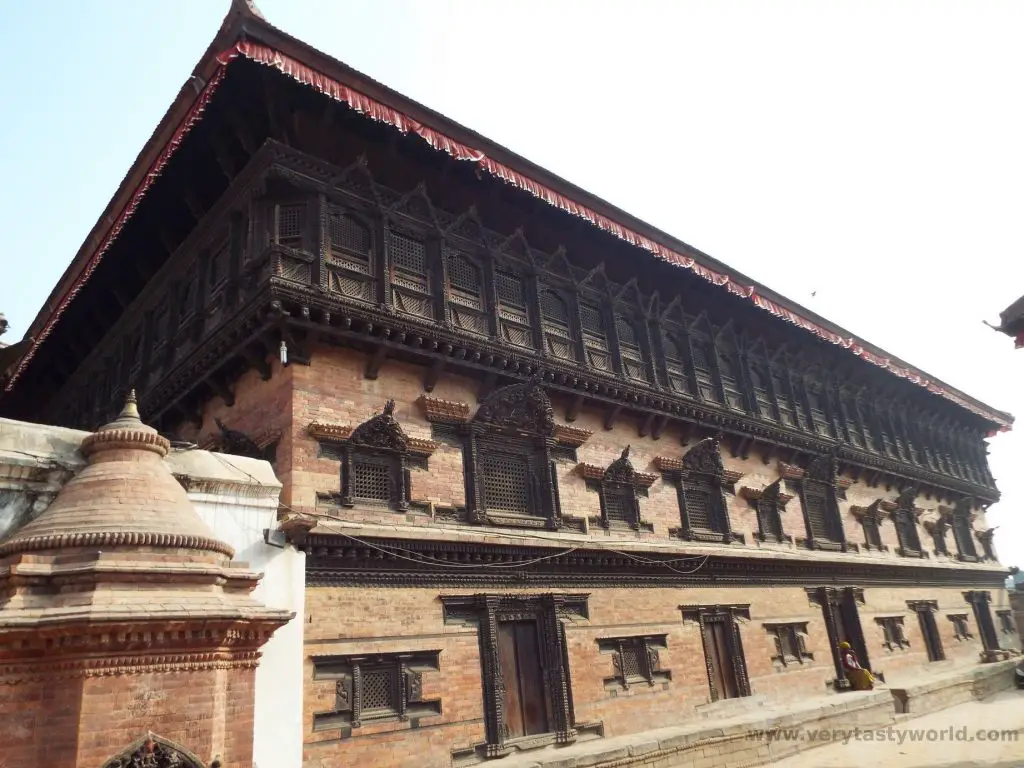
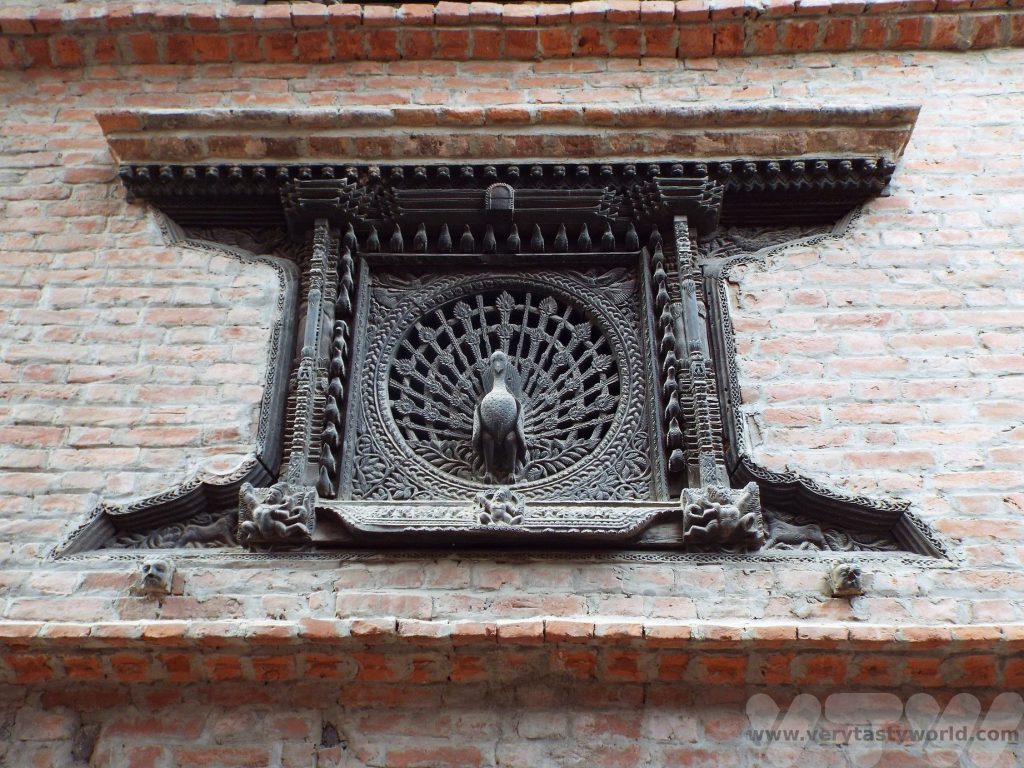
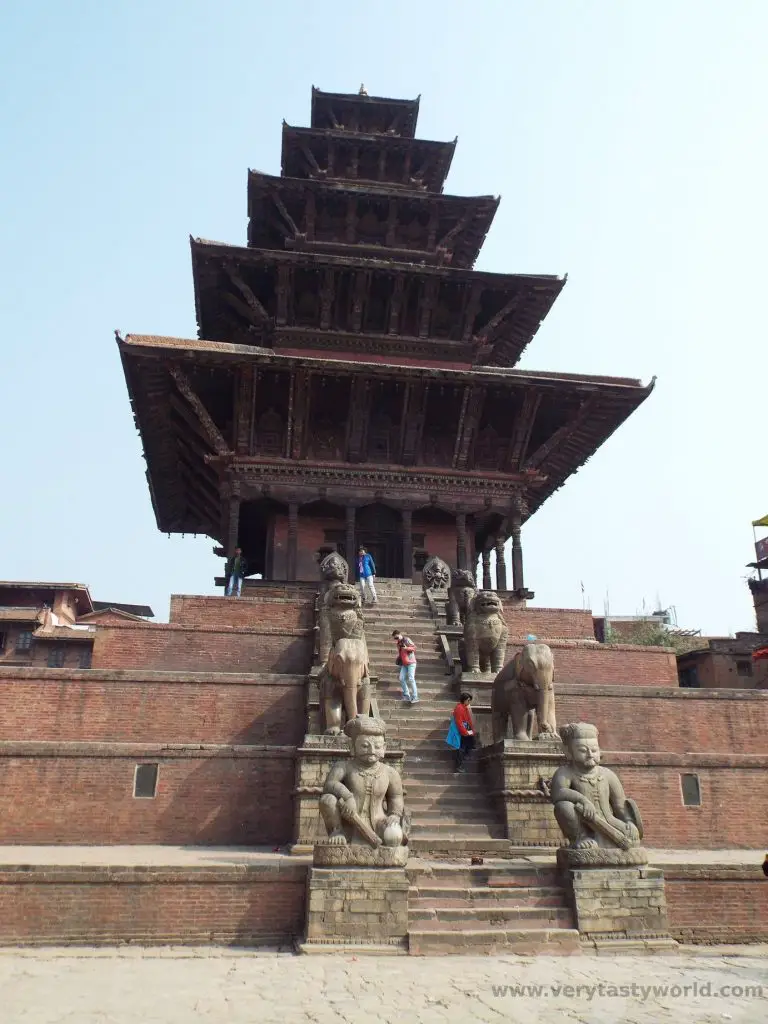
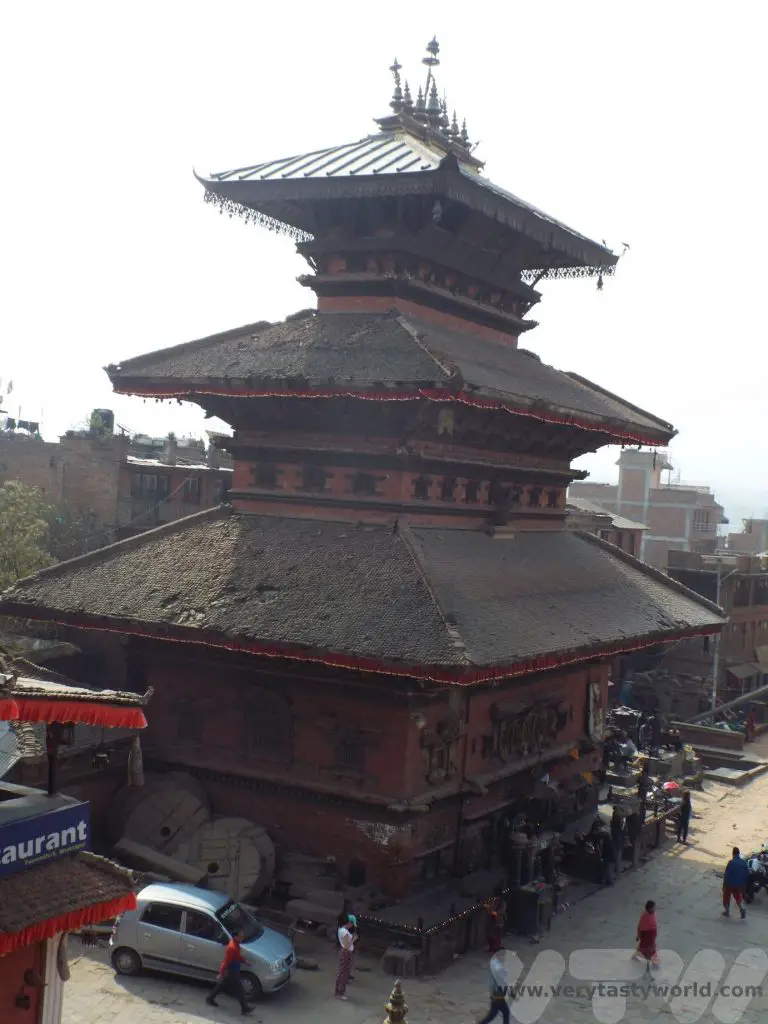
Patan is another UNESCO site. Around 5km from Kathmandu, it is so close to the capital that even though it is Nepal’s third largest city, it almost feels like a suburb of Kathmandu these days. Along with the capital and Bhaktapur it is one of Nepal’s three royal cities. It is also known as Lalitpur – City of Beauty – a title that is hugely apt.
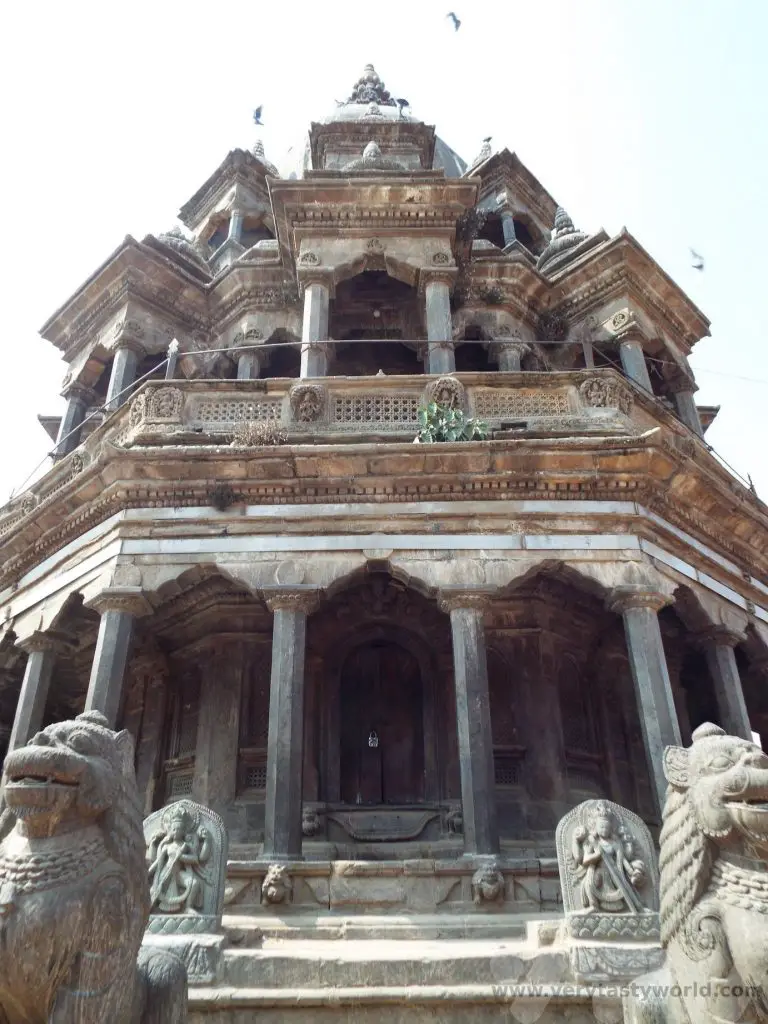
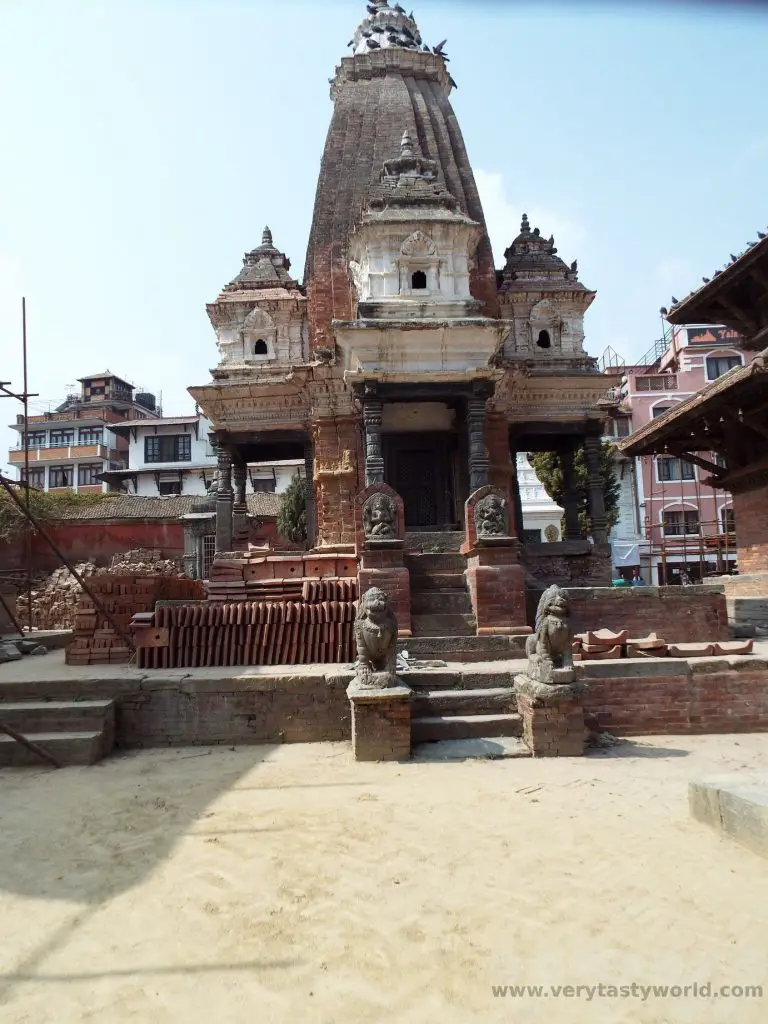
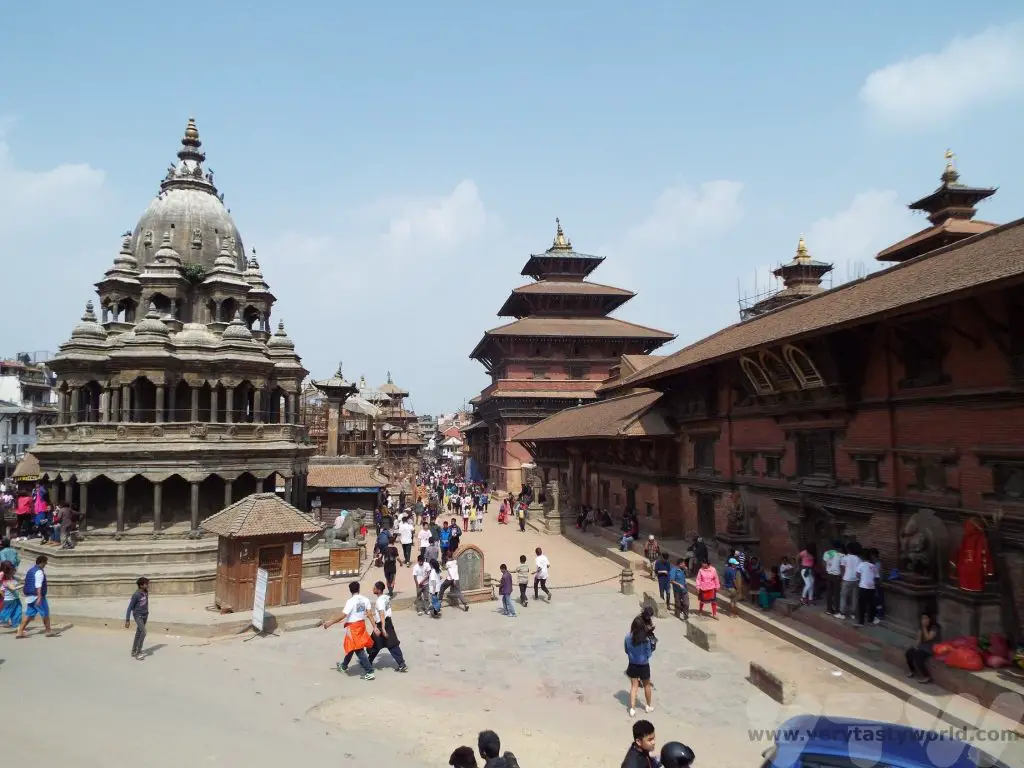
Sadly, both cities and their remarkable historic buildings were badly damaged during an earthquake in 2015 and repairs have been ongoing for some years.
Happy, Happy Holi
Holi began tentatively for us. We were doing a walking tour in the early morning in Bhaktapur when a smiling young man approached us as we were strolling down a side street, smeared a little red powder paint on our cheeks, and declared “Happy Holi!”. We wished him the same.
As soon as we had paint on our faces we quickly discovered that we were fair game. People would come up to us and anoint us with paint powder. Children bearing water pistols would quietly approach us then squirt us before running away, shouting joyously as we gave chase, their families looking on smiling and laughing. And we loved every moment.
Moving on to Patan, by mid-afternoon the town squares were filled with crowds as music played loudly and colours filled the air.
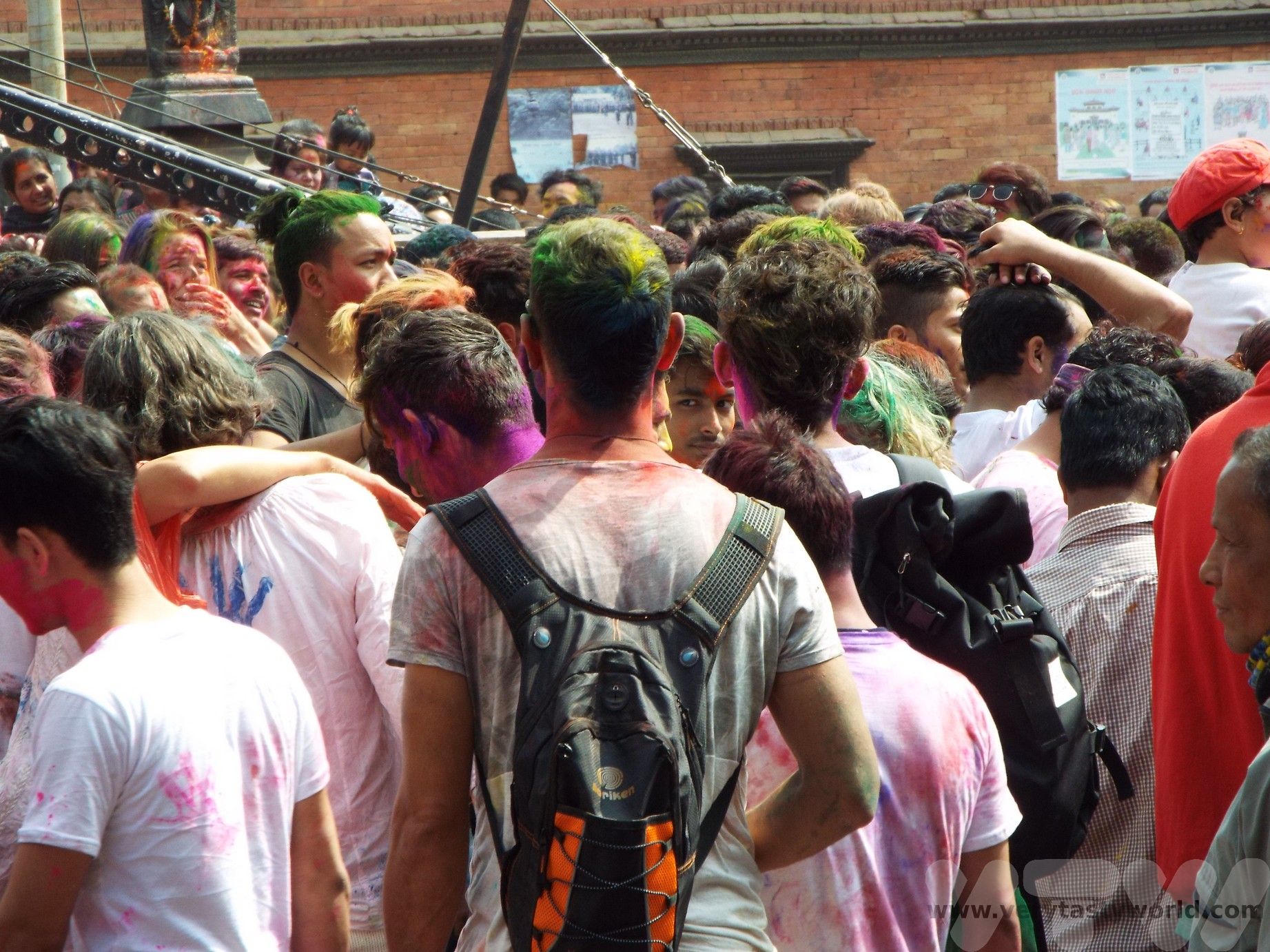
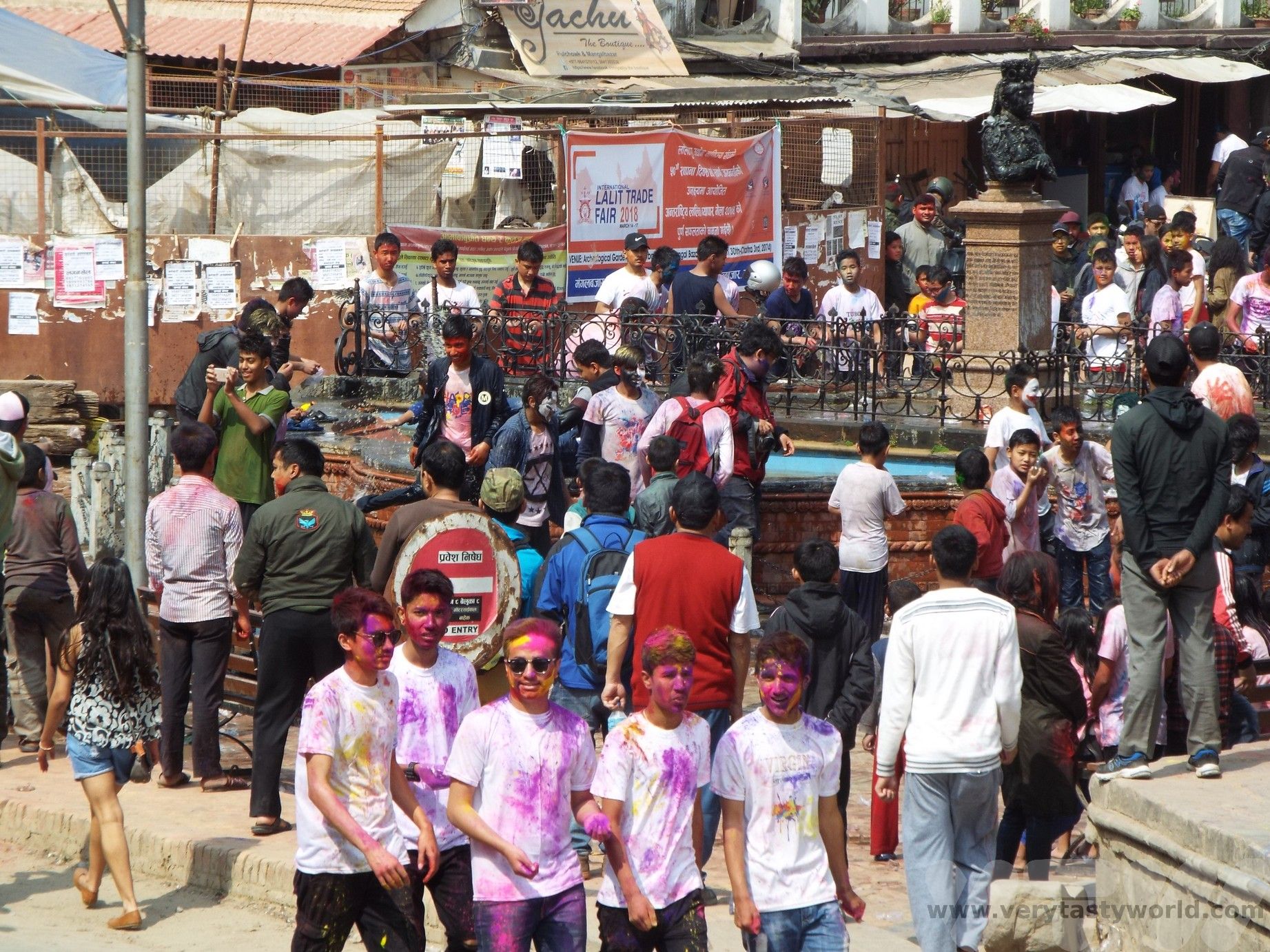
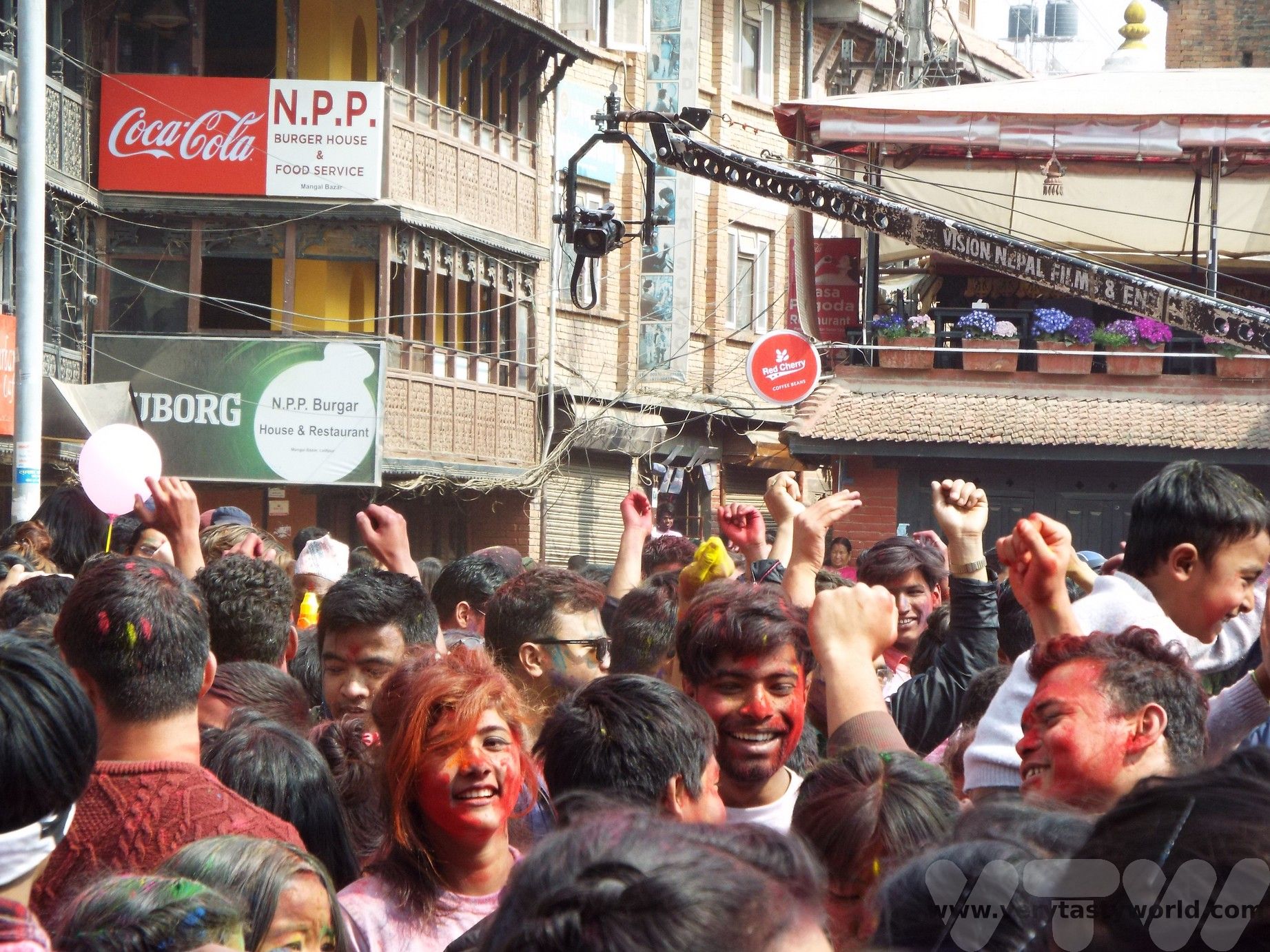


Even one of the local dogs took part.
Walking through the town people were singing and dancing in the streets, “Happy, Happy, Holi!”
It was lovely looking out at the celebrations over Durbar Square.
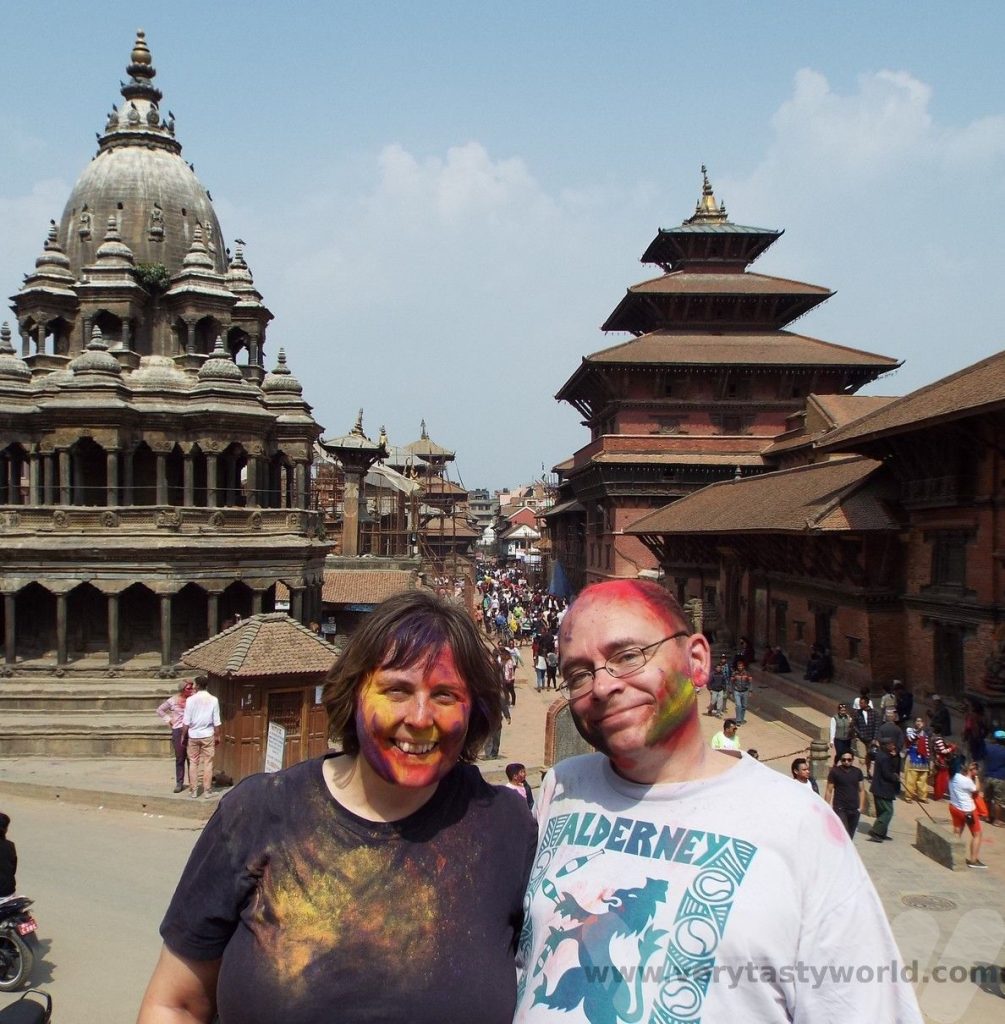
Holi In Nepal – Celebratory Food
Of course we wanted to try some of the local food. At a tiny restaurant off one of the side-streets near Durbar Square in Patan, we joined local people sitting on benches in front of low tables, and discovered chatamari. We sat down on a bench and watched the cook expertly make this lovely dish. It’s a celebratory food and it seemed entirely appropriate for the day.
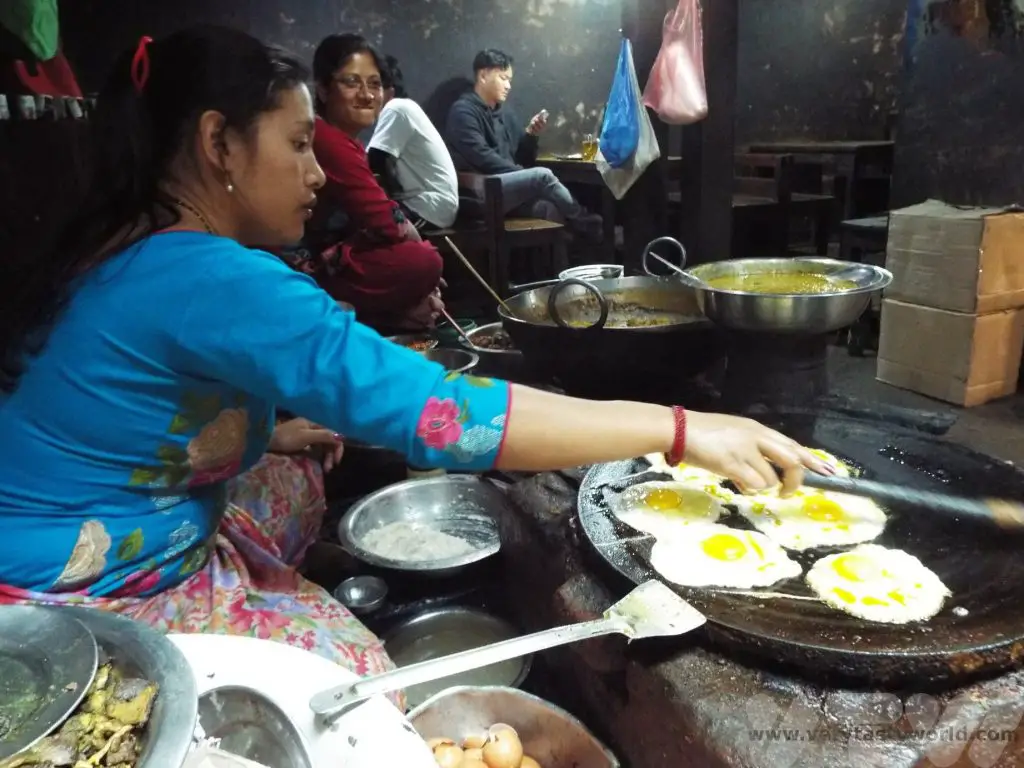
Chatamari is a specialty of the Newar community of the Kathmandu valley. It is like a pancake with toppings. The batter is made from rice flour, spices and eggs. It is then fried on top of a circular flat grill and various toppings are added as it cooks – ours comprised minced meat, onions and a fried egg – but fully veggie options are available.
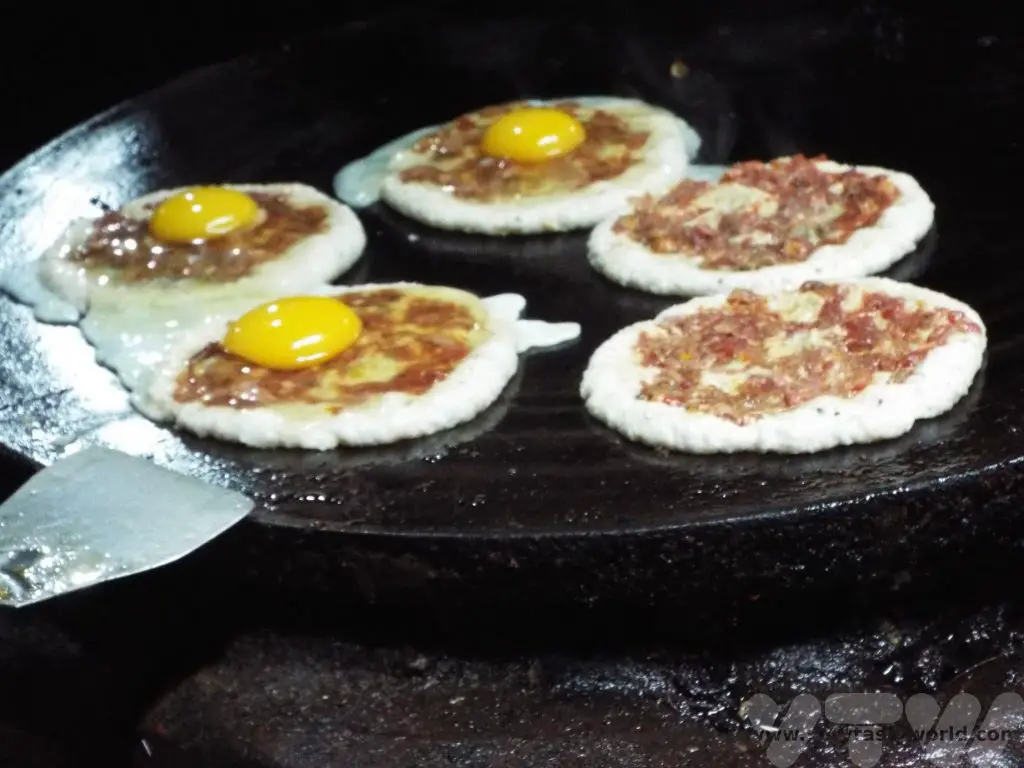
These were the star dish but were accompanied with some roasted lamb, a potato curry and bhuteko bhatmas, soybeans roasted in Nepali spices, which were spicy, crunchy and absolutely delicious. (And perfectly complemented a nice, cool beer.)
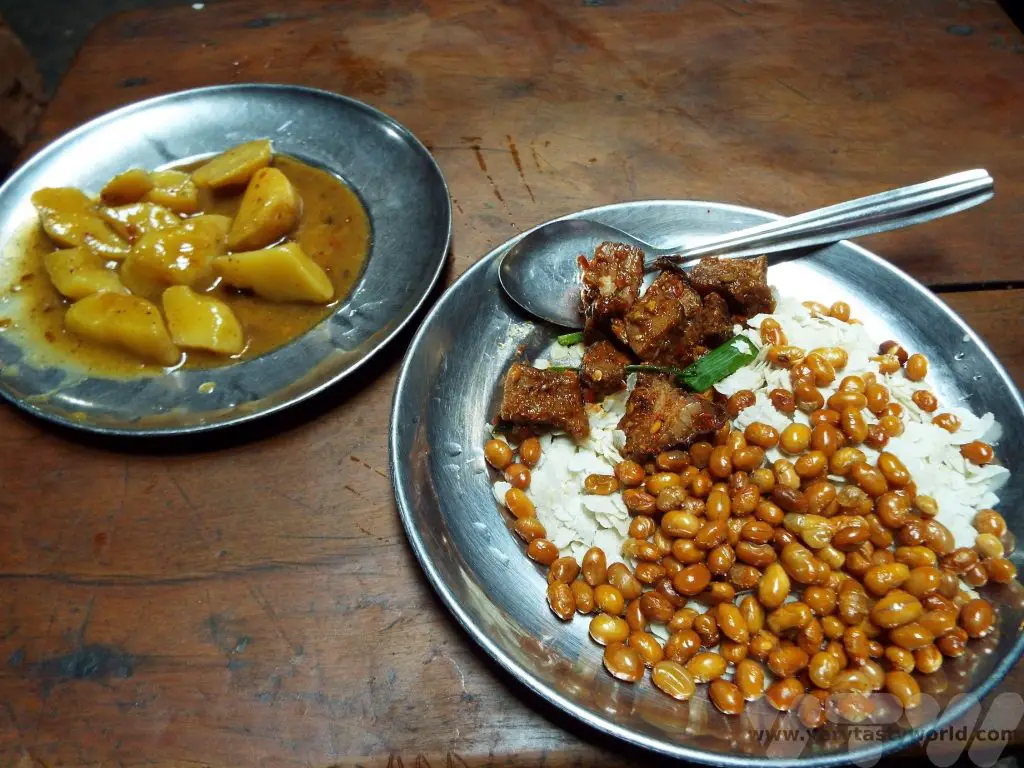
After lunch it was time to head back into the happy mayhem and explore further. The local children were particularly interested in playing Holi with us. Just as we were about to leave Patan we asked a passer-by to take a photo of colourful us – by the time he had figured out the camera setting… PHOTOBOMB! The kids were very happy to show us their pre-prepared waterbombs.
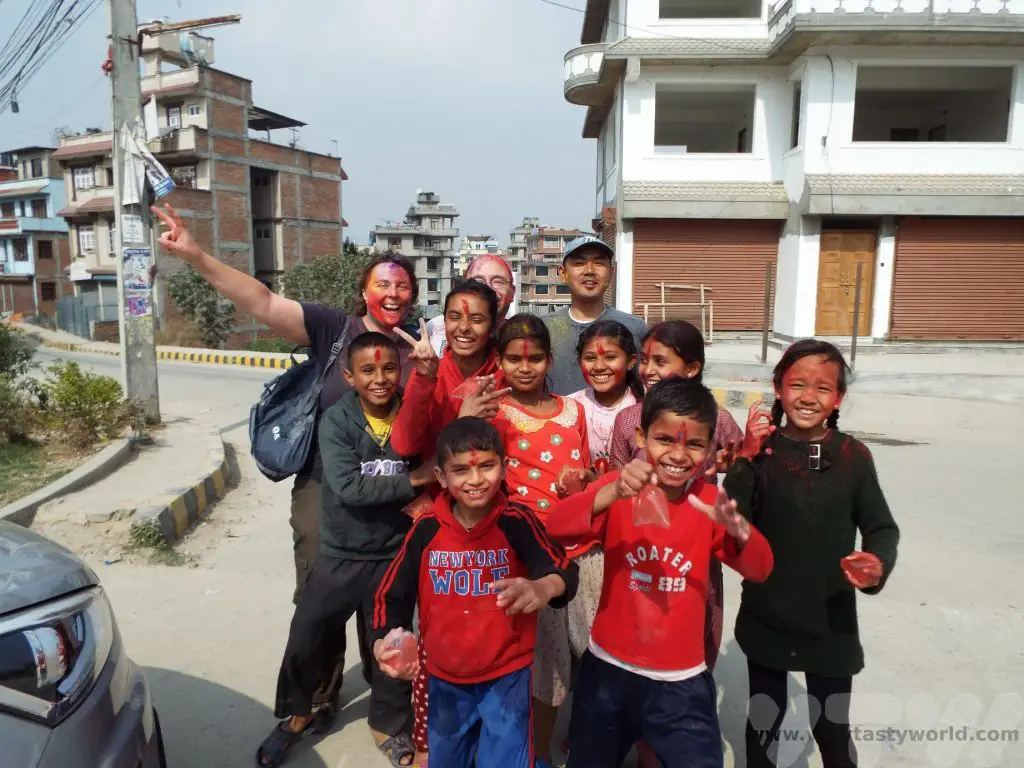
Arriving back at our (relatively posh) hotel in Kathmandu, absolutely covered in paint, we were a little unsure about how we would be received. Nobody minded, they knew it was Holi, and the local people were delighted that we had taken part and we were greeted with smiles. We showered very carefully, doing our utmost not to get paint on the hotel’s towels. We were largely successful.
Holi in Nepal was one of the most colourful, delightful and – above all else – happy festivals we have ever attended. It was truly a day of joy.
Related Posts You May Enjoy
Visit Petra in Jordan
The Rose Red City
There are many magnificent archaeological sites in the world and the Rose Red City of Petra is undoubtedly one of the greatest. It had long been an ambition to visit and it was top of our list when exploring Jordan. Here is a guide to a visit to Petra.
The most famous image of Petra that of Al-Khazneh, The Treasury (the one you see in the film Indiana Jones and the Last Crusade) and we knew that we would walk through a dramatic canyon, known as As-Siq, to reach it. What we didn’t realise was quite how extensive the site is.
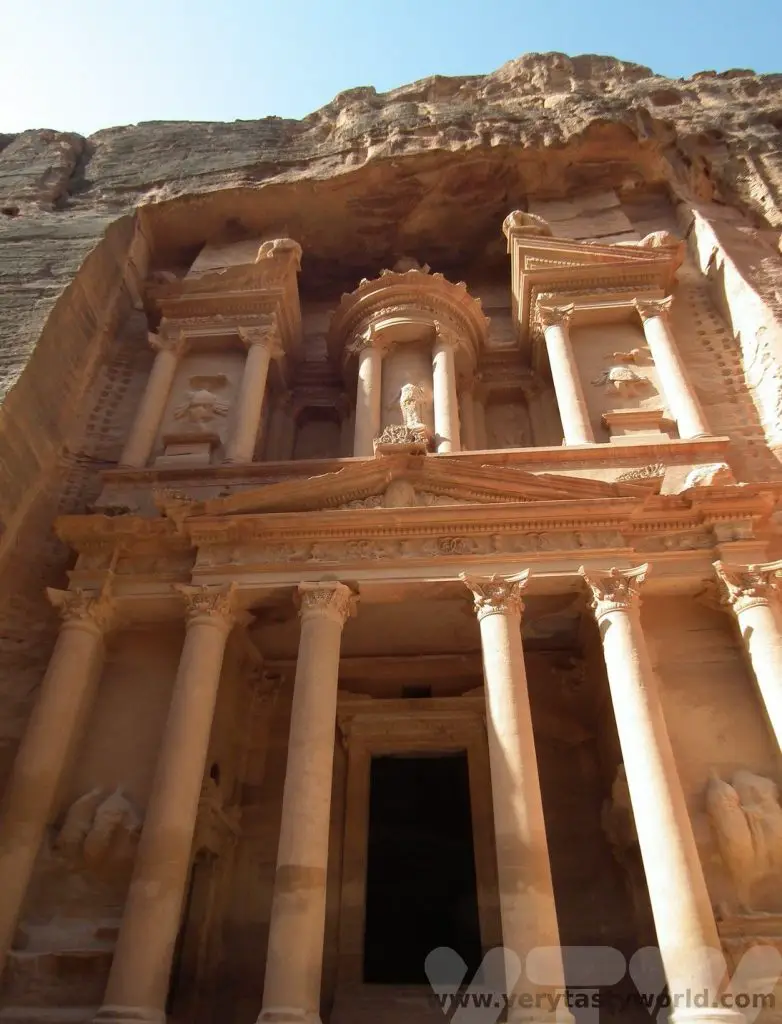
The History Of Petra
Petra was built by the Nabateans, an ancient Arab tribe, around the 1st Century BCE. The Nabateans were involved with caravaneering, trading in goods from all over the Middle East and Far East, and they became very wealthy protecting the region’s trade routes. Goods came from as far as China and India. What was fascinating about the Nabateans was that they were a clever, enlightened people. They believed in cultural inclusivity and appropriated technology from all over the world, absorbing influences from the places they traded with. You can see many different architectural styles throughout Petra.
In 106 CE the city was overtaken by the Romans who renamed it Arabia Petraea. The city did thrive under Roman rule for many years but its importance as a trade route declined as sea trading routes developed and became more important for transporting goods. It was significantly damaged by an earthquake in the 4th Century CE. It declined further during the Byzantine era and the city eventually was abandoned became ‘lost’ for centuries. It was re-discovered by explorer Johann Ludwig Burckhardt in 1812.
Visit Petra In Jordan – Practicalities
The site is located around 240km from Jordan’s capital city, Amman. The time it takes to reach the area does vary depending on the traffic, especially in Amman, which can be quite congested, but also the route you take. It’s around three hours by car on the modern desert highway or five hours on the King’s Highway. It is possible to do a day trip to Petra from Amman by bus, leaving early in the morning and returning in the evening, but the visit would be very rushed. It is also possible to reach the site using a hire car (the driving would be easy except in Amman where the roads are quite chaotic) or via a private tour – there are many options available.
We had travelled to Petra via Mount Nebo and the Dead Sea having spent some time in Amman, and after visiting the Roman city of Jerash.
You can’t stay in Petra itself (edit – that is, there are no hotels in Petra), but there is a town called Wadi Musa nearby. Our hotel was about a ten minute walk from the site entrance at Wadi Musa, which was a further kilometre away from the start of the Siq. Included in the ticket price is a horse ride to the Siq, which we declined. We don’t feel comfortable using animals when we are travelling as we can never be sure how they are treated, so avoided these. We prefer to walk anyway. Since we visited, an initiative has been established to use electric vehicles that will replace the horse-drawn carriages.
We had two full days to explore. We needed them. You cannot enter the site without purchasing a ticket at the visitor’s centre at Wadi Musa and we recommend finding a guide for at least part of your visit. We found the most delightful guide at the visitor’s centre who was with us the first morning; he showed us Petra’s main features and explained a lot of the history. We spent the rest of the time there exploring the site for ourselves. (This link will take you to current entrance fees and costs for guides.)
The Siq
Just before the entrance to the Siq you can see the Obelisk Tomb and the Bab as-Siq Triclinium.
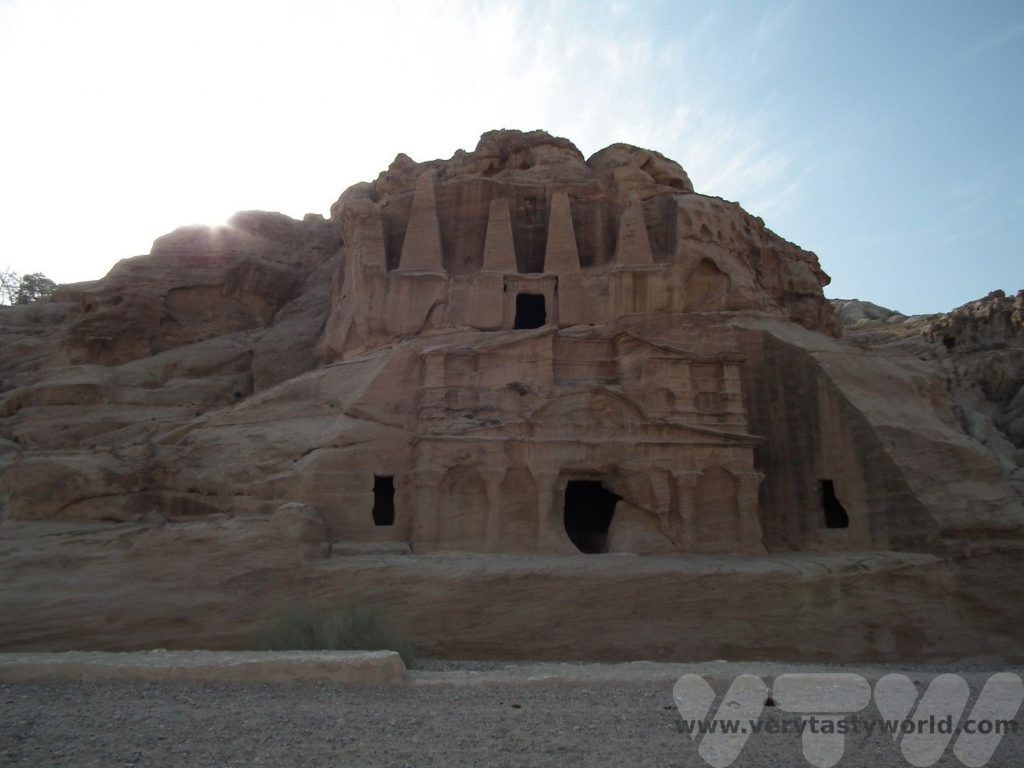
Then you enter the gorge itself. The Siq is about 1200 m long. It is deep (up to 80m in places), at times narrow, and stunningly beautiful. You can see all sorts of natural features, rock formations and fossils, as well as the remains of carvings showing caravans and camels.
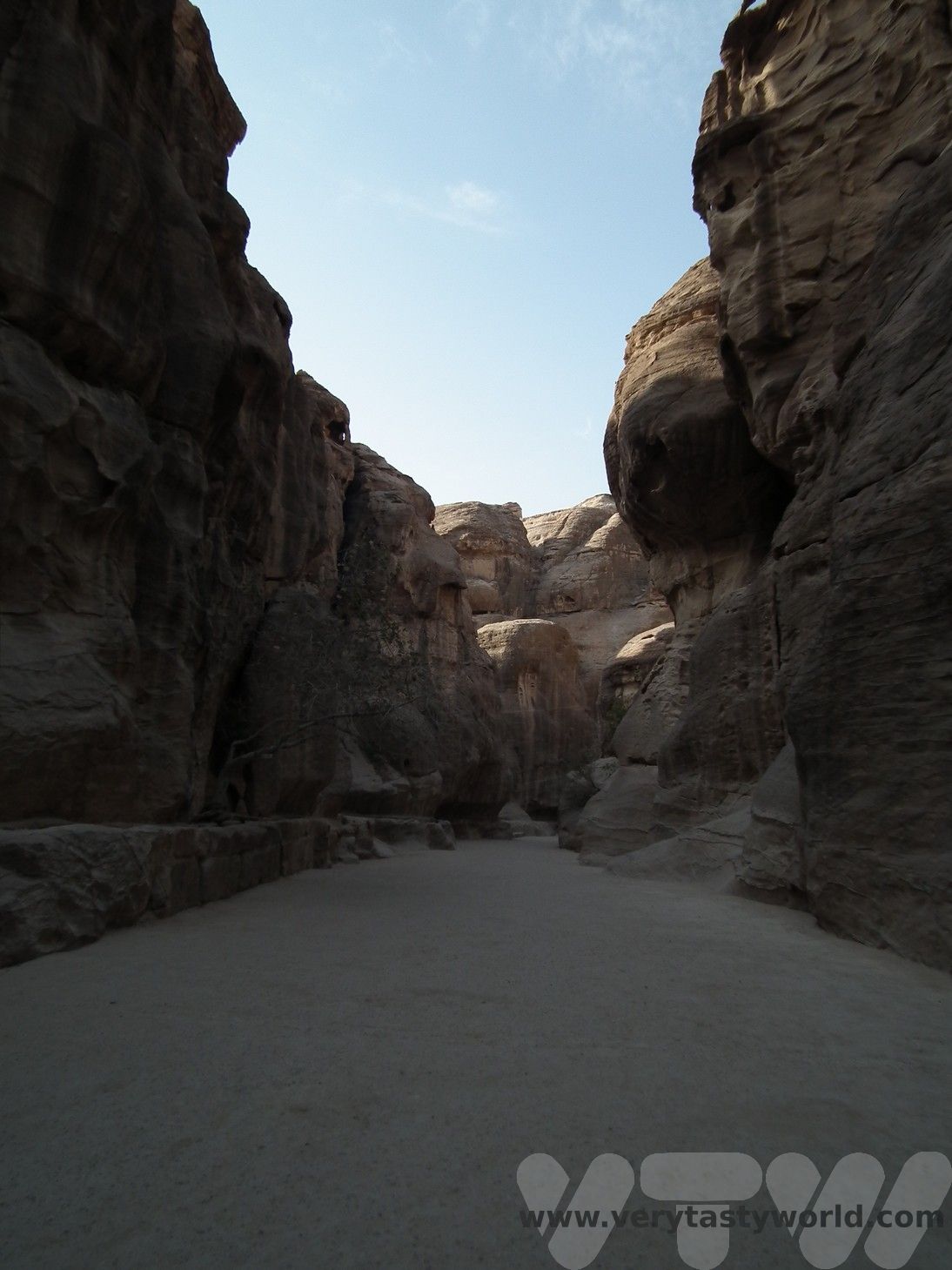
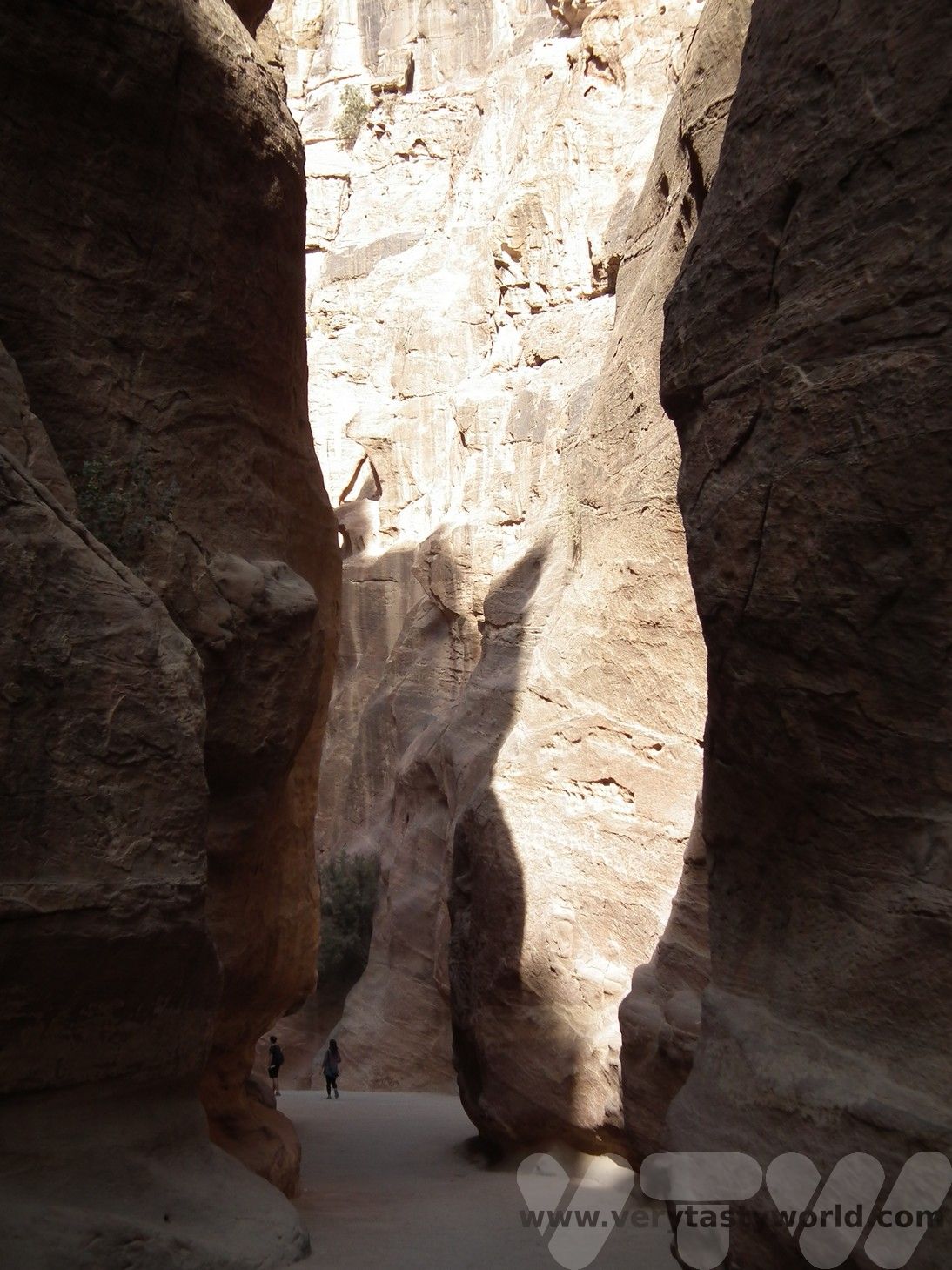
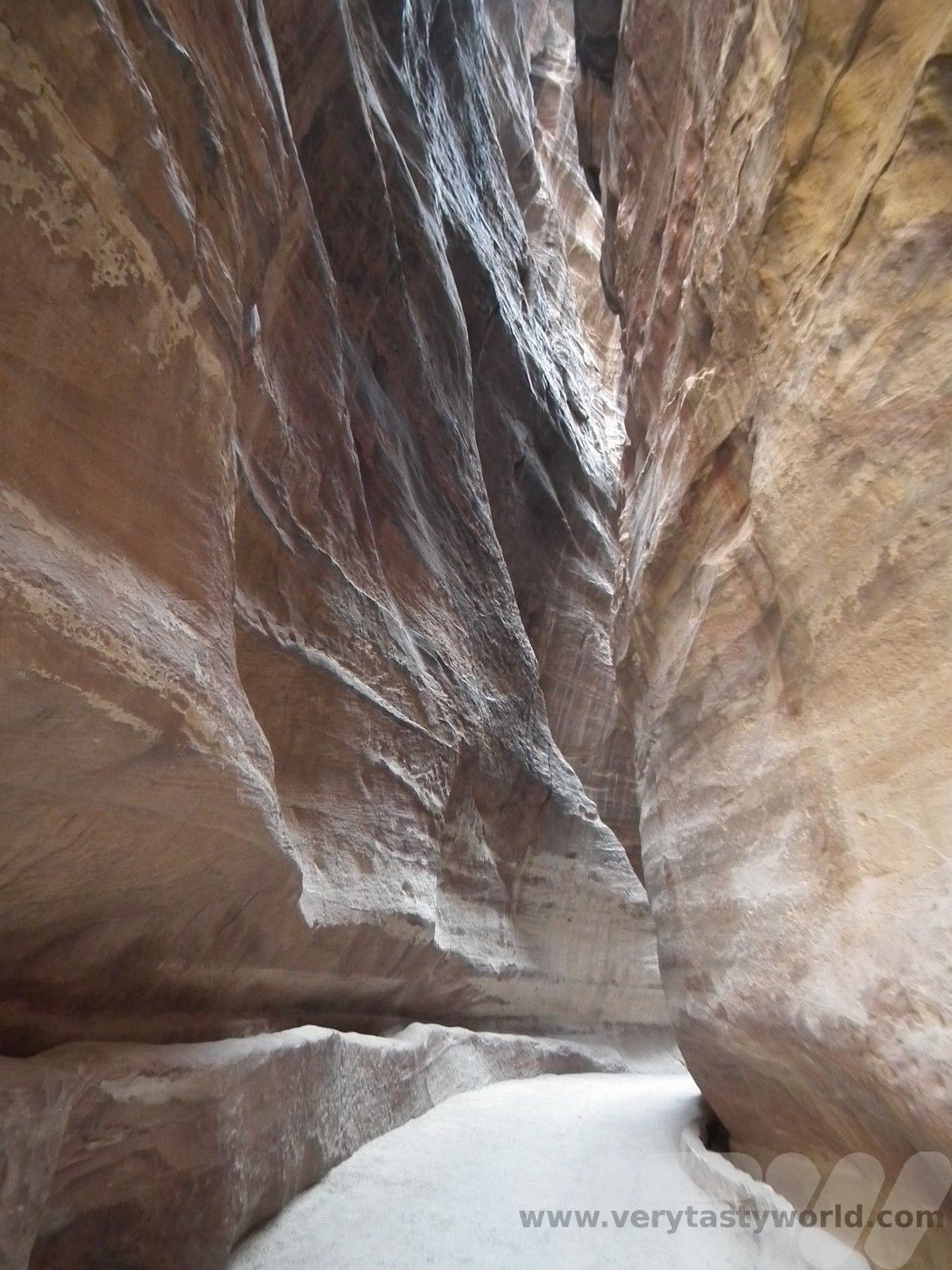
The photo shows drainage channels carved into the rock, inspired by Chinese bamboo irrigation channels, which carried water to Petra.
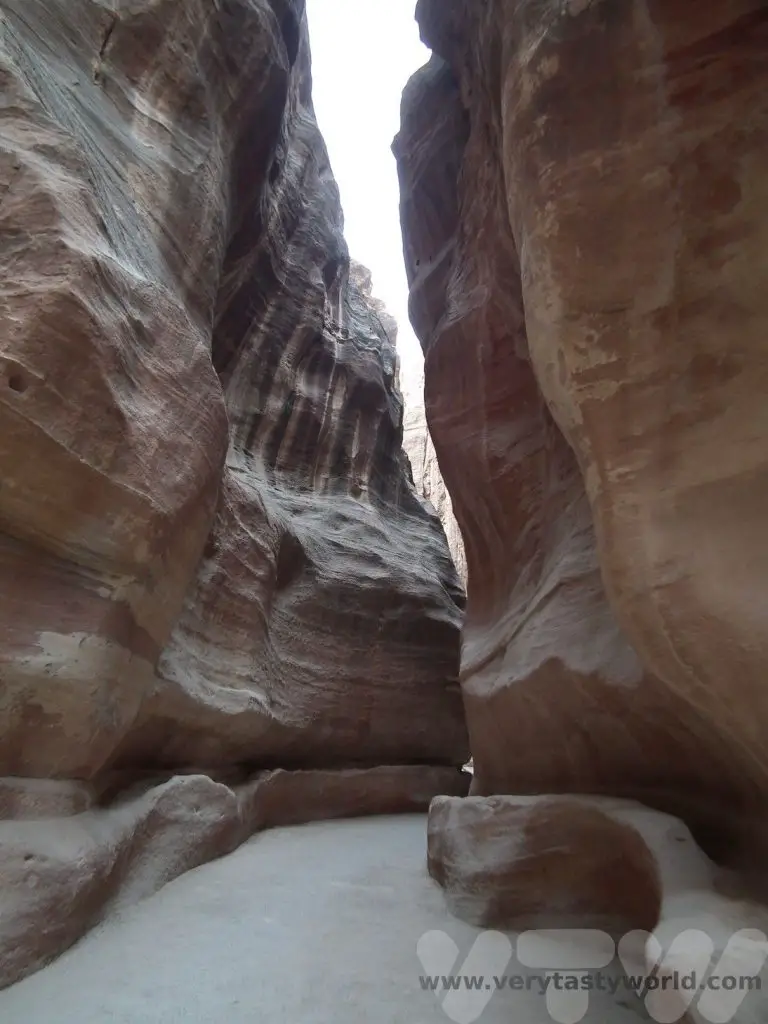
Then, at the end of the walk, you get a tantalising glimpse…
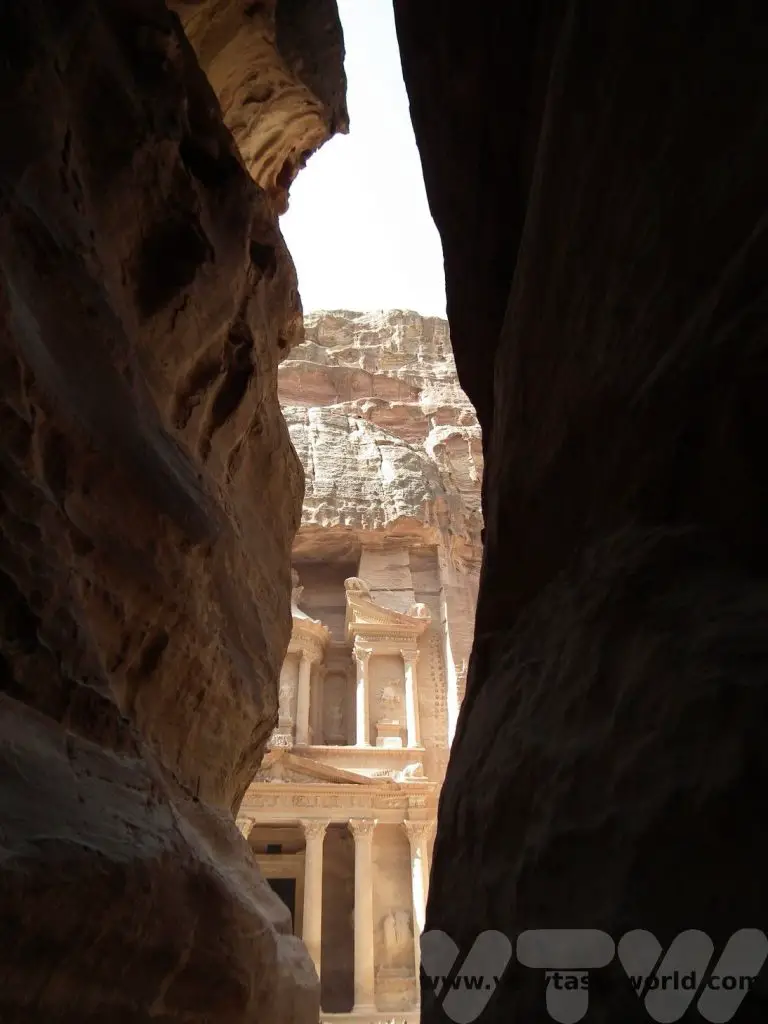
…of the Treasury, Al Khazneh. It’s actually a tomb of a 1st century Nabatean king. It’s about 30m wide and over 40m high. As with all the tombs at Petra, it was carved from the top down. (This process is similar to the amazing underground churches of Lalibela in Ethiopia.) You can see lots of indentations in the sandstone at the side of the structure. No-one is really sure about what they were for, but they could have been used by the craftsmen and masons for climbing to the top.
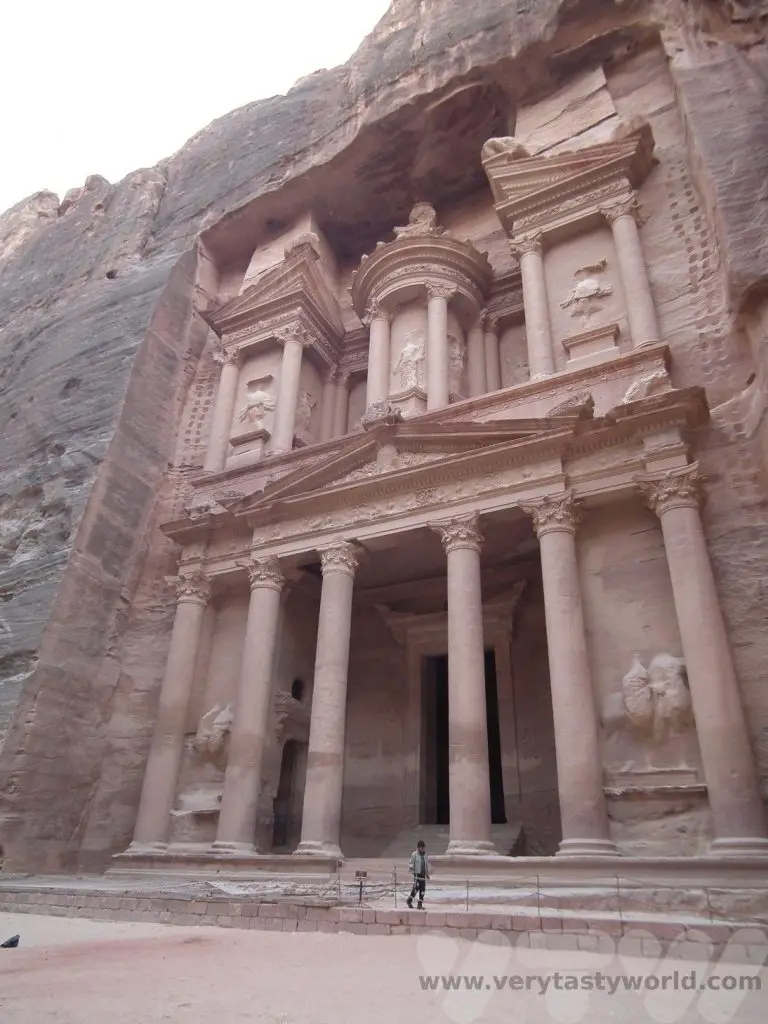
Exploring Petra
The Treasury is just the start of the site. It’s the only place you are not allowed to go inside. Everywhere else is open for exploration. There are no restrictions and no barriers so you need to take care.
From the Treasury you follow the Street of Facades, which has rows of tombs, all intricately carved from the rock.
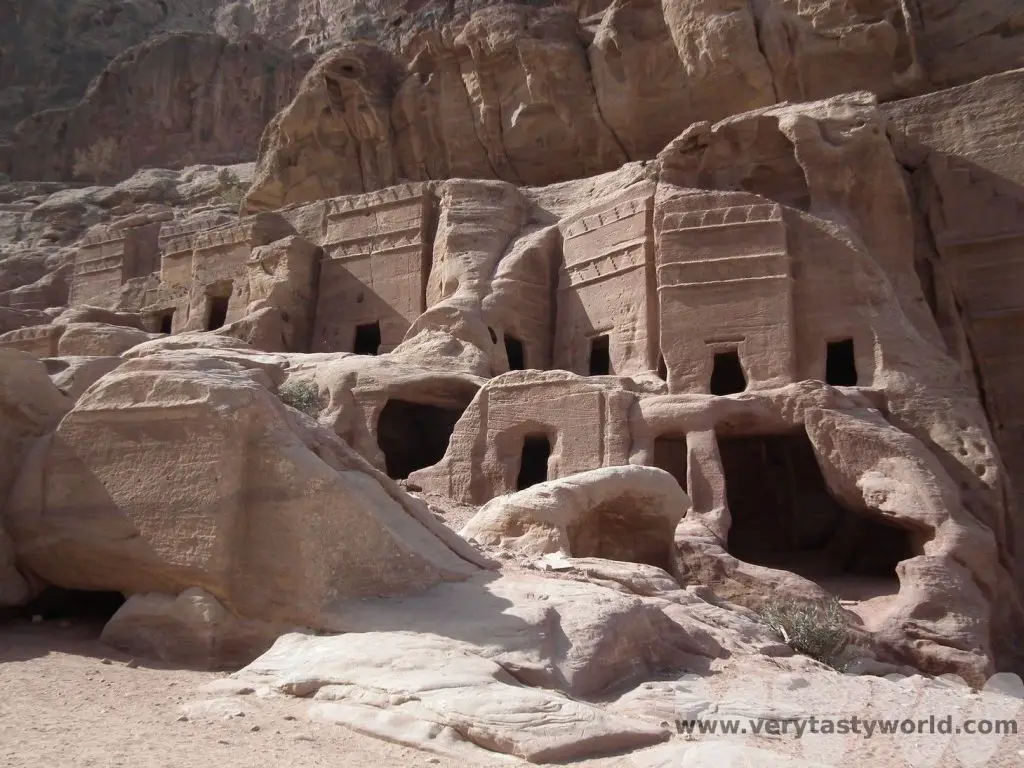
At the end of this street is the amphitheatre, carved into the rock, which appears to have a Roman influence. Its maximum capacity was around 7000 people.
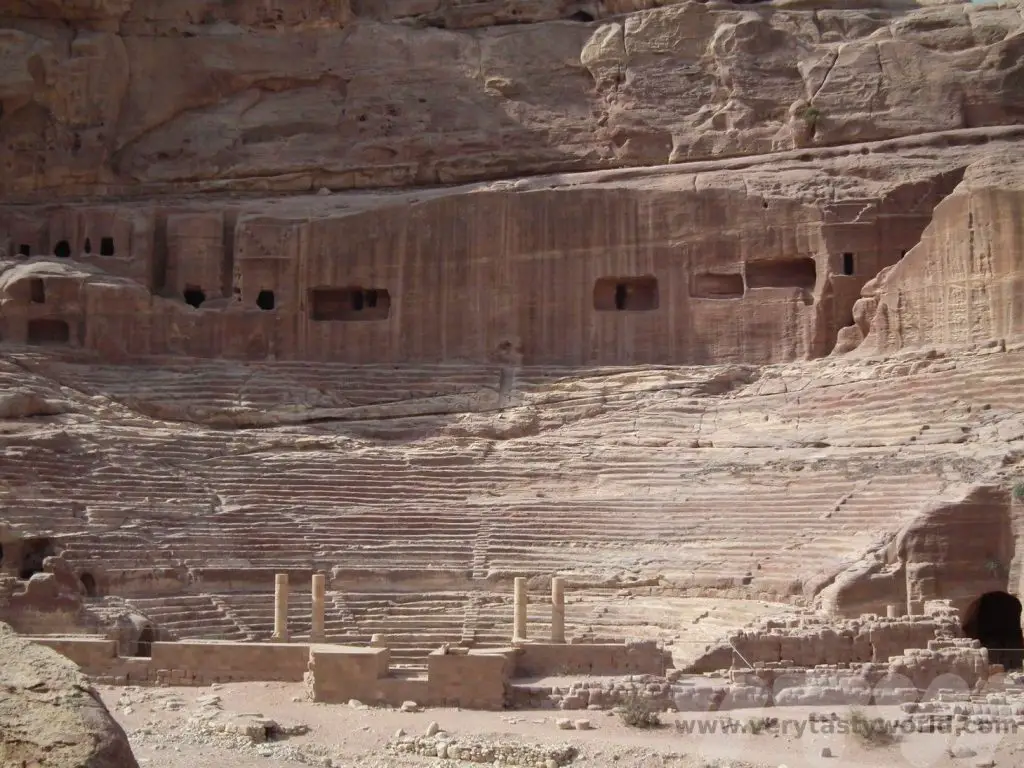
At the end of the street you can see further Nabotean tombs to the right…
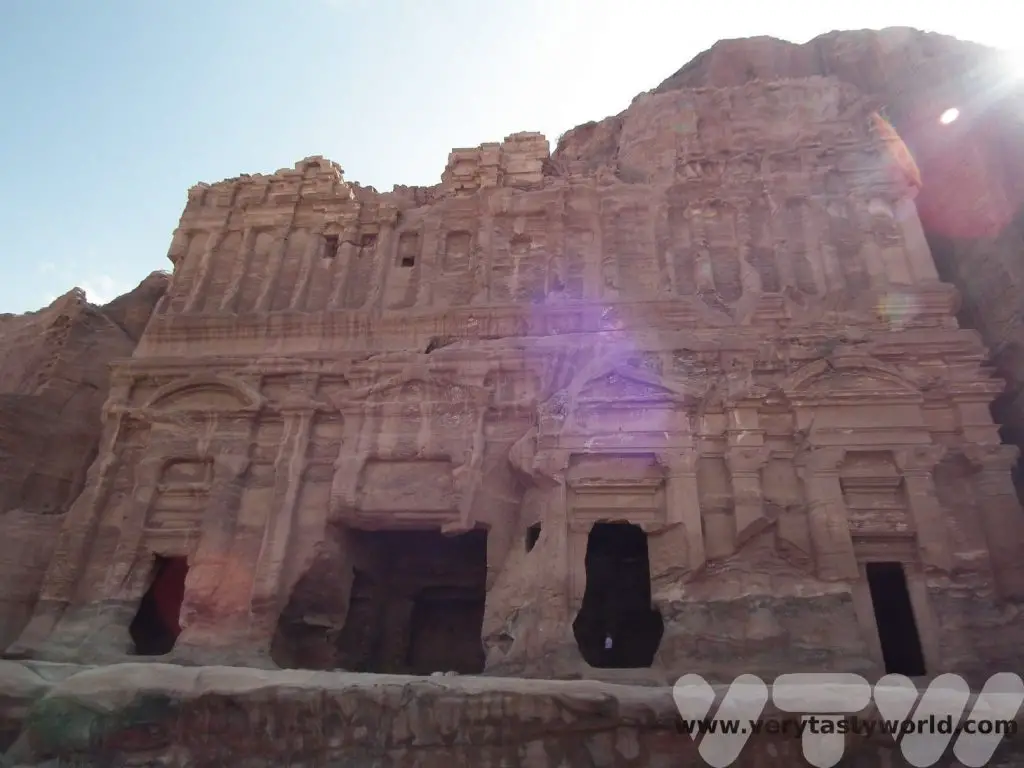
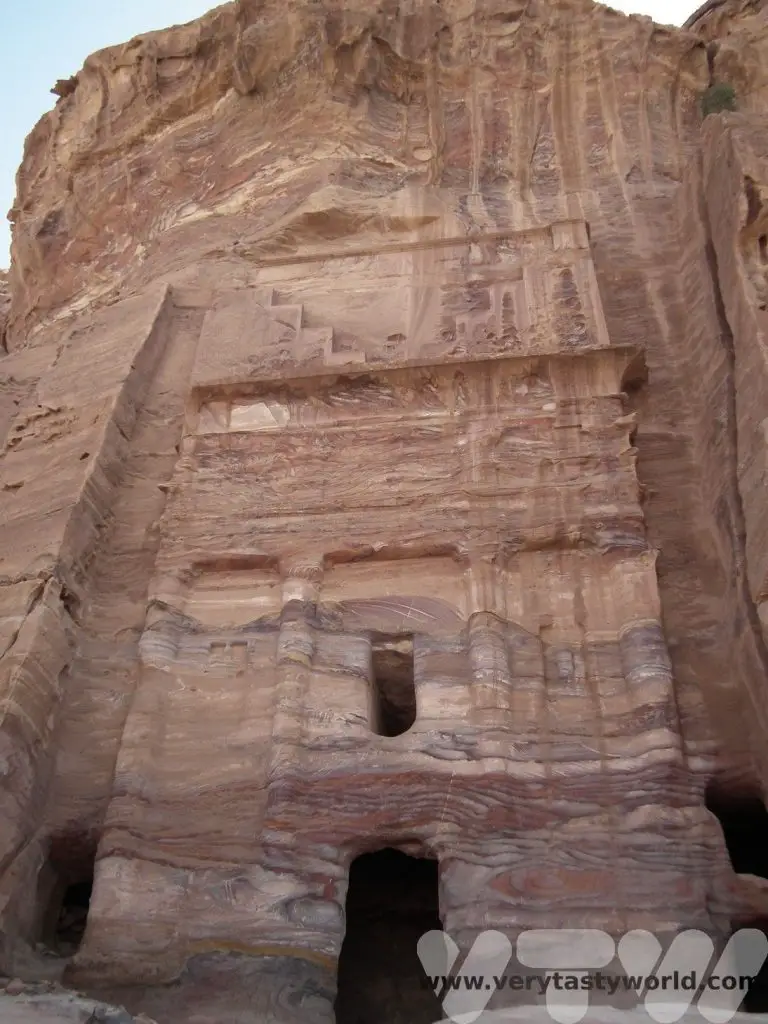
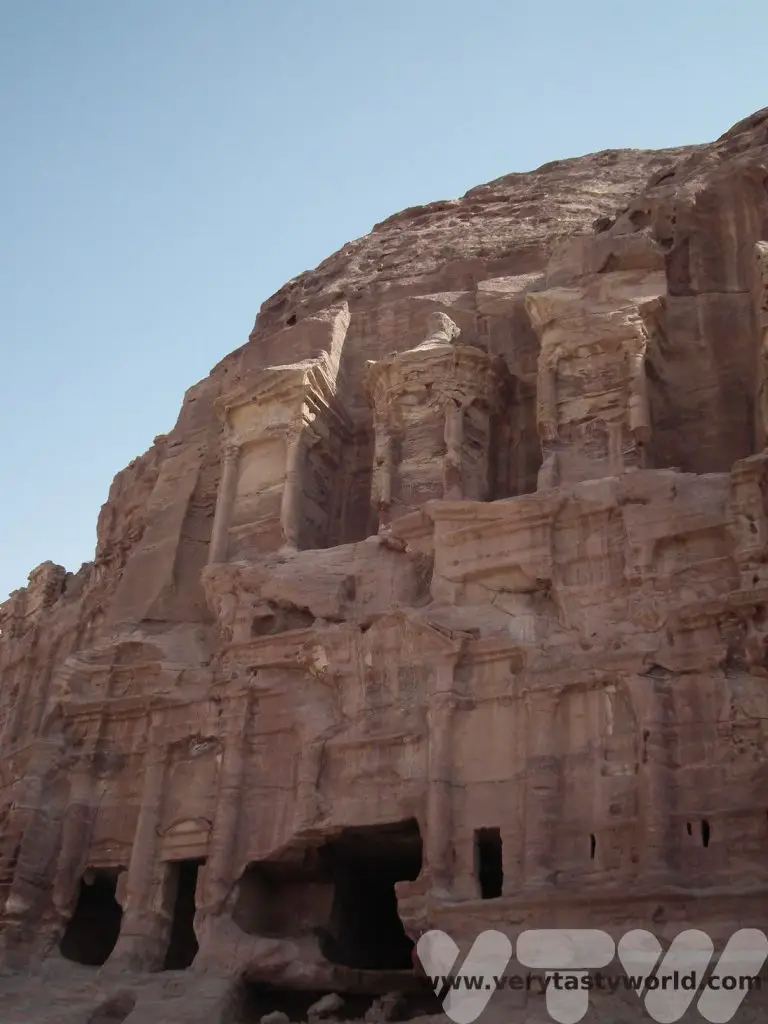
If you make a left turn you will walk along a colonnaded street, with marble pavement much of which is still preserved, which was effectively the city centre. It would have been lined with temples and public buildings.
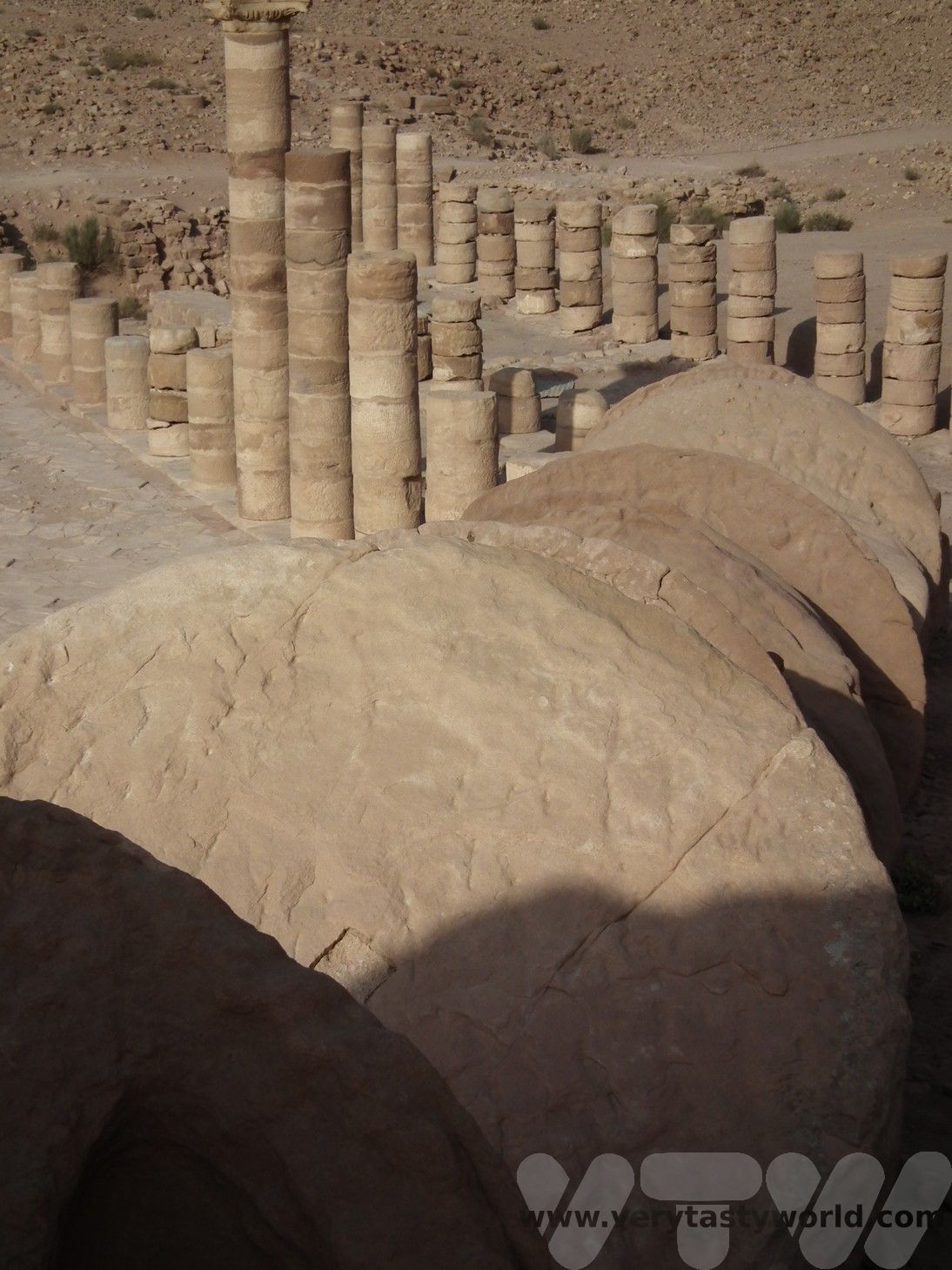
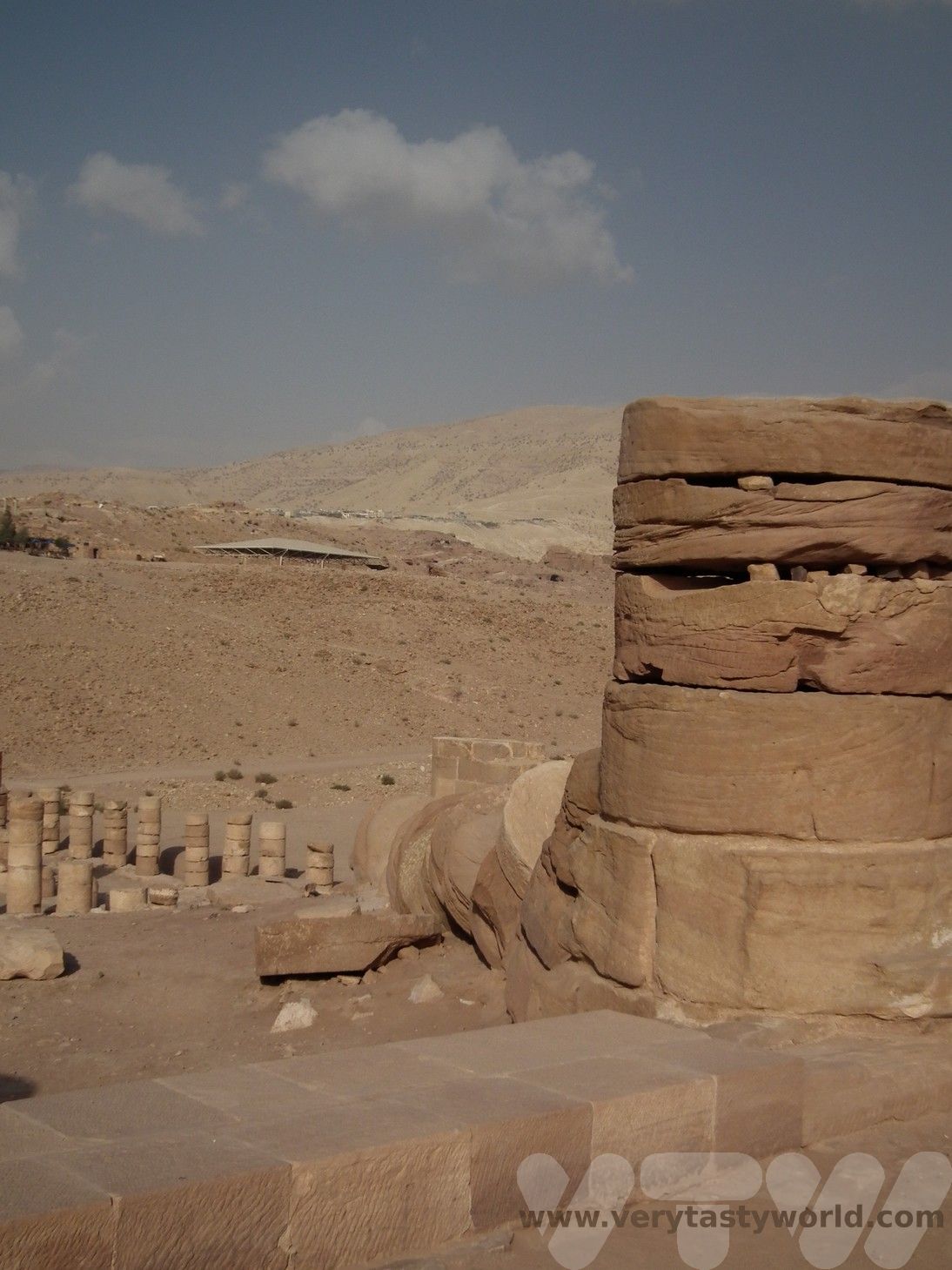
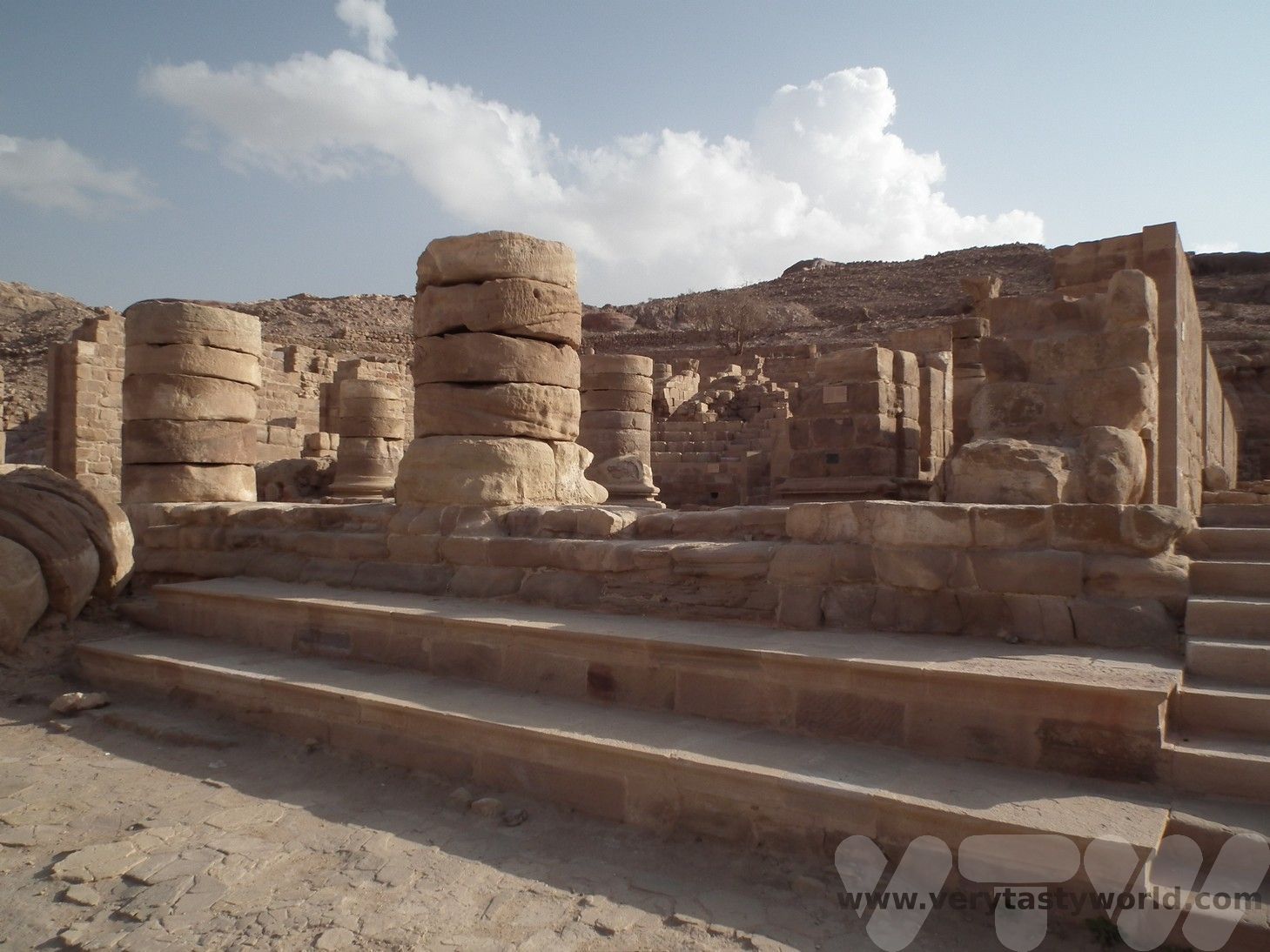
At the end of the street is the route to the Monastery.
The Monastery
We climbed 800 steps to Ad-Deir, The Monastery, which we found to be a moderate walk. It is classed as difficult on the trail guide because some of the steps have worn over the years. We needed to scramble a little on some sections.
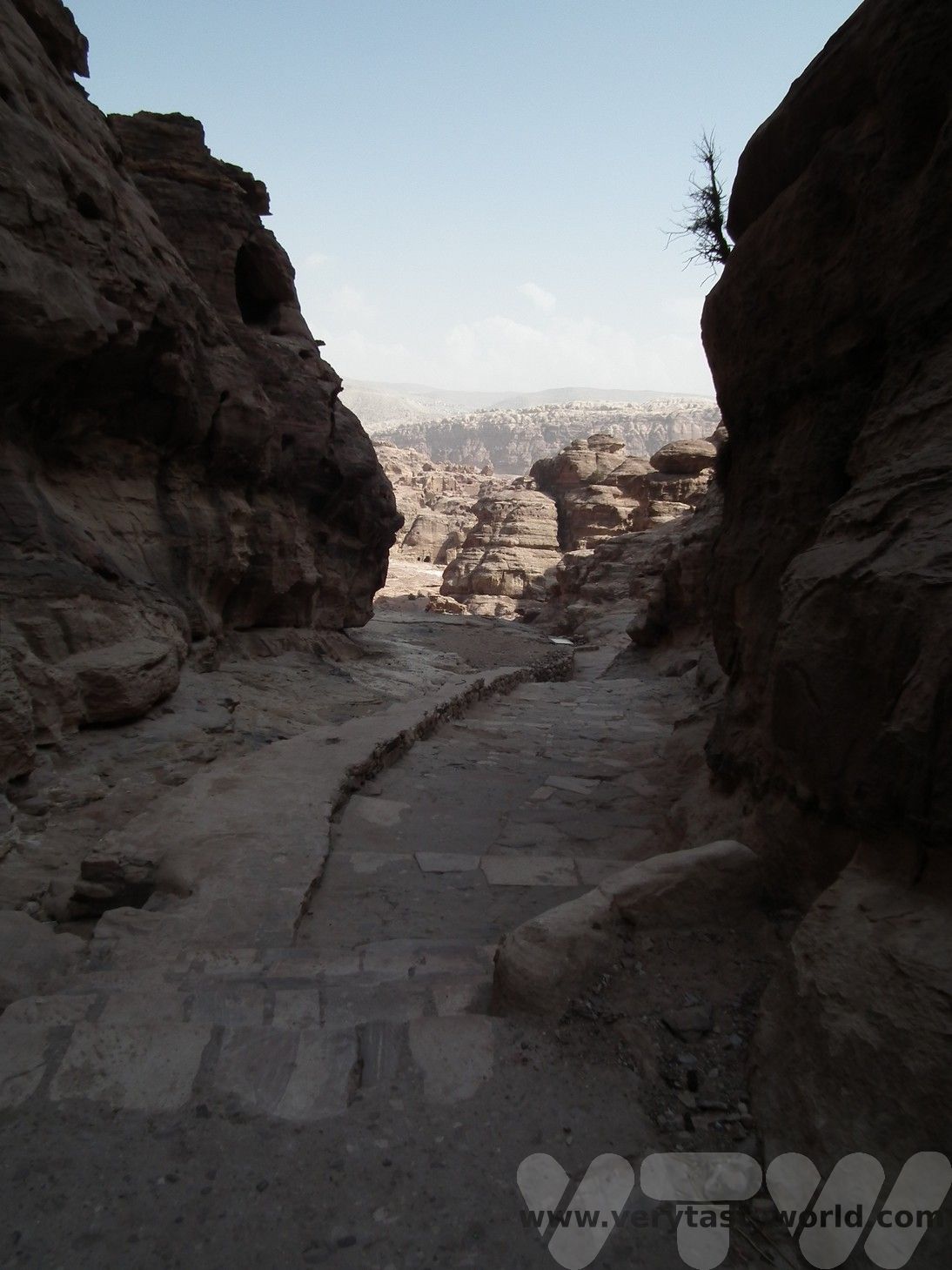
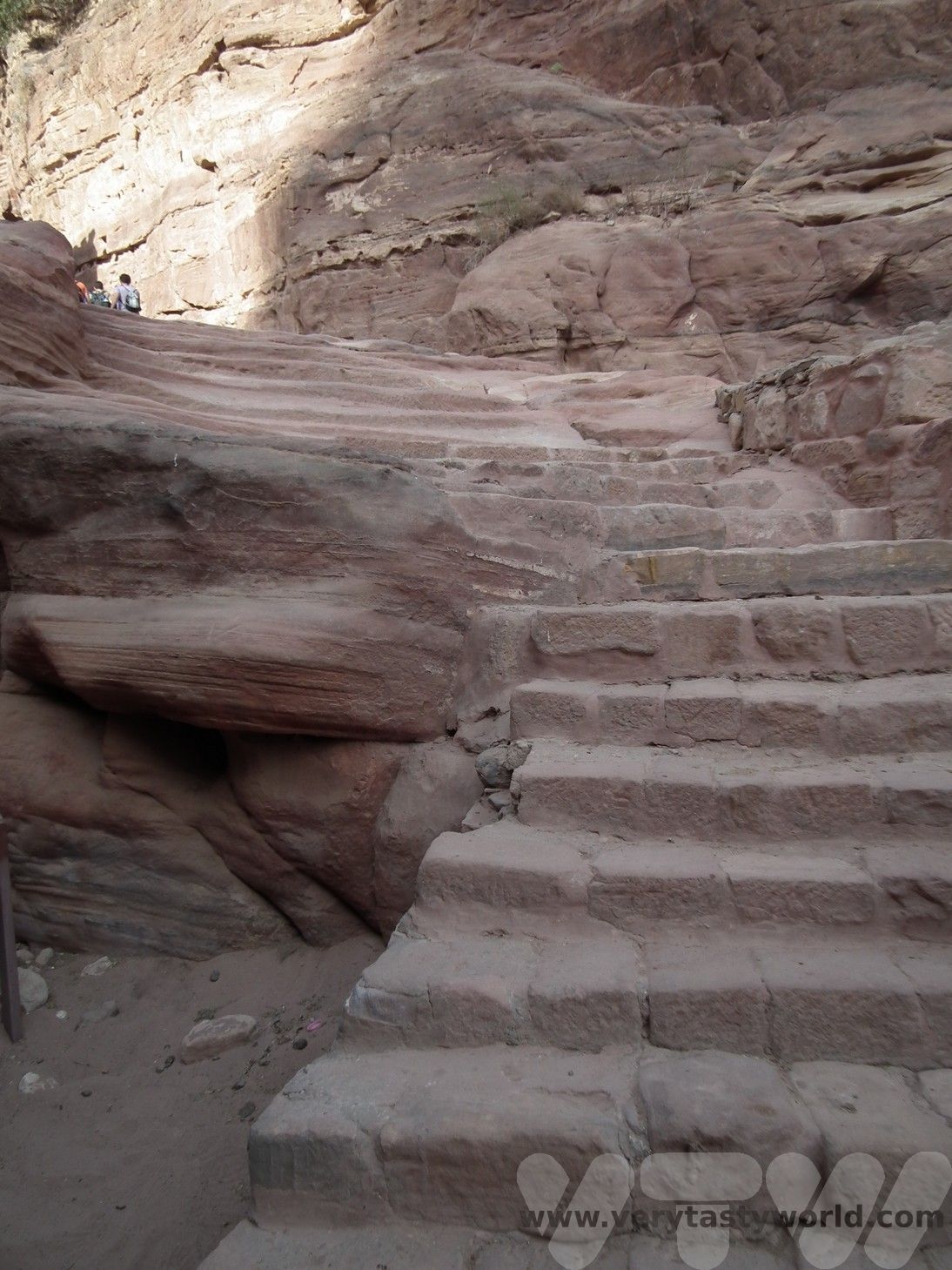
When we arrived we were delighted to discover that the Monastery was as spectacular at the Treasury.
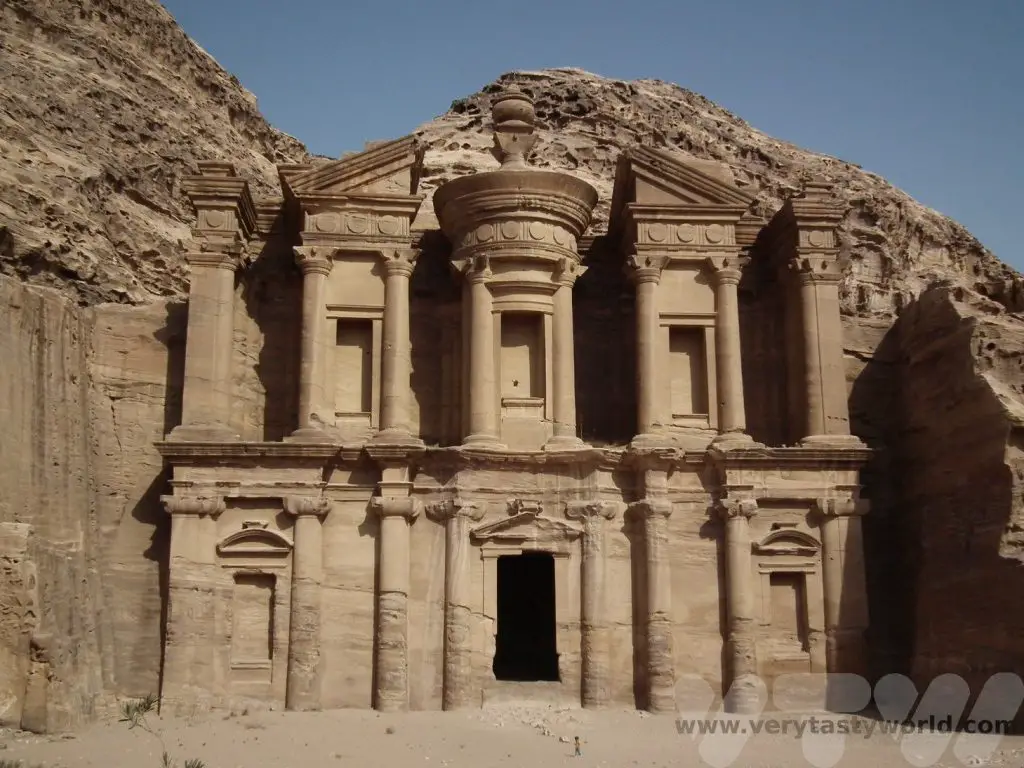
If you look closely at the photo below you can see a man sitting on the building, high up on the central colonnade. We had watched him climb all the way up the adjacent cliff face and then onto the building itself, leaping across the colonnades with absolute confidence – an amazing form of parkour. It was utterly terrifying watching him.
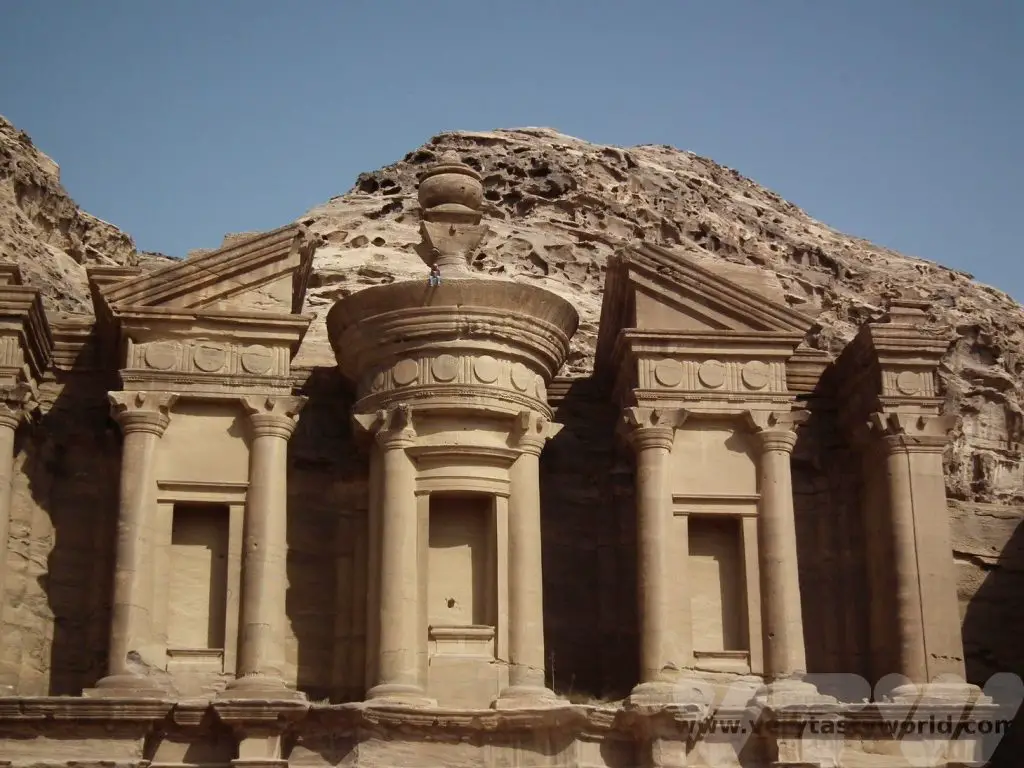
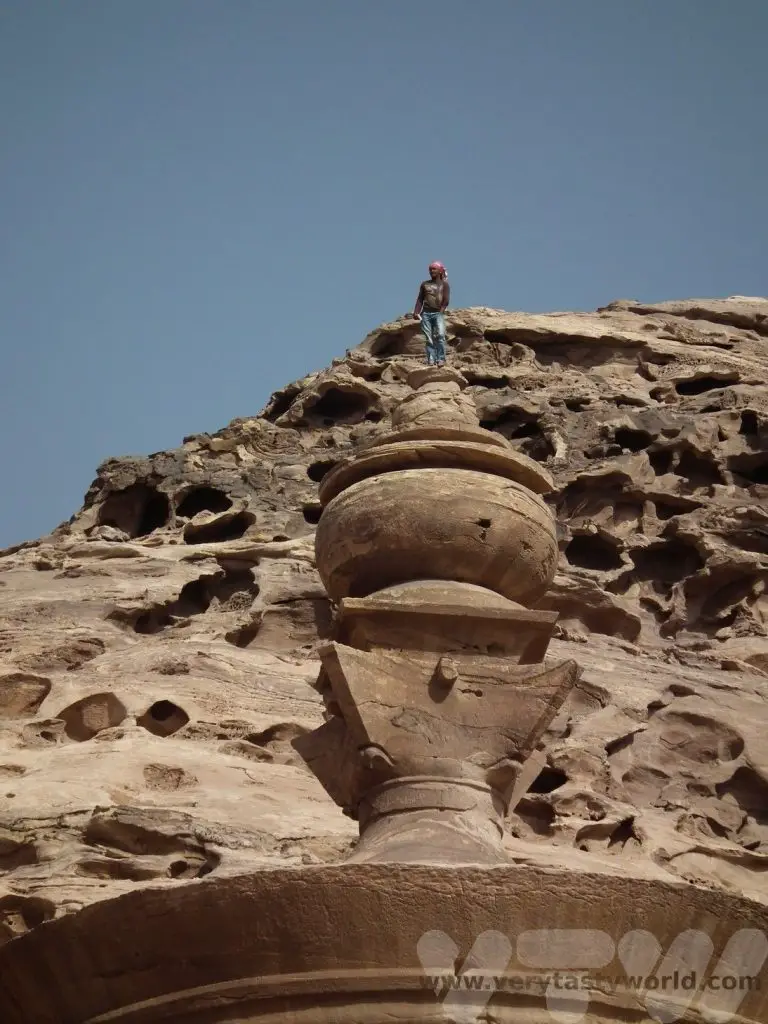
Exploring The Trails At Petra
There are numerous trails you can follow, some of which involve pretty tough climbs where the stairs have been eroded. The guide indicates the options available and the trails are well marked with brown signs.
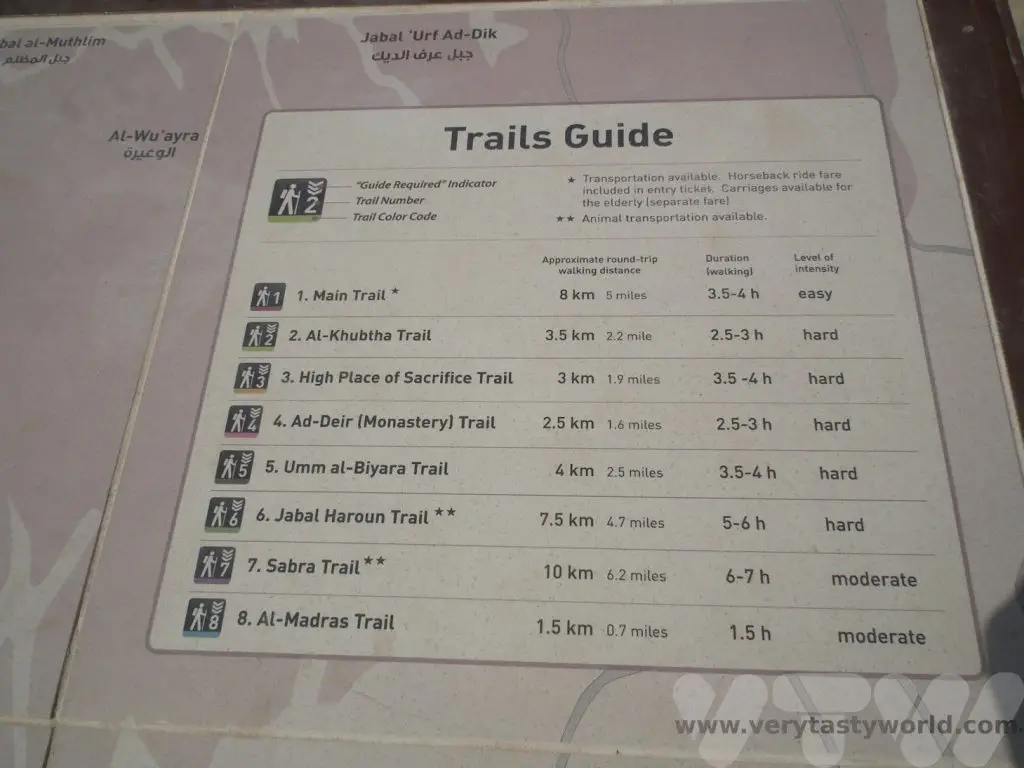
The other walk we did was the Al Khubtha trail, a climb to view The Treasury from above. We met a woman who was on her way down who said she had counted the number of steps, and sadly we can’t quite remember what her count was, but it was several hundred. The view was fantastic when we reached the summit.
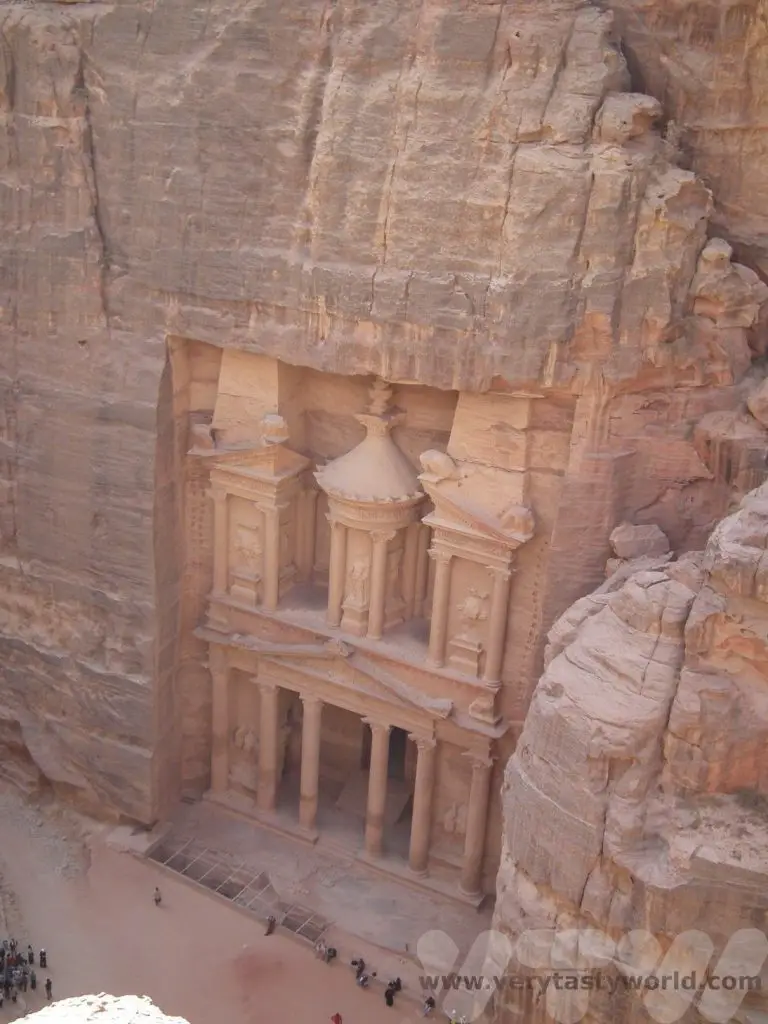
We also really loved the colours of the rock as we explored the various tombs. The white is silica, the red is iron oxide and the yellow, sandstone.
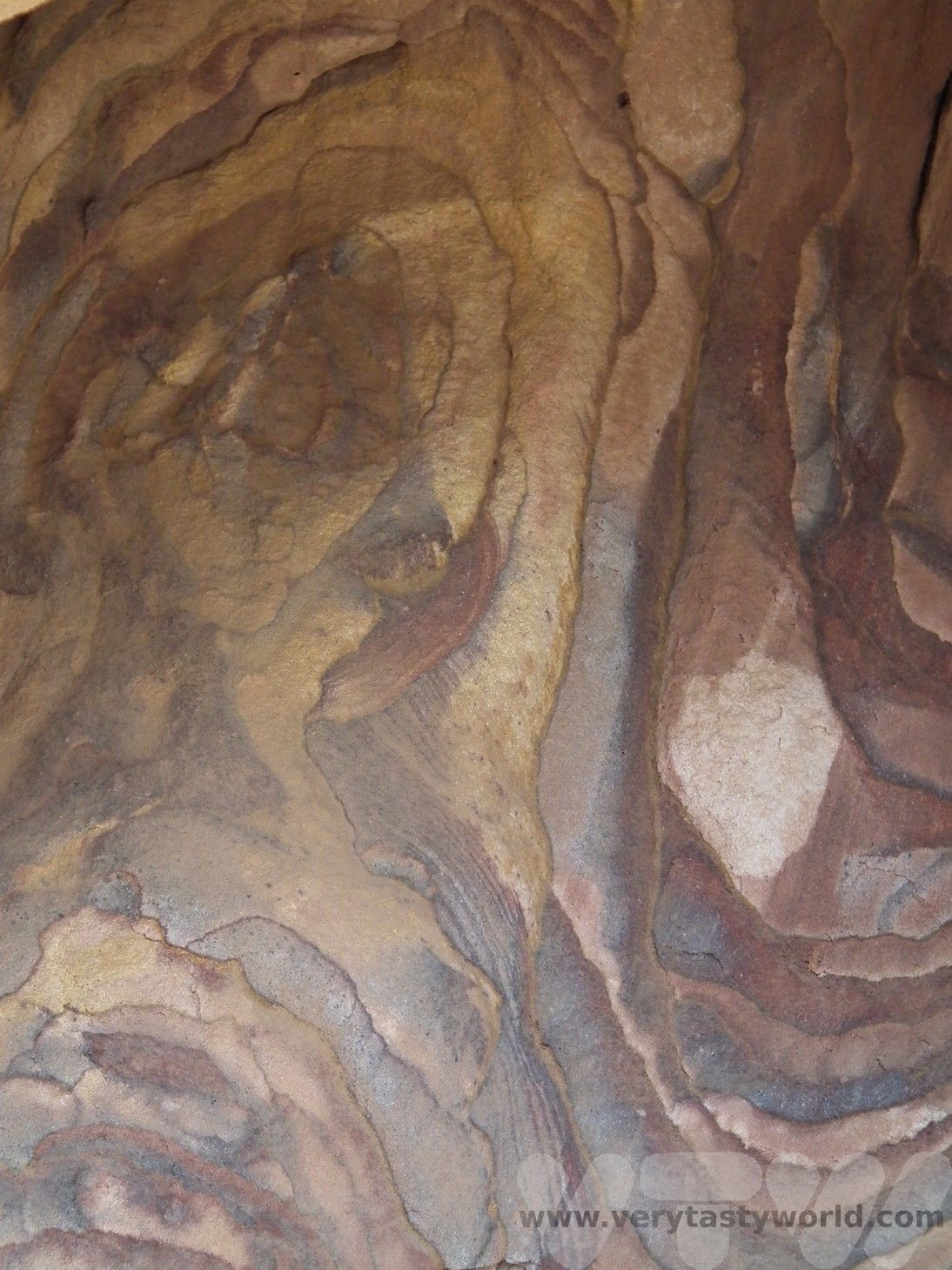
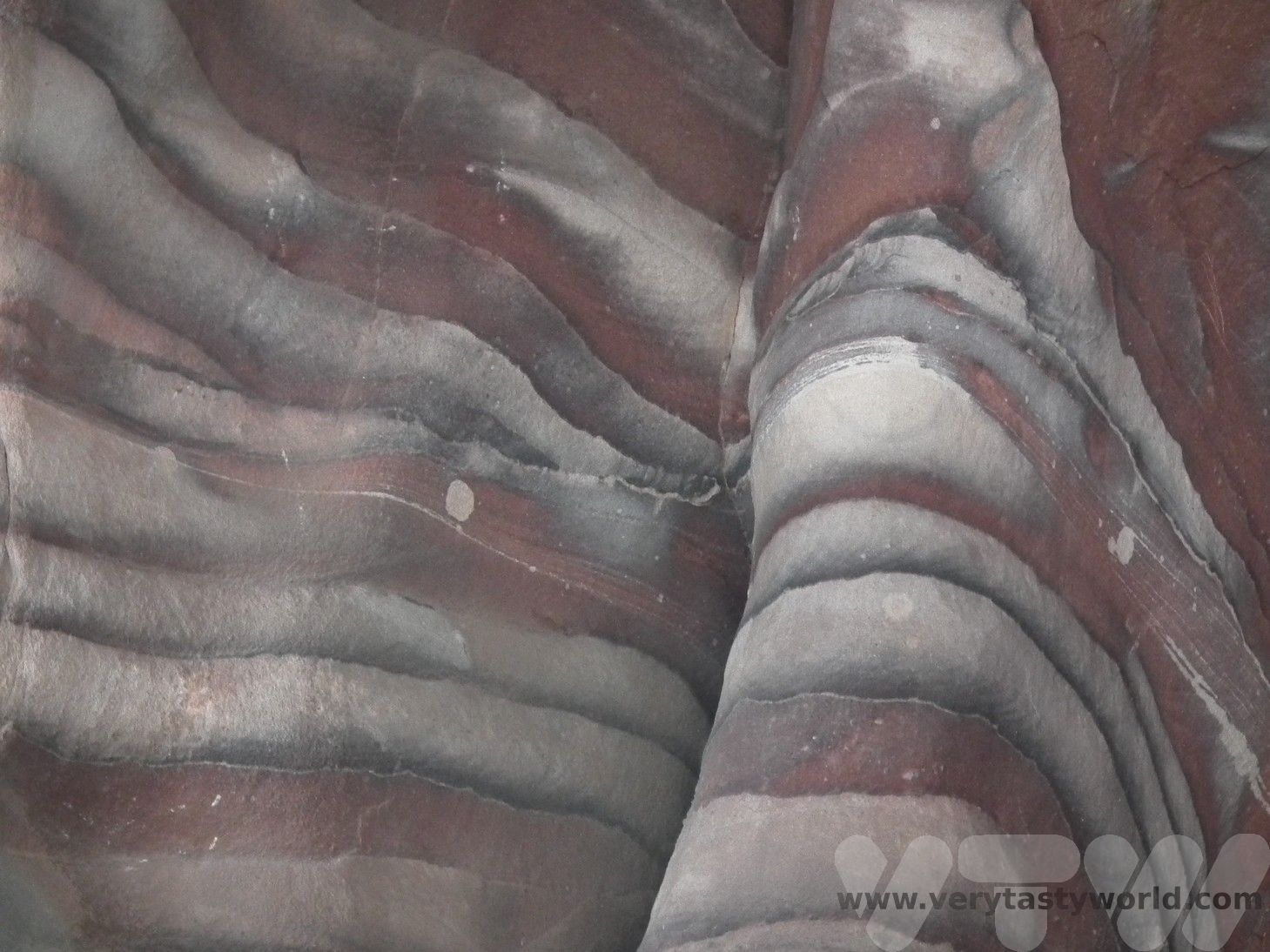
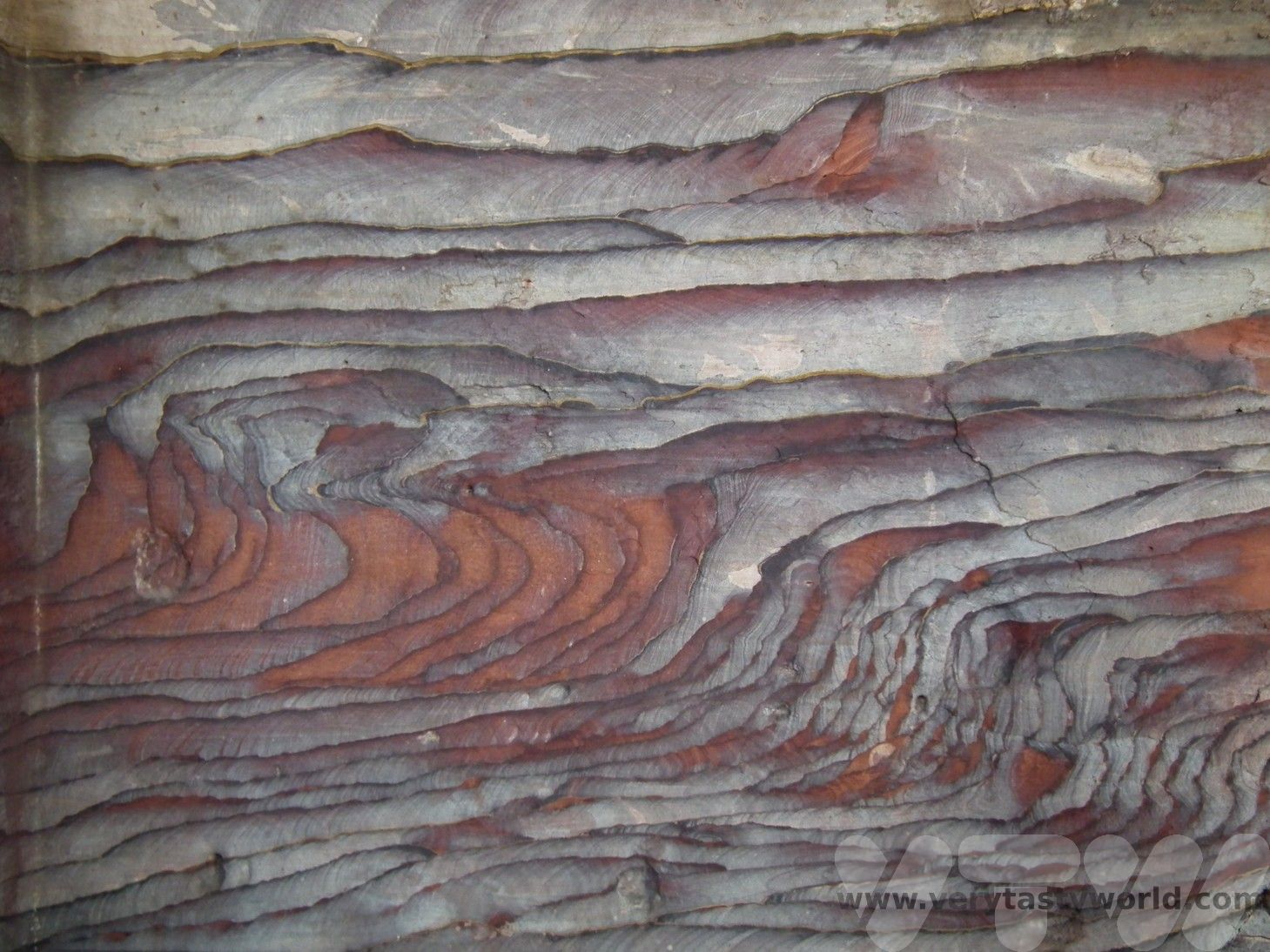
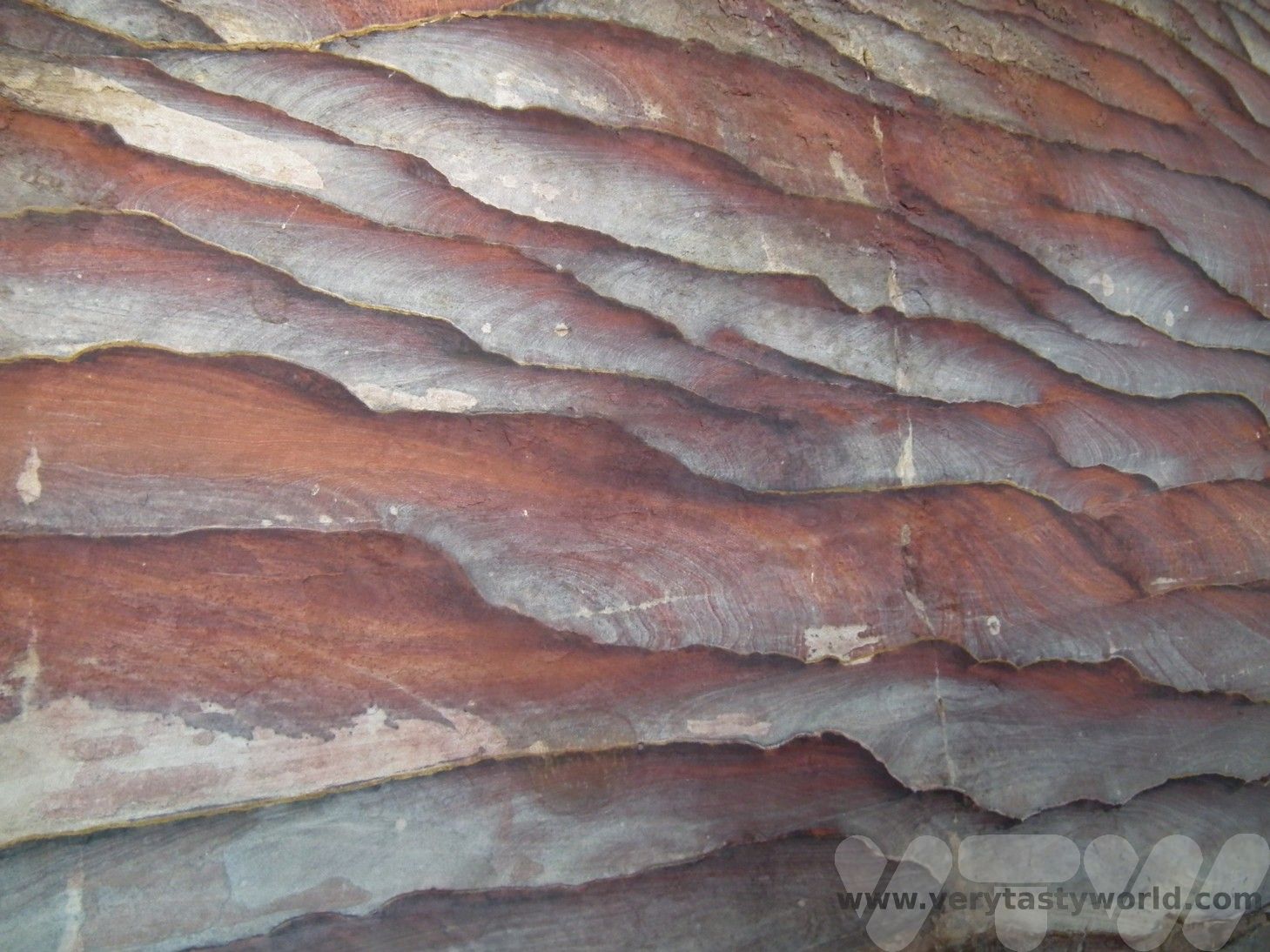
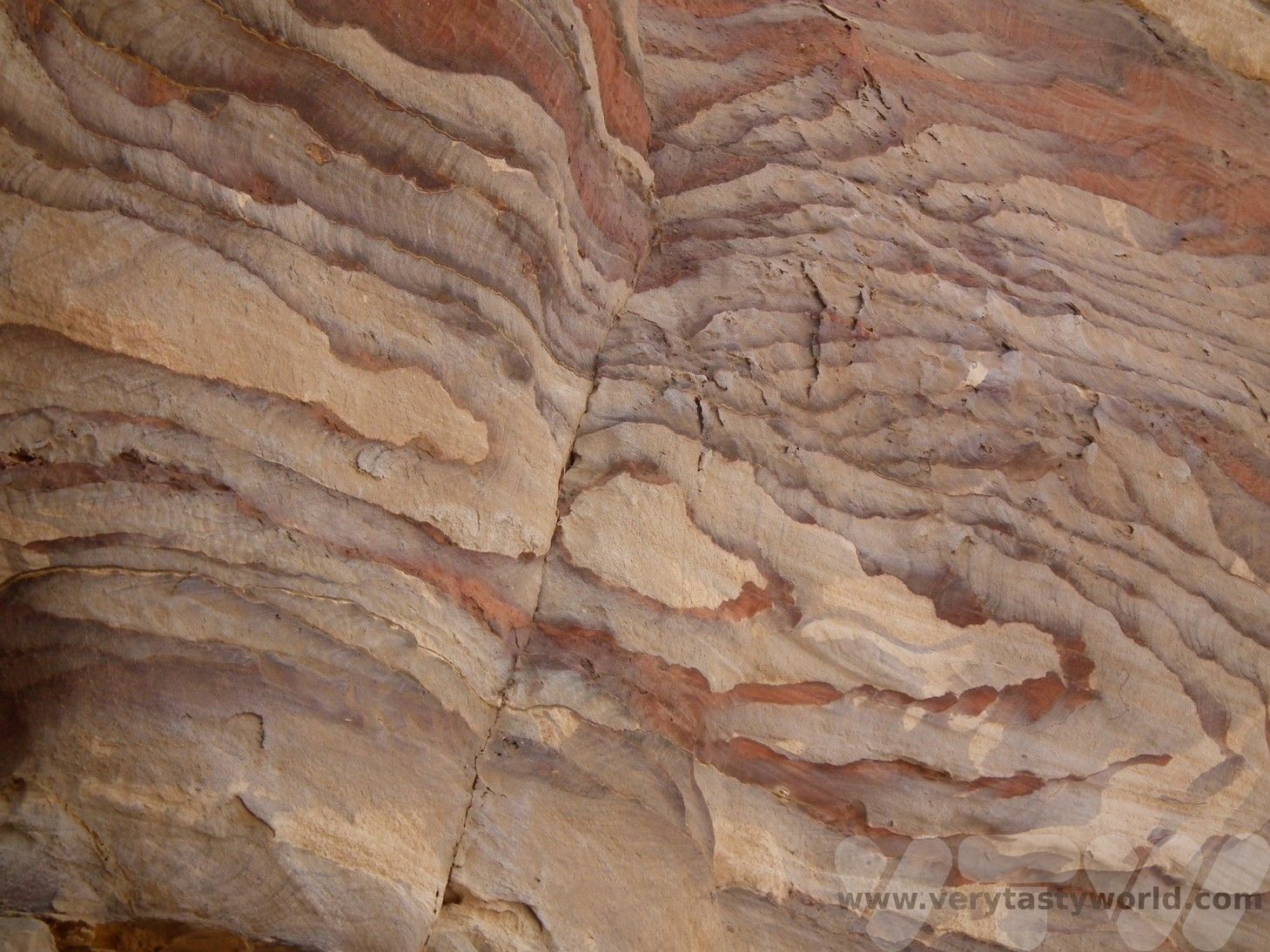
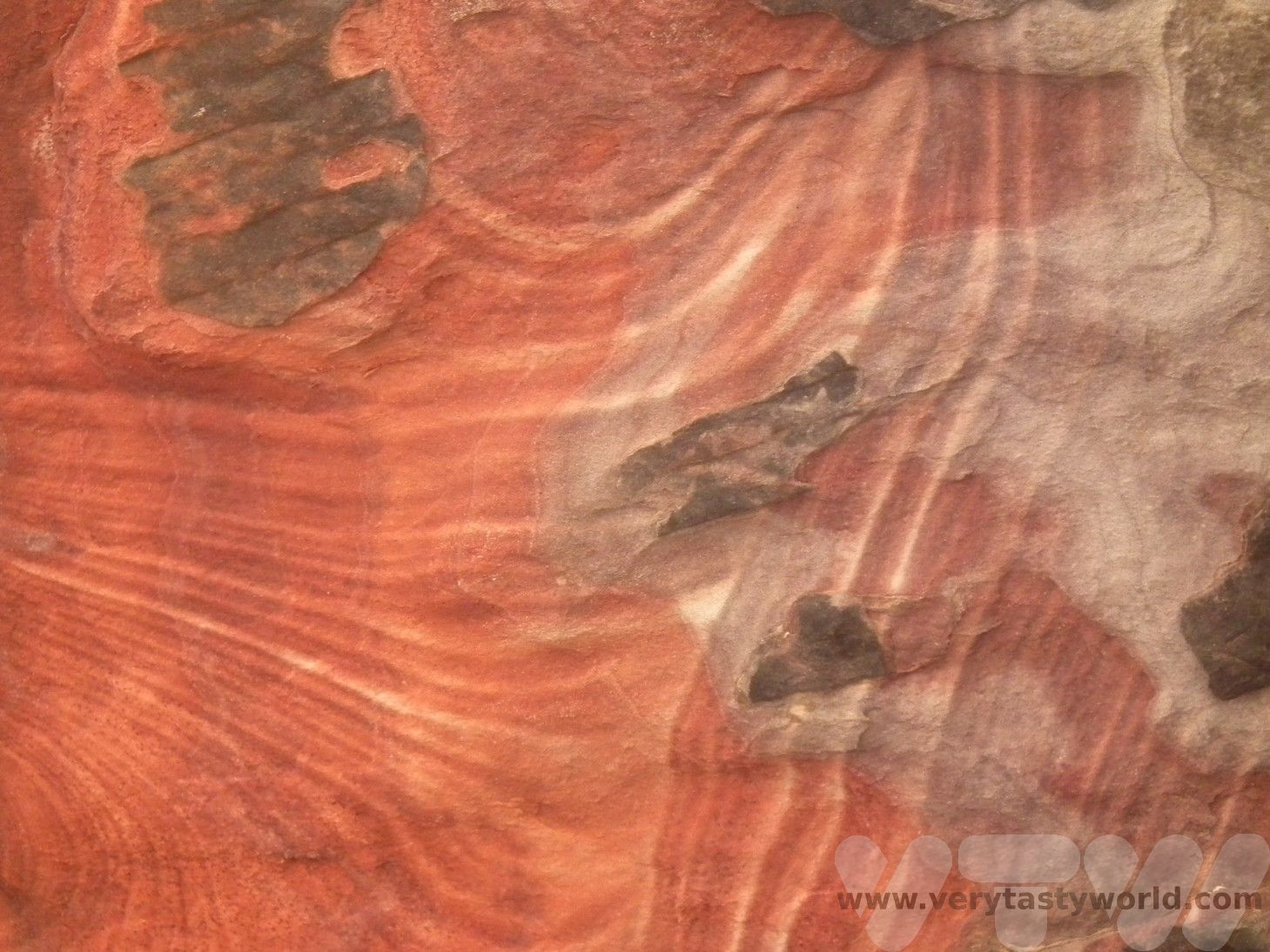
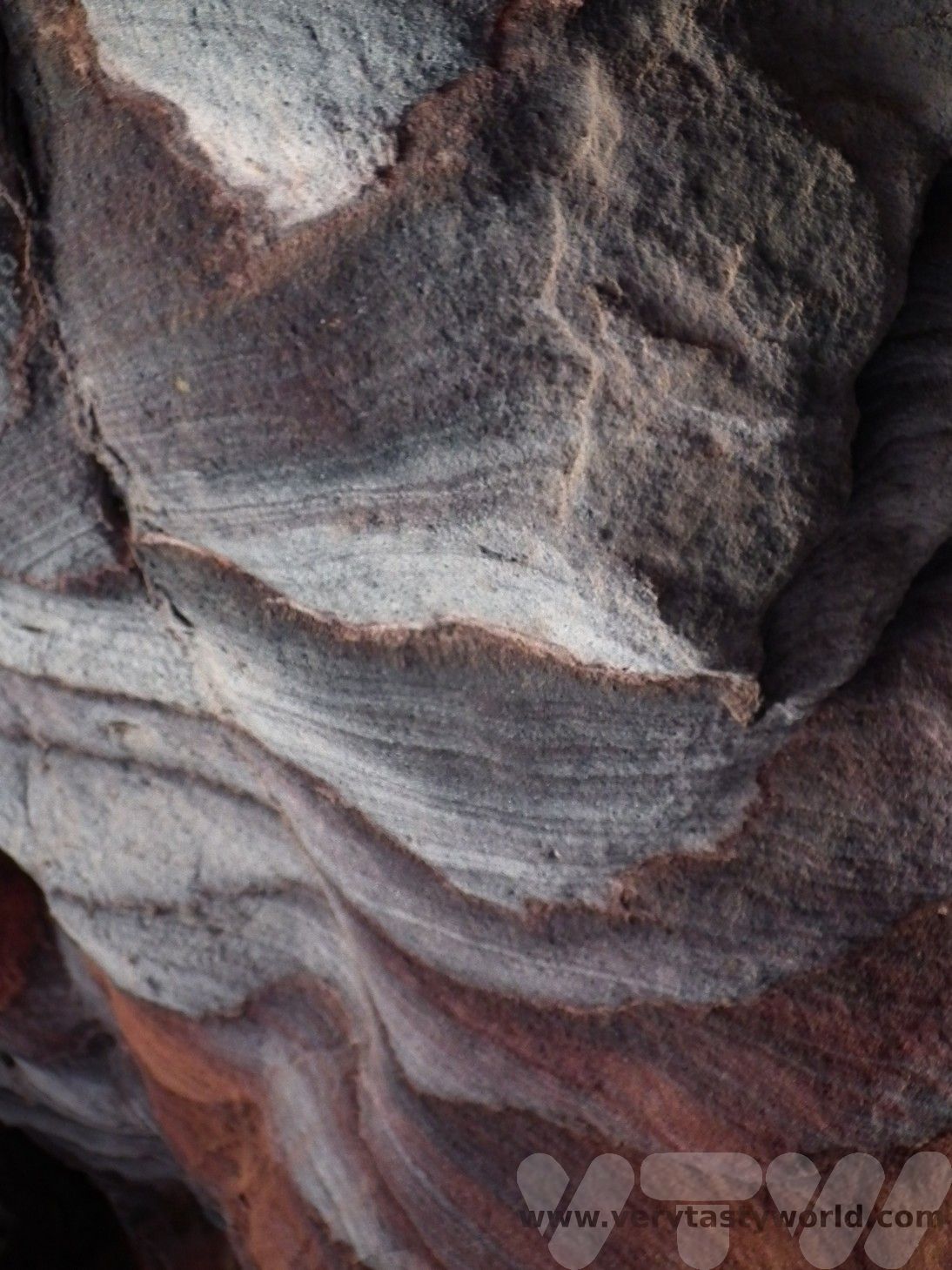
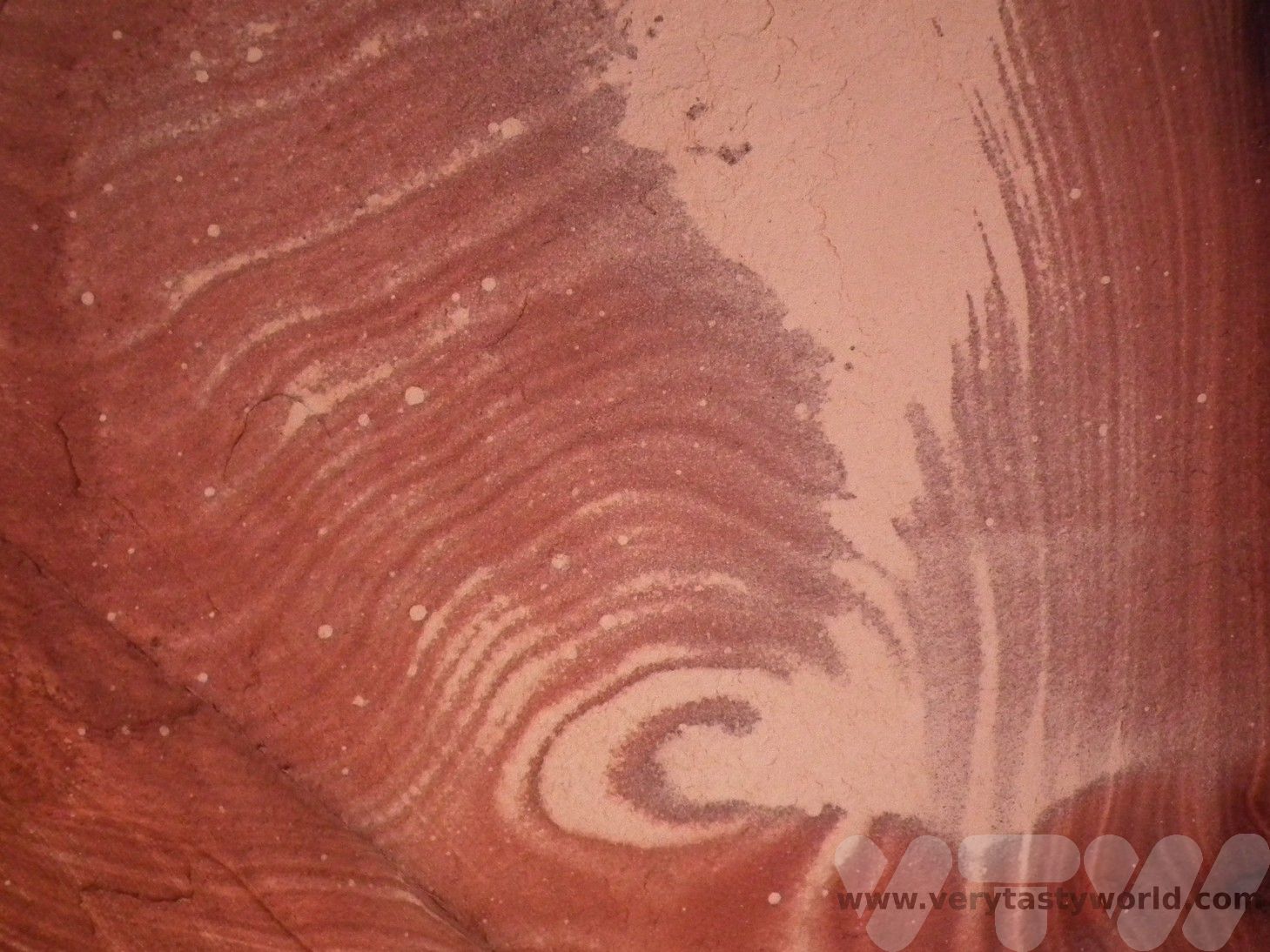
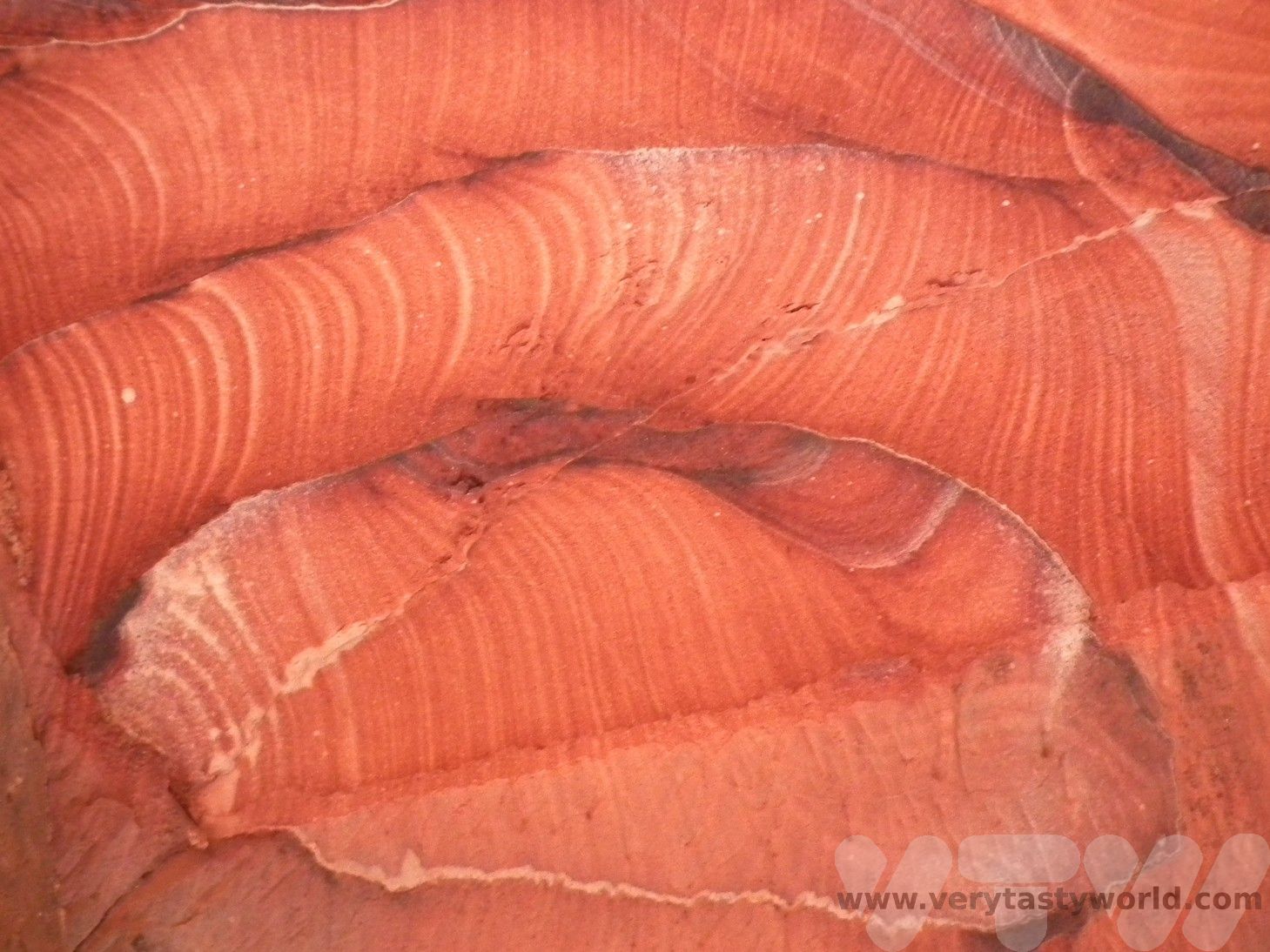
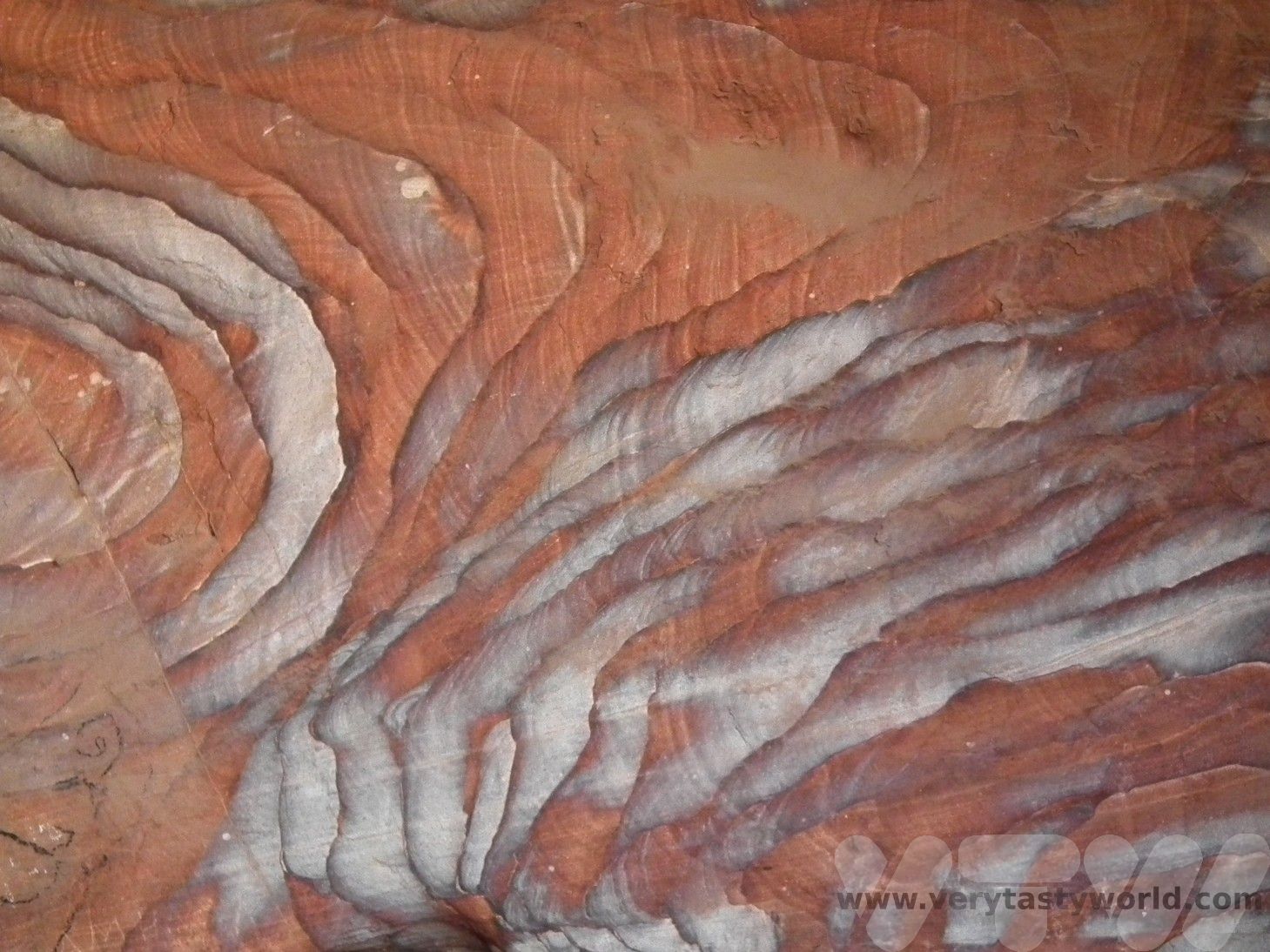
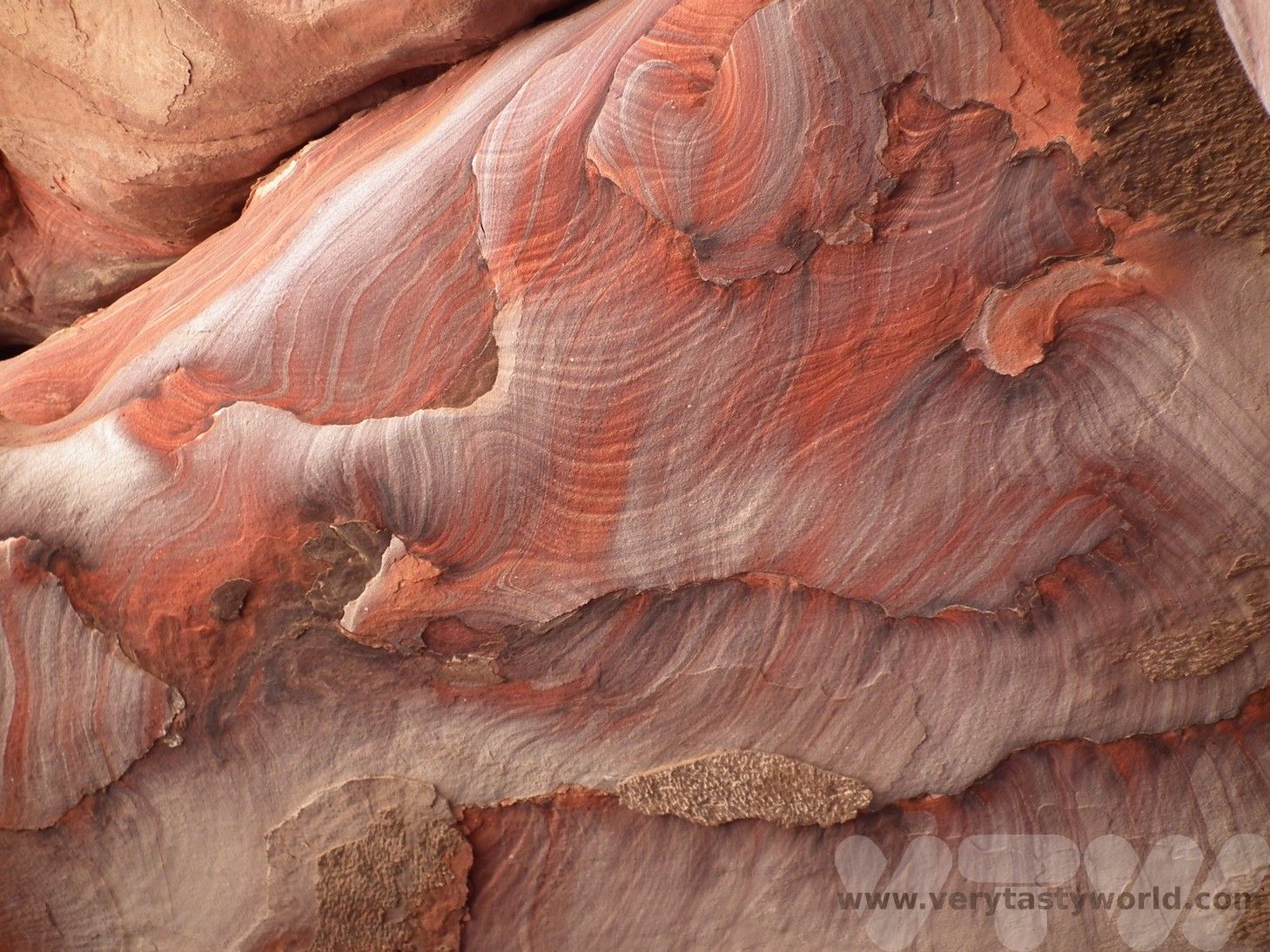
It is possible to see a night-time sound and light show at the Treasury. Walking through the Siq in the dark to see the Treasury lit up by lanterns is an ethereal sight.
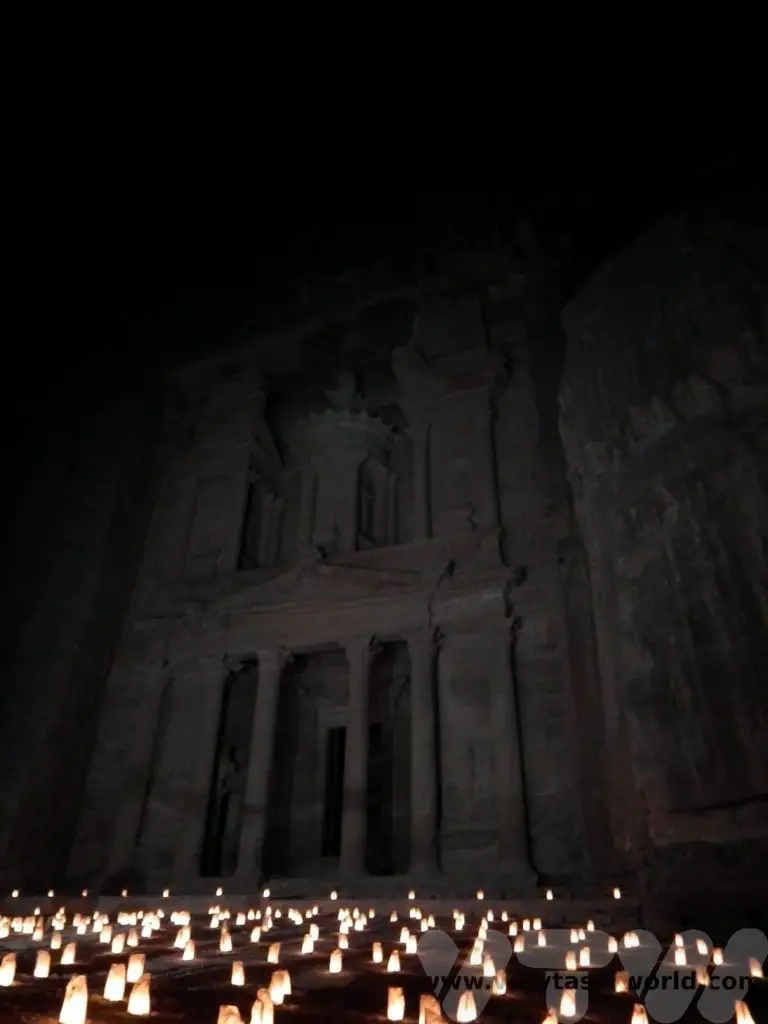
Practicalities To Visiting Petra In Jordan
There are restrooms on site at either end of the colonnaded street and nearby cafes which offer refreshments. We recommend the lemon juice with mint – it’s refreshing and delicious.
It’s advisable to wear a sunhat and use sun protection if you are exploring the walking trails as there is no shelter from the sun. Good walking shoes are advisable. Make sure you carry water with you. Use the bins provided to dispose of rubbish.
Keep on the trails. You may meet local people as you walk – we ended up chatting with some people on the Al Khubtha trail and were invited to enjoy a cup of tea with them. (We weren’t asked for money but we did offer a contribution towards the tea.)
After Your Visit To Petra – A Foodie Evening At The Petra Kitchen
After a full day’s exploring we were pretty tired and there’s not a lot to do at Wadi Musa. But we did manage to join a cookery course at the Petra Kitchen on one of the evenings. One of the chefs was the uncle of the guide who showed us around the site. We learned to make Jordanian food and then eat it – a fine way to spend an evening. We made Shourbat Adas (lentil soup), Baba Ganoush, Fatoush, Tabbouleh, Tahina salad, Galayet Bandora, Araies Iahma (Bedouin pizza – pittas stuffed with minced meat and covered with Galayet Bandora) as a mezza. The main course was Maqluba, an upside-down hotpot, which was scrummy. Sadly, we were too busy cooking – and eating – to take photos! But we do plan to cook the recipes at home and will no doubt blog about them in the future.
Related Posts You May Enjoy
